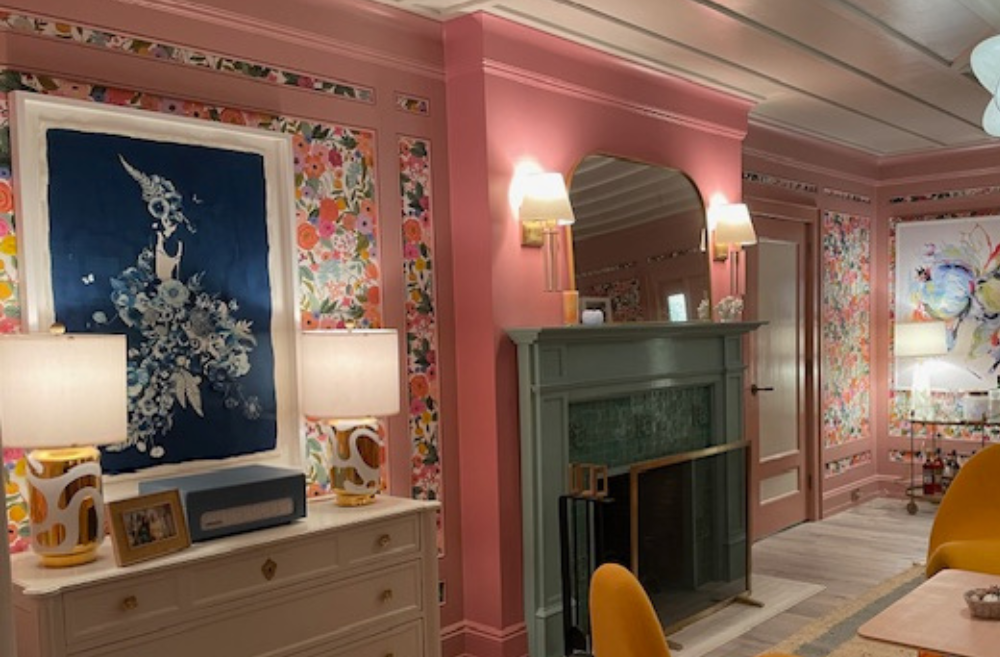
My Work in Netflix's New Series, Sirens
My artwork features in Sirens, the new Netflix series by Molly Smith Metzler. In this piece, I reflect on the themes of the show and how they connect to my own practice. The cast speak beautifully about the show’s themes in depth — it’s a fantastic series. Keep reading for my take on the connections and shared inspirations I saw.
Sirens, Symbols, and Stories
Last year, I was approached by the set design team asking to feature one of my artworks in Sirens — the new Netflix limited series created by Molly Smith Metzler (of Maid fame) and produced by Margot Robbie and the team at LuckyChap Entertainment and Quiet Coyote. I was deeply honoured.
To be part of a show with such a distinct female-first vision, brought to life by a stellar cast including Julianne Moore, Milly Alcock, Meghann Fahy, and Kevin Bacon, was not only creatively affirming but thematically aligned in ways I couldn’t have predicted.
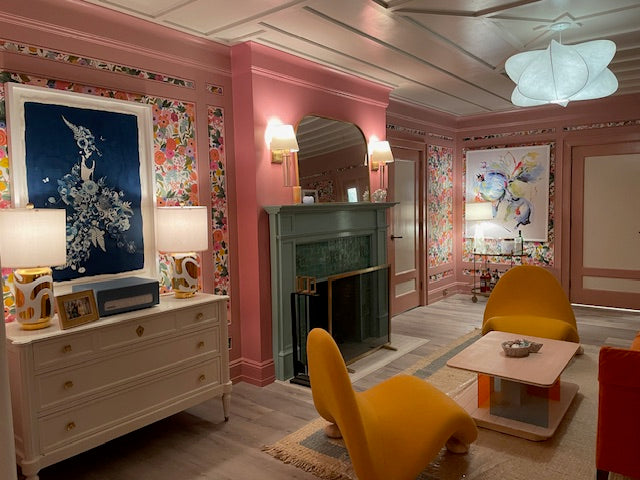
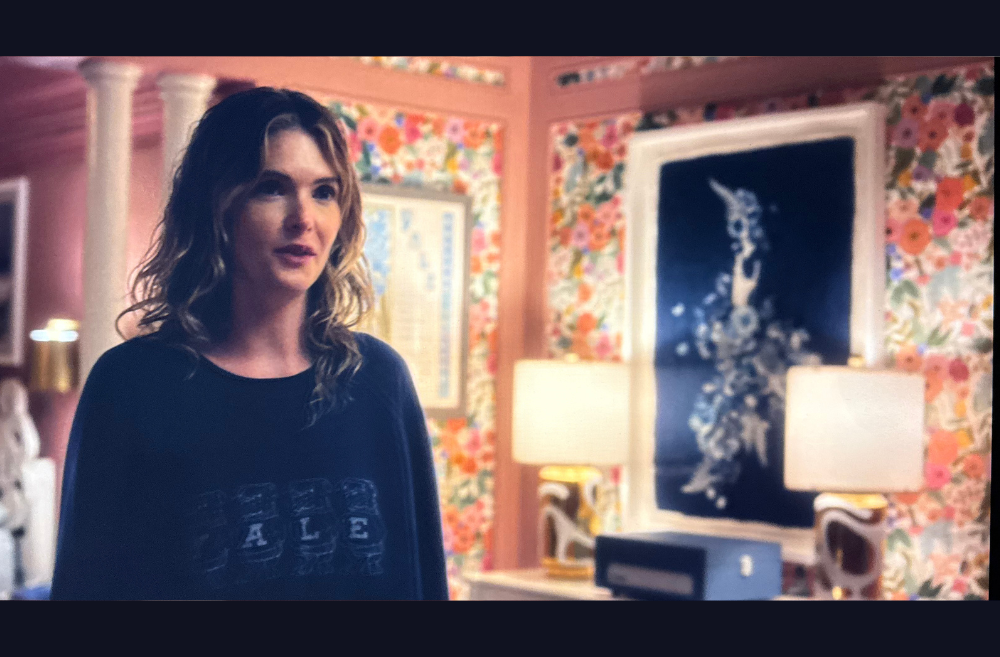
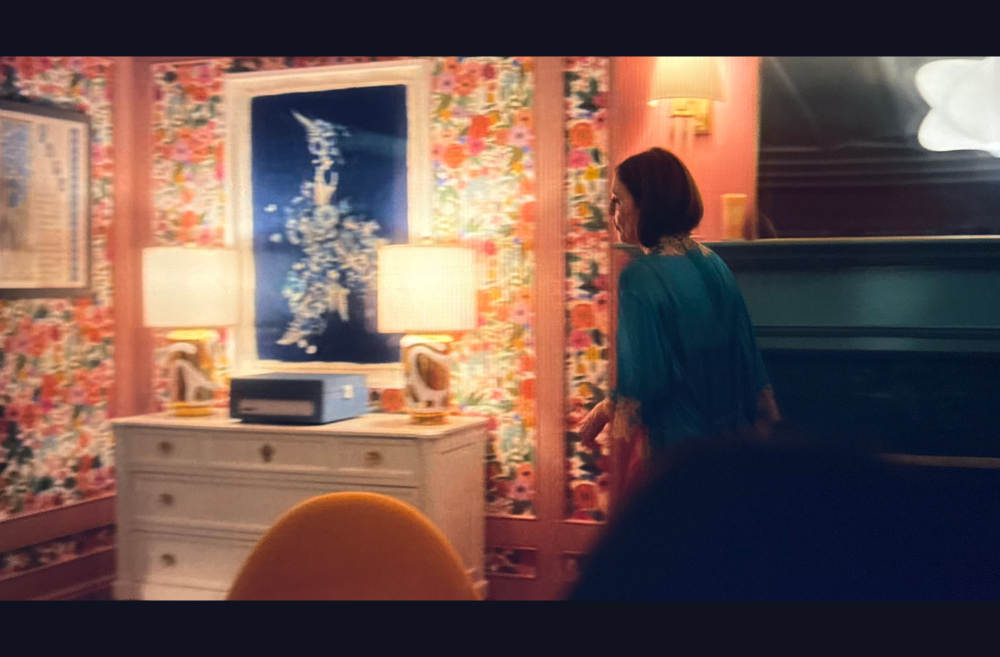
My piece Poppies in October XL, inspired by the story of Sylvia Plath, appears clearly in Episode 2 of the series, in the bedroom of Simone, played by the extraordinary Milly Alcock. The artwork was sold during the making of the show, to someone very close to the production, which made its placement all the more personal and special.
I had actually read Molly Smith Metzler’s original play, Elemeno Pea, while in Paris and was immediately taken by it — sharp, layered, and full of emotional tension. It was incredible to see it evolve into a series as rich and thematically bold as Sirens.
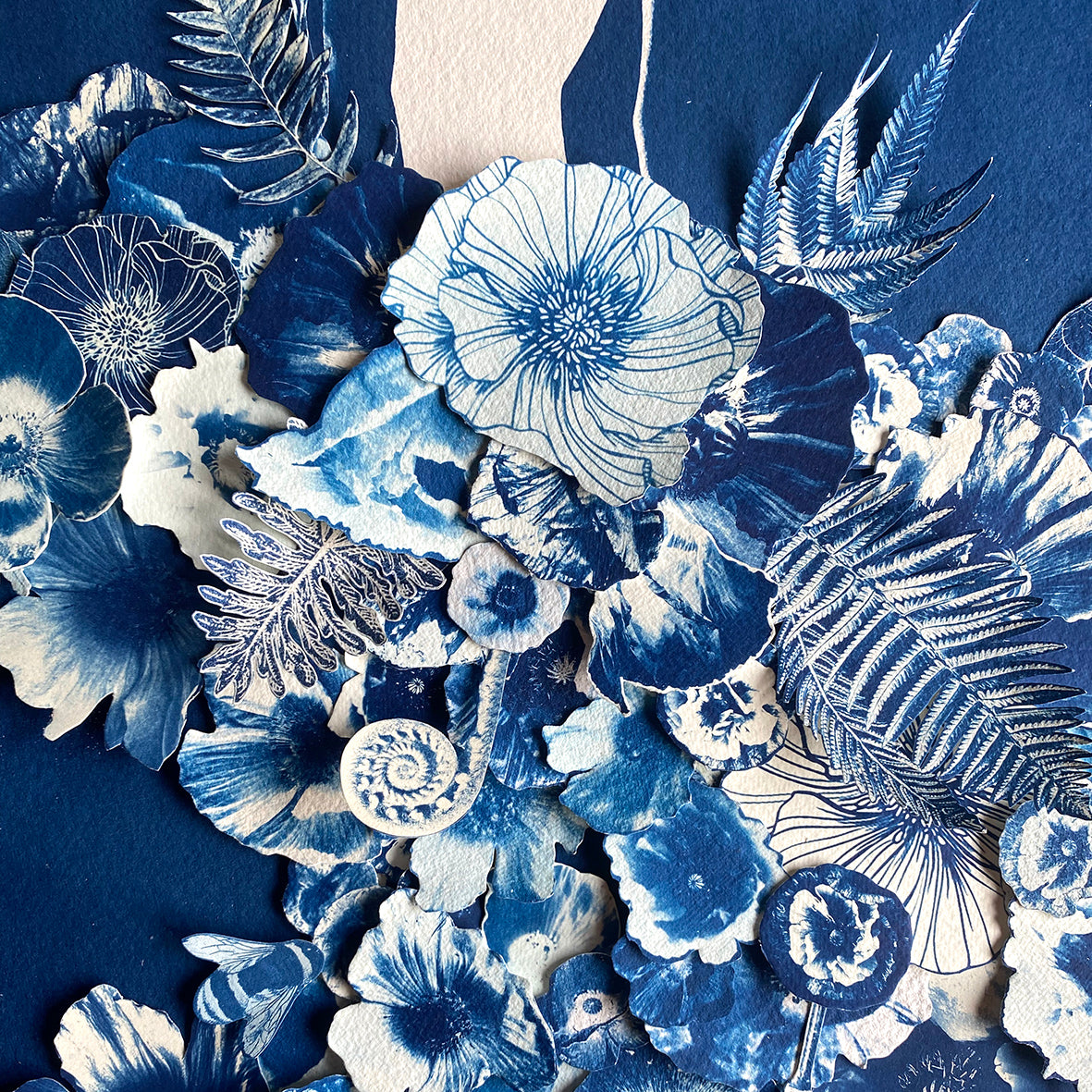
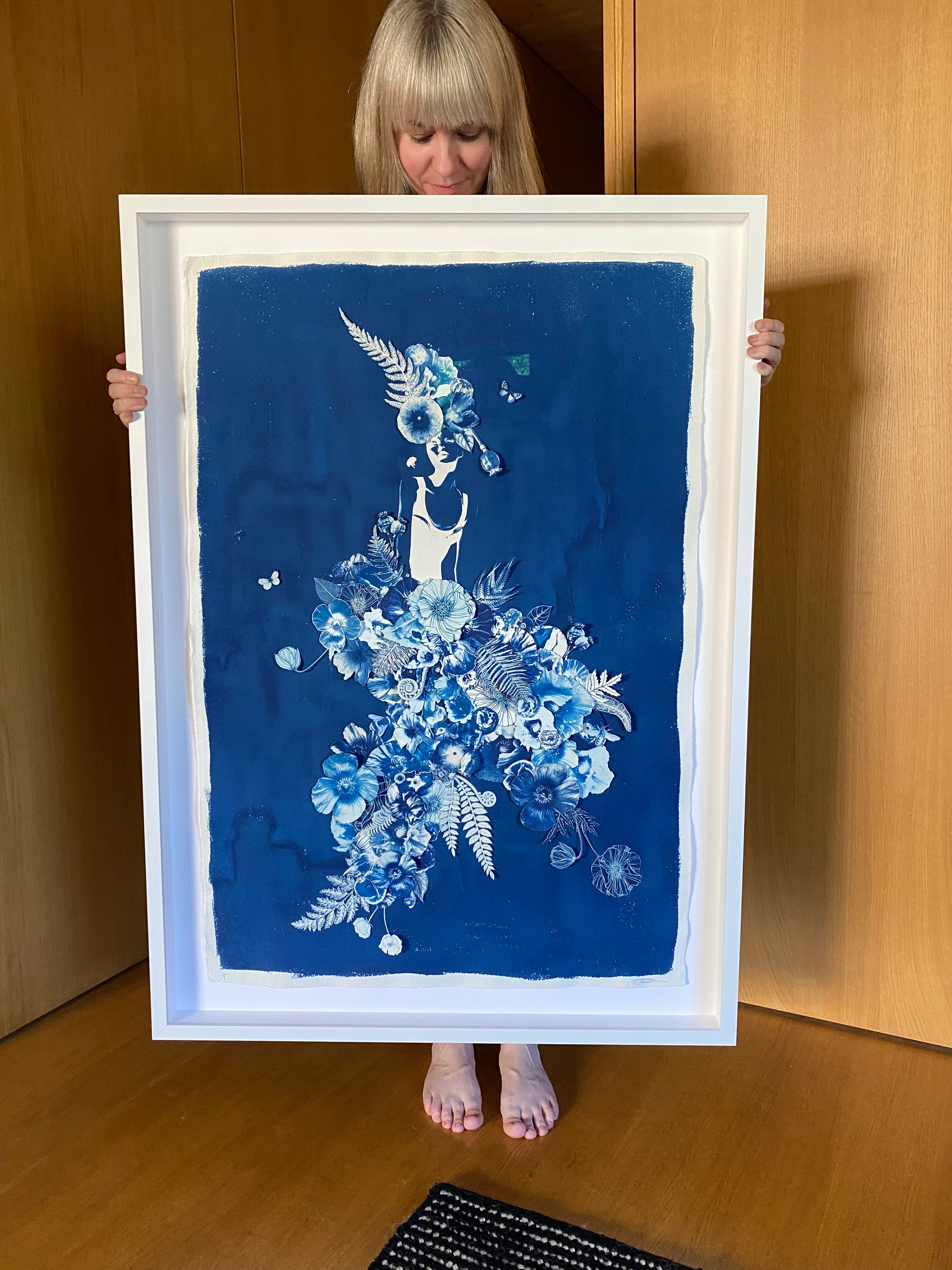
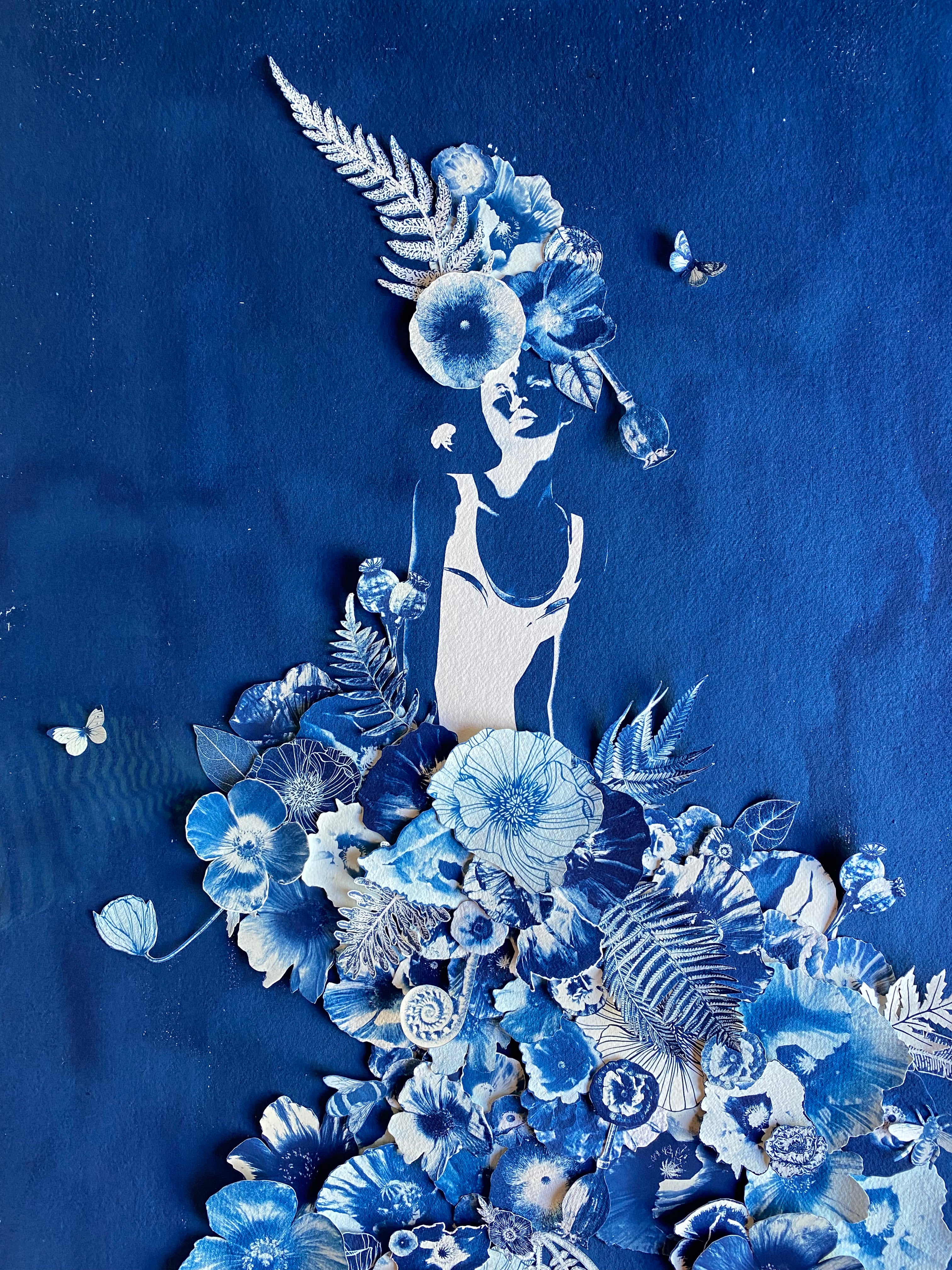
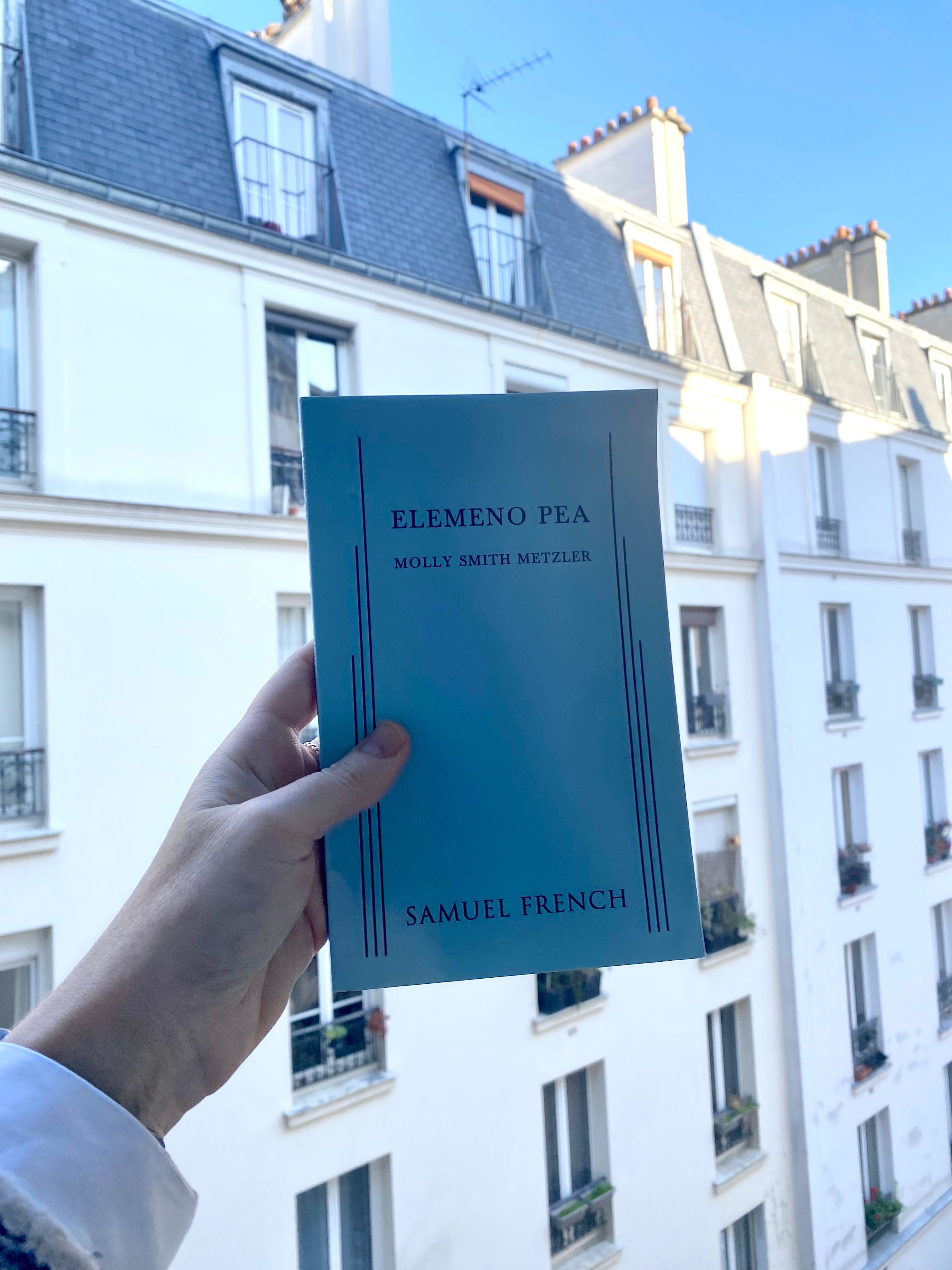
Poppies and Pain: Sylvia Plath and Simone's Story
Plath has always been a point of fascination for me — not only for the brilliance and control in her writing, but for the contradictions she held: vulnerability and defiance, aesthetic beauty and emotional disquiet. Poppies in October was one of her final poems, written in a time of intense introspection. It captures something delicate blooming in the wrong season — a jarring image of resilience, of femininity out of place.
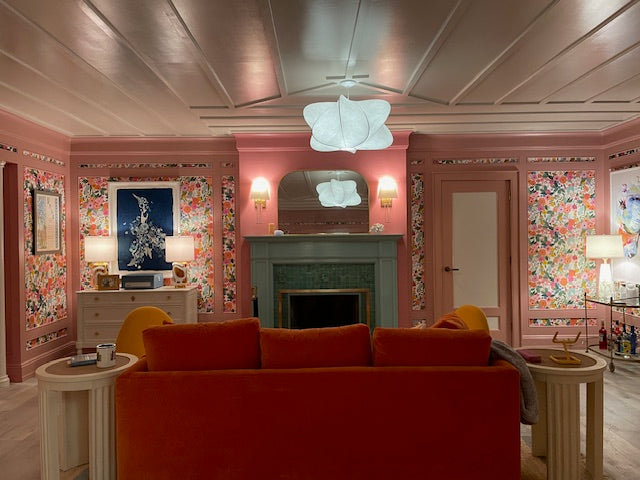
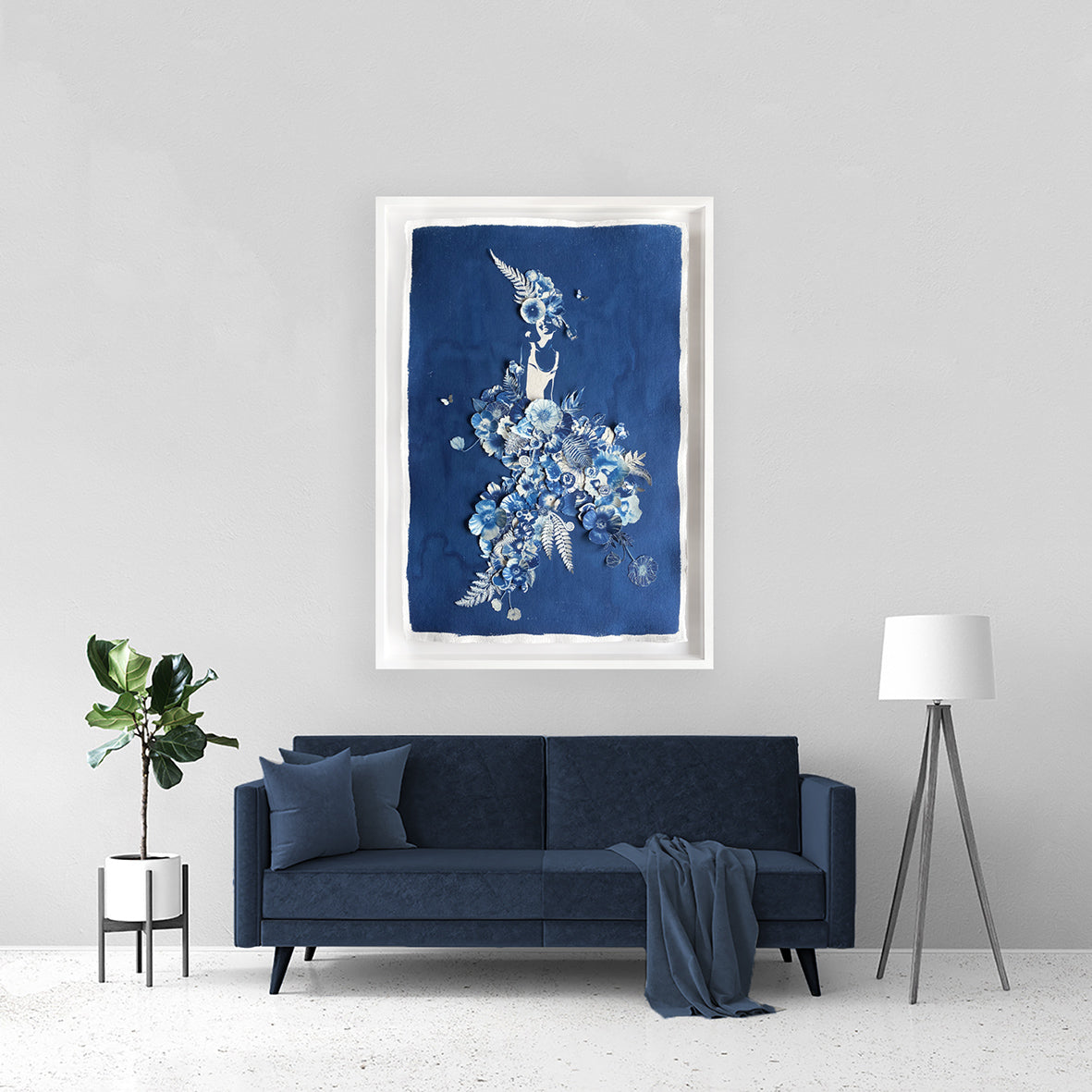
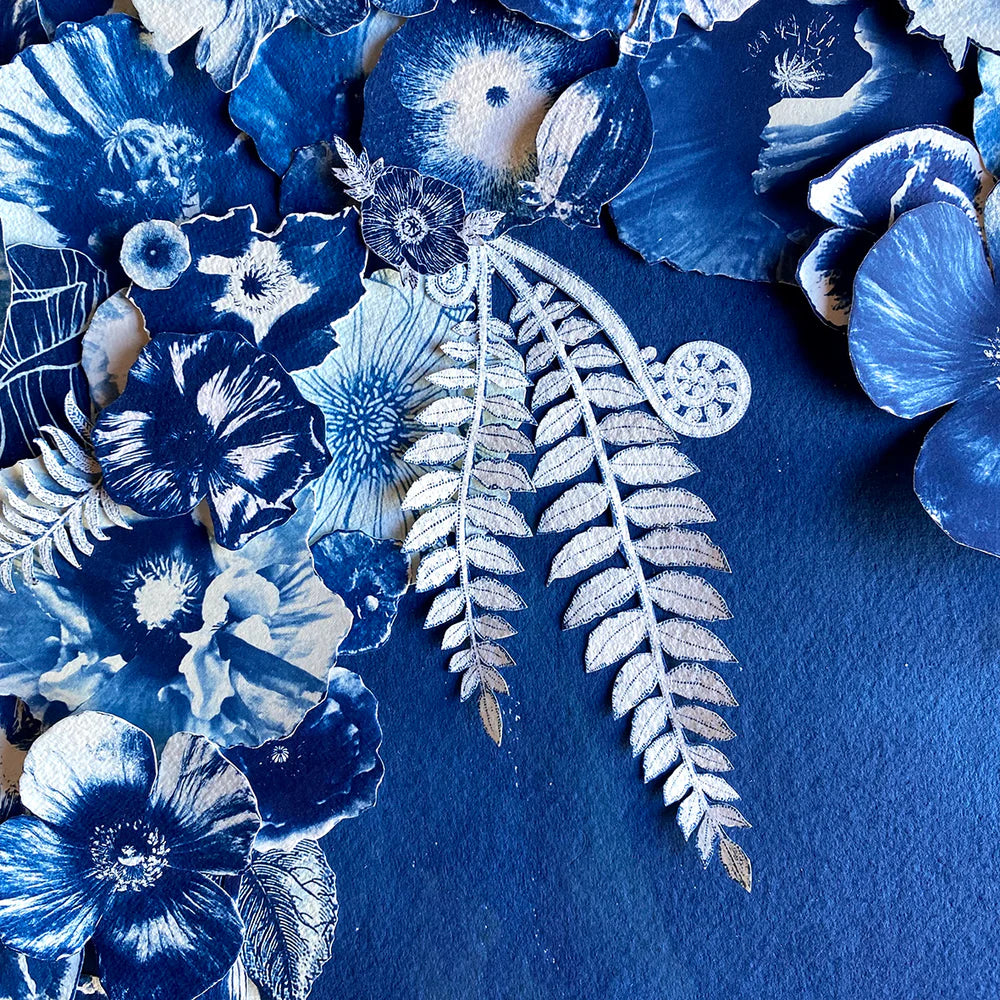
In Sirens, Simone’s story mirrors this motif. Her character is shaped by the trauma of maternal loss: her mother, suffering from mental illness, attempted a murder-suicide by carbon monoxide poisoning. Simone survived; her mother did not. The tragedy informs everything about her character — her mistrust, her aesthetic, and her ongoing reconstruction of identity. Plath, who took her own life in similarly haunting circumstances, haunts the visual and emotional space of Simone’s world. The artwork in her bedroom is not simply décor. It is a mirror.
‘I am, I am, I am.’
Sylvia Plath
Sylvia Plath
The Sirens Rewritten
At the heart of the series is a radical reimagining of myth. The Sirens of Greek mythology are traditionally cast as dangerous seductresses, blamed for the ruin of men. But the message emerging from the series Sirens asks what might happen if we heard their side of the story. Perhaps their songs were never meant to be destructive — perhaps they were calls for recognition, expressions of grief, longing, or unacknowledged pain.
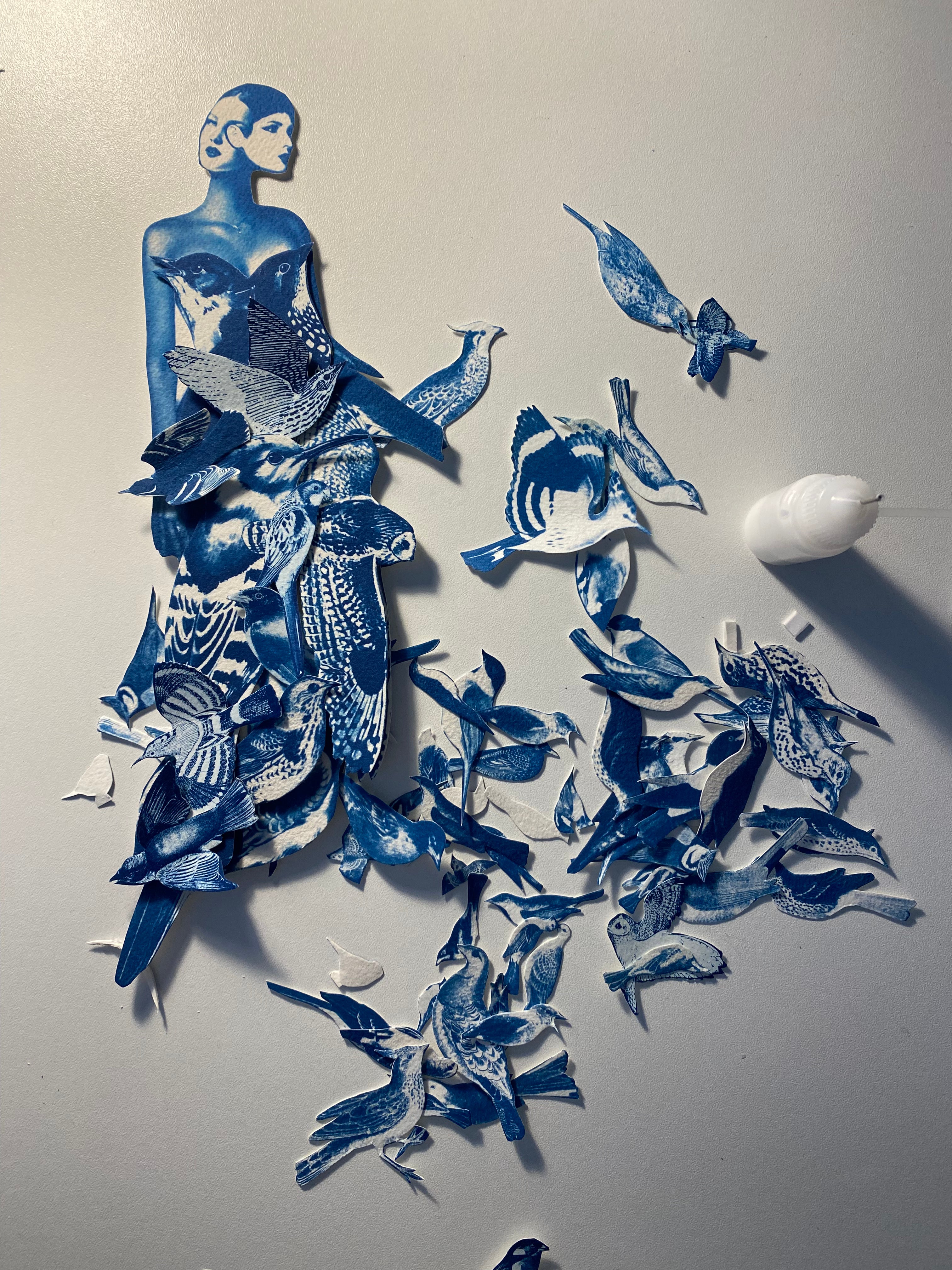
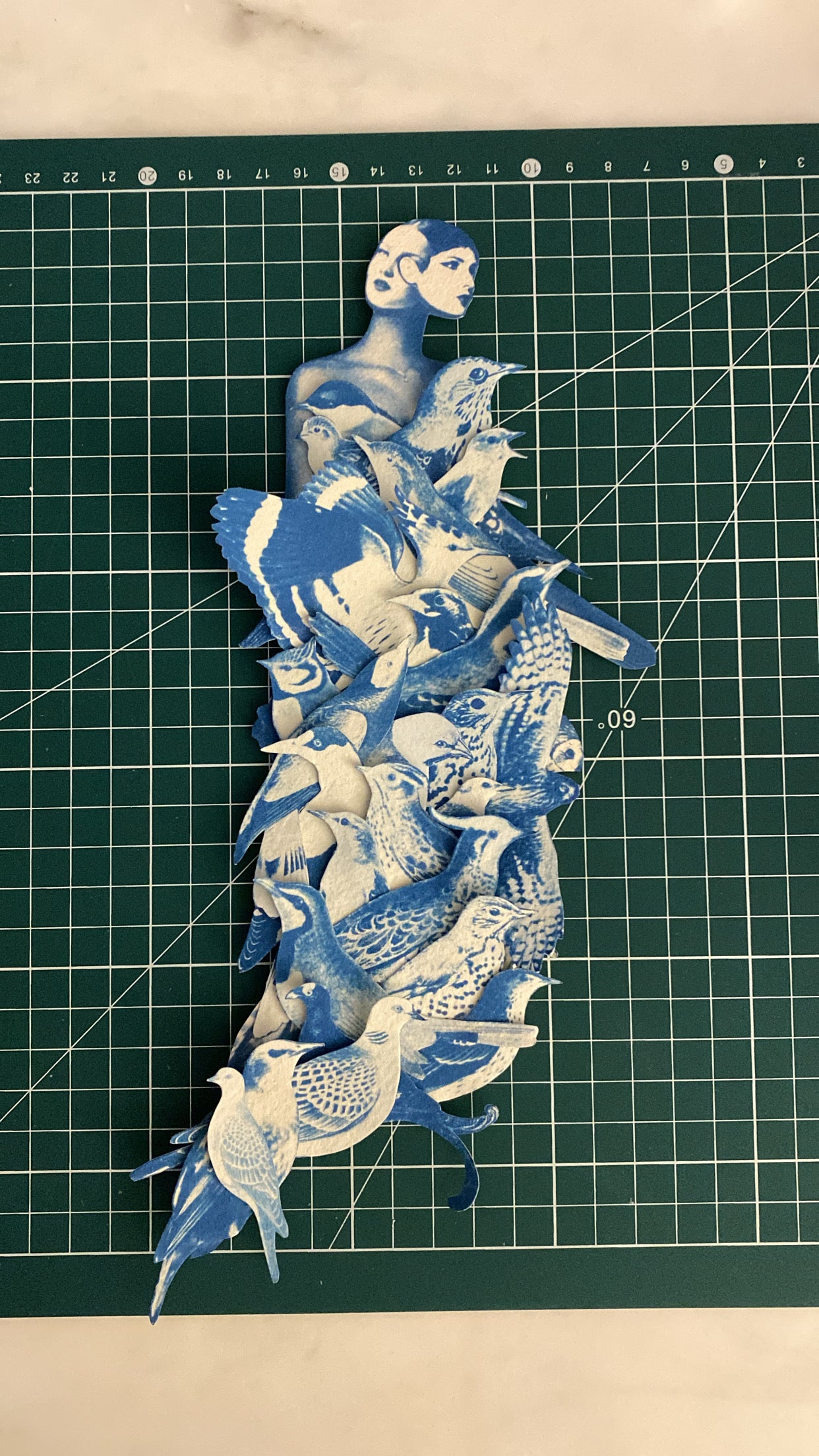
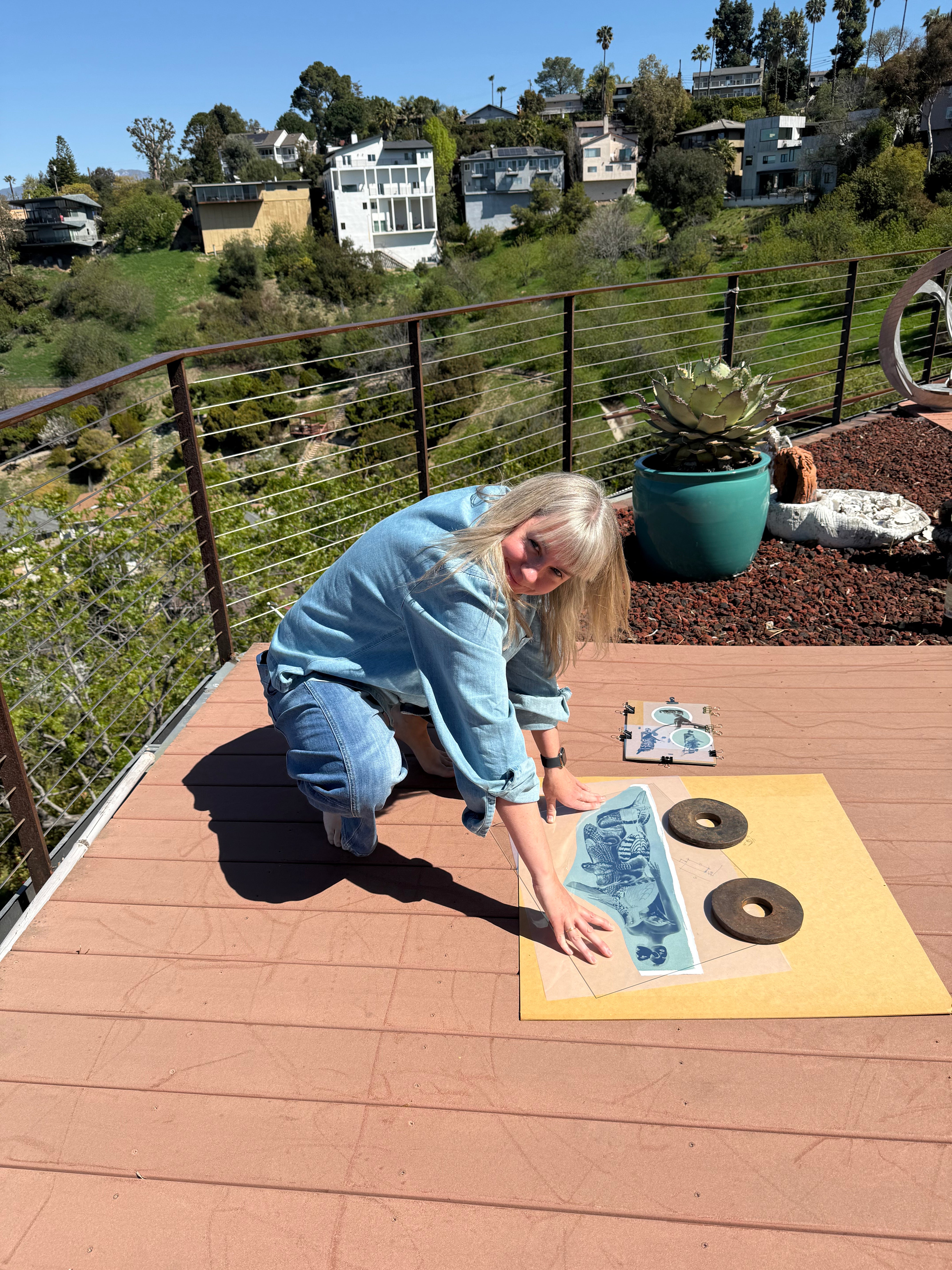
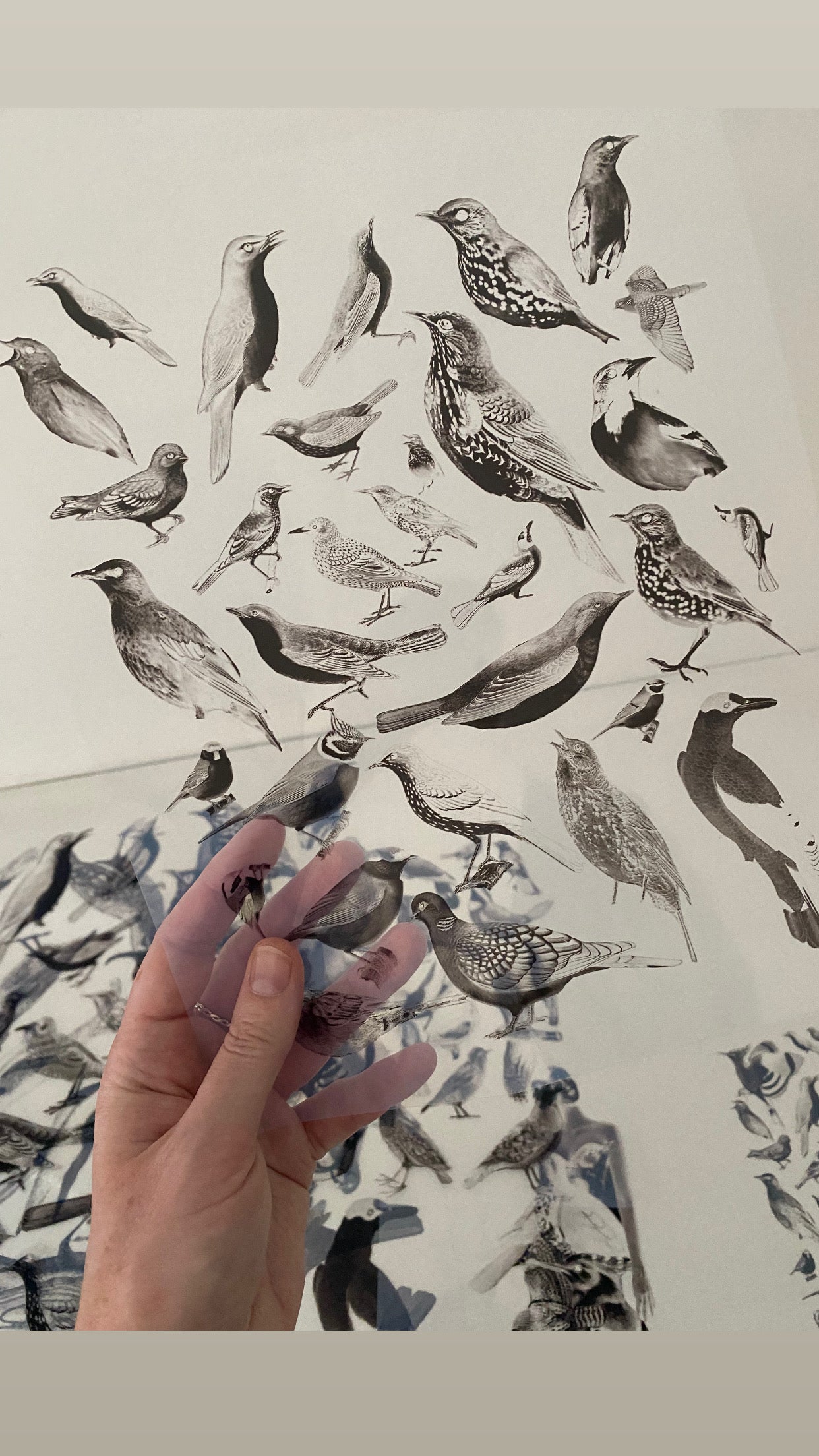
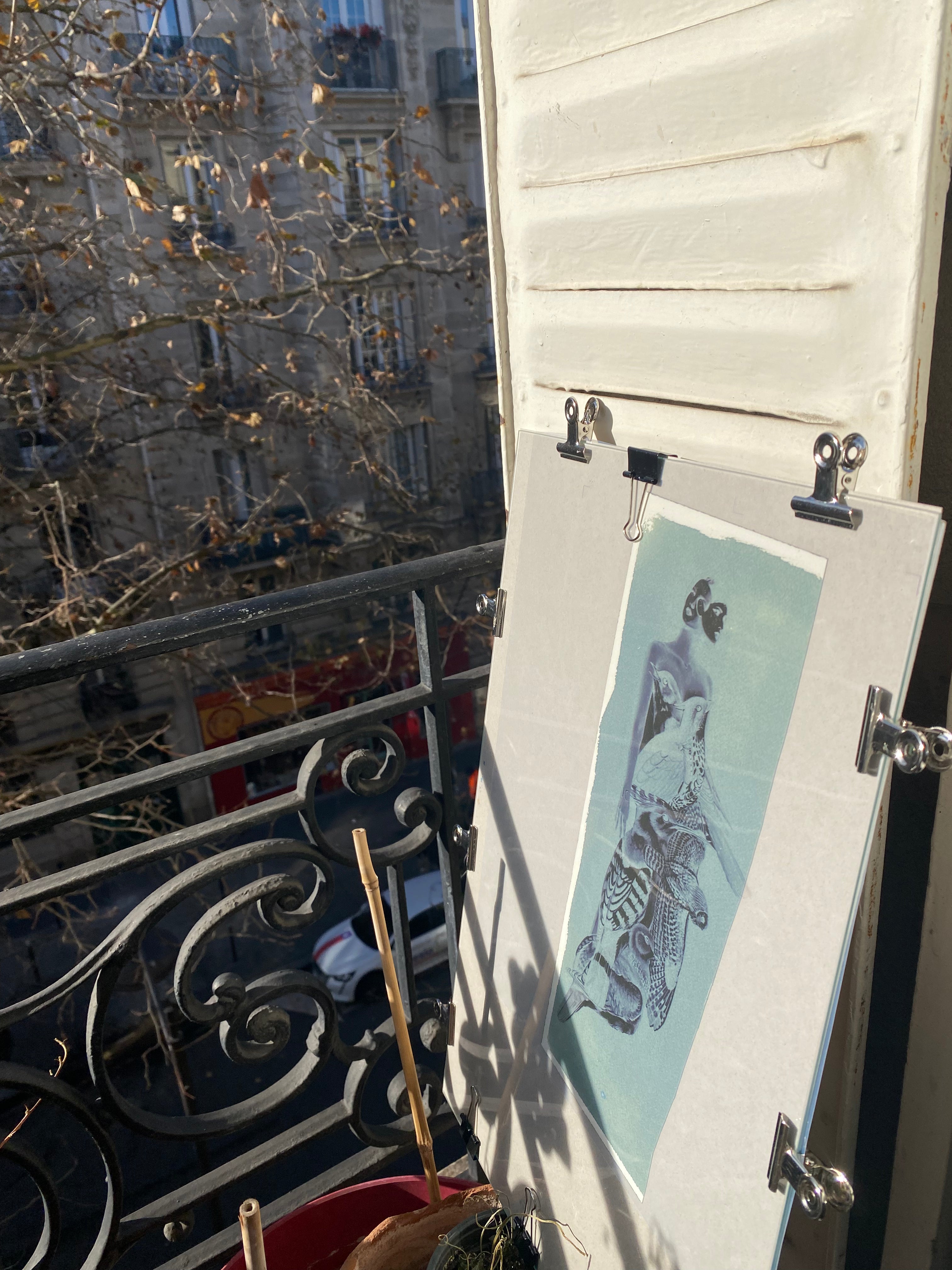
These are the very themes I explored in my own Siren Songs series. My Sirens are not temptresses. They are women rising above the narratives projected onto them, reclaiming their voices, their autonomy, and their resilience of spirit — filled with agency and power.
' Their song is not a lure — it’s a lament. Not a trap, but a truth no one wants to hear. '
Sirens
Persephone, Rachel Carson, and Feminine Duality
Simone’s arc also parallels another of my recurring themes: Persephone. In myth, Persephone is abducted by Hades while picking flowers, then forced to live in the underworld for part of each year. In my Demeter and Persephone series, I explored this as a story not only of loss and transition, but of transformation and duality.
Simone is caught between her past trauma and her chosen future. The island becomes her underworld. Like Persephone, she is not simply taken — she stays. And she evolves. Her hyper-feminine, floral surroundings serve as camouflage: a beautiful shell masking grief, control, and complexity. That blend of surface and subtext — of the girl she was and the woman she is becoming — is what makes her one of the most powerful and transformative characters in the series.
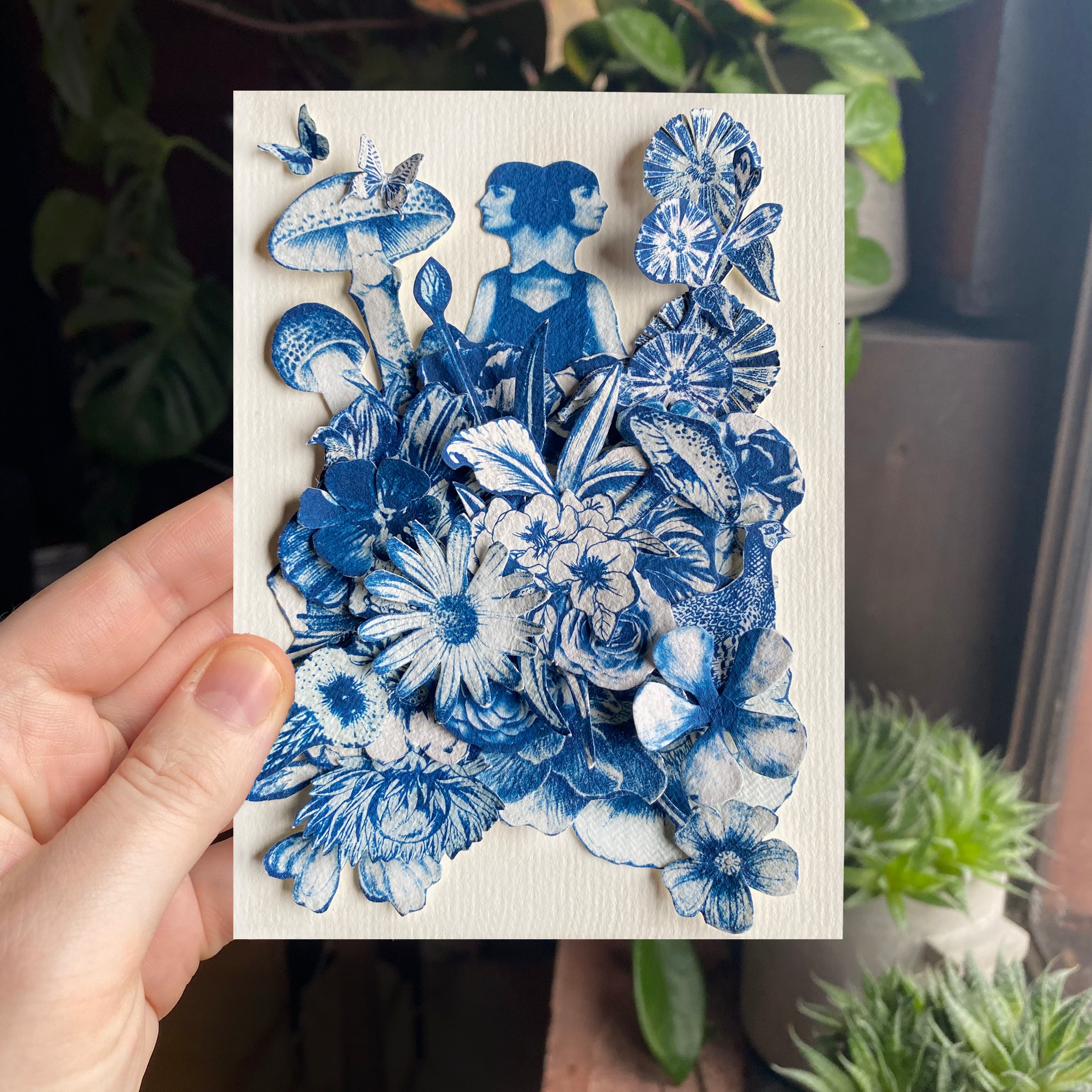
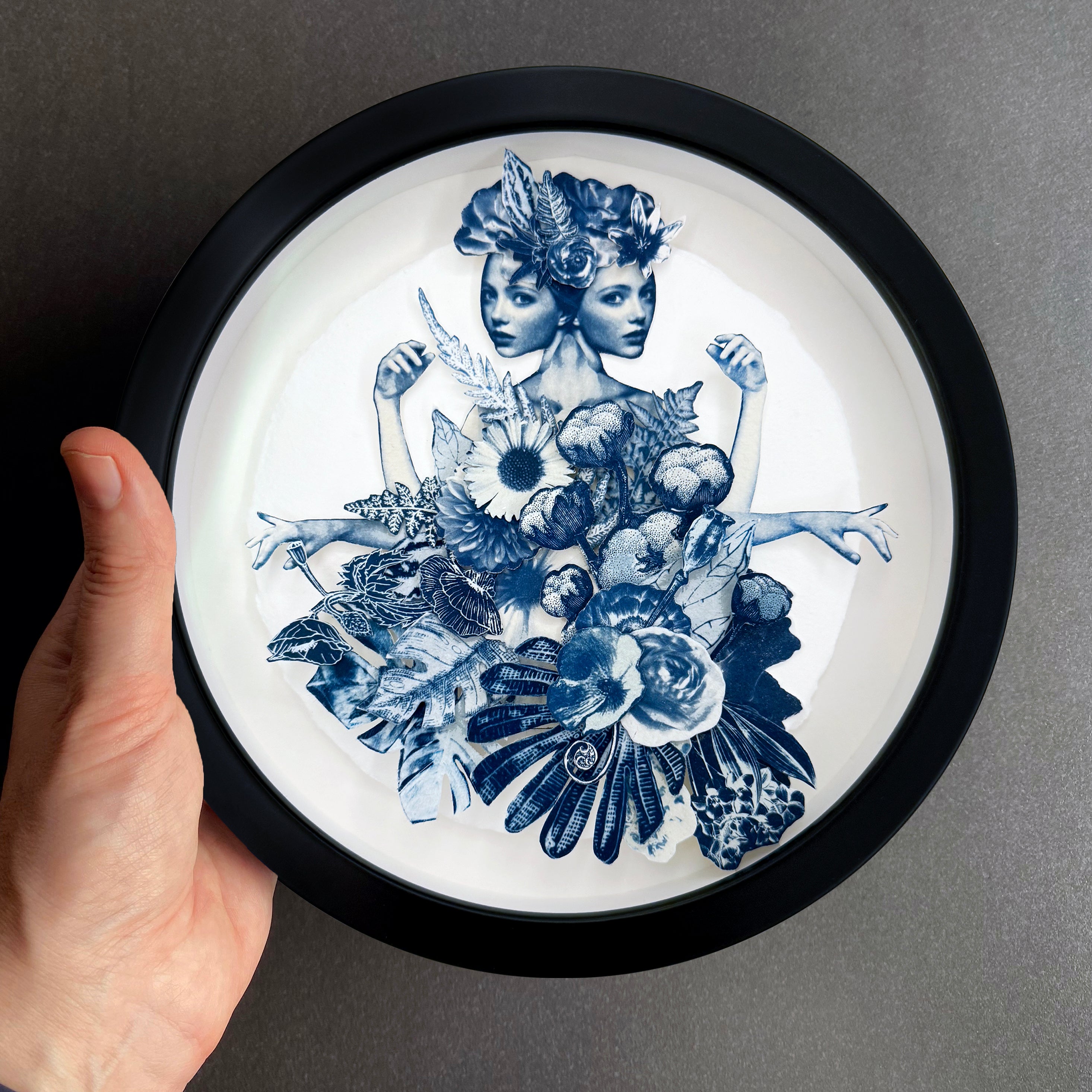
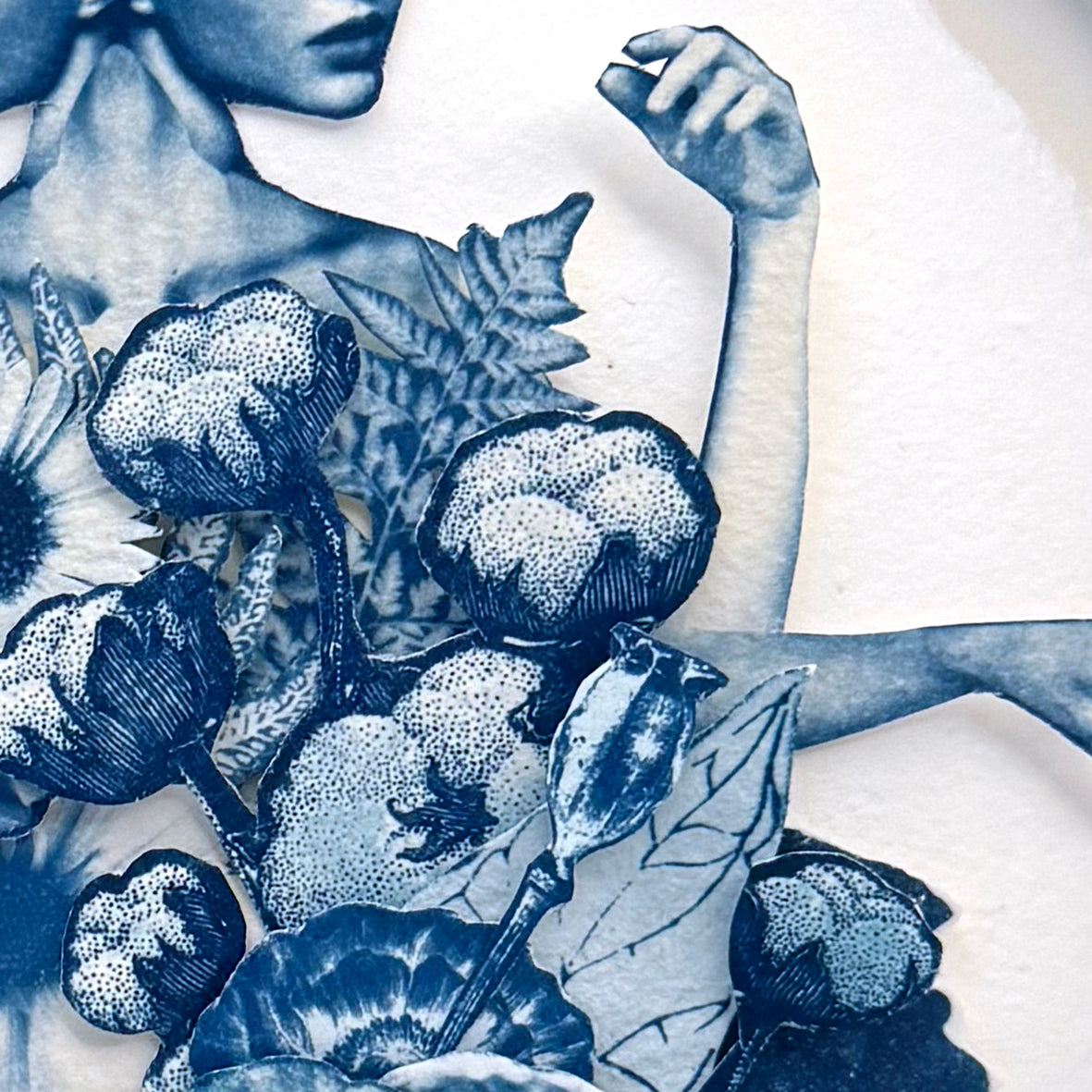
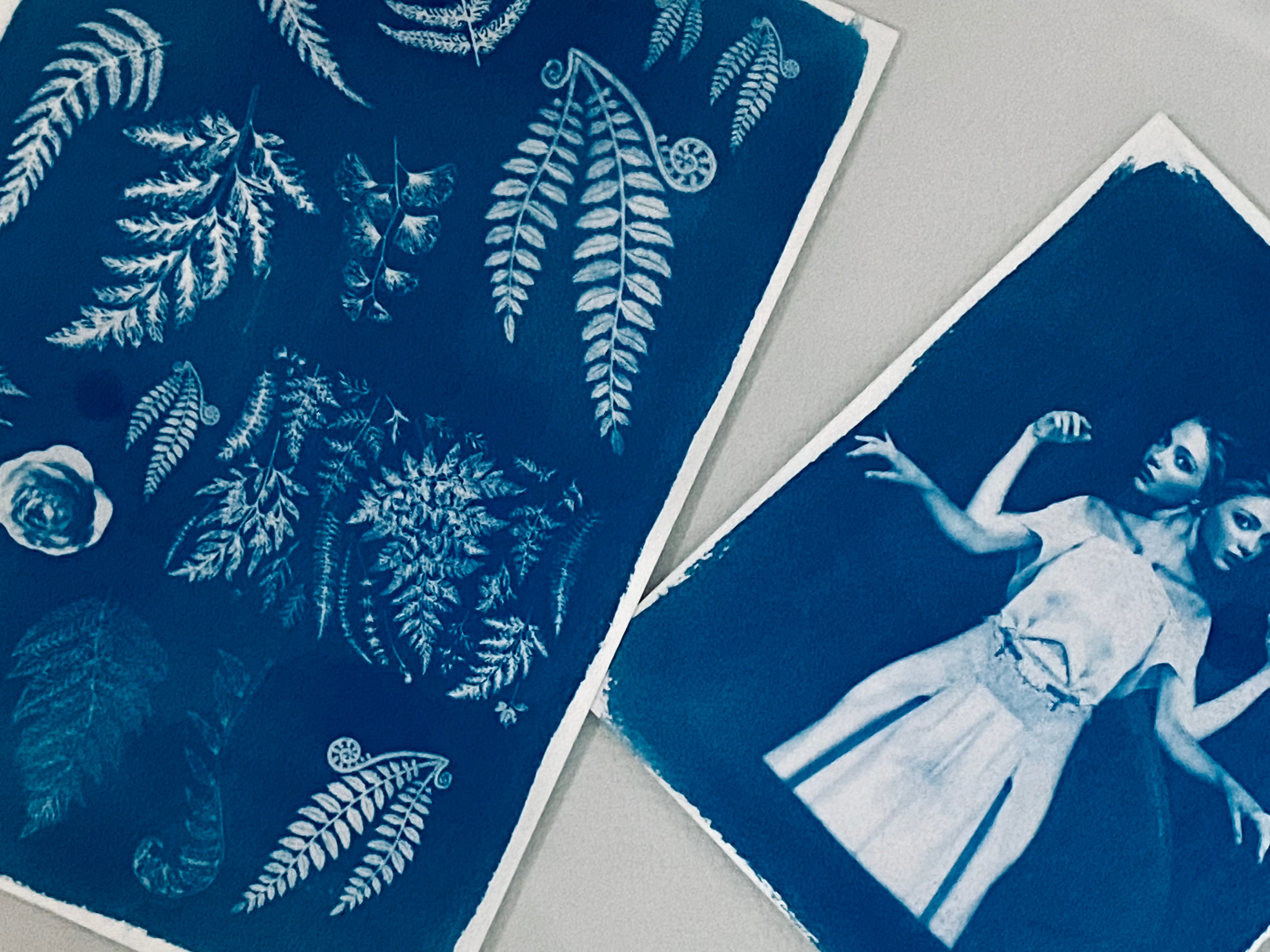
Even the show’s nod to Rachel Carson, environmentalist and author of Silent Spring, reflects another figure I’ve honoured in my practice. Carson was a disruptor — a woman who transformed science and environmental politics through precision, empathy, and resistance. Her presence in the show hints at the generational echo of women reshaping their fields against opposition.
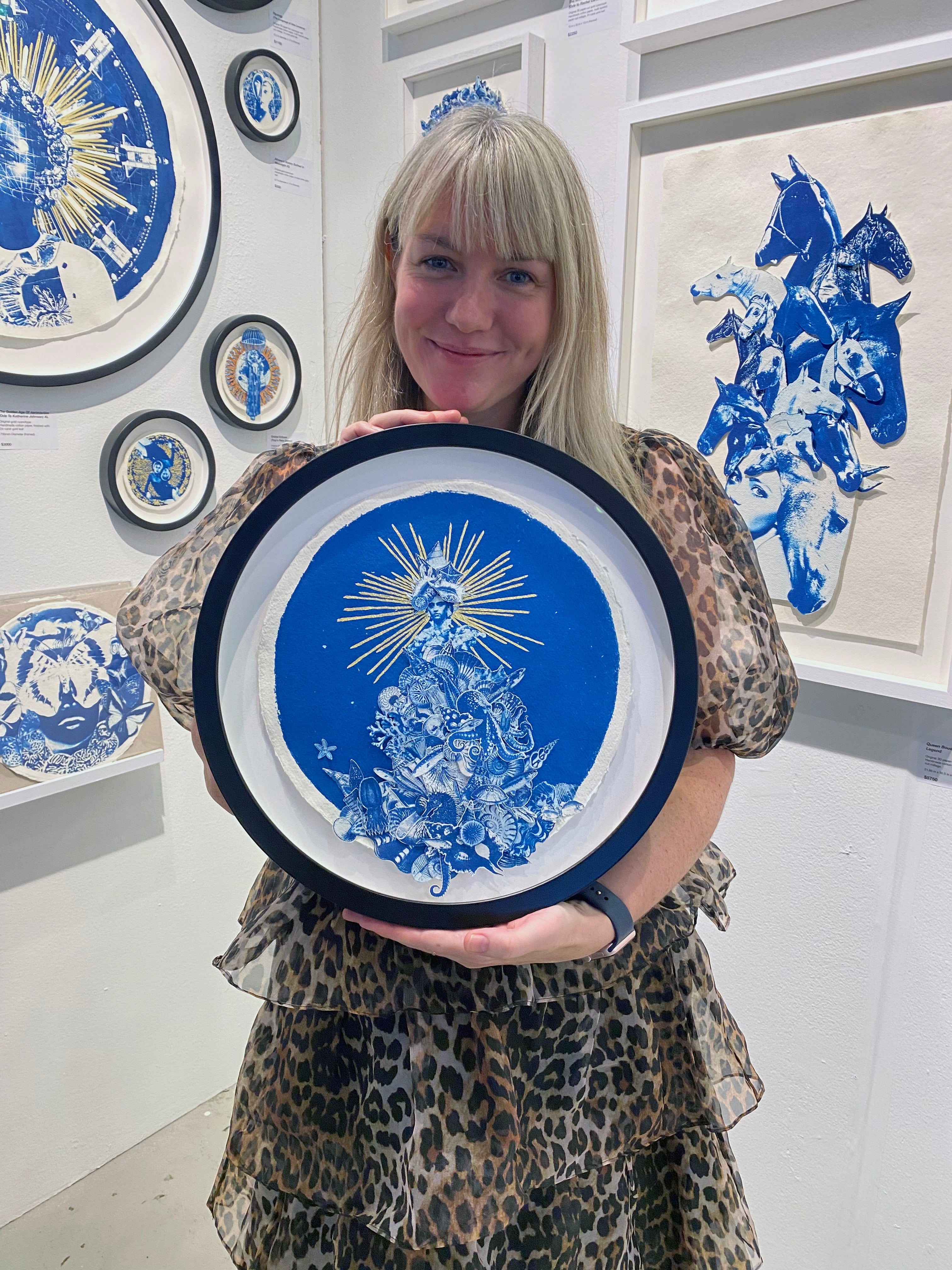

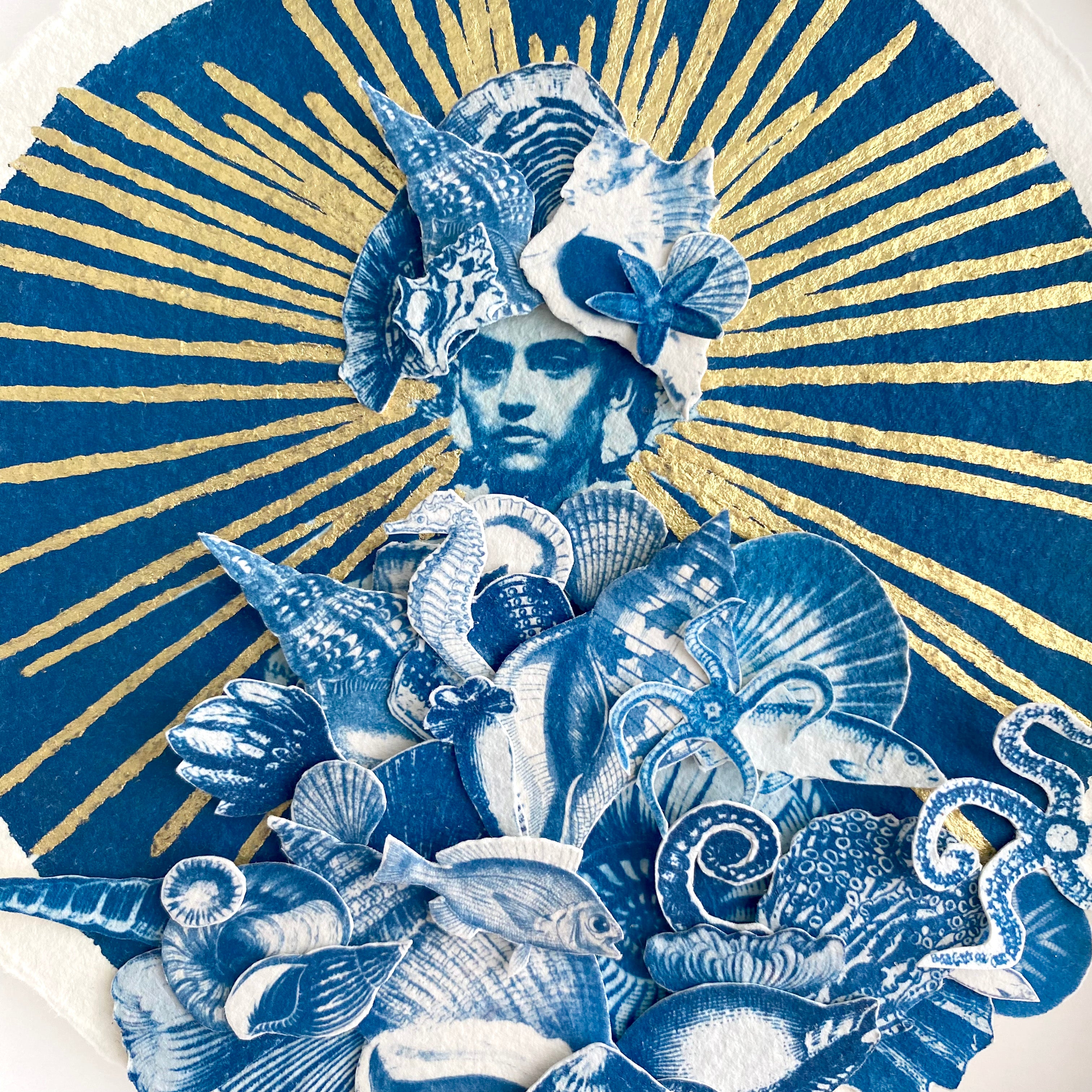
' Those who contemplate the beauty of the earth find reserves of strength that will endure as long as life lasts. '
Rachel Carson
A Feminist Aesthetic, On and Off Screen
The alignment didn’t stop with the story. Sirens was created and led by women — from showrunner to director, production team to first ADs — and that energy is visible on screen. The show doesn’t just depict women, it was made for and by them. It’s empowering to watch. As an artist who works to highlight female narratives that have often been overlooked, it was meaningful to feel that same commitment behind the camera — and behind the scenes.
It’s especially resonant right now, as I prepare to launch my own female-first gallery, Les Femmes — a space dedicated to celebrating bold, intelligent, and ambitious women and gender-diverse artists. To have one of my works placed in a show that so profoundly explores the dynamics I care about — identity, transformation, myth, and memory — feels like an affirmation of what I’ve been building all along.
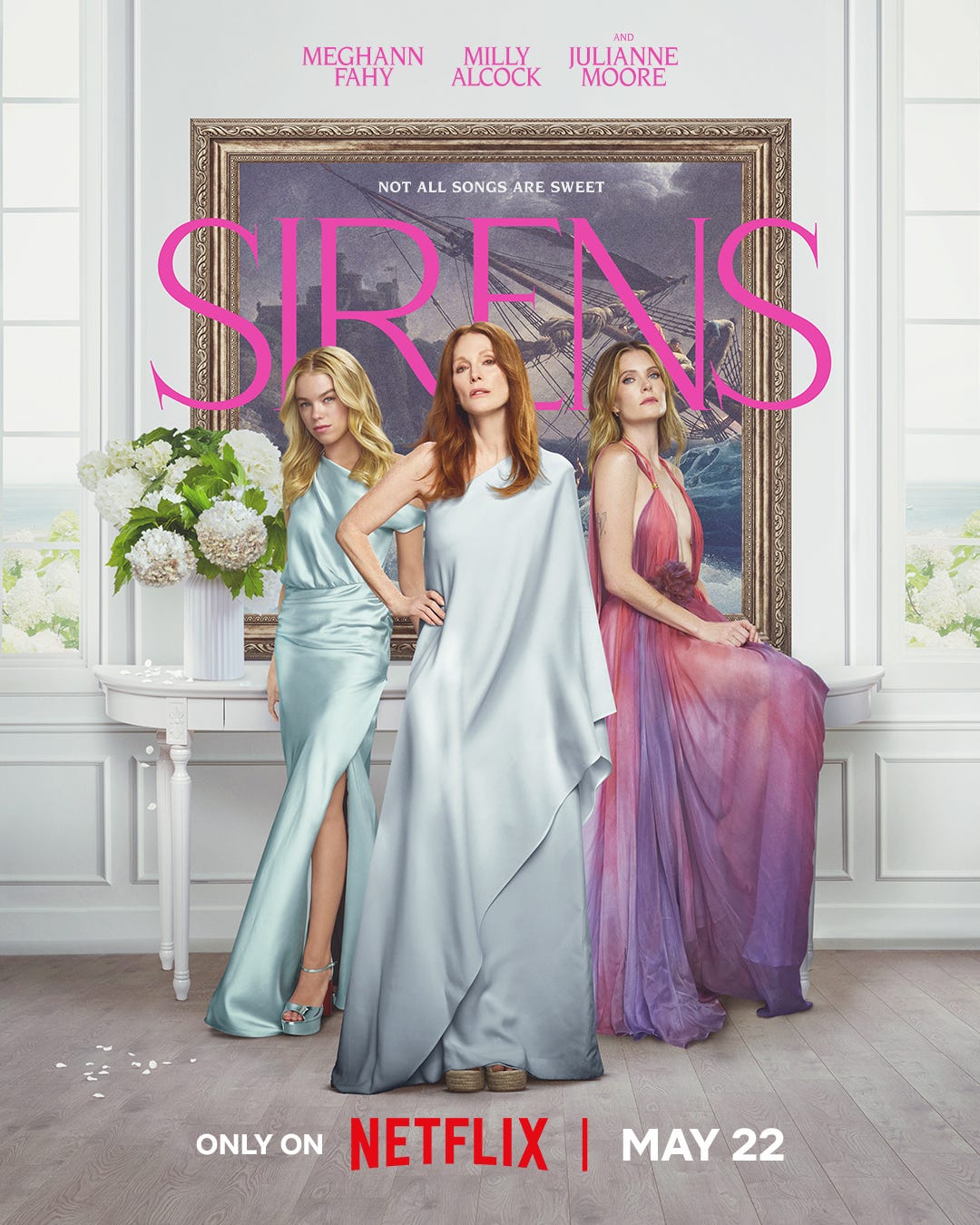
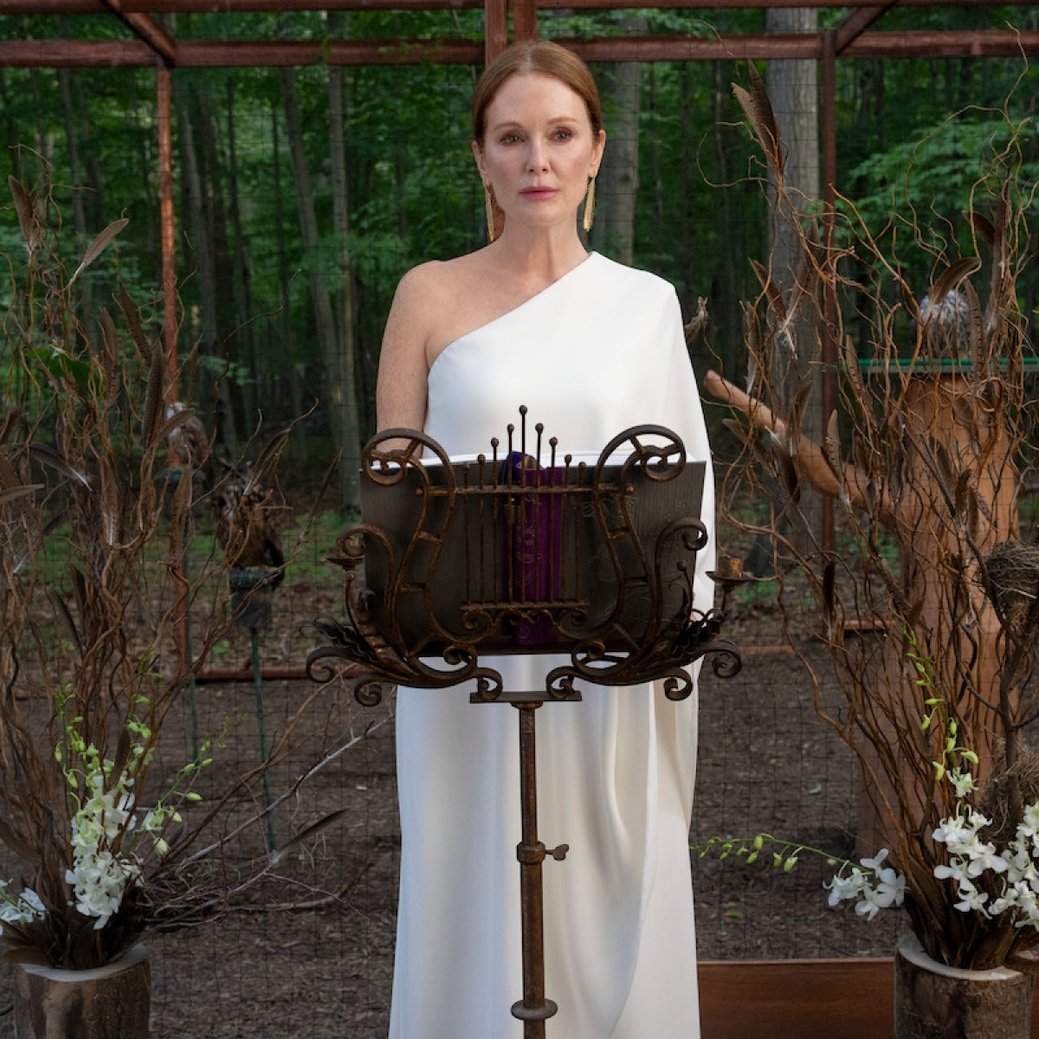
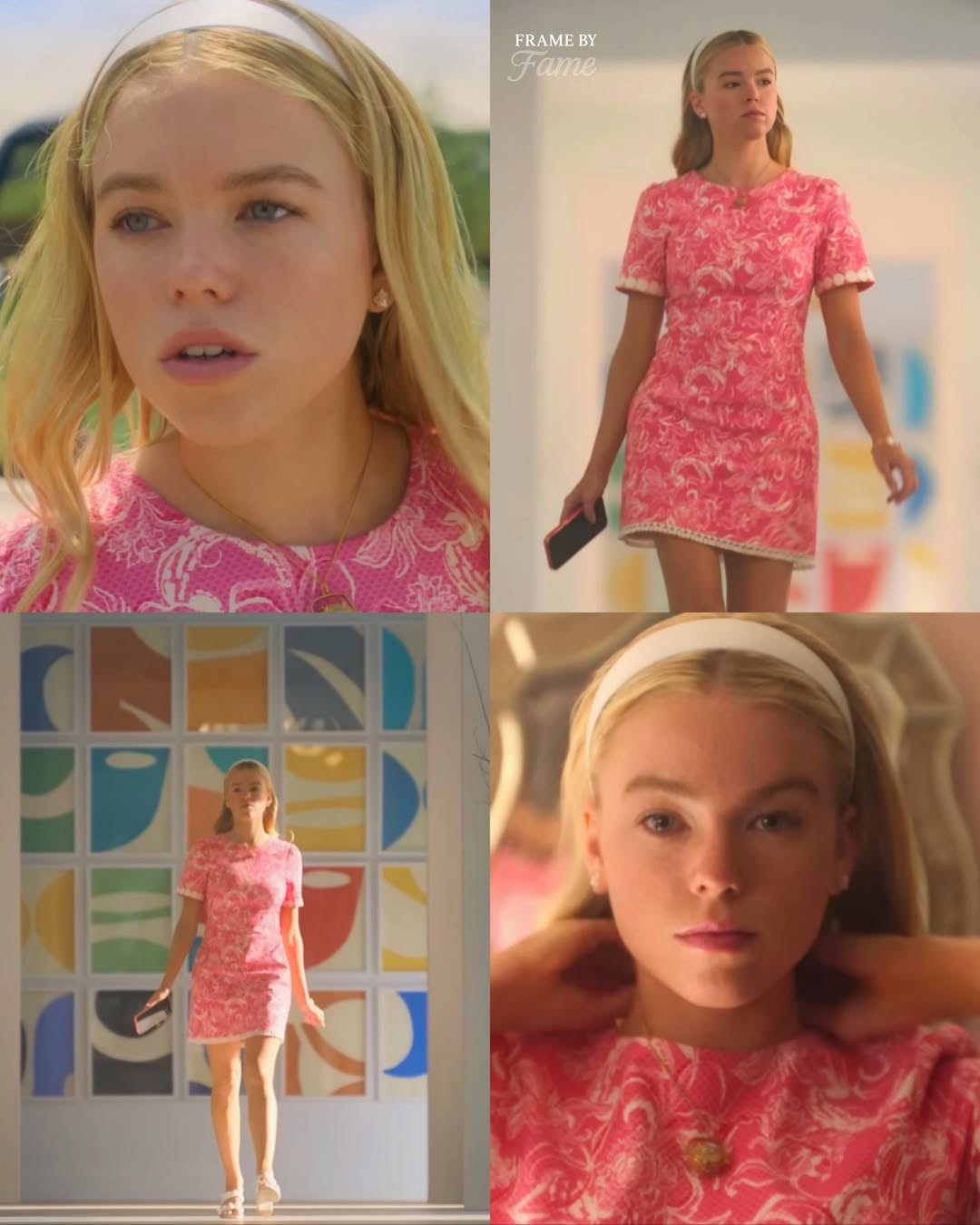

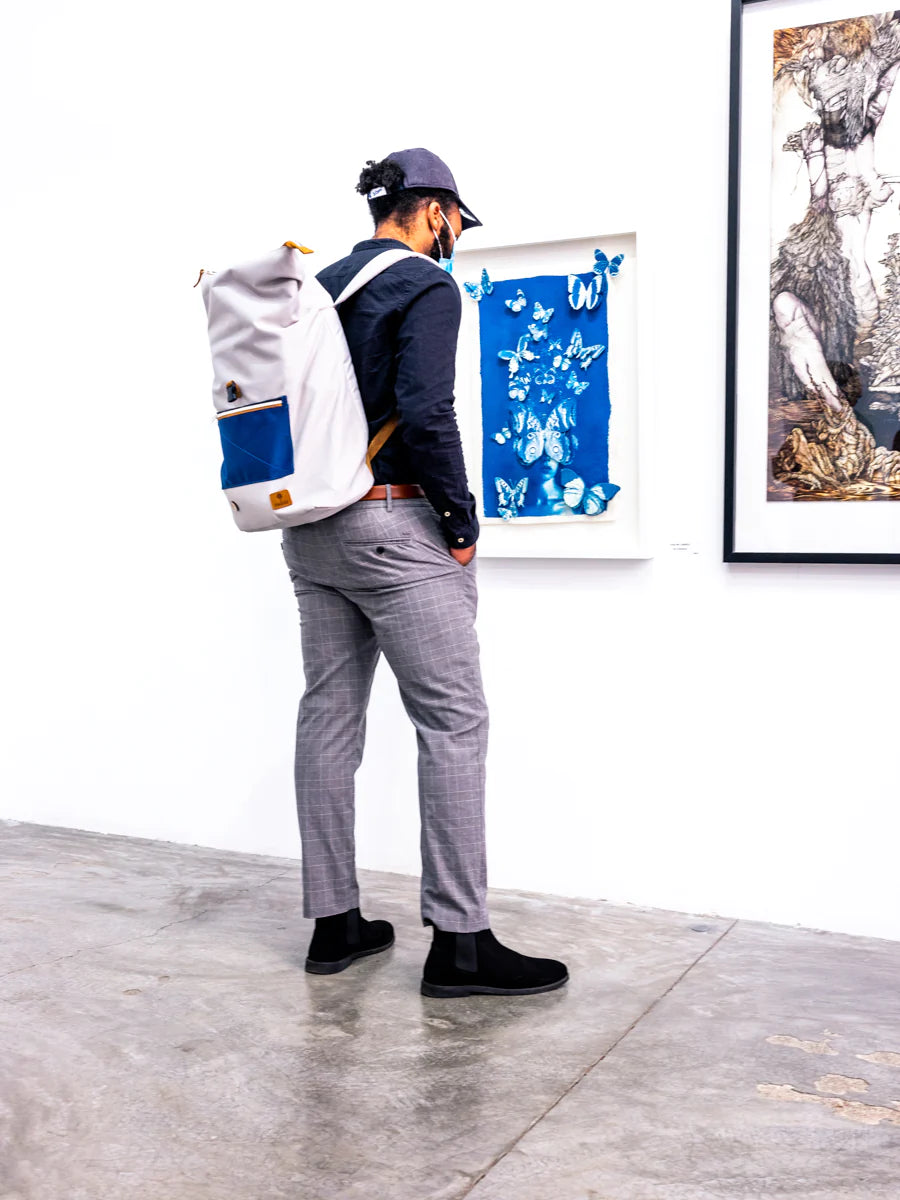
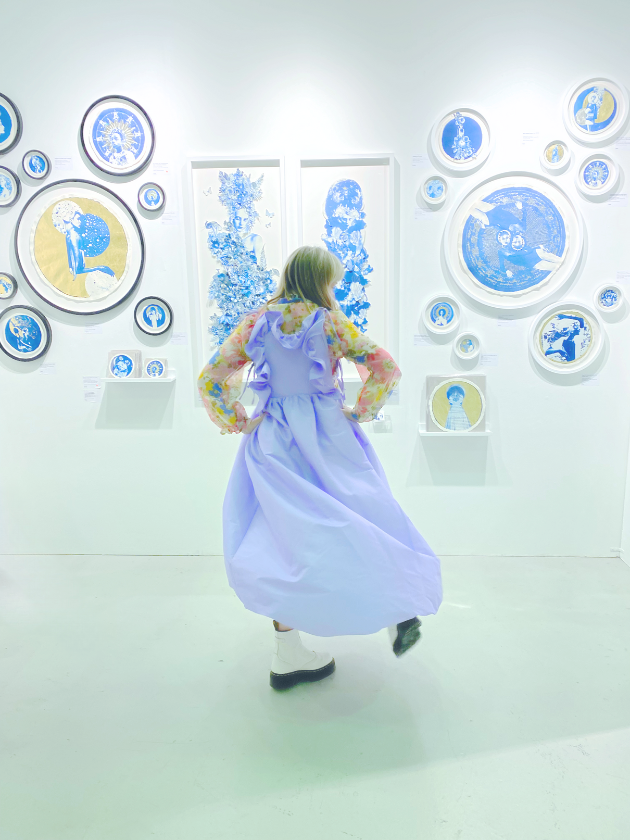
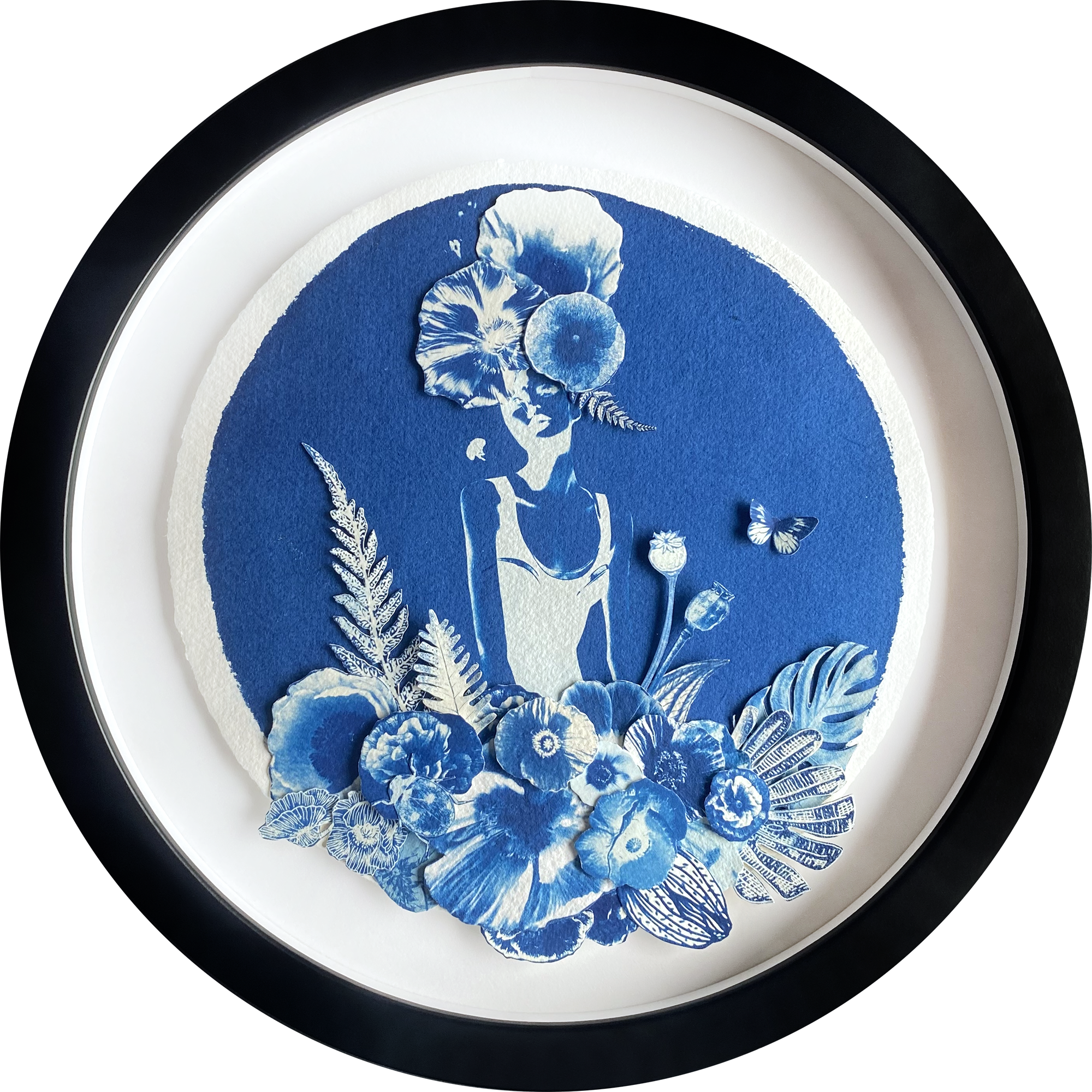
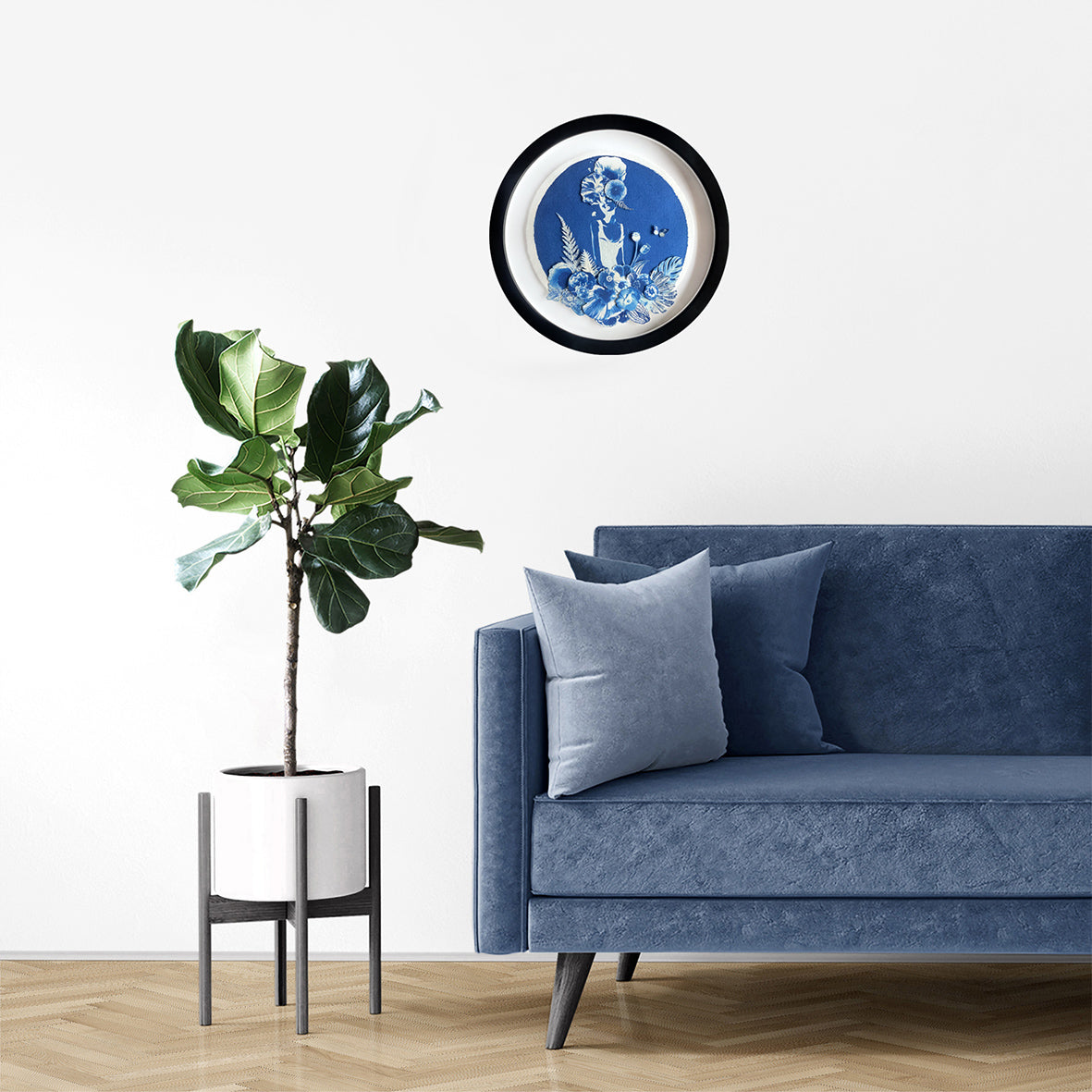
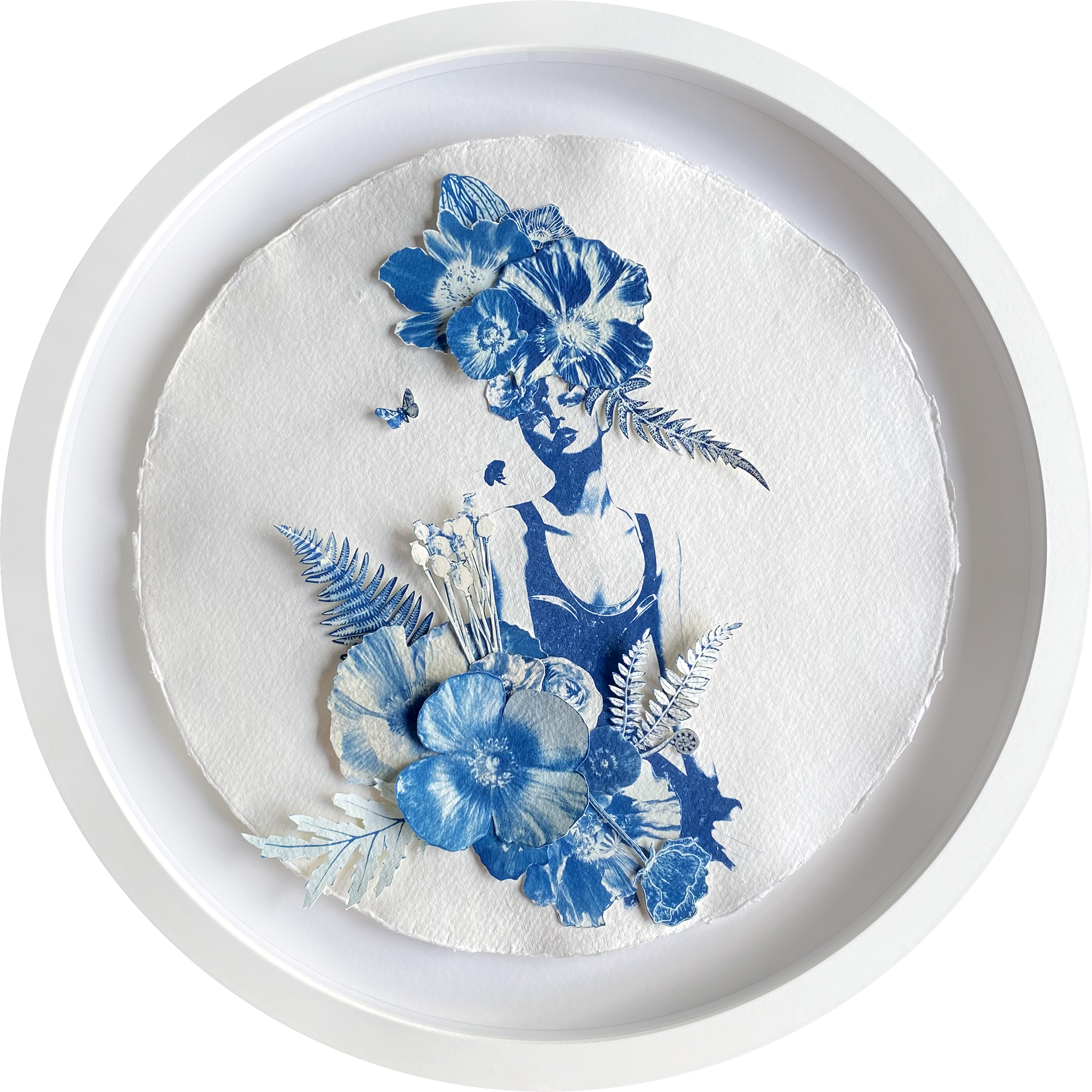
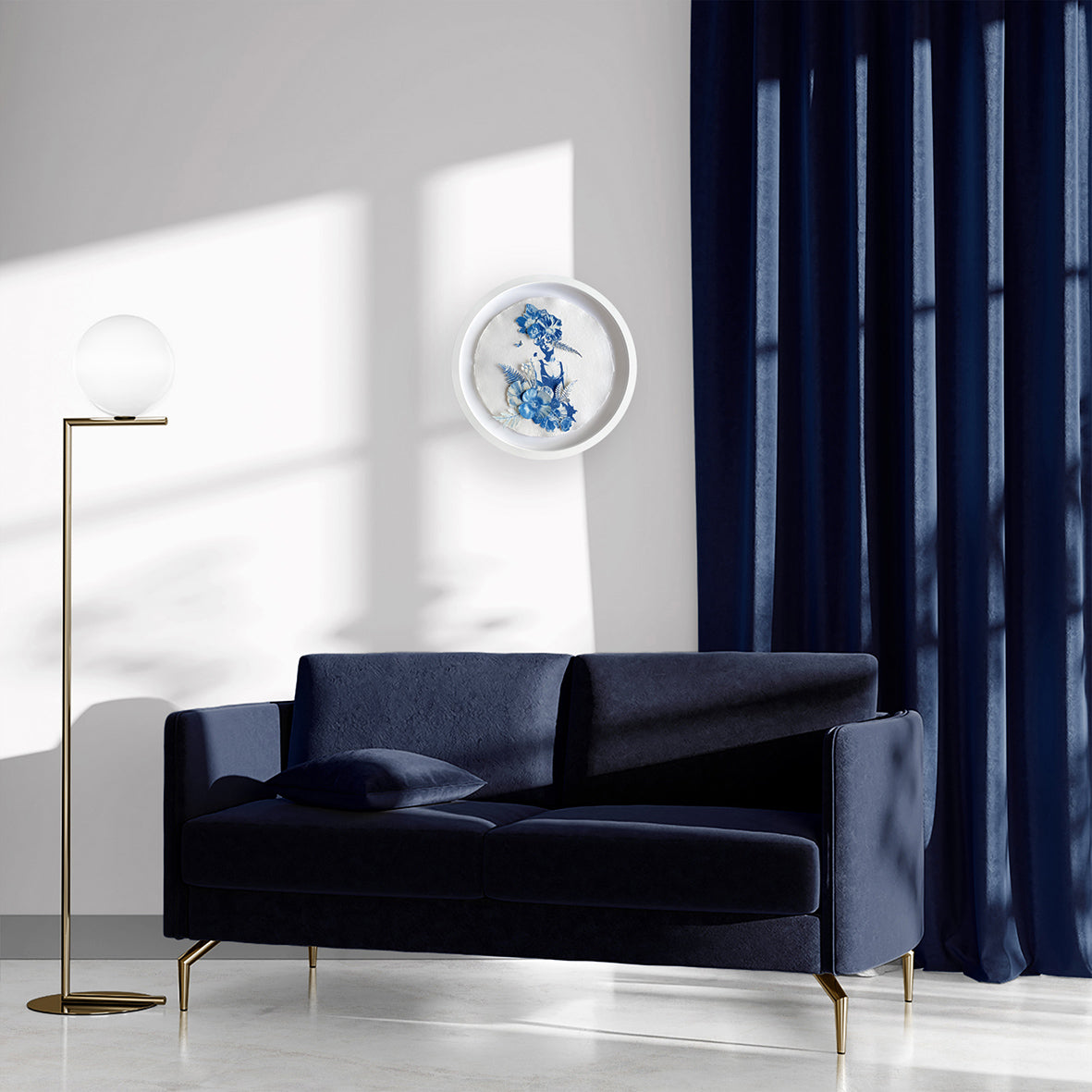


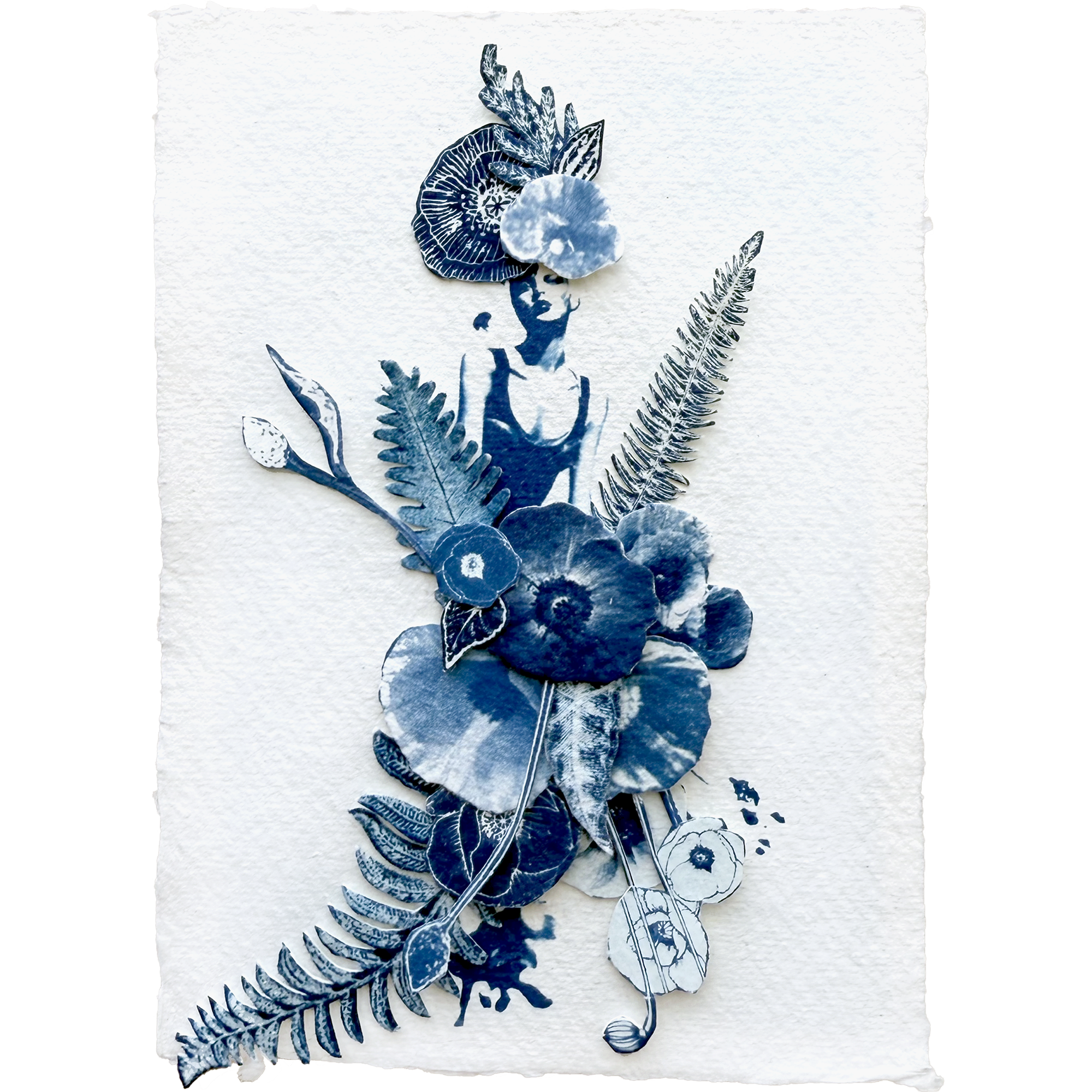
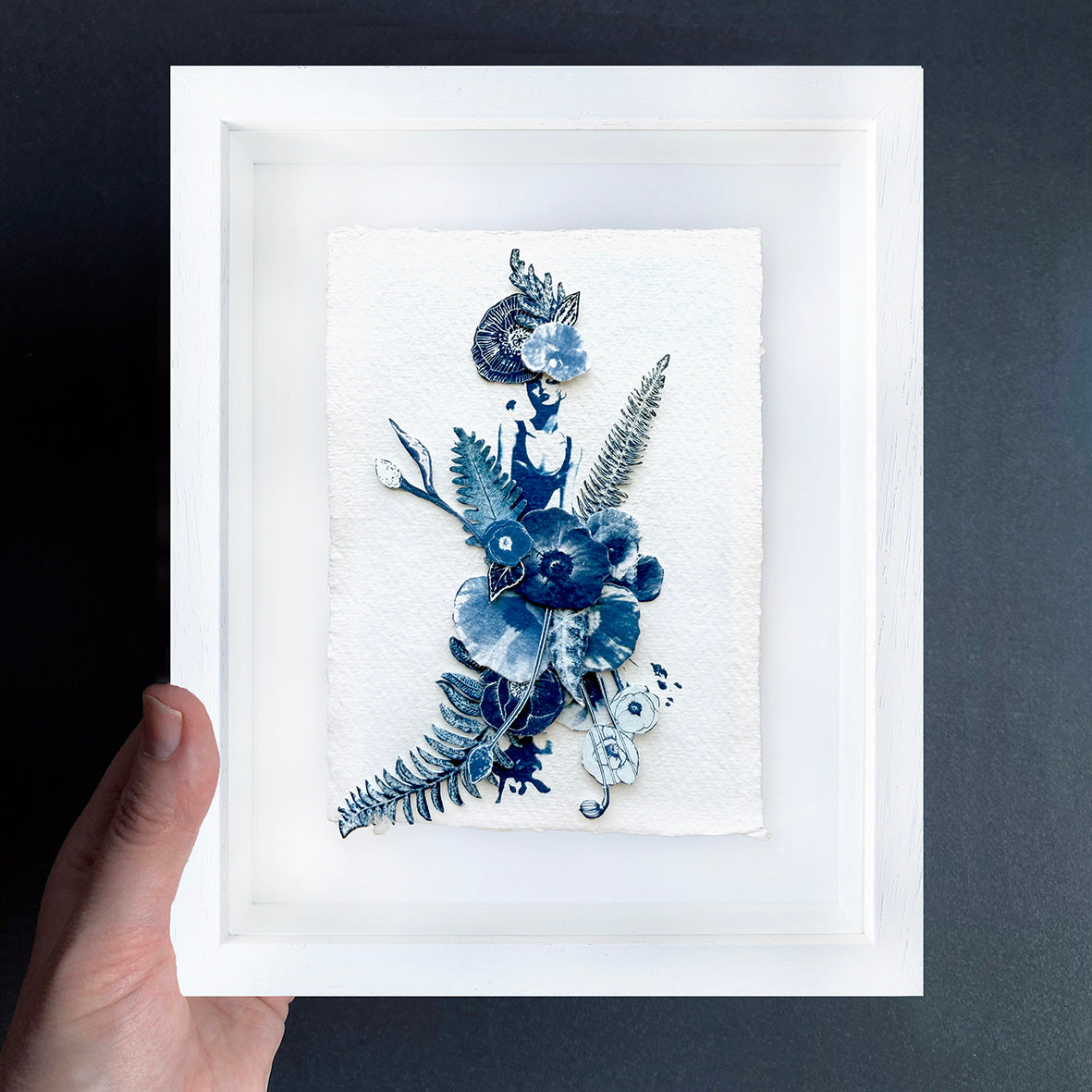


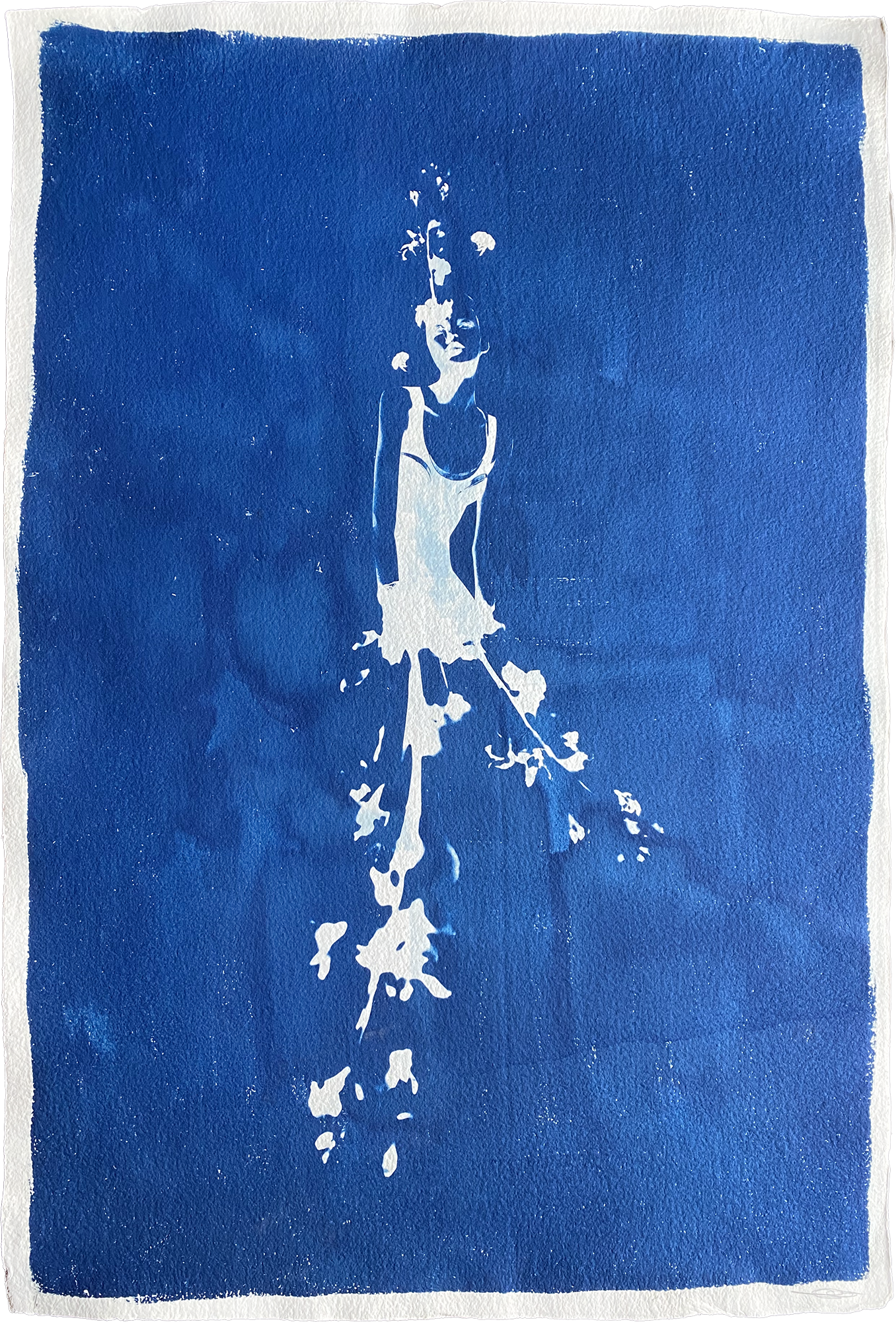
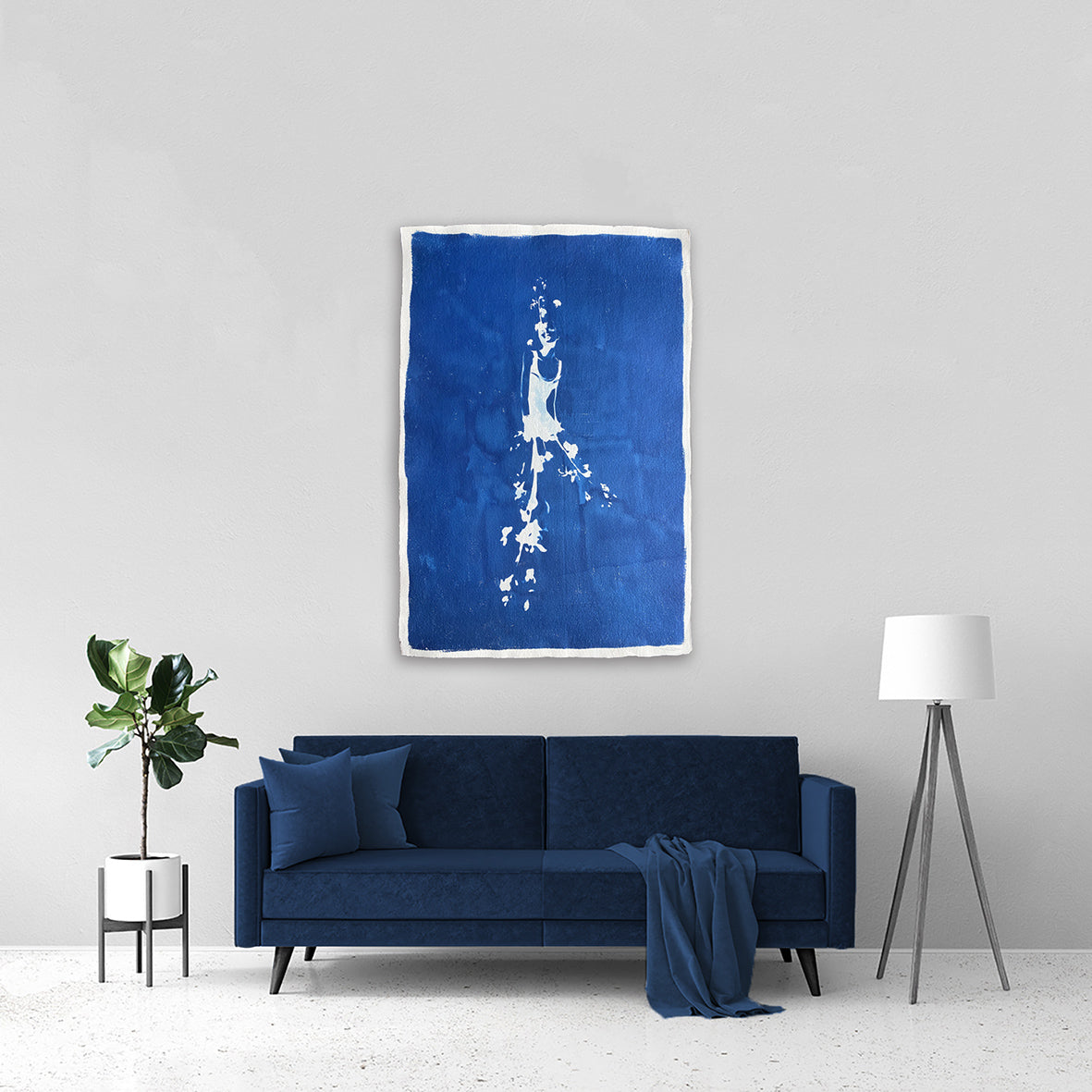
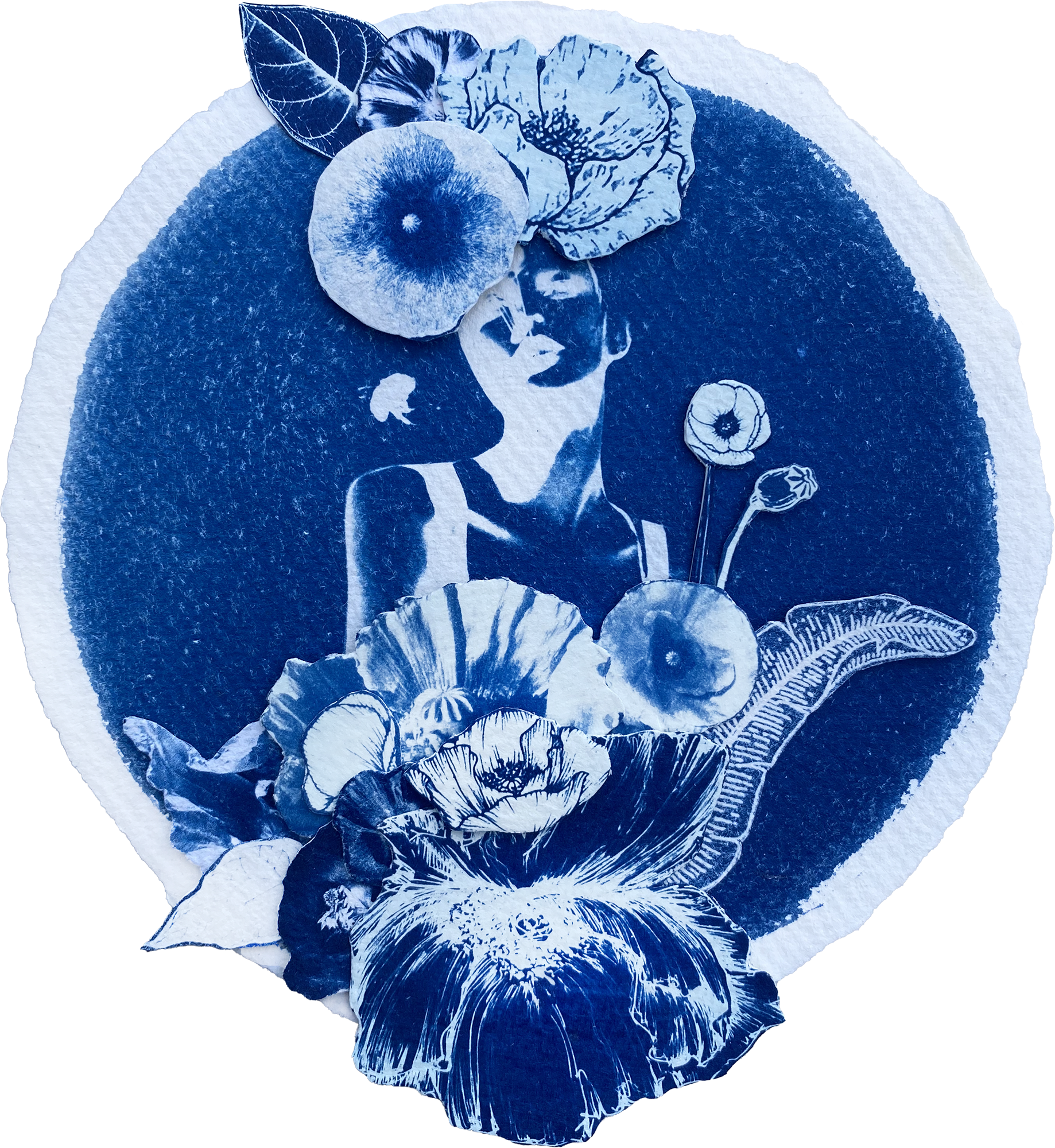
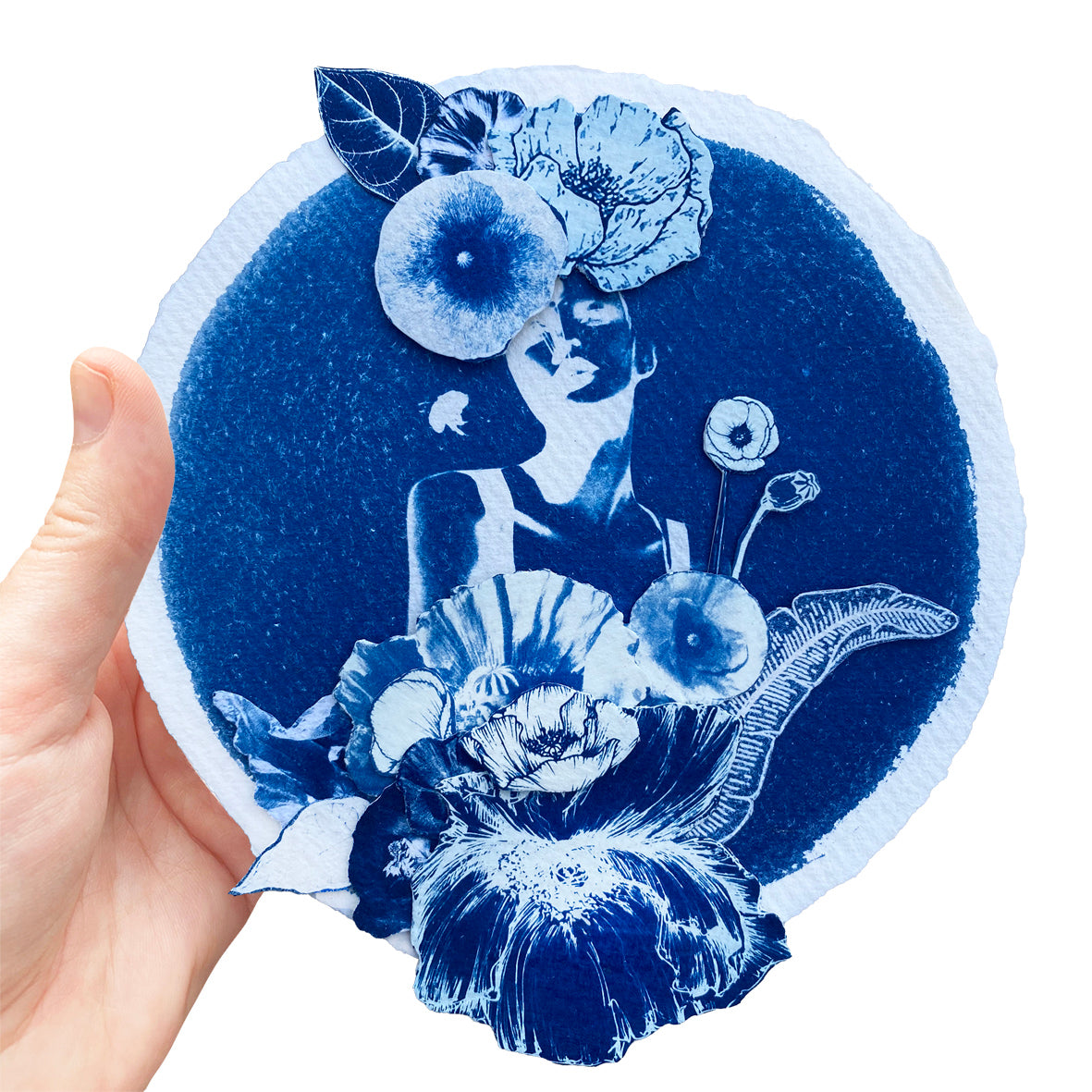
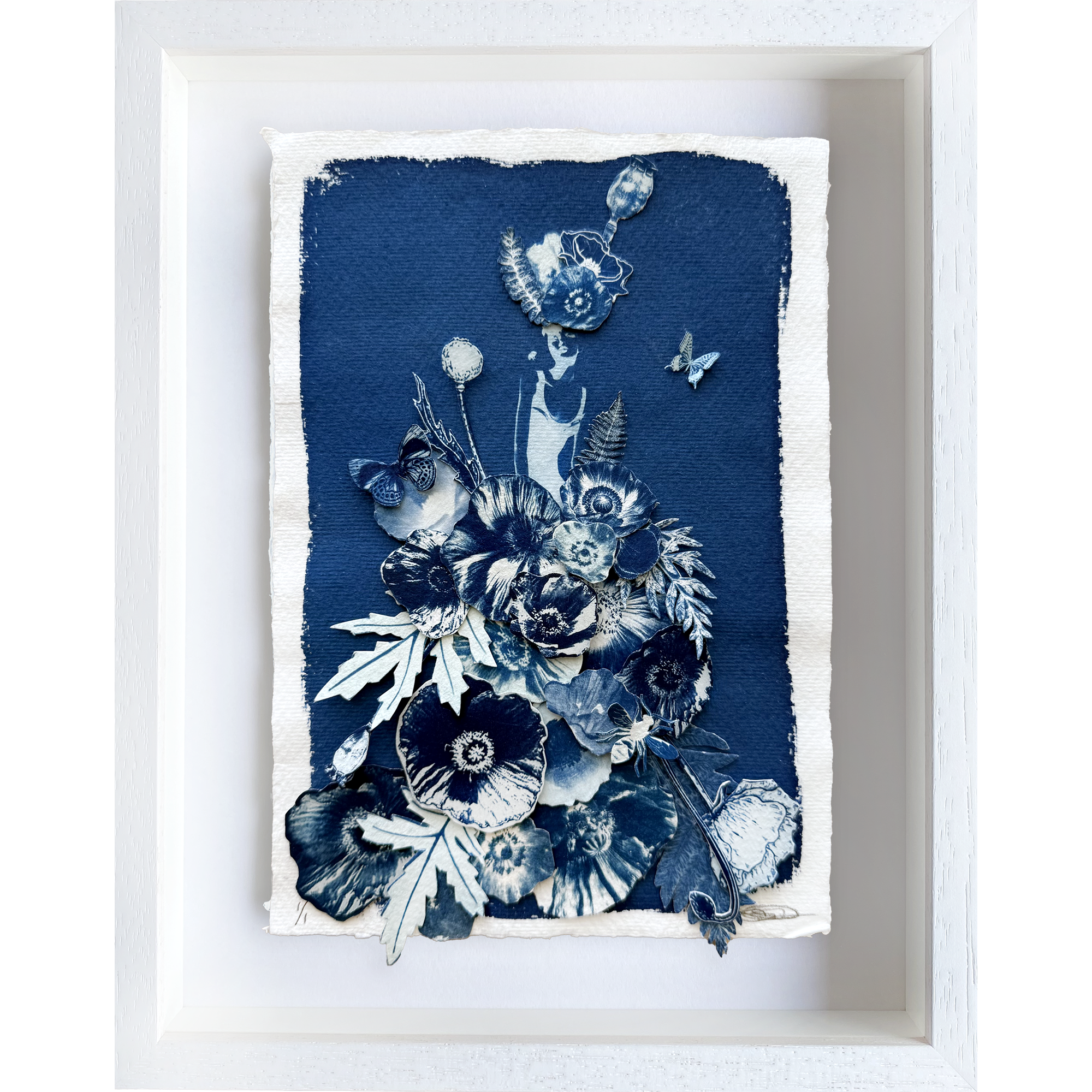
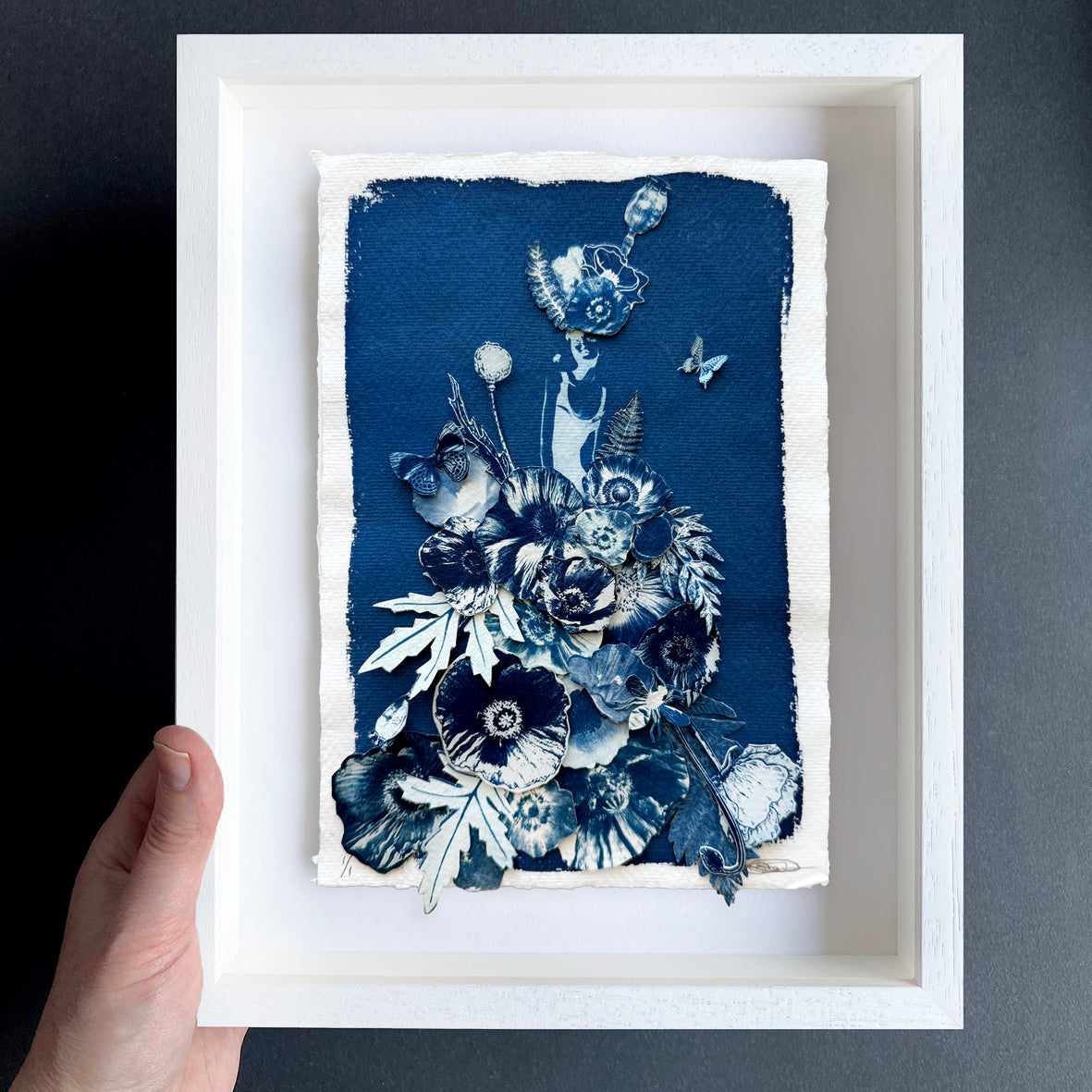
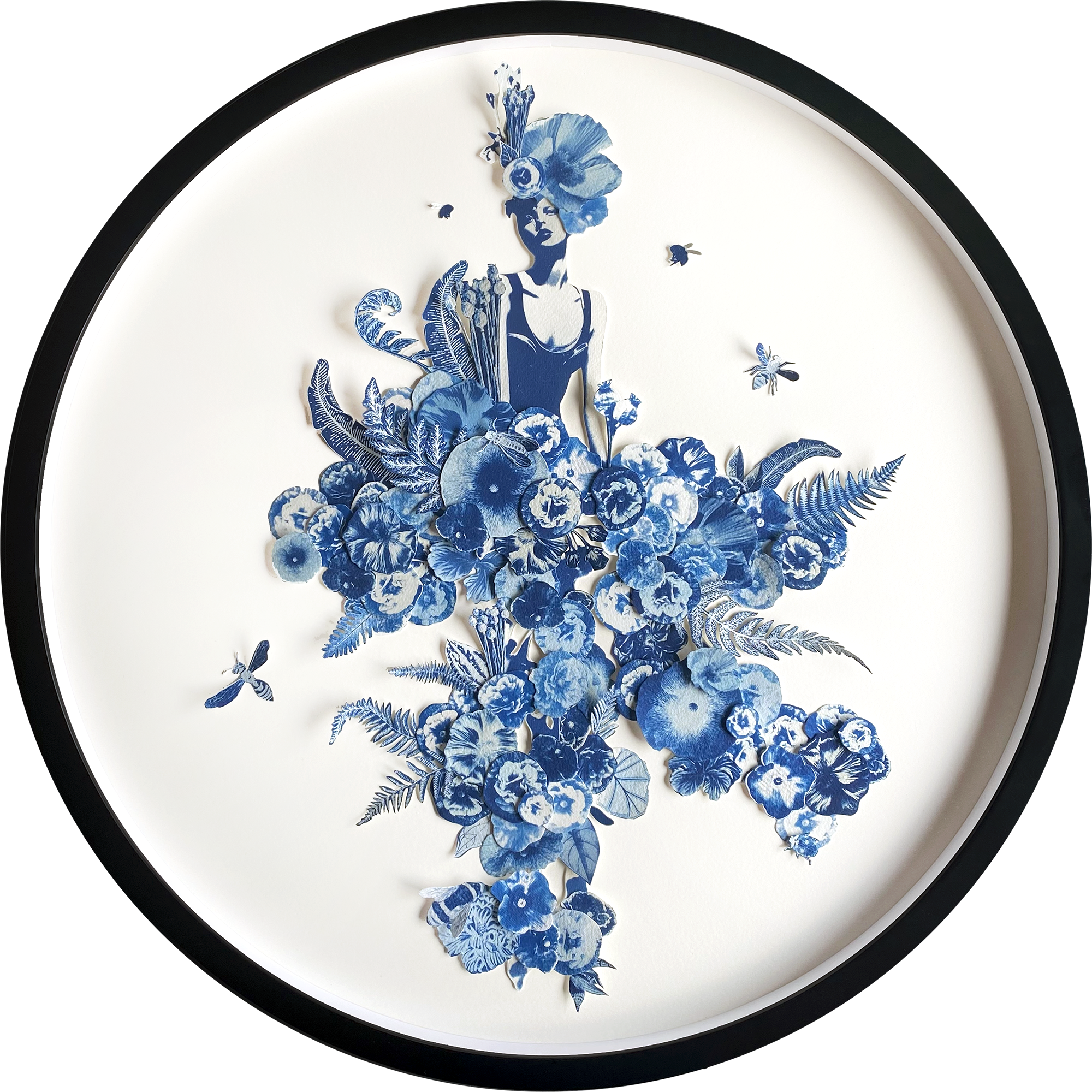
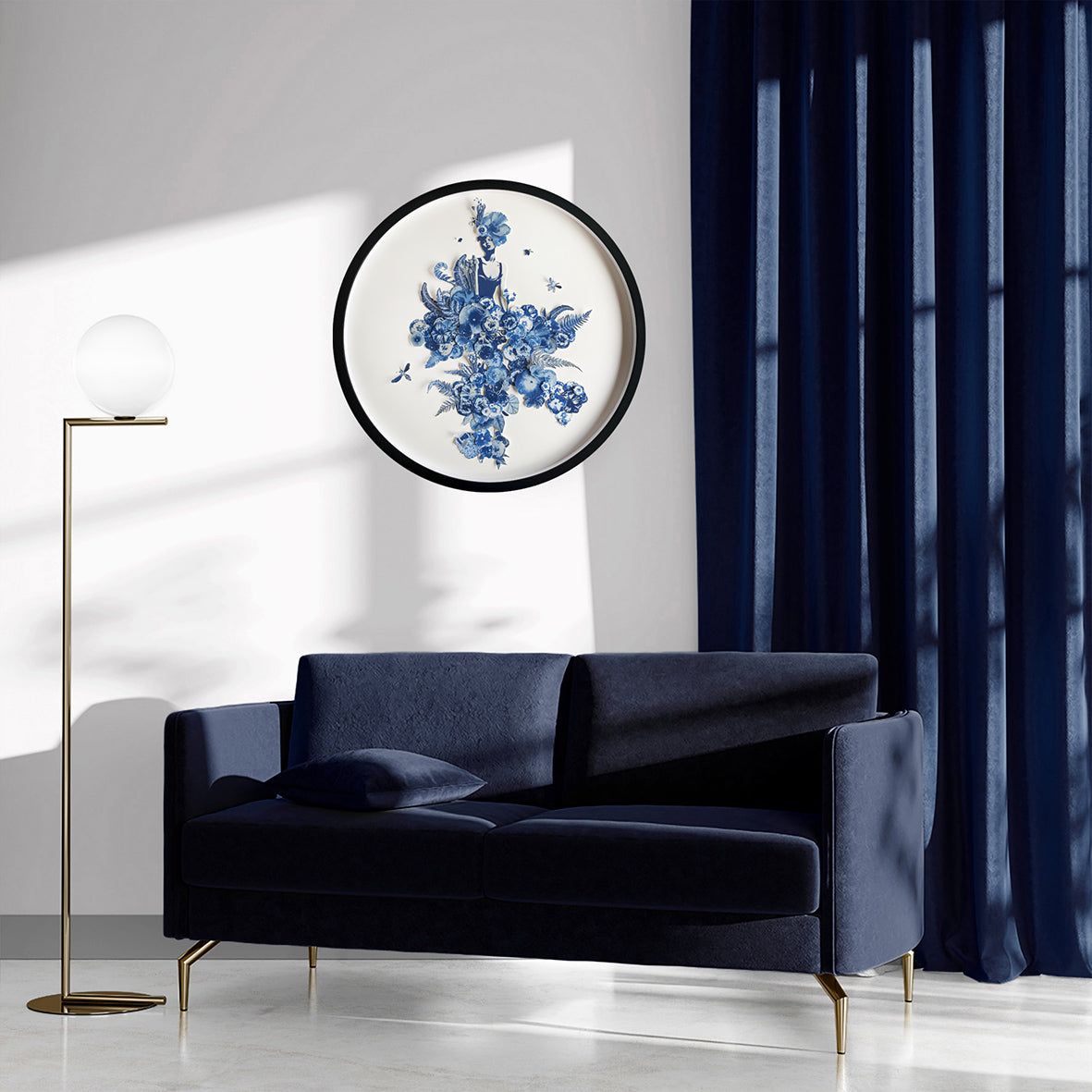
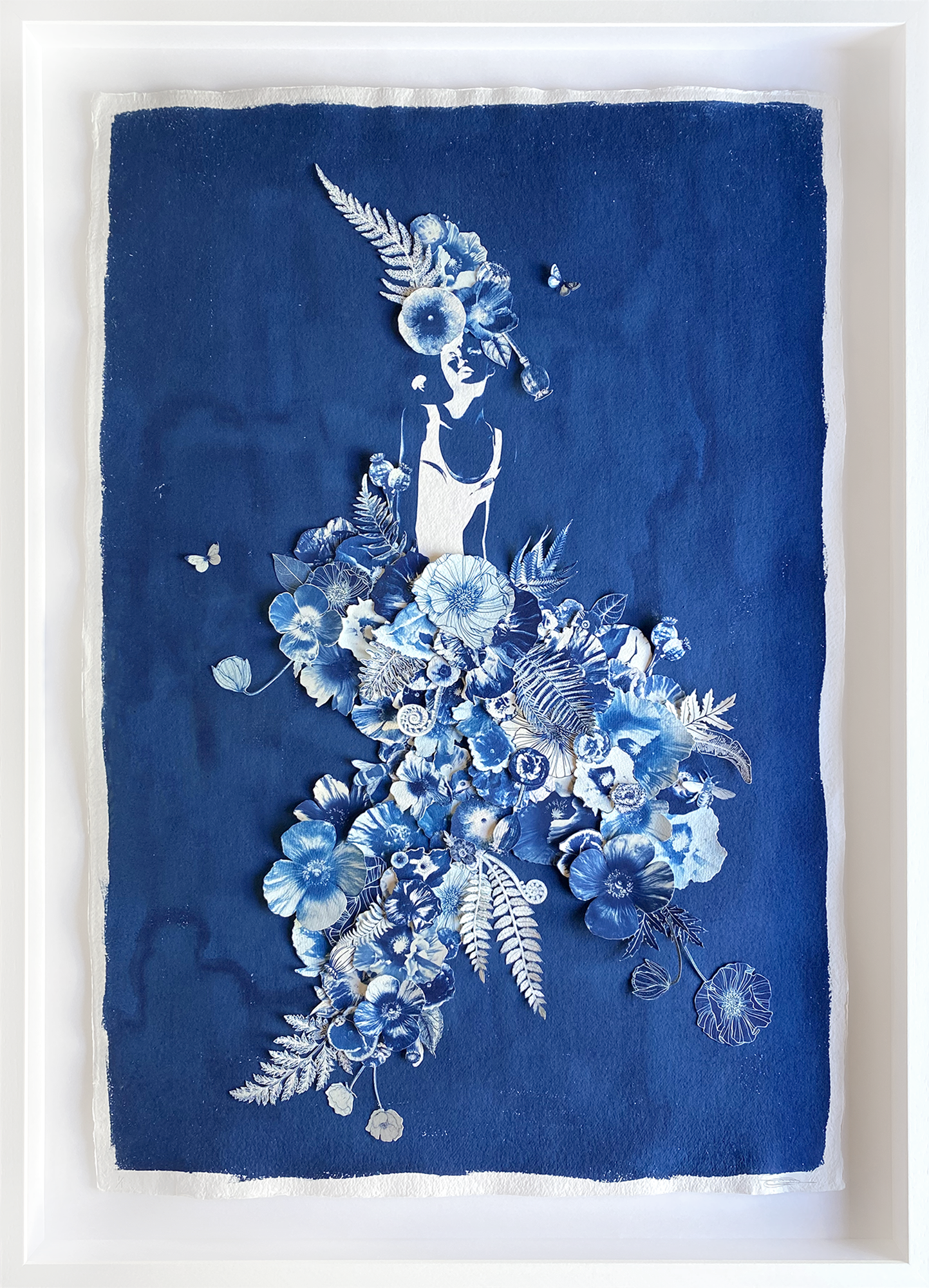
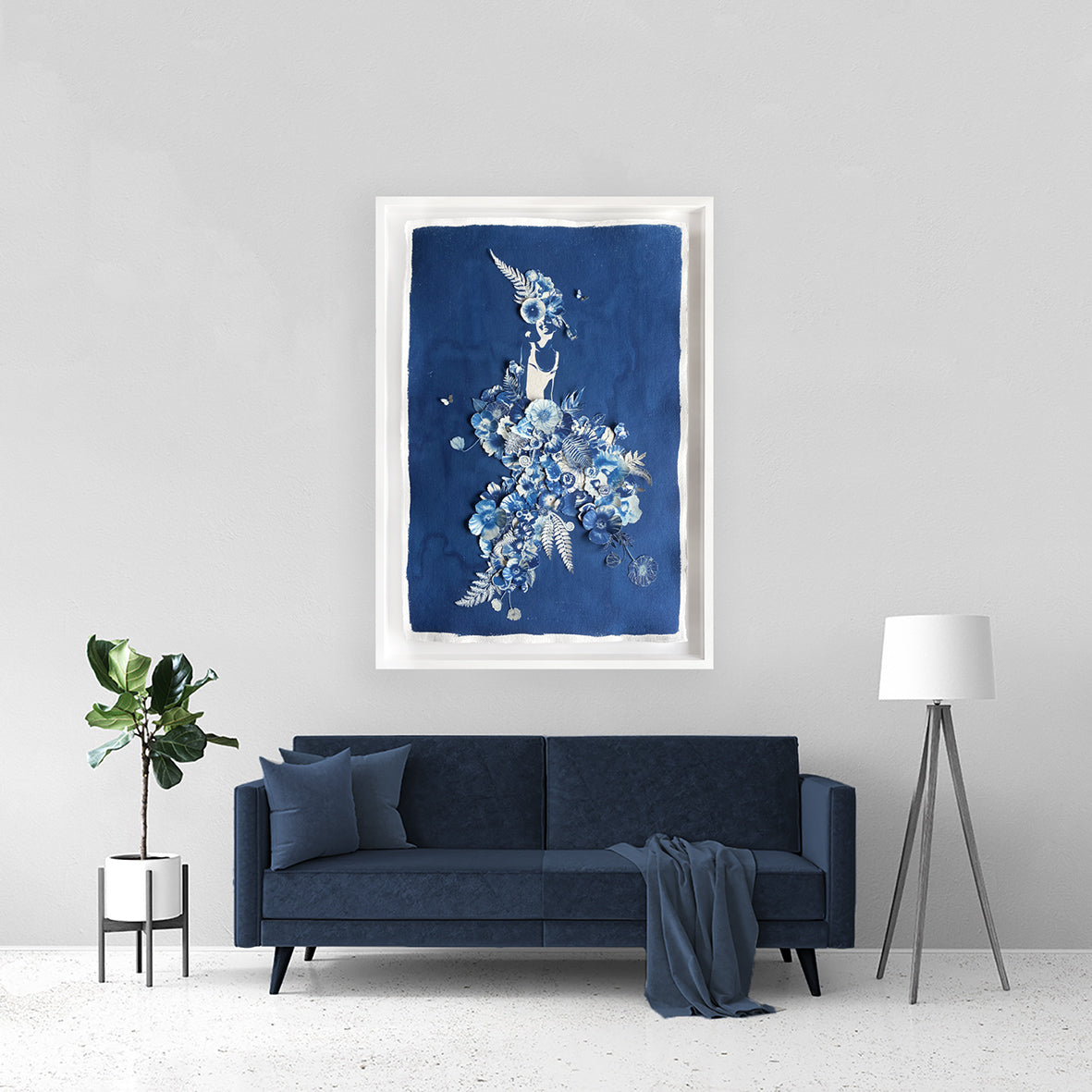

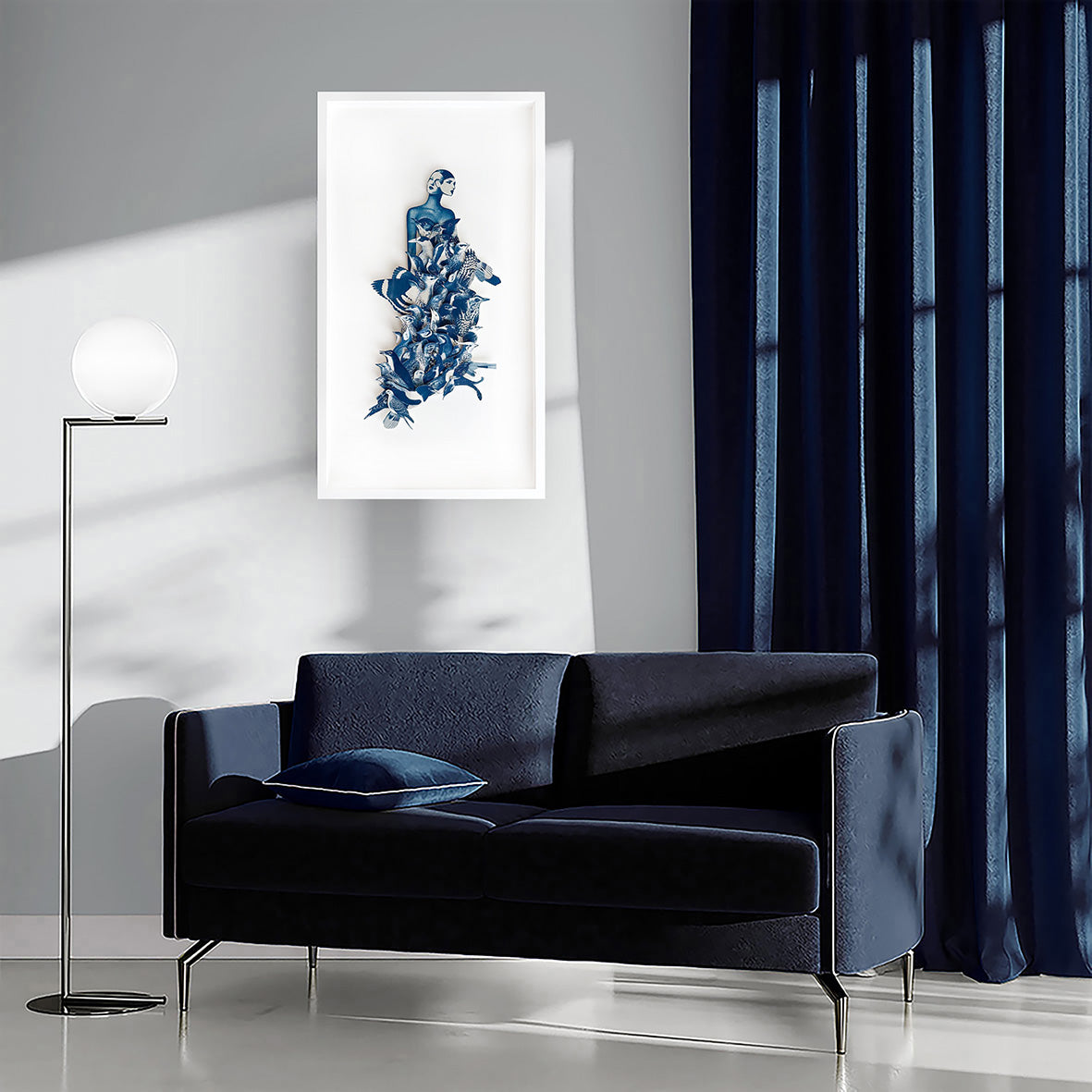
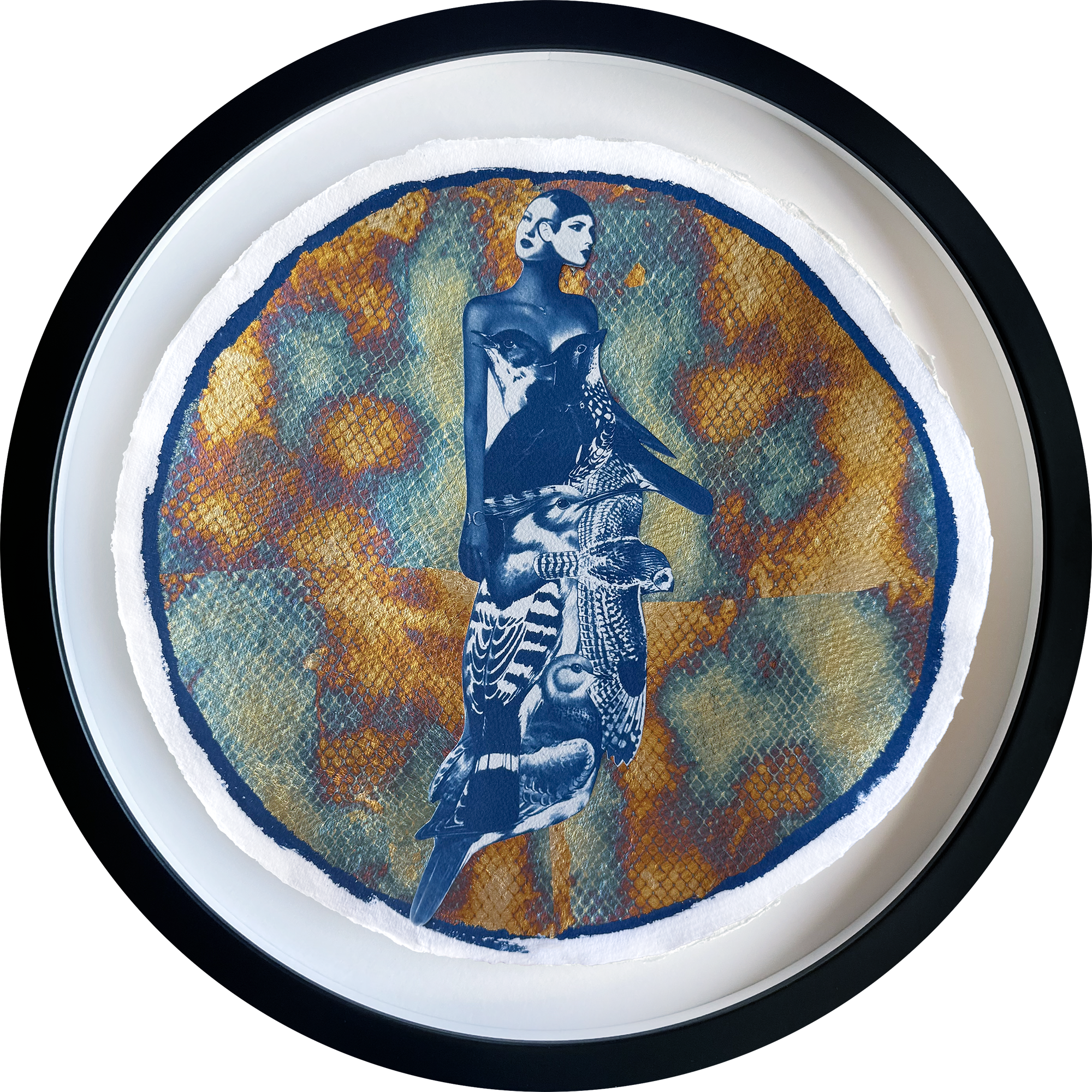
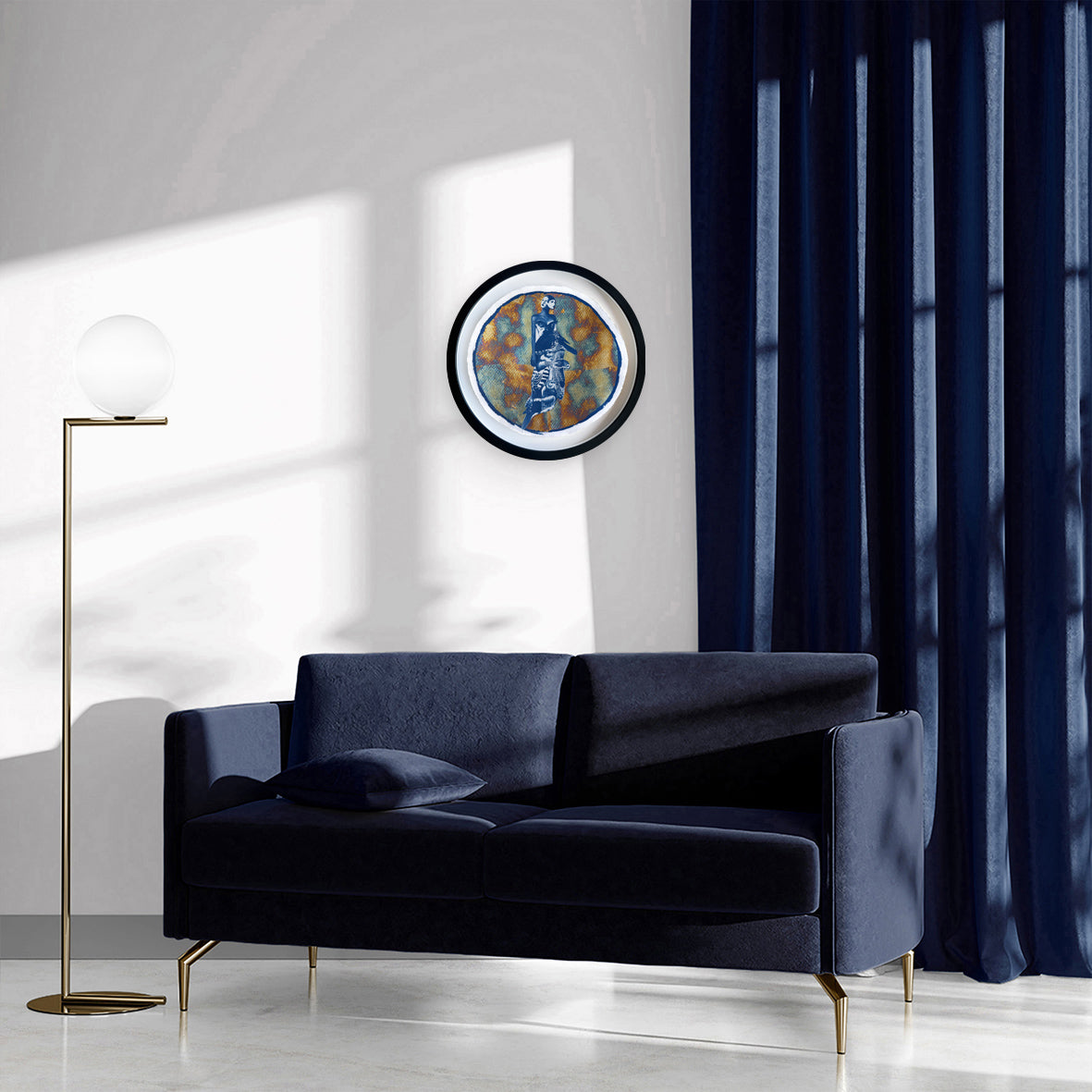
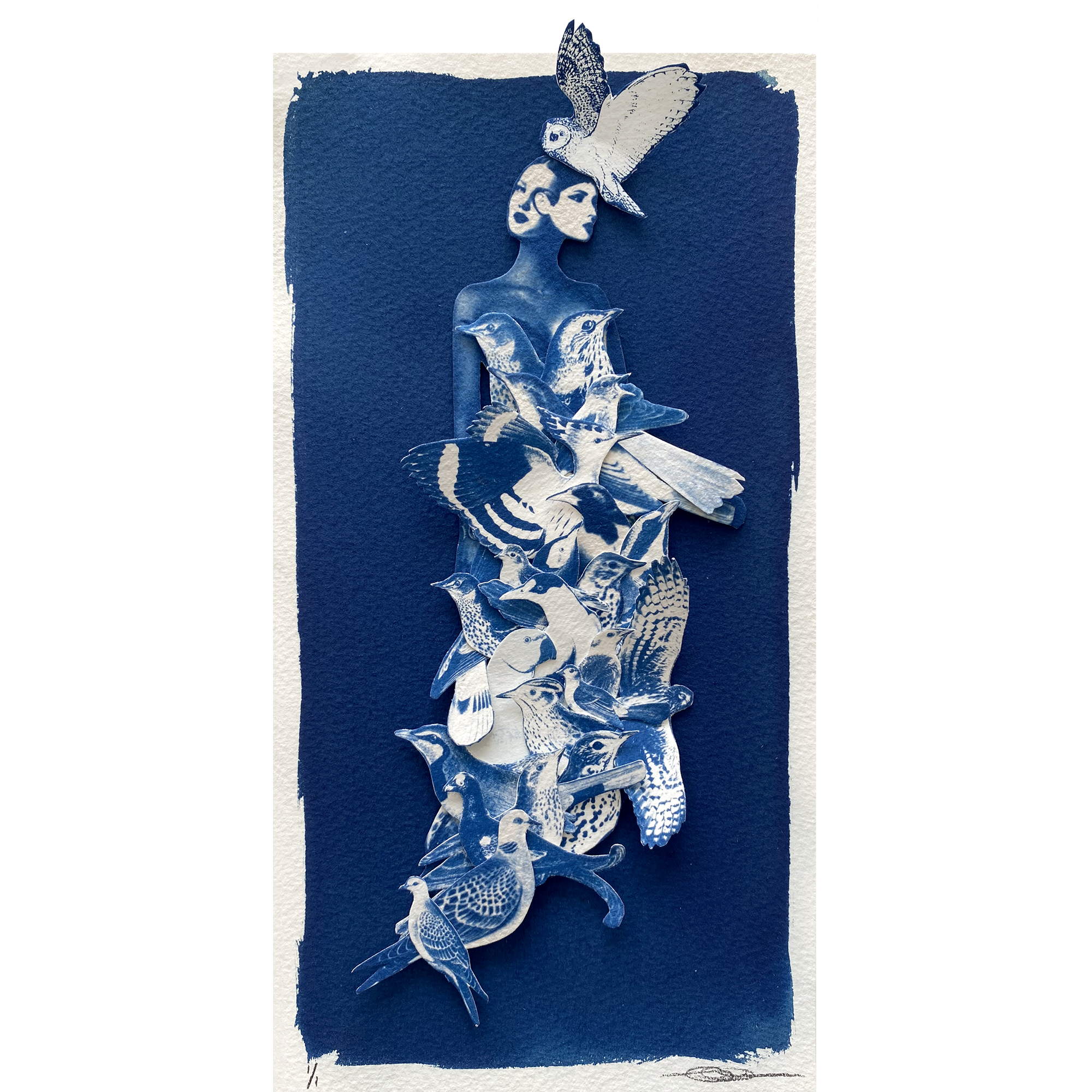
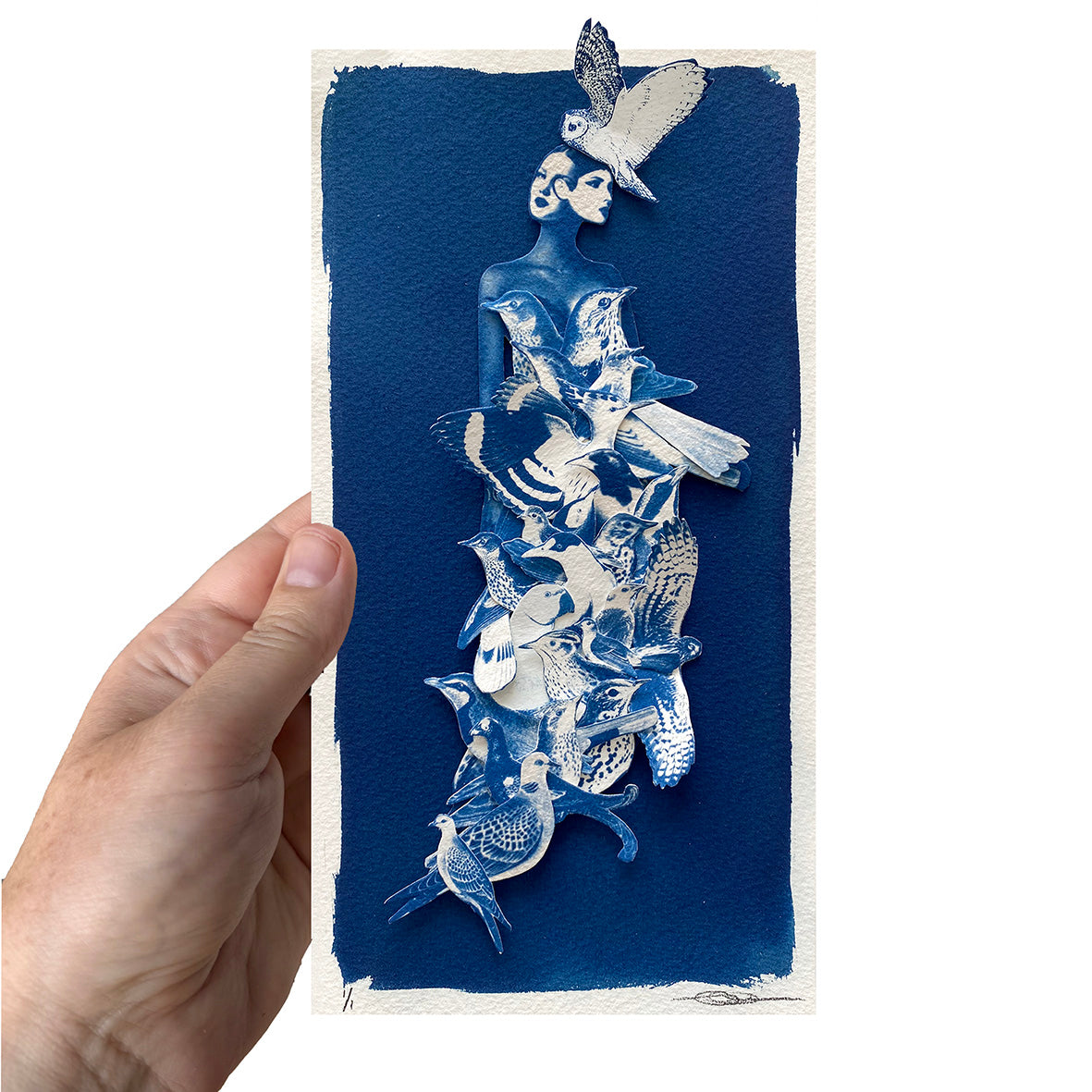
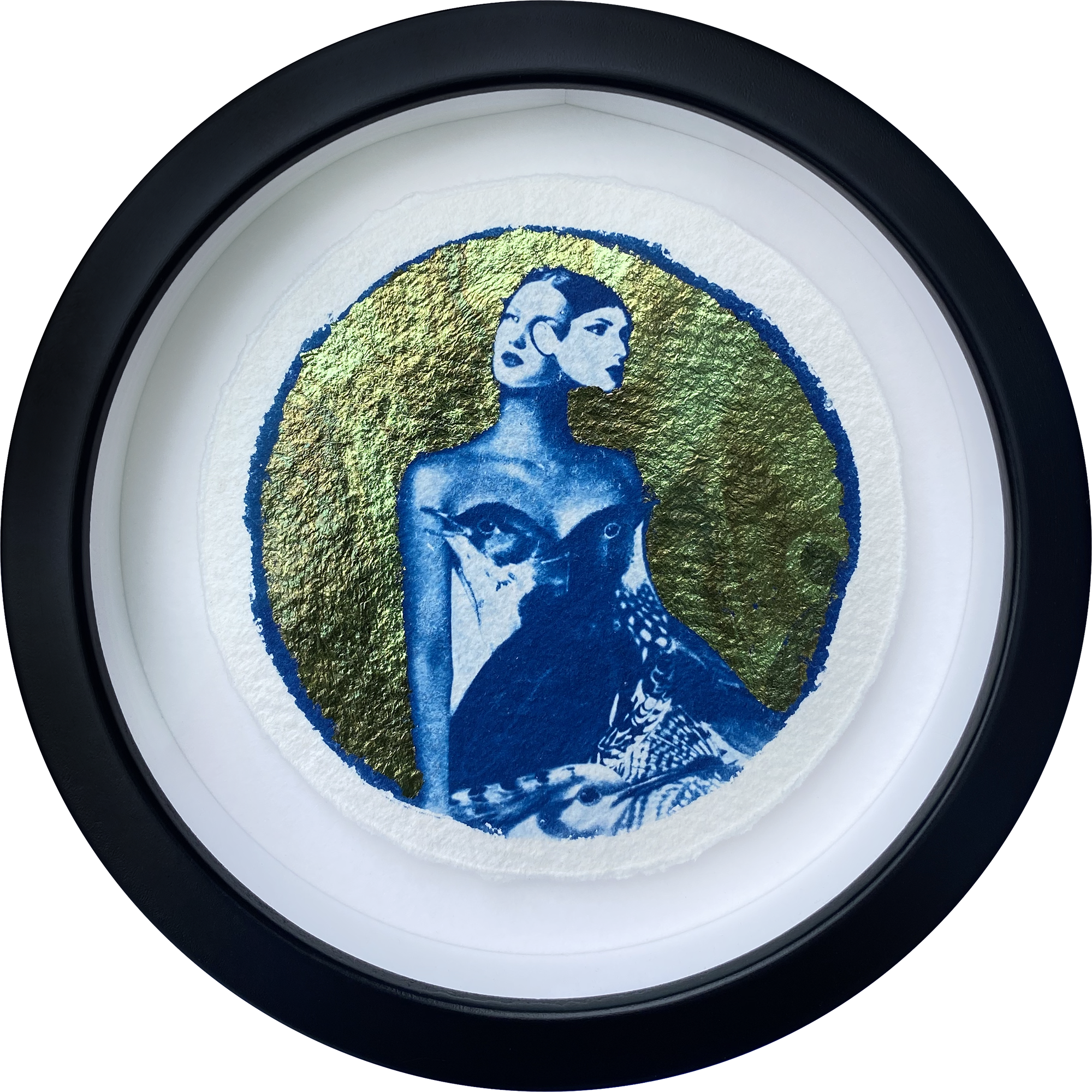
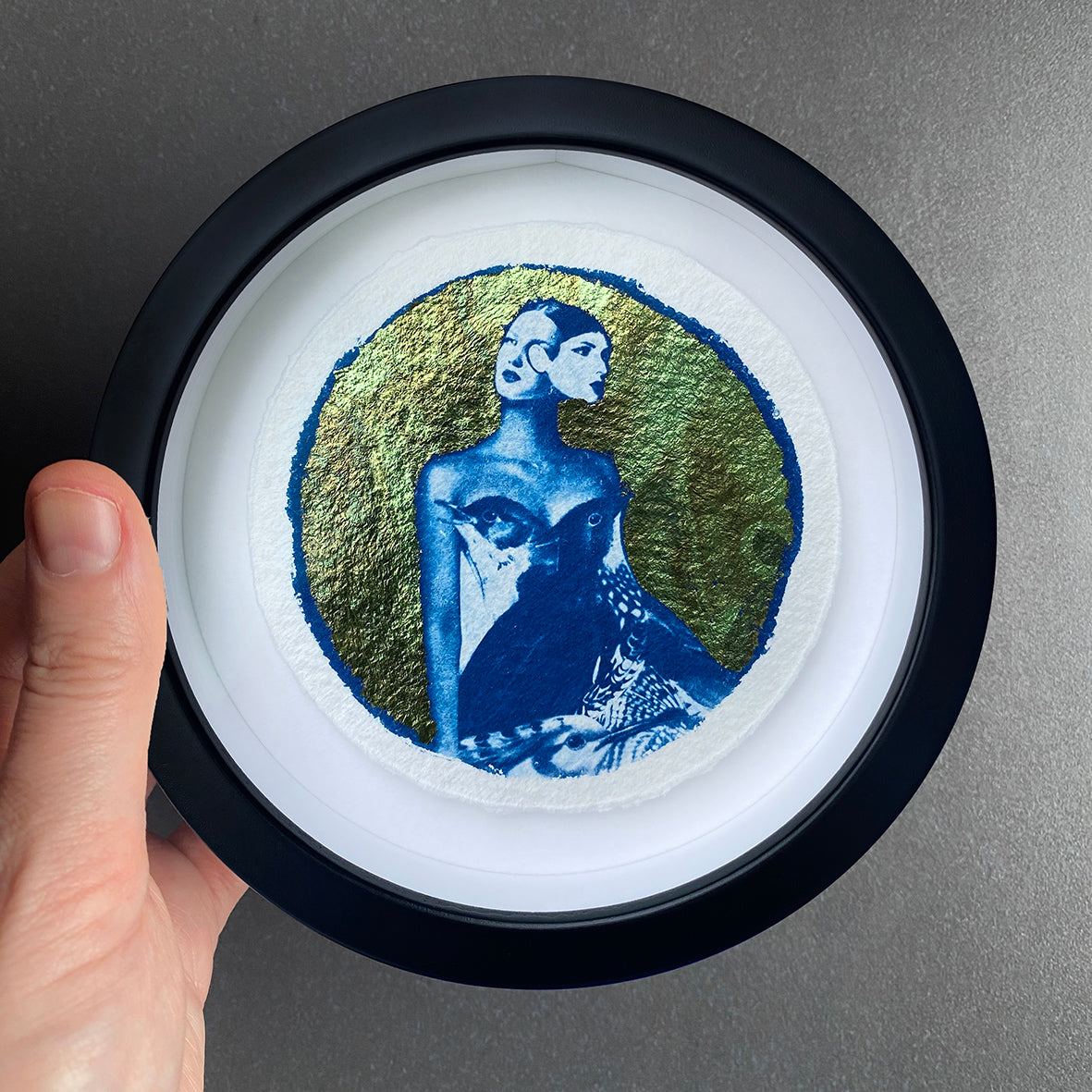
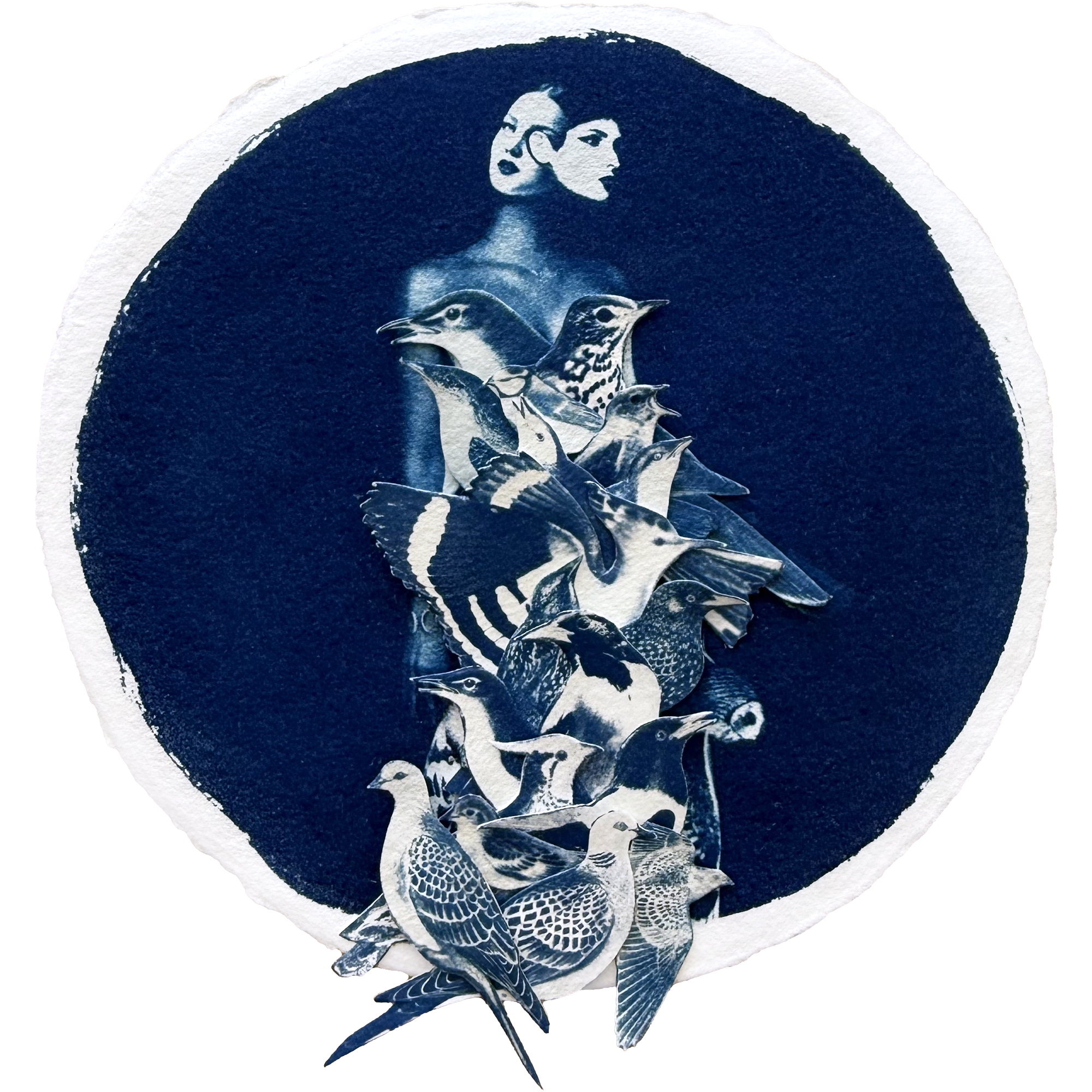
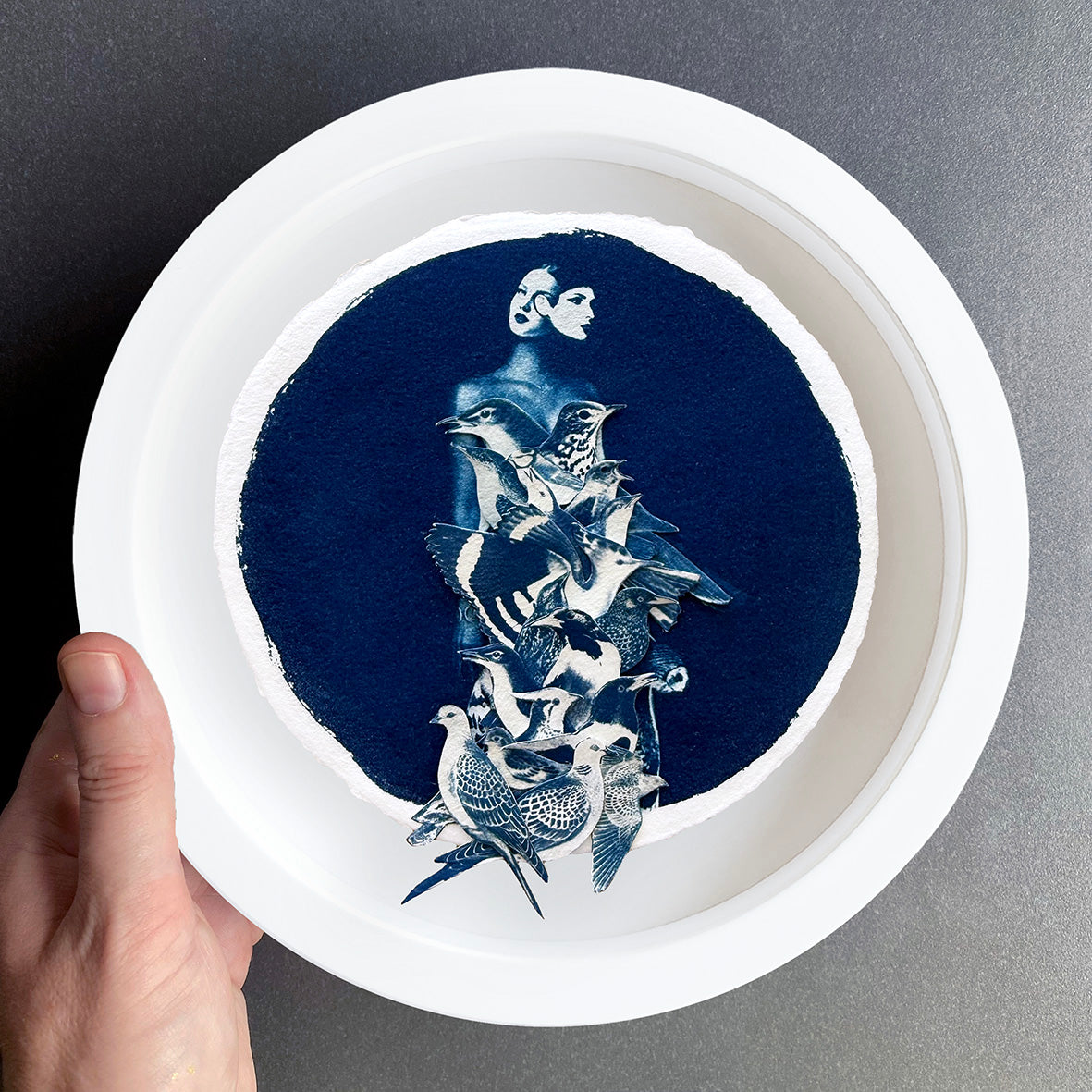
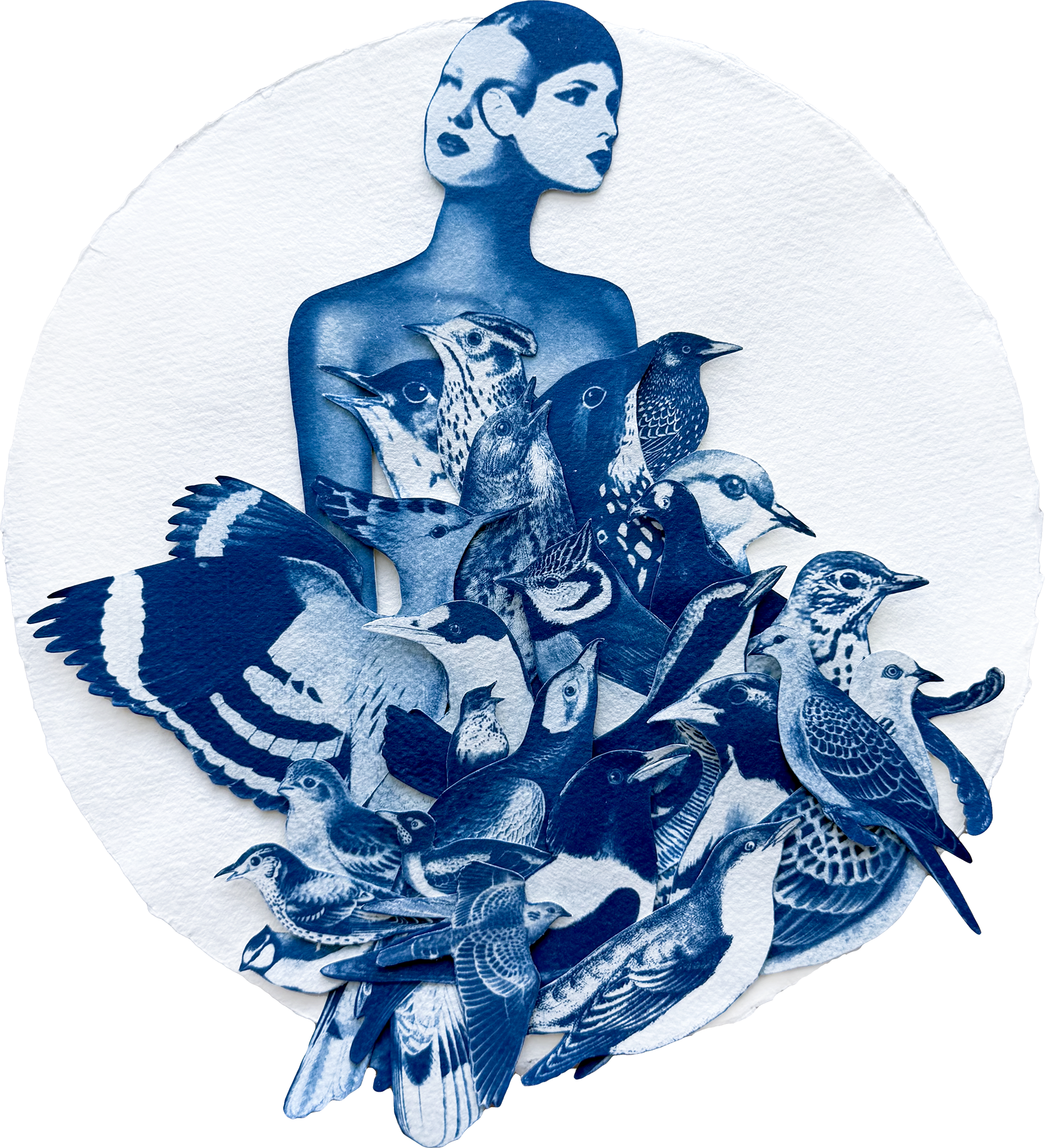
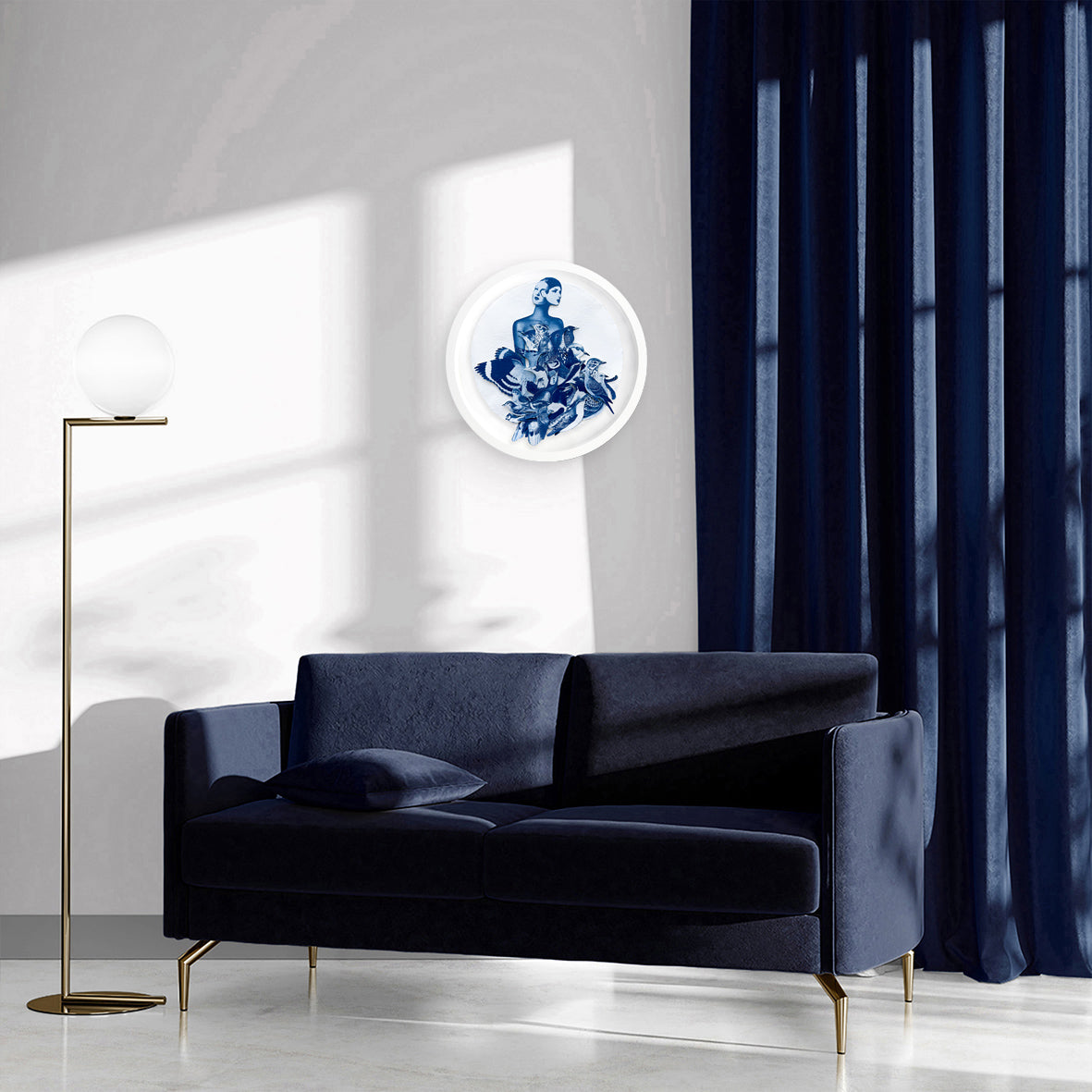
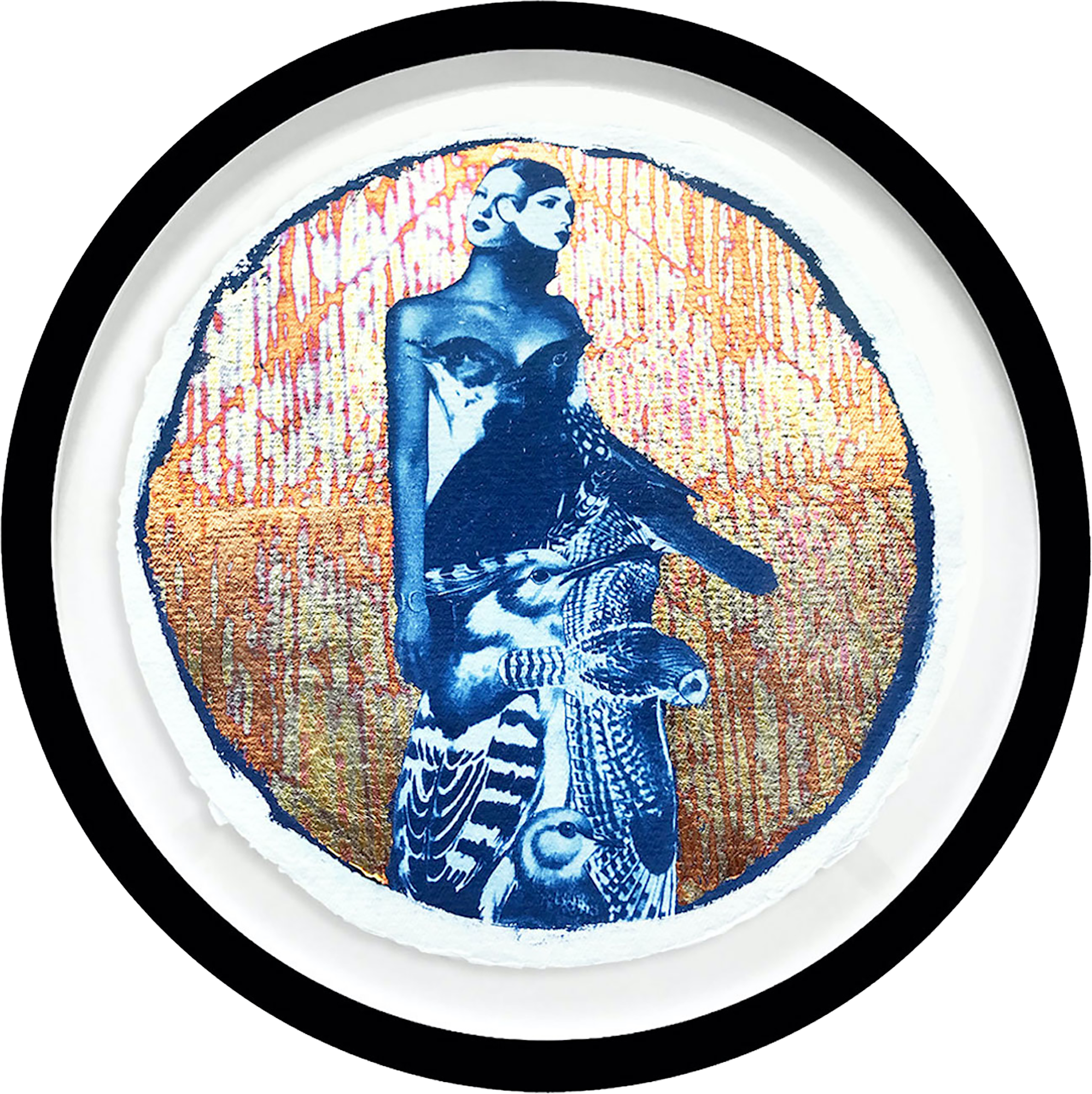
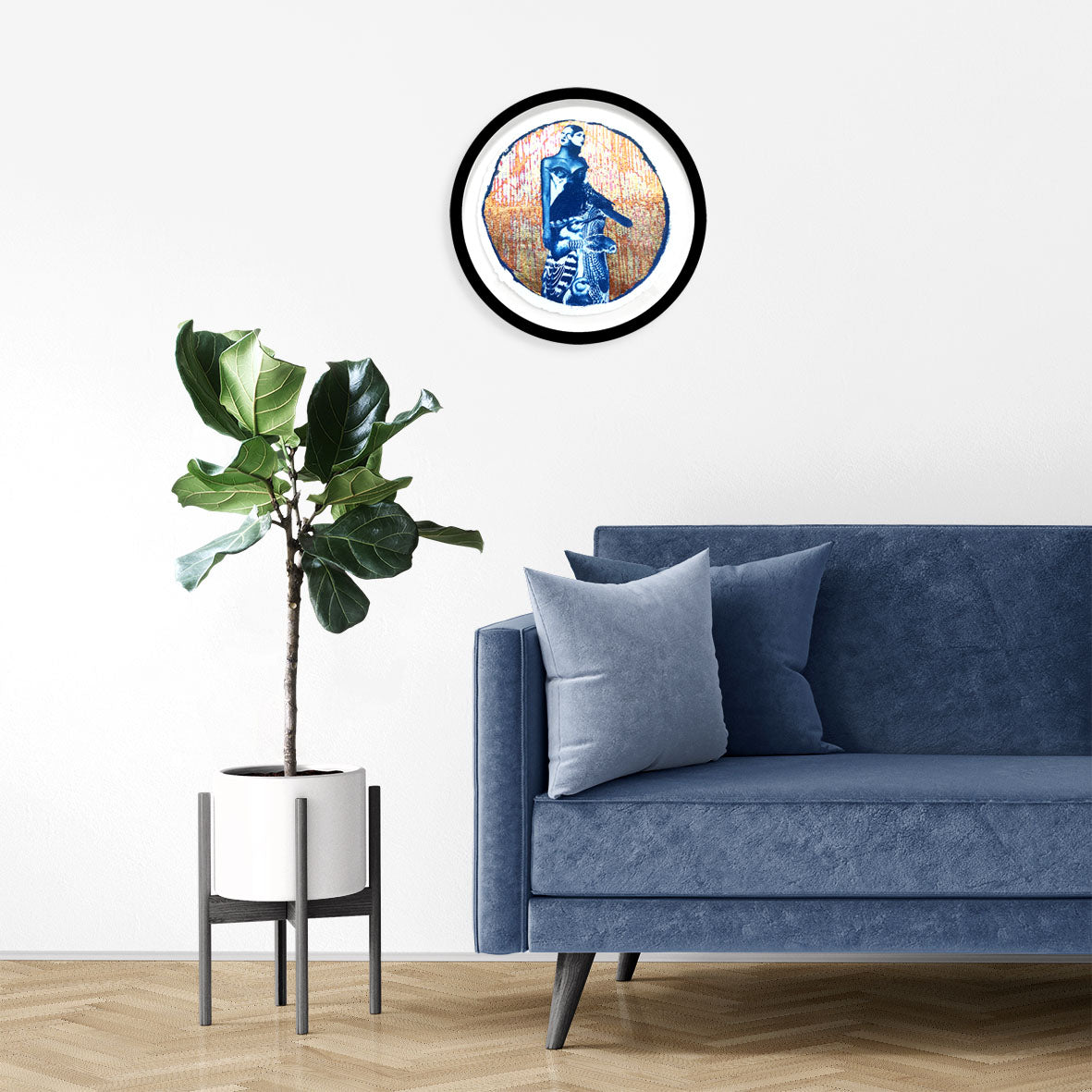
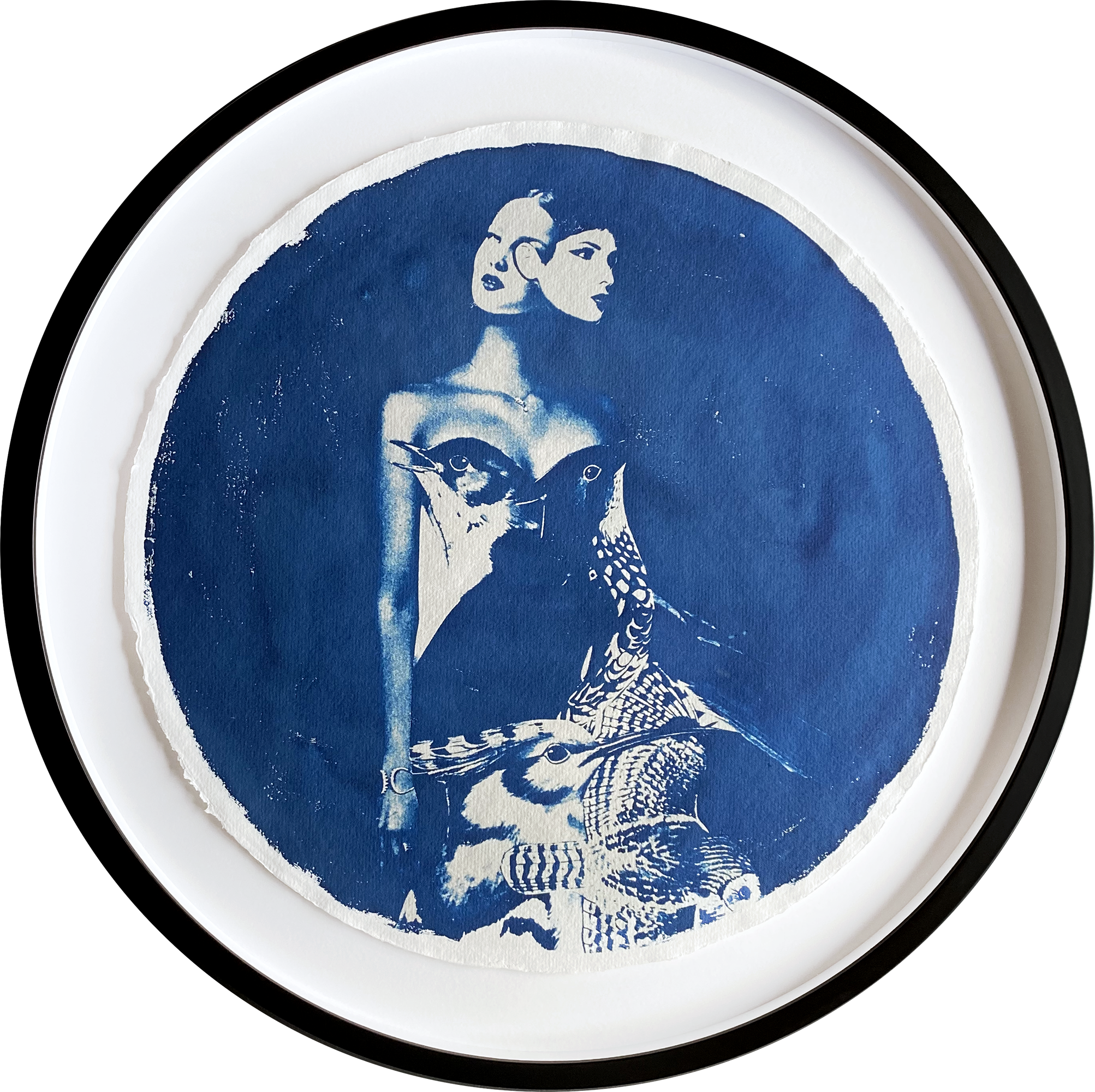
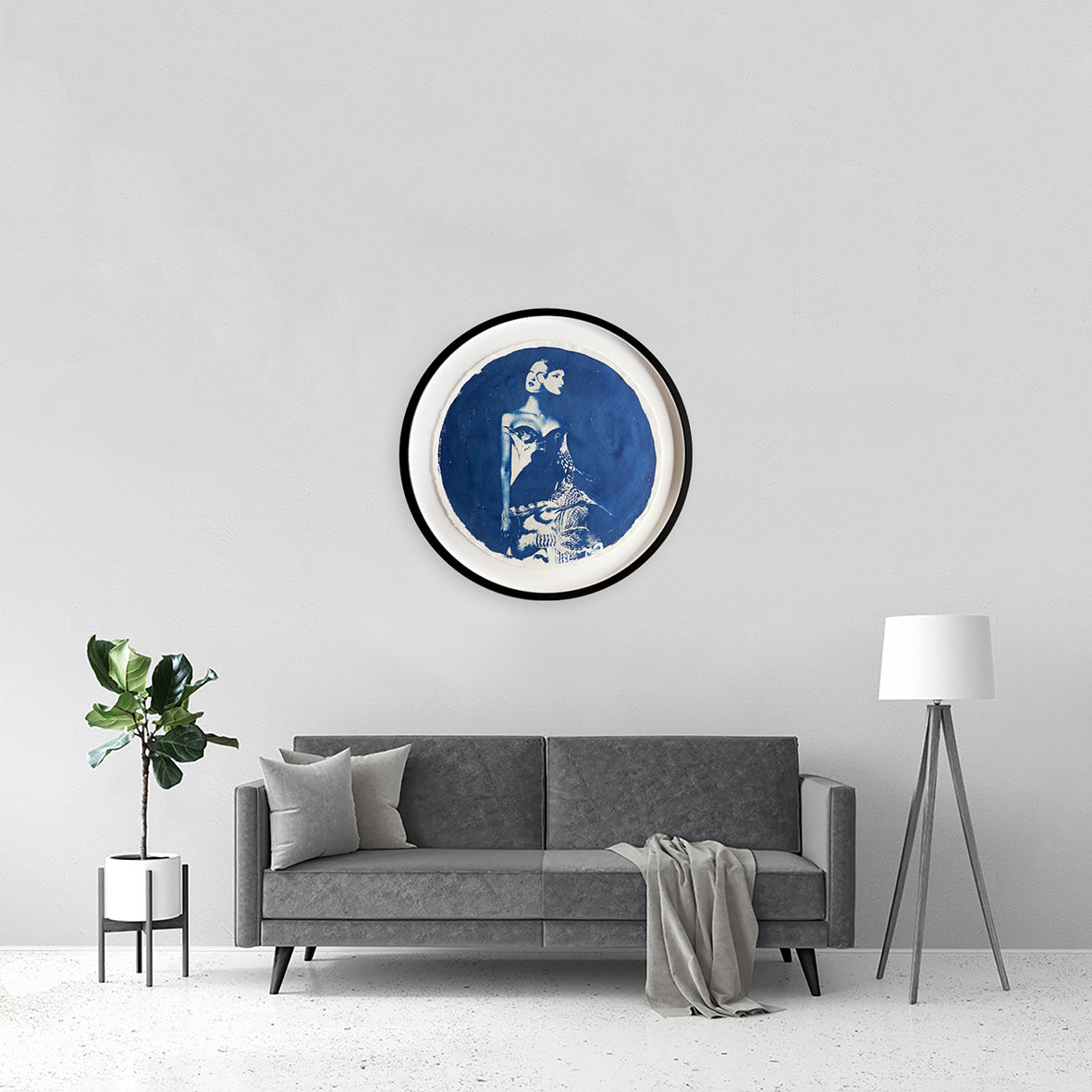
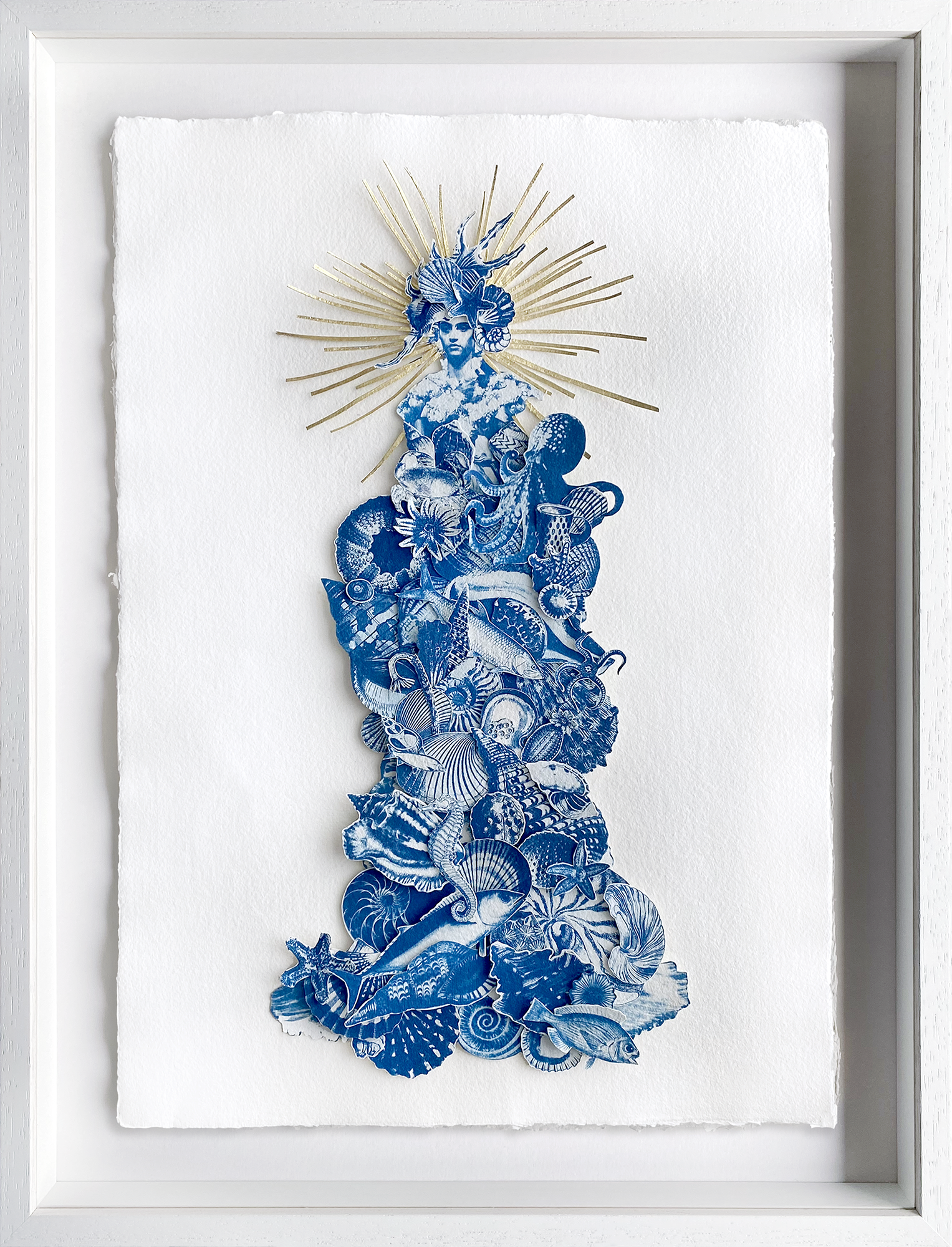
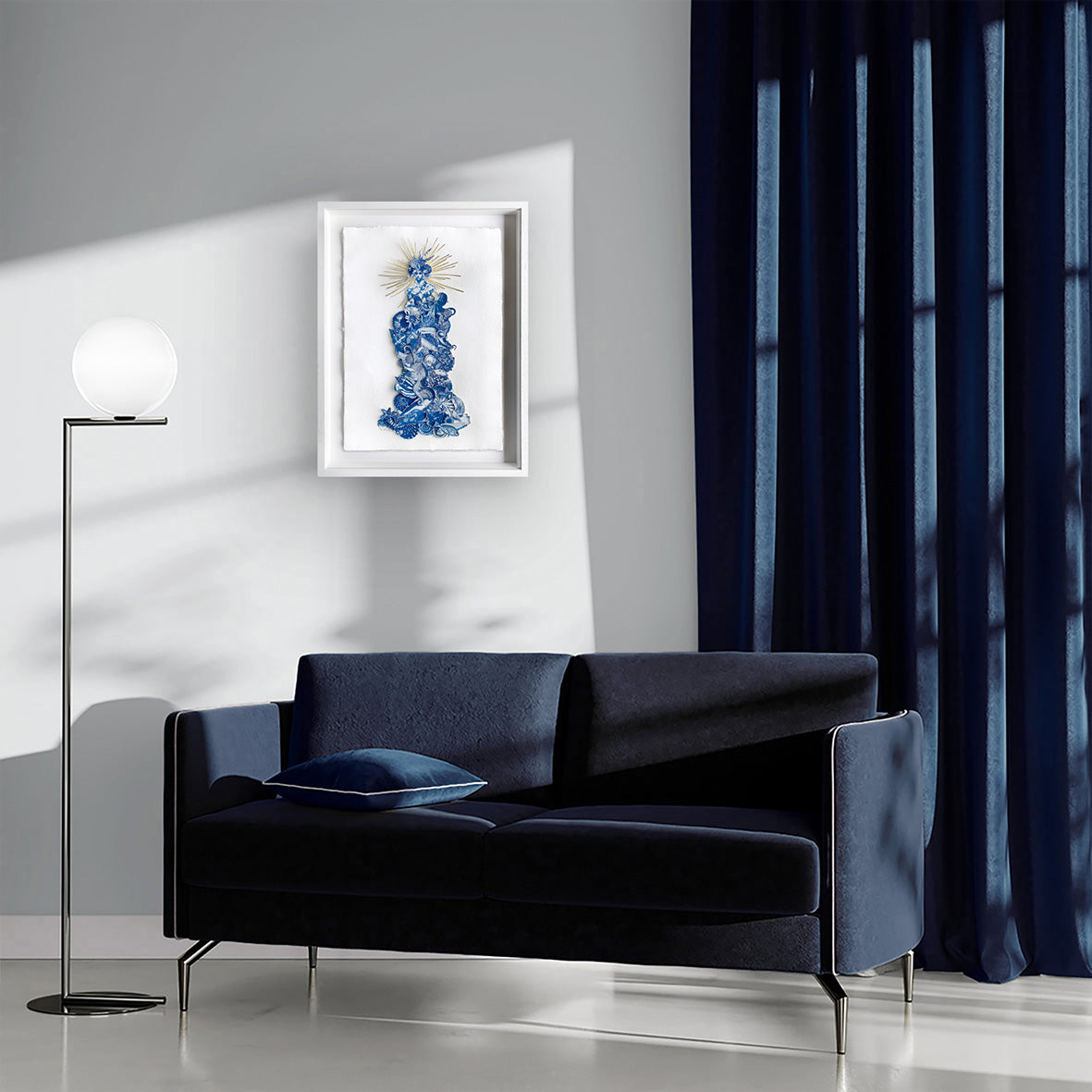
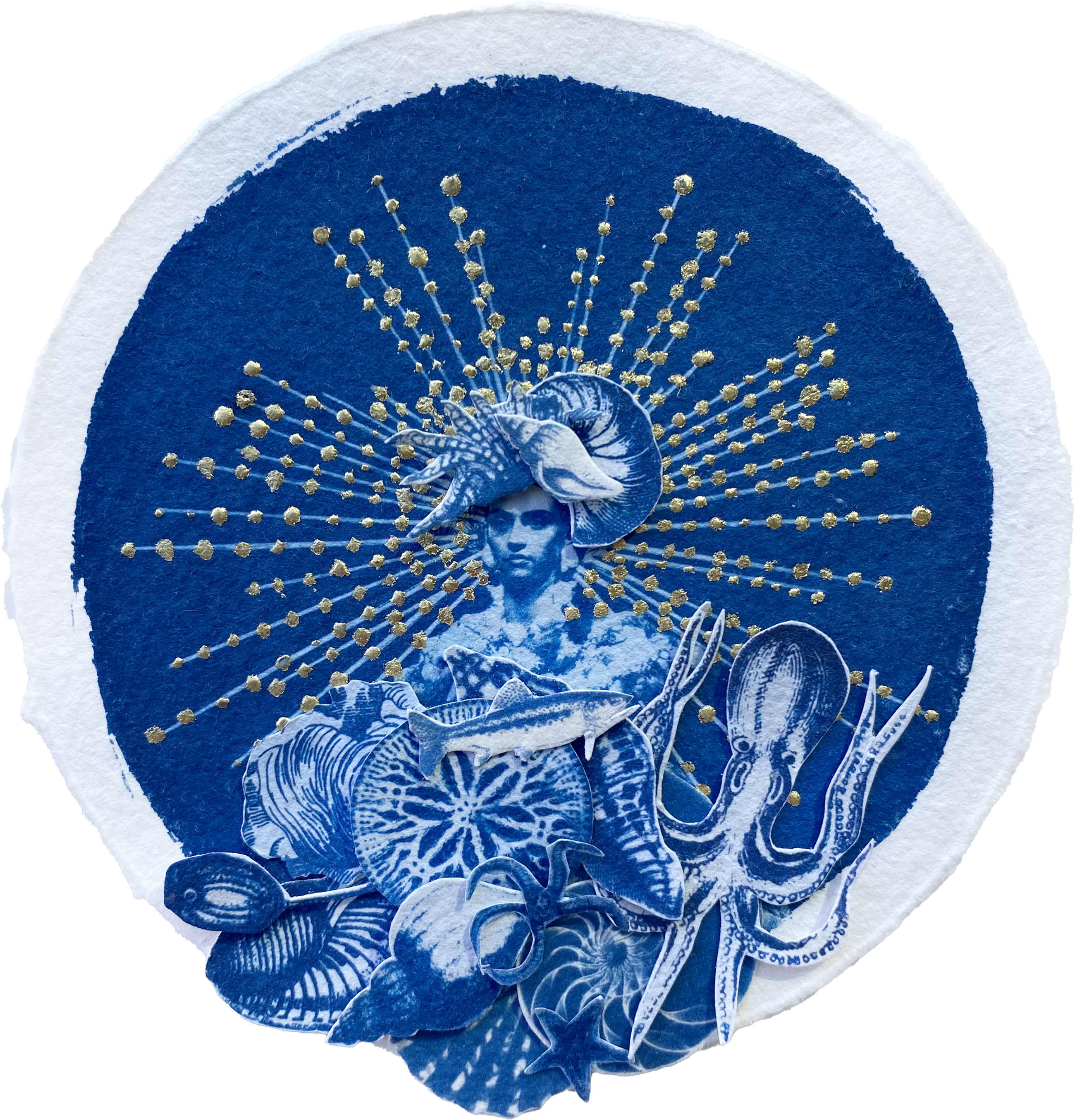
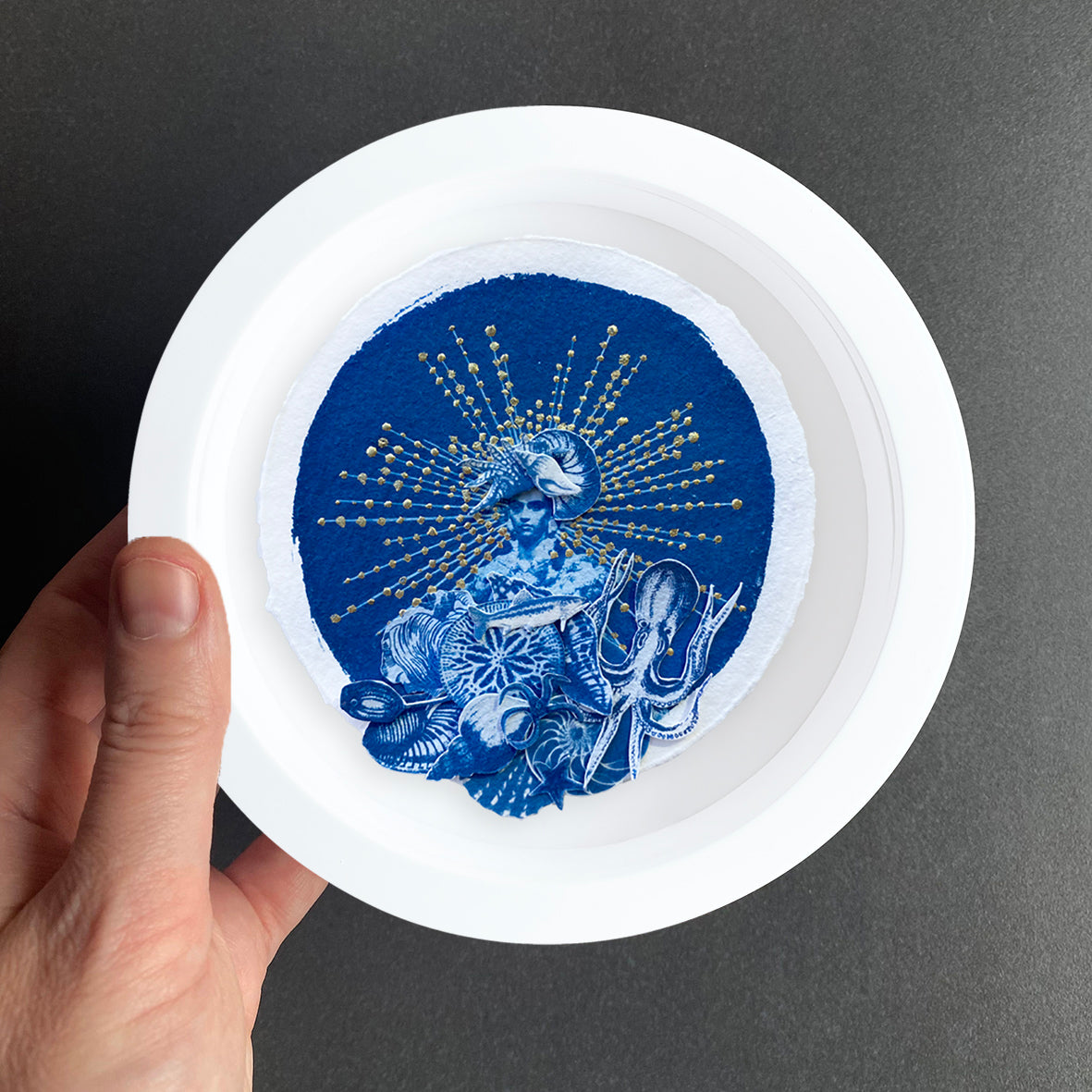
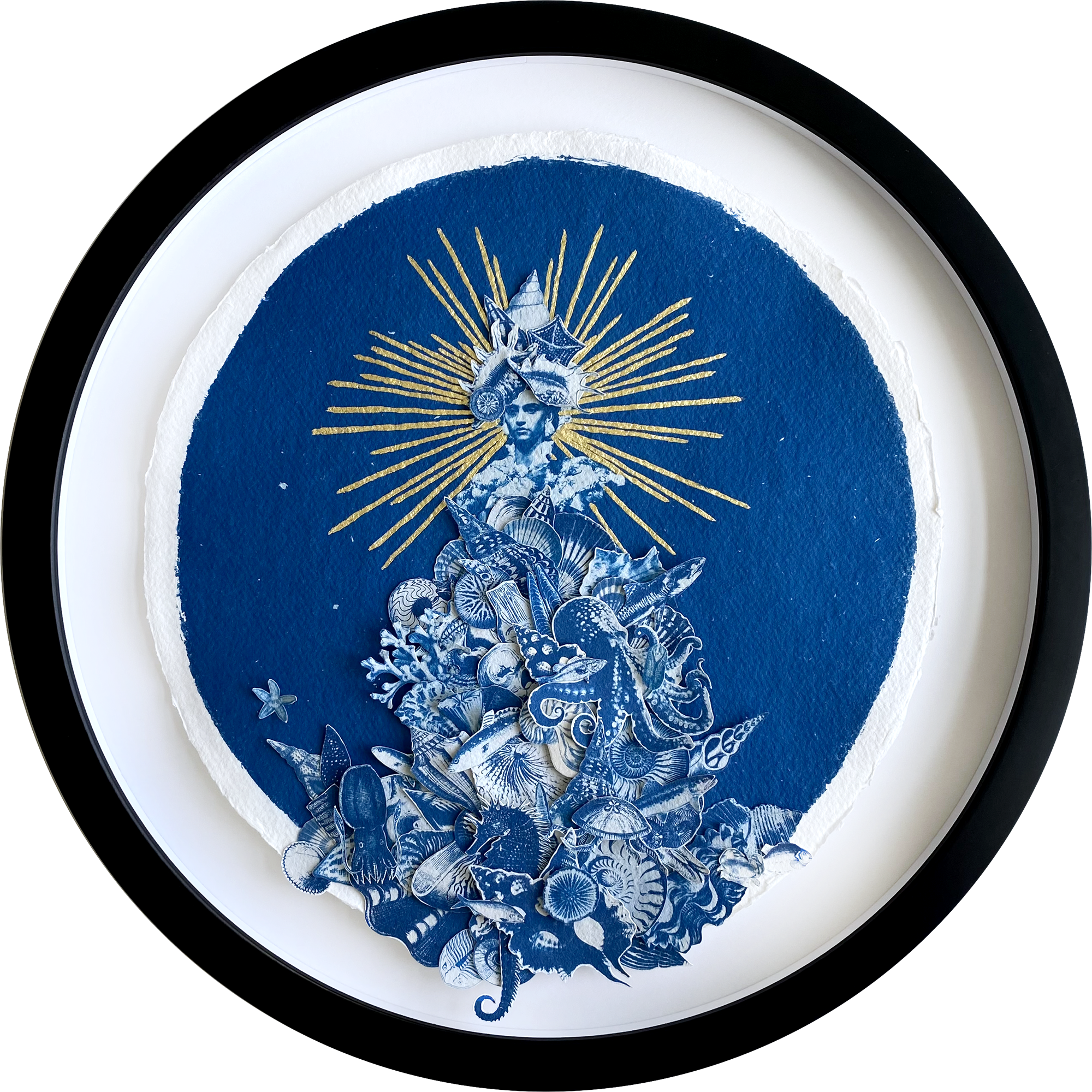
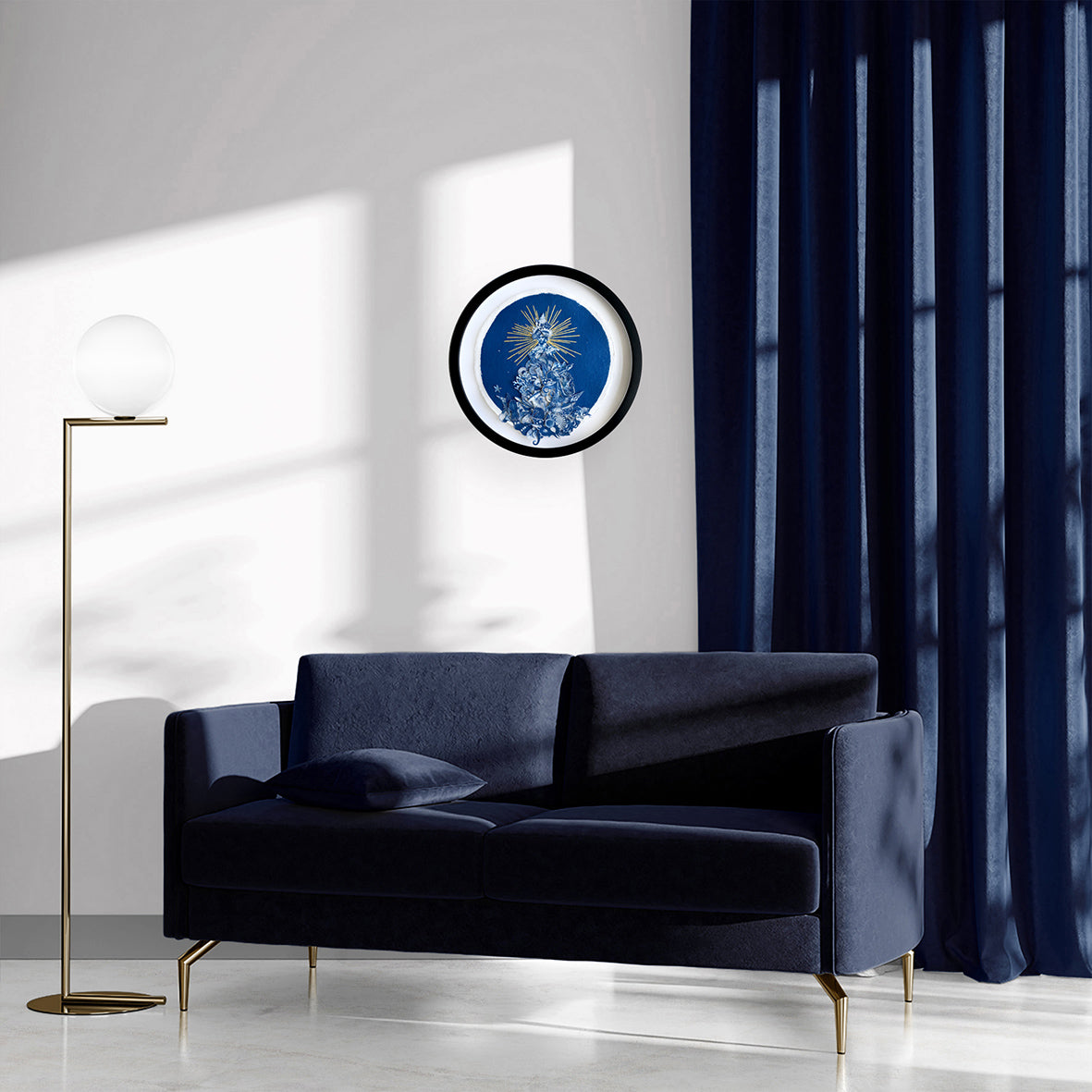
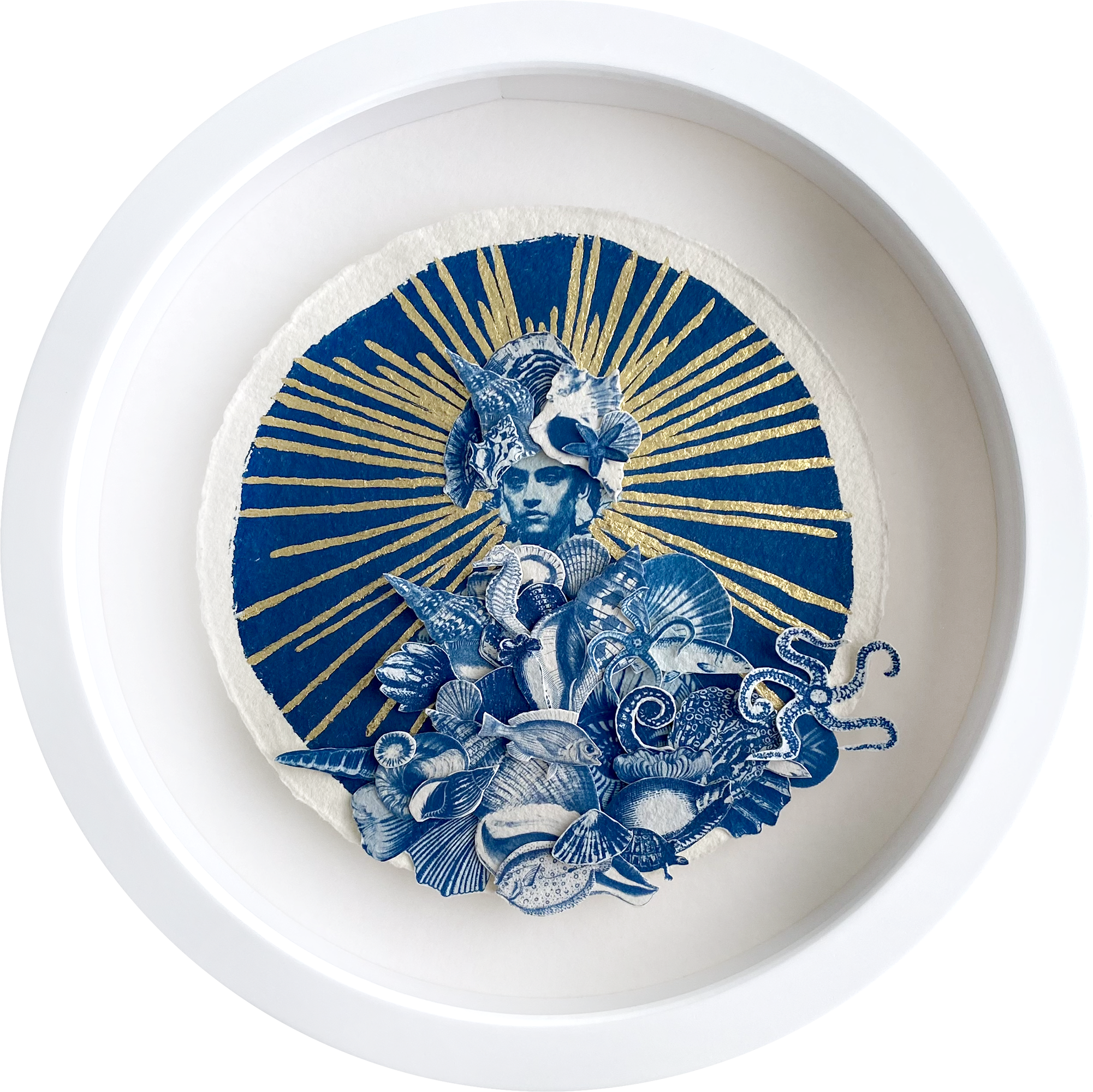
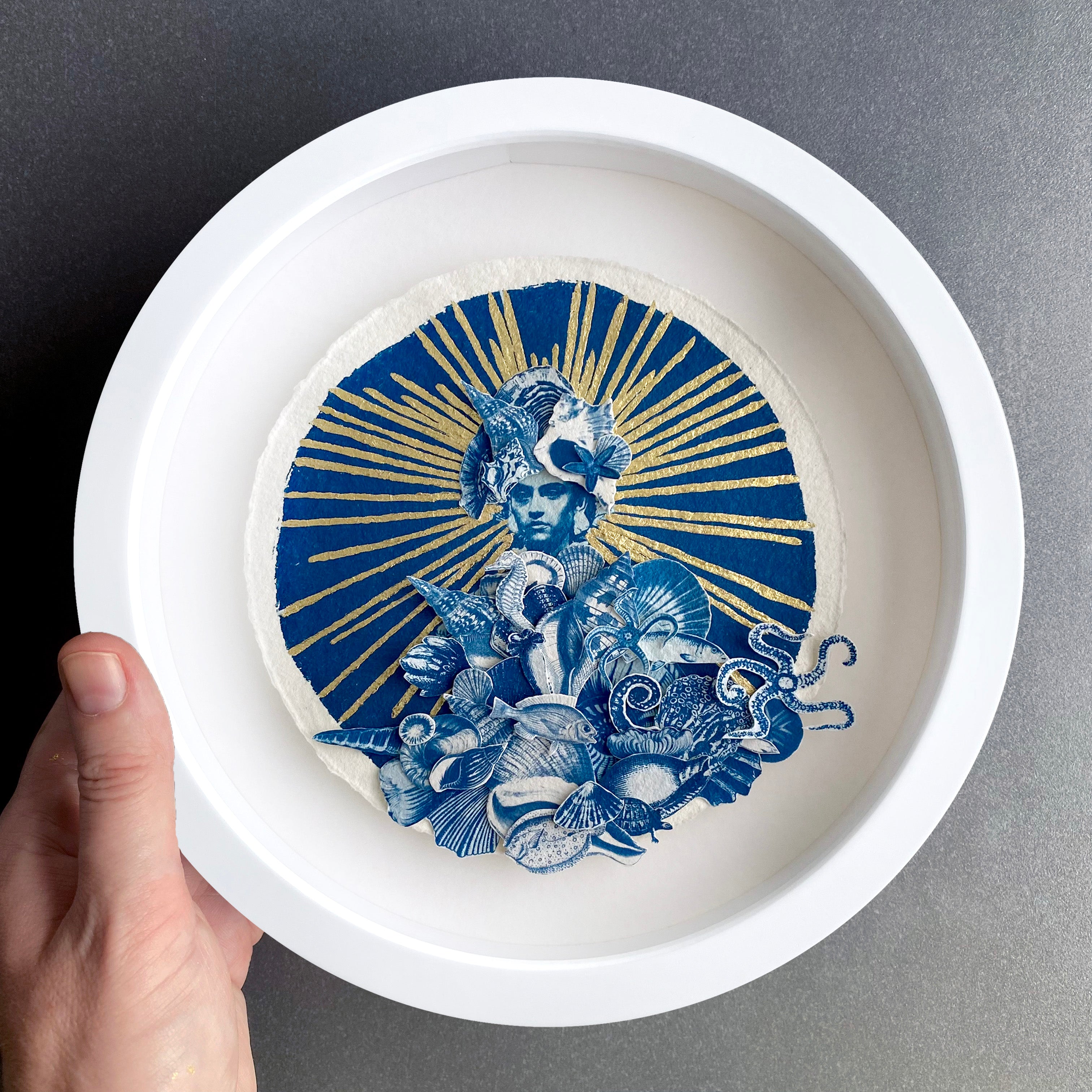
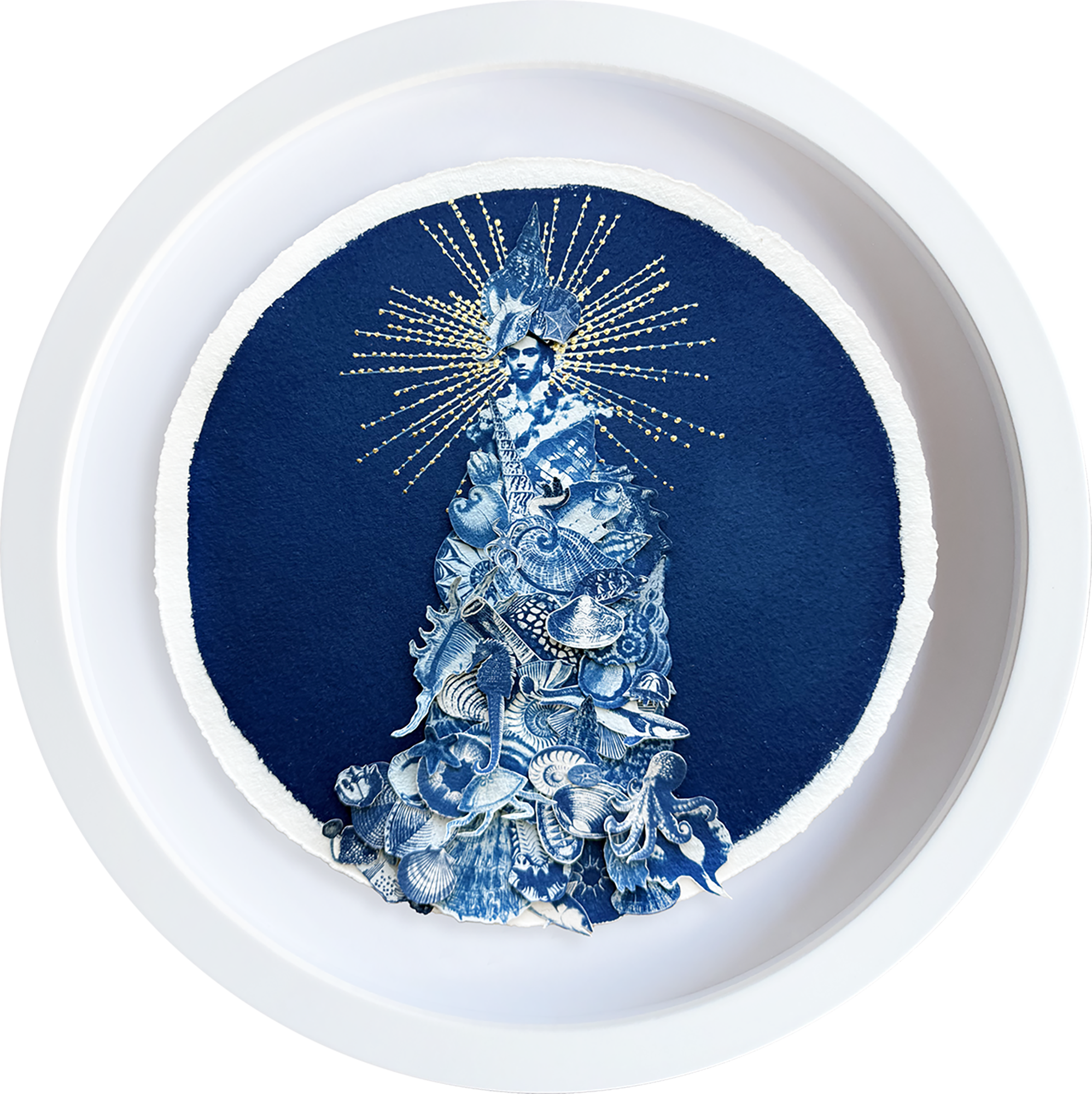
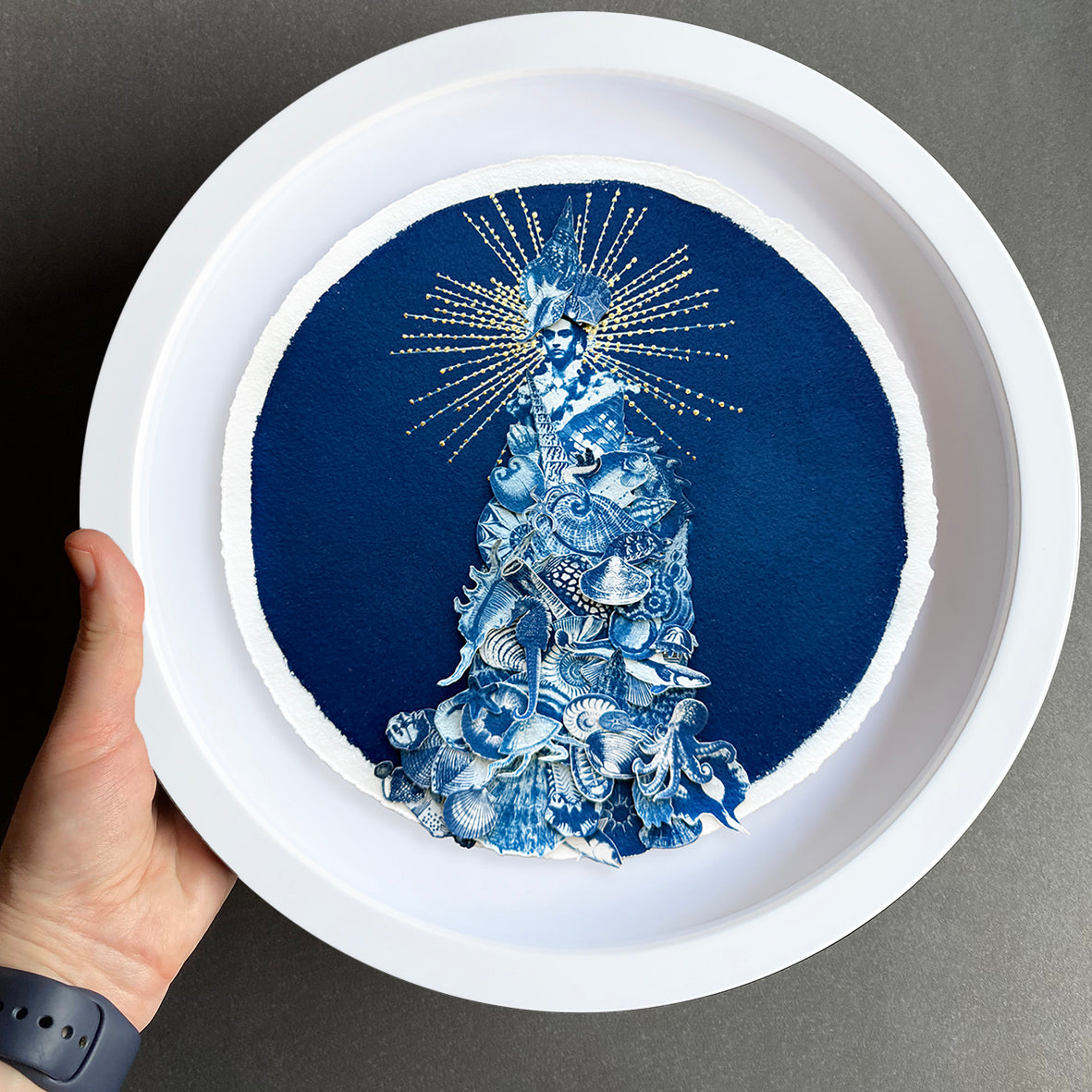
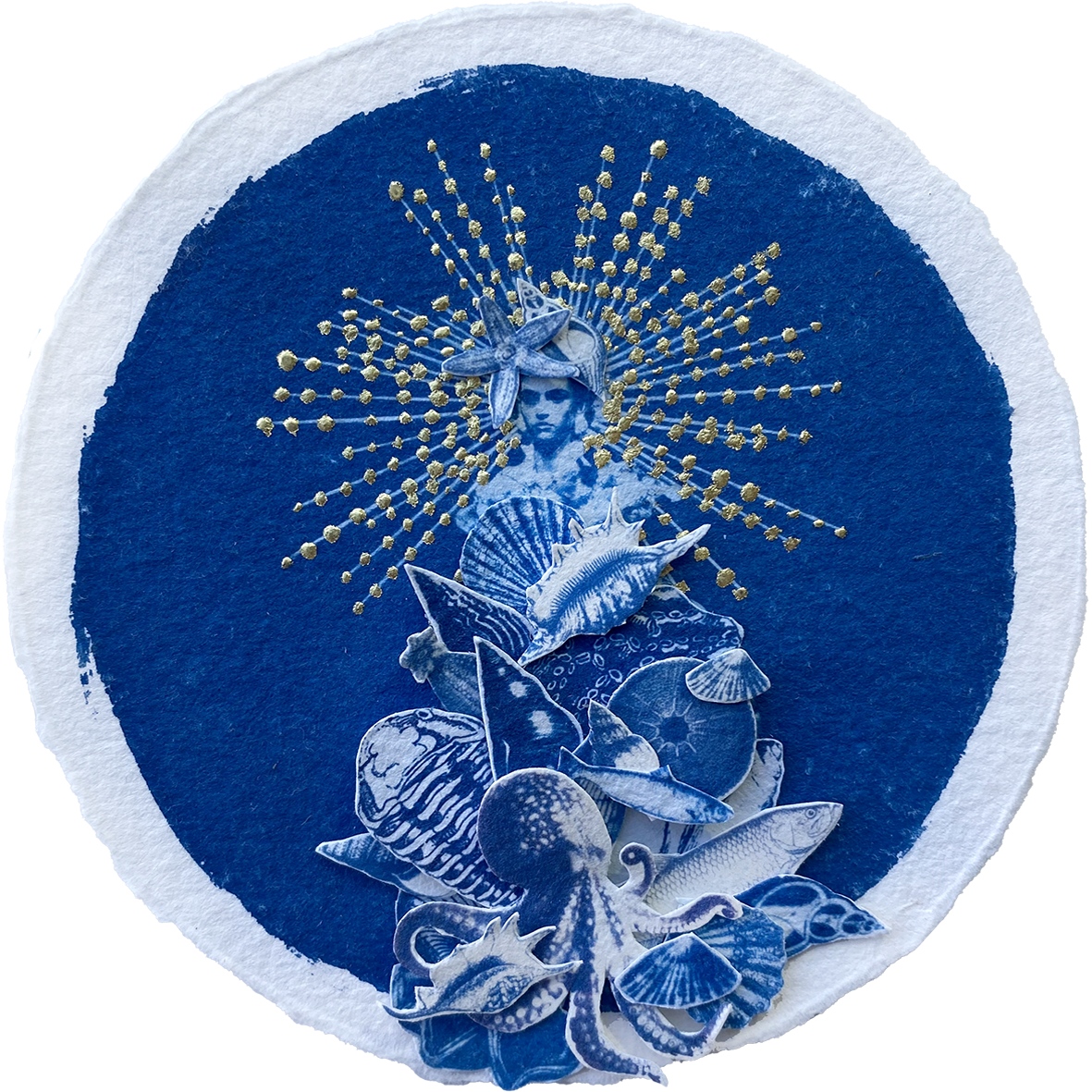
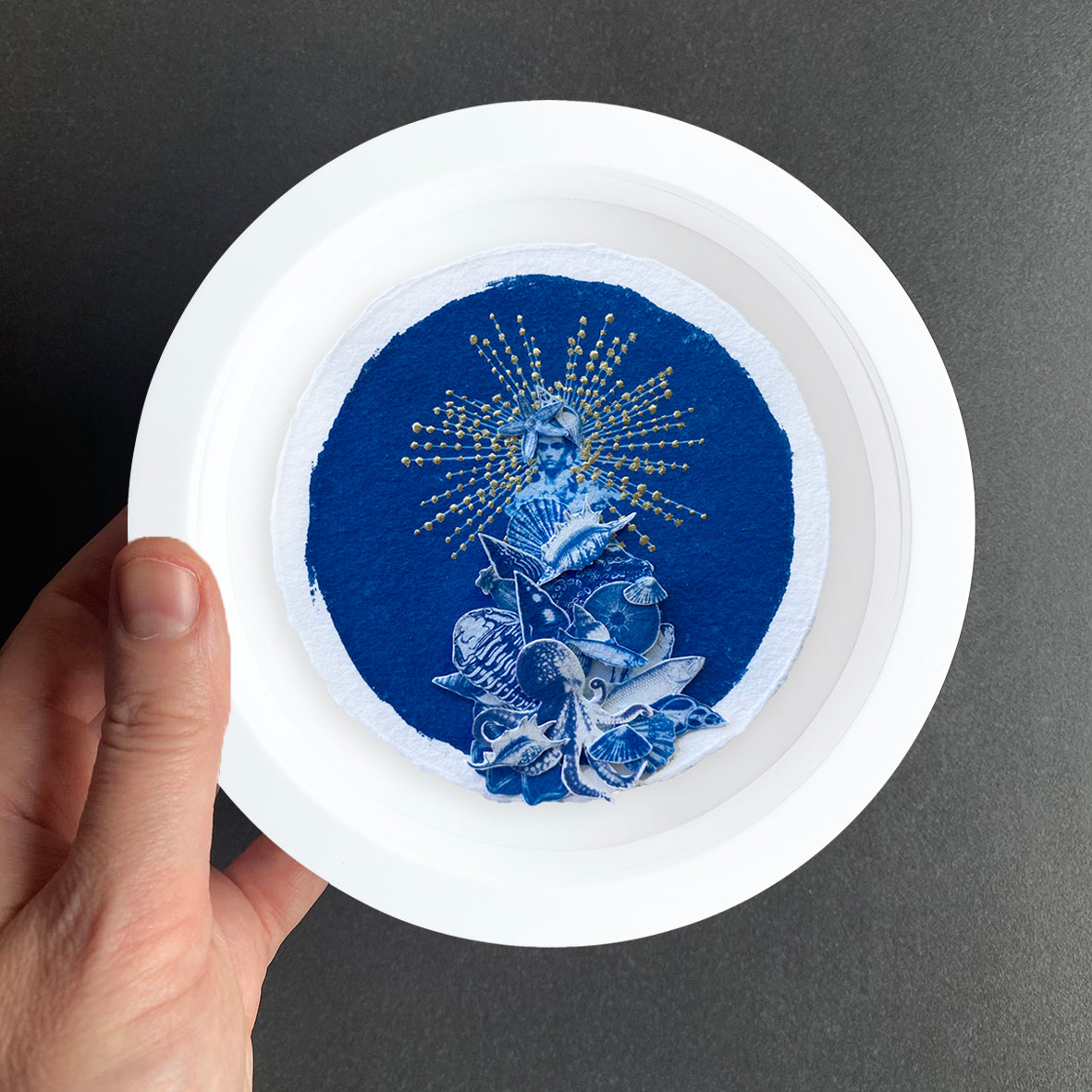
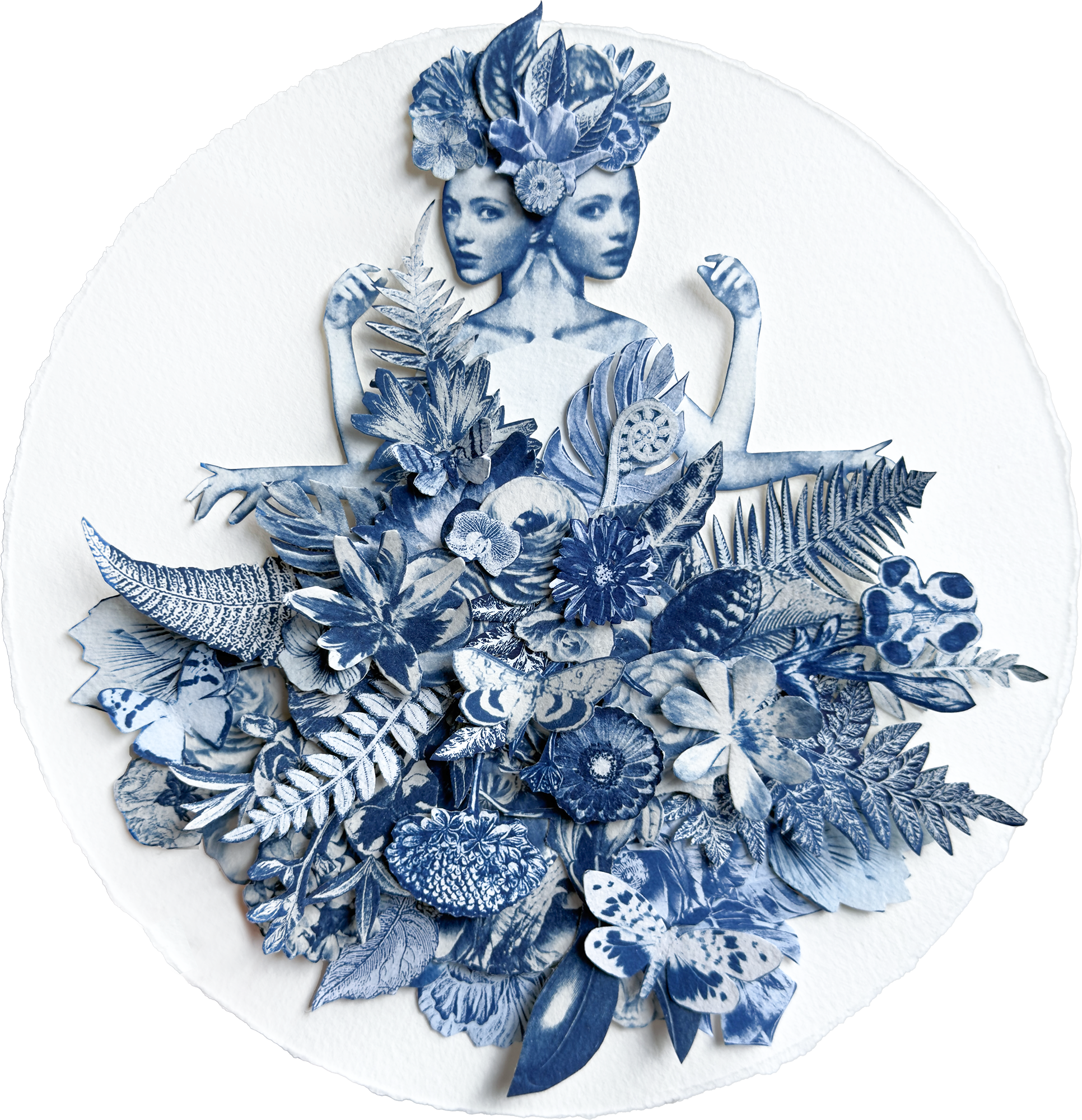
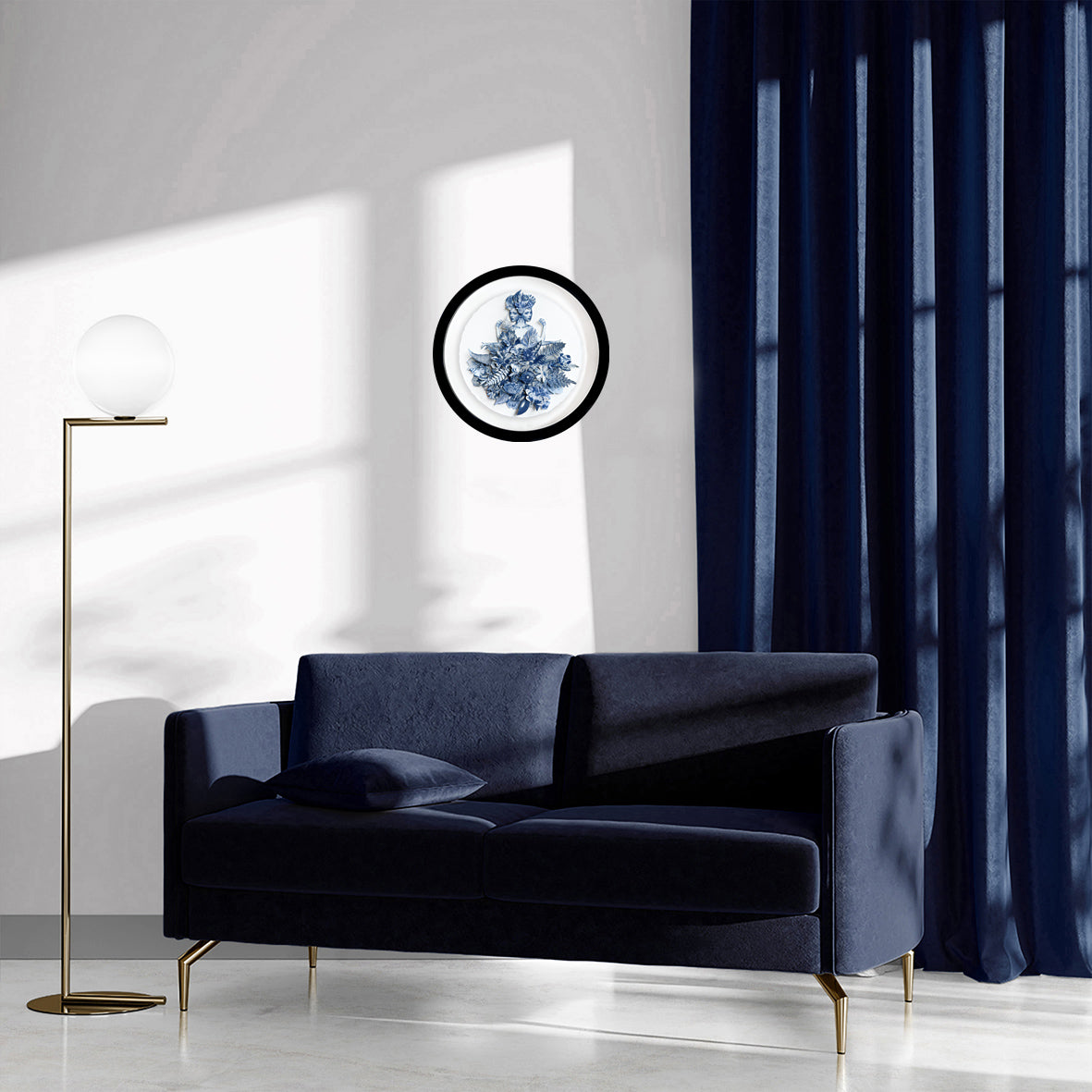
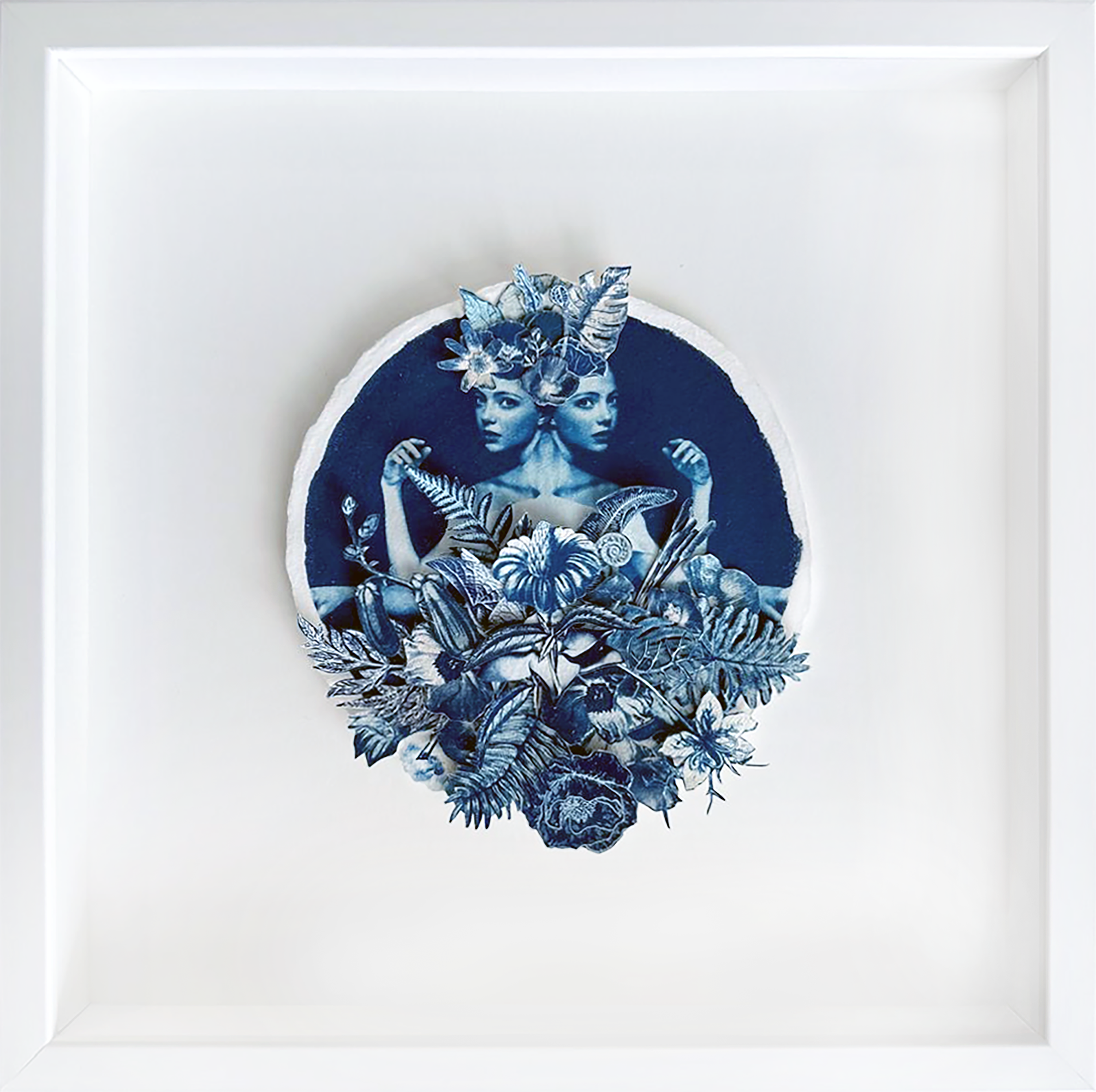
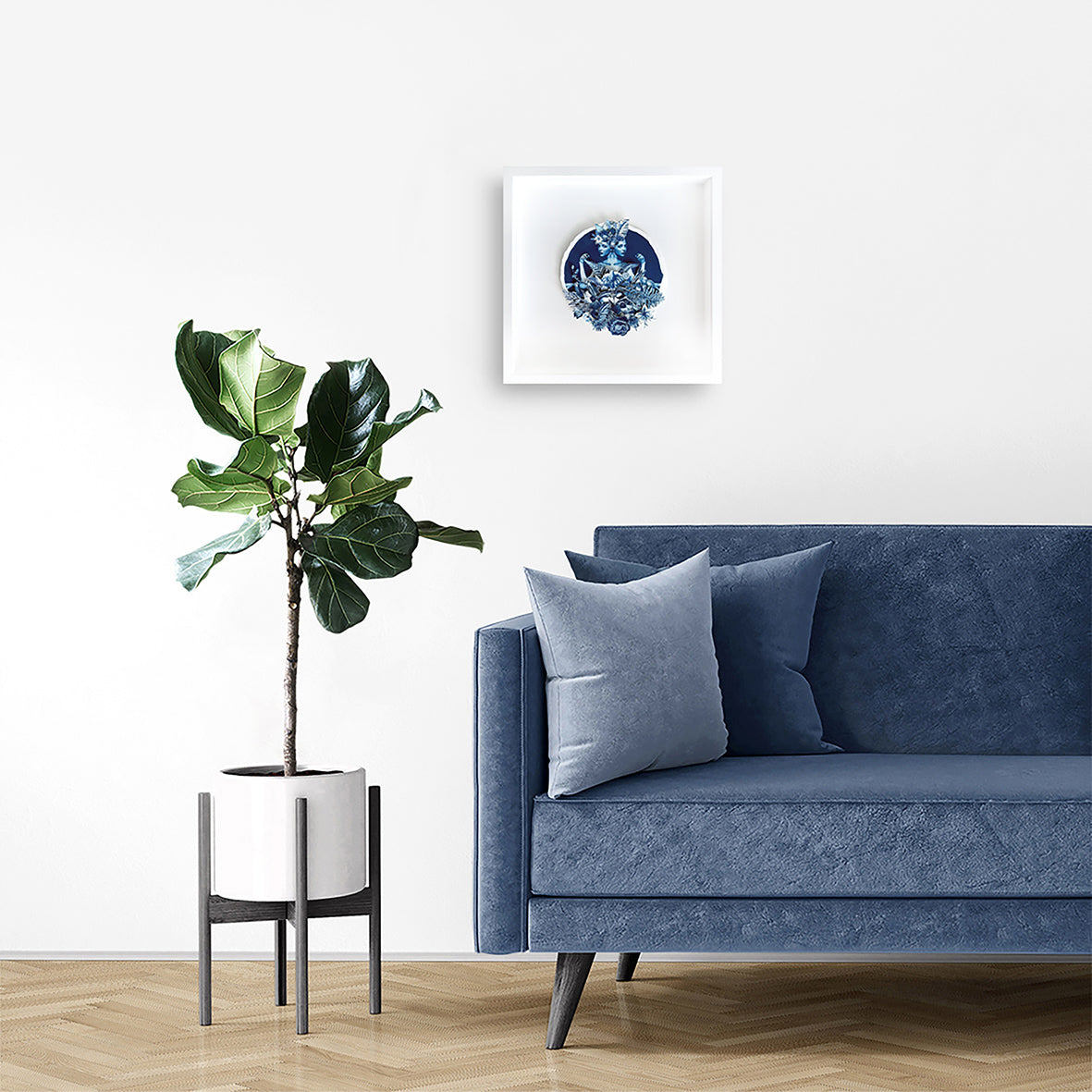
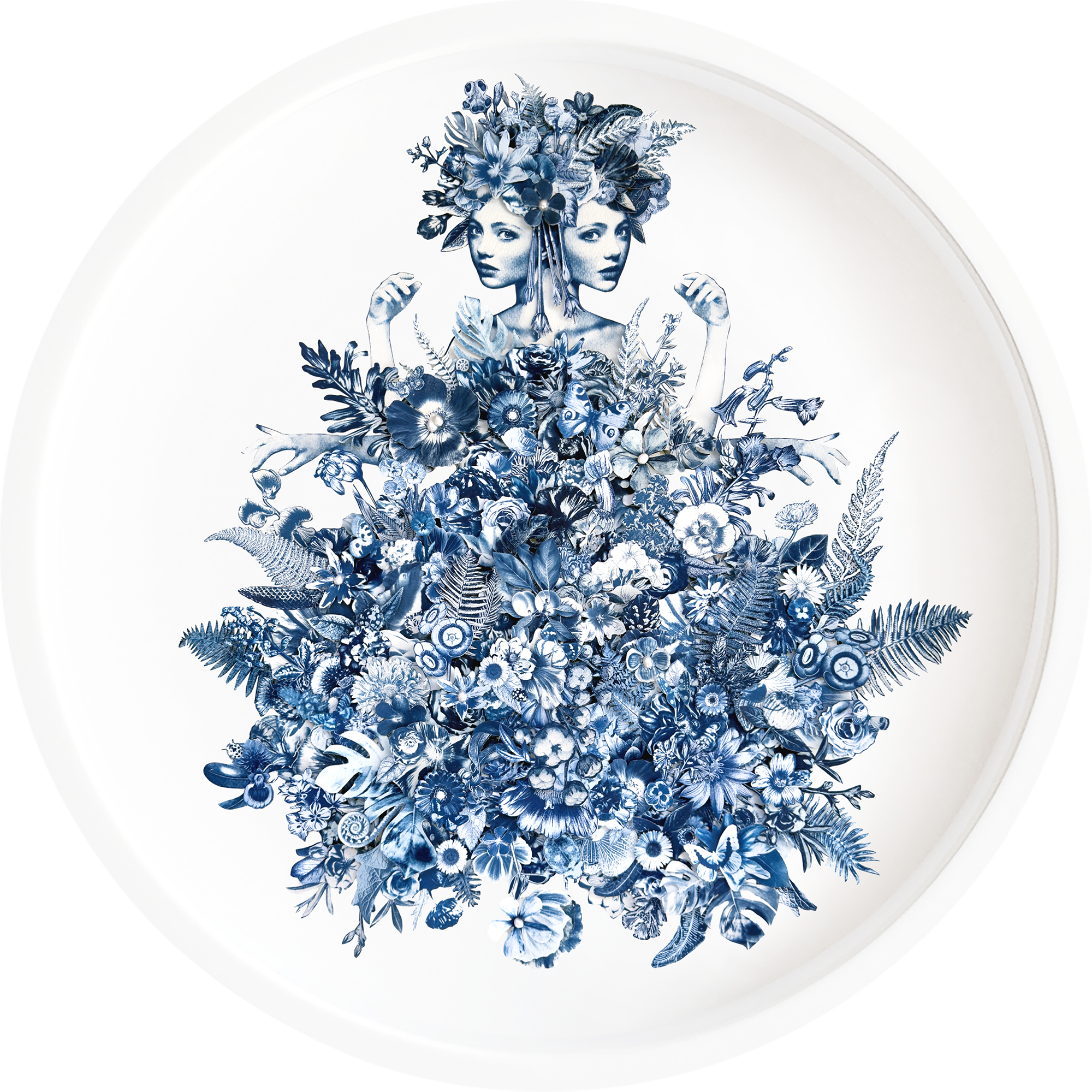
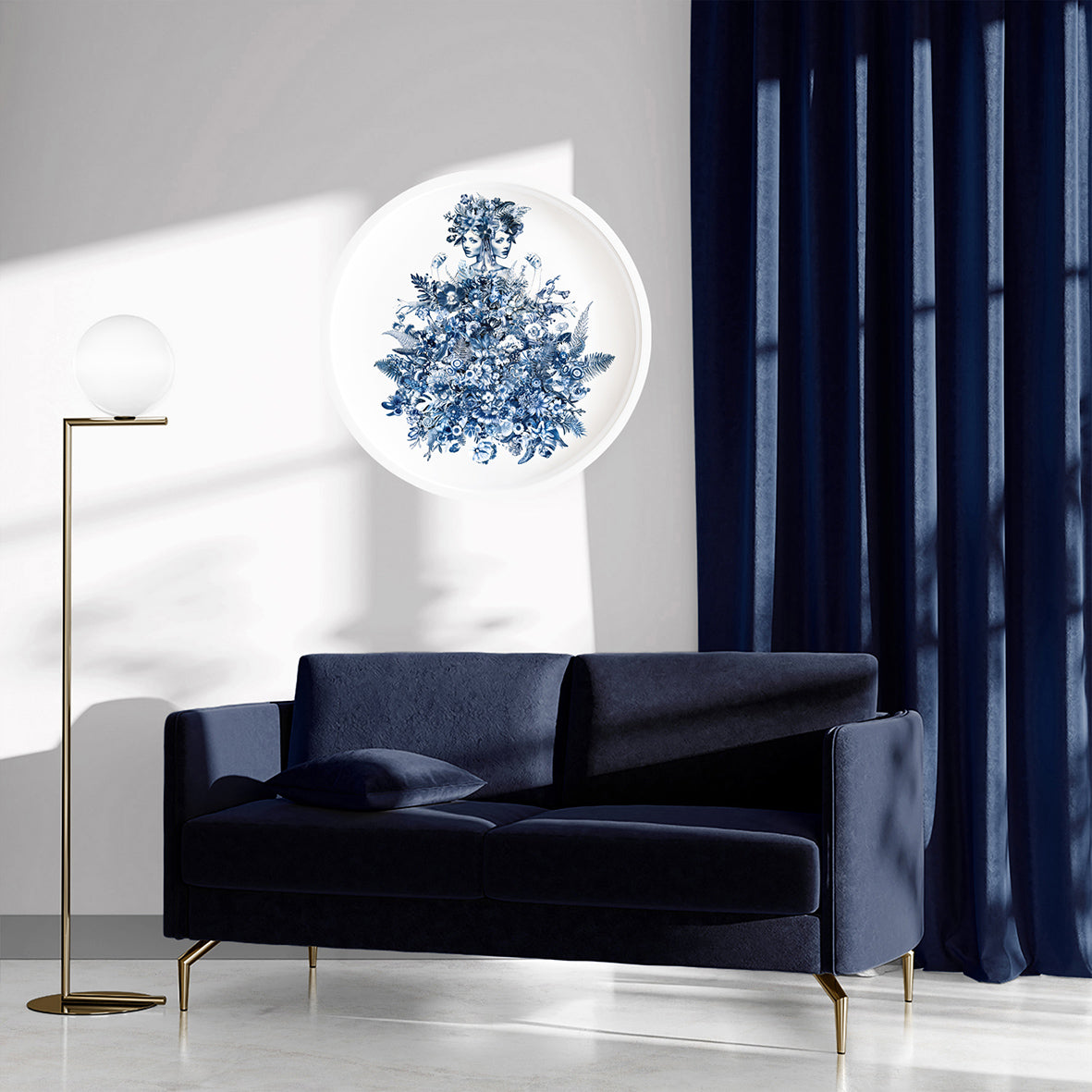


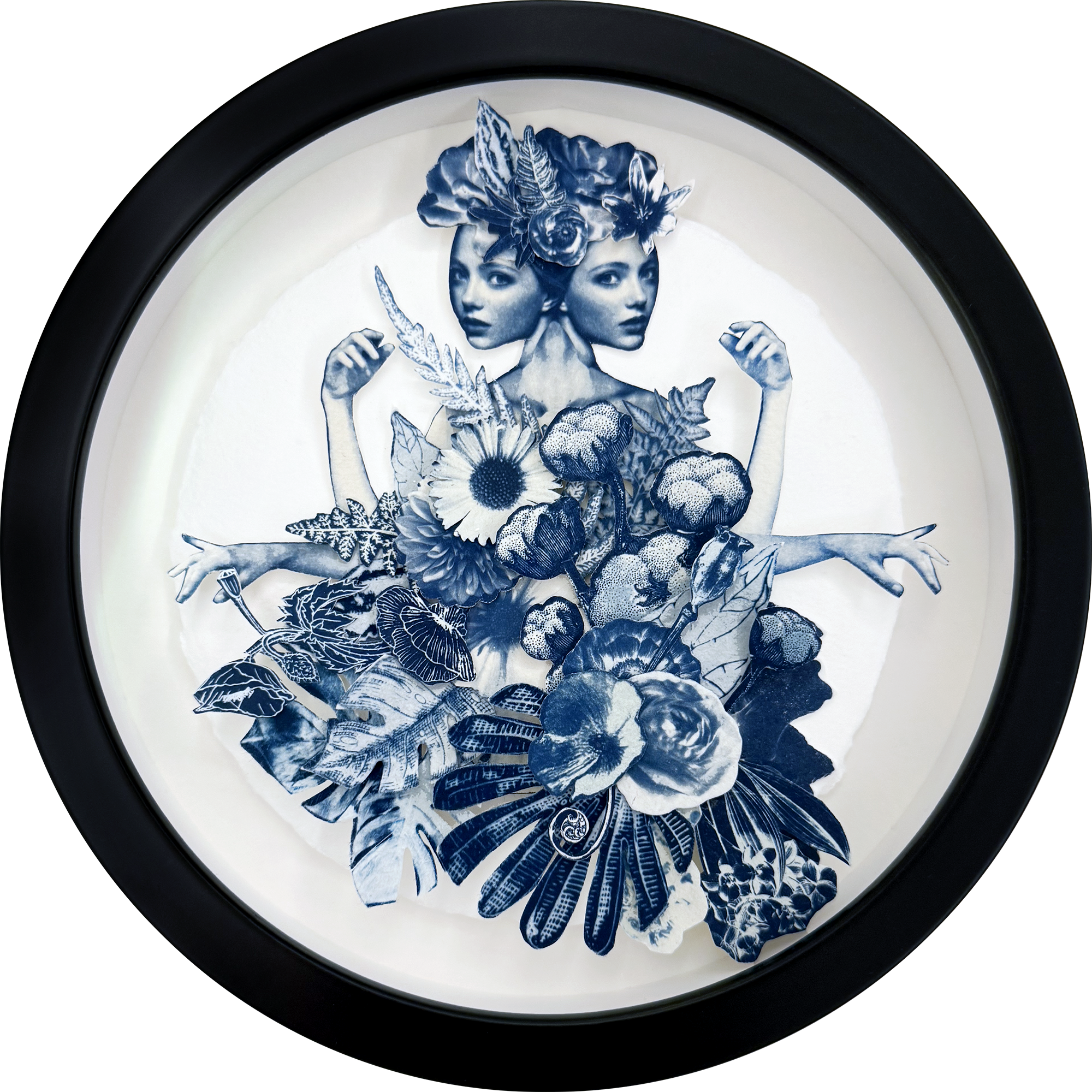
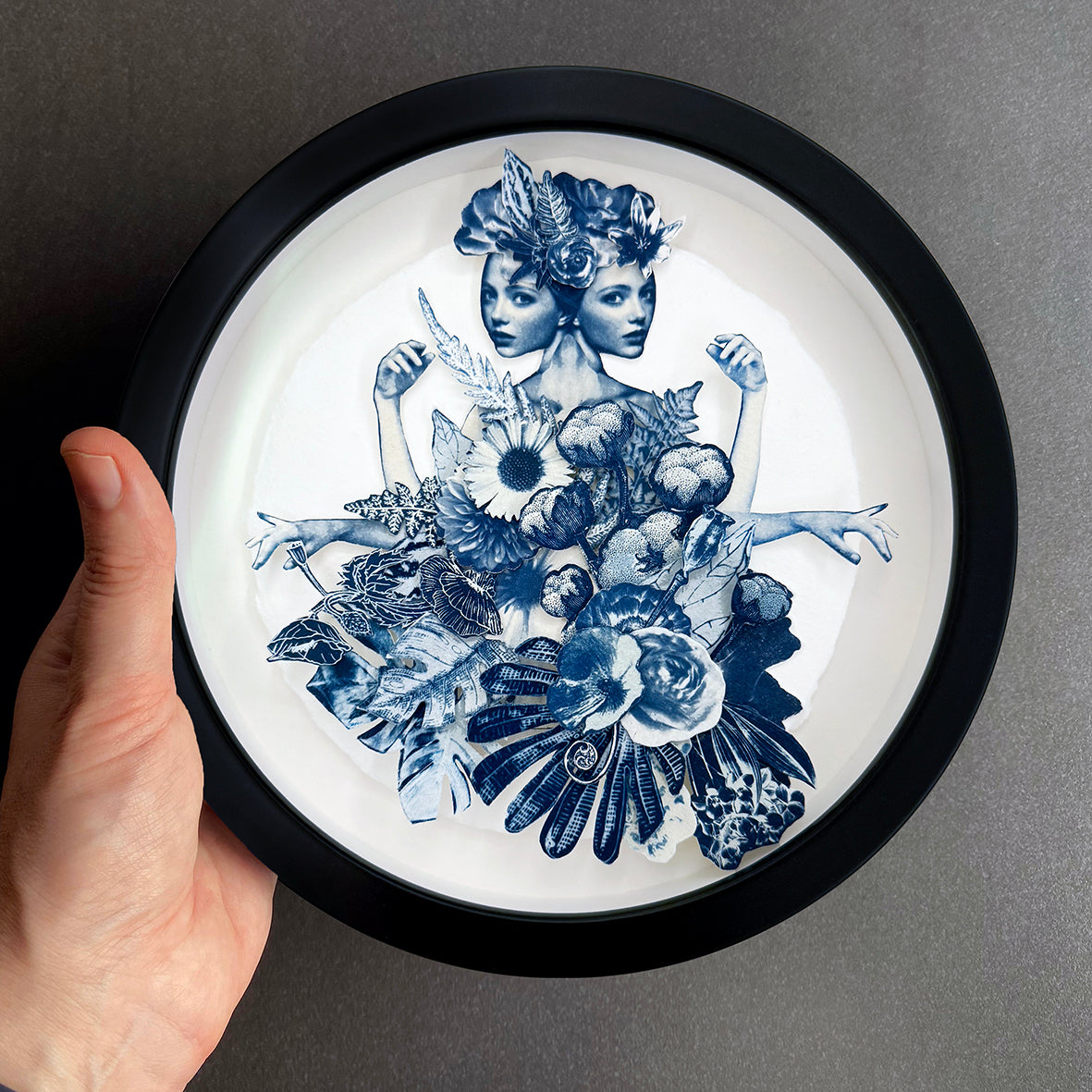
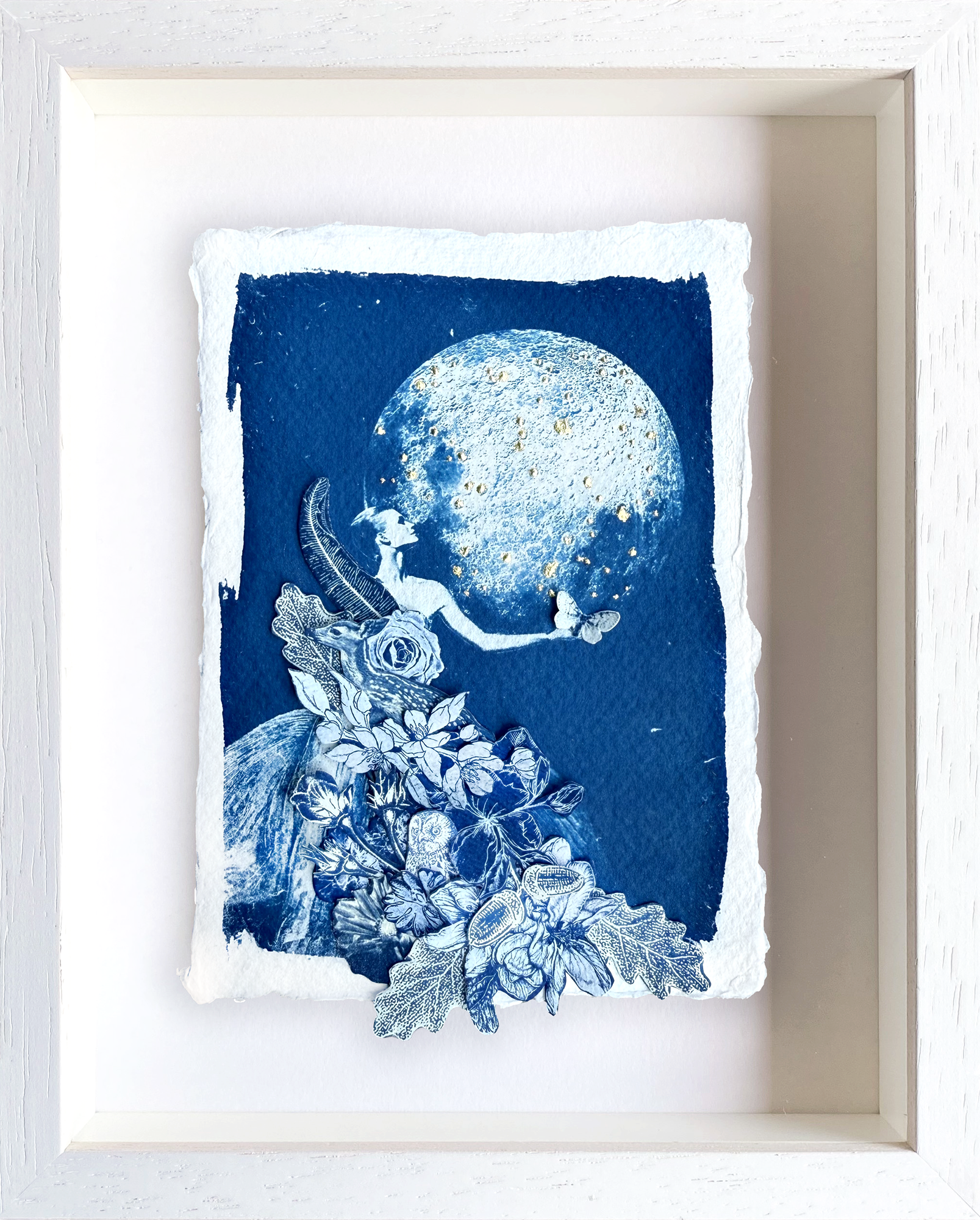
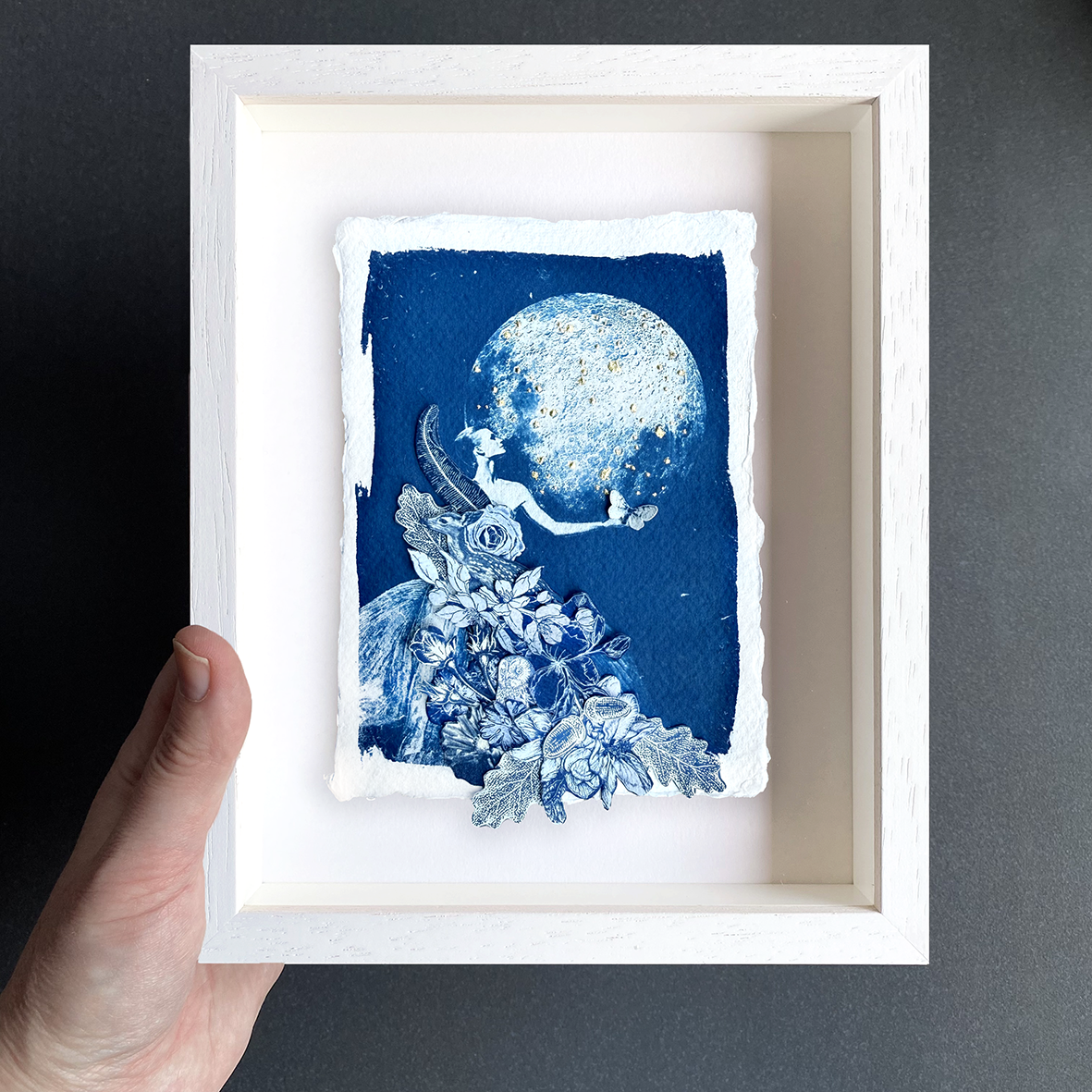
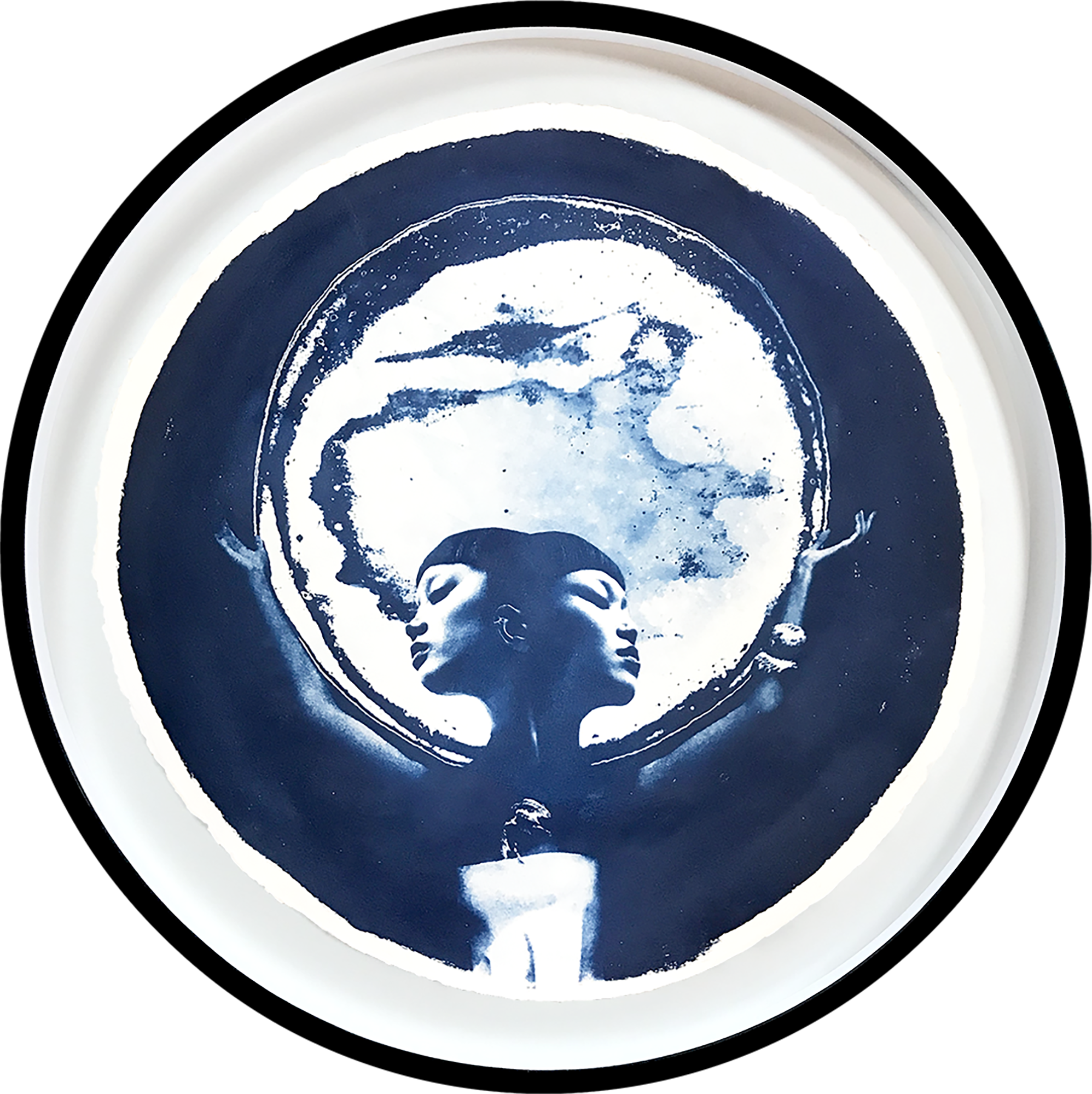
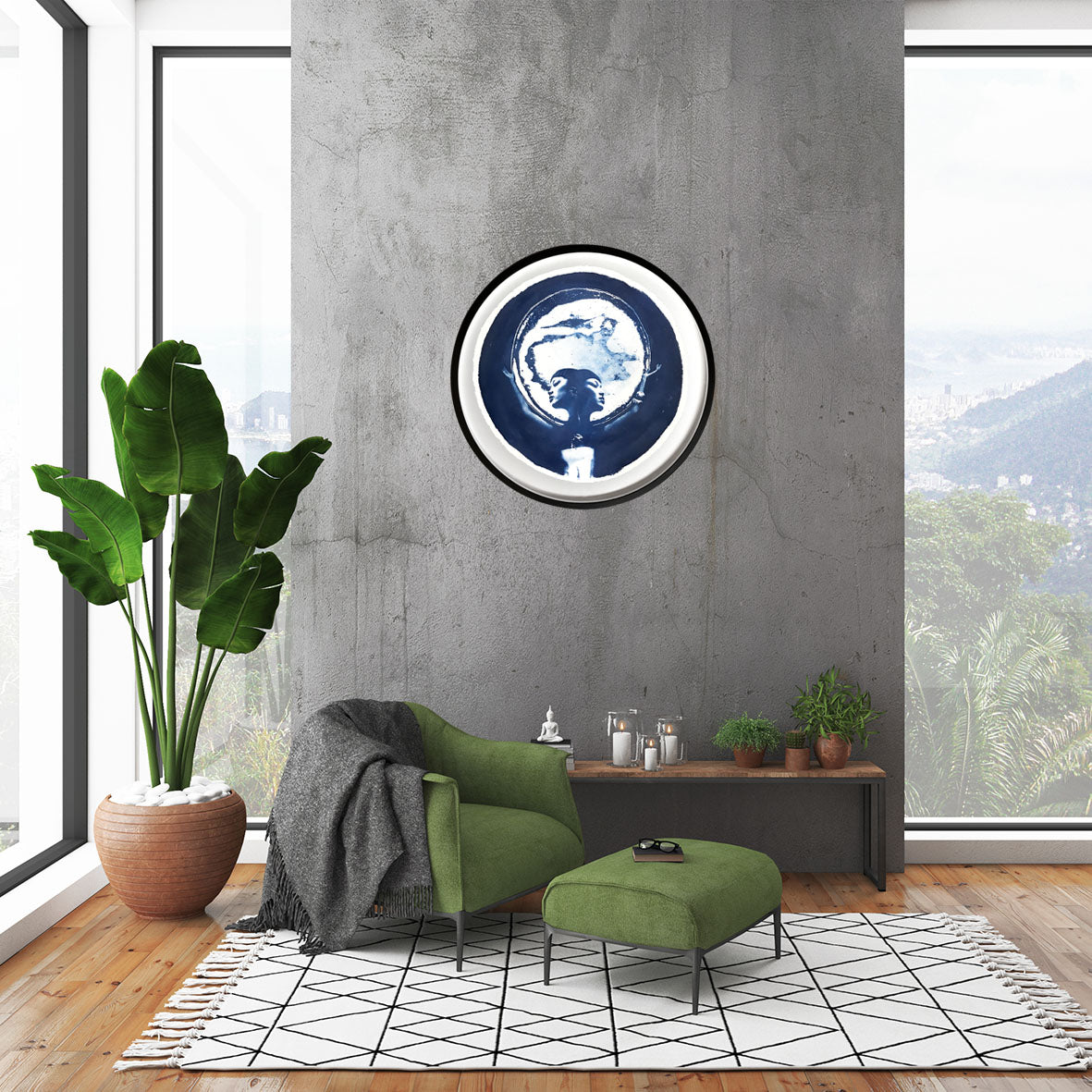
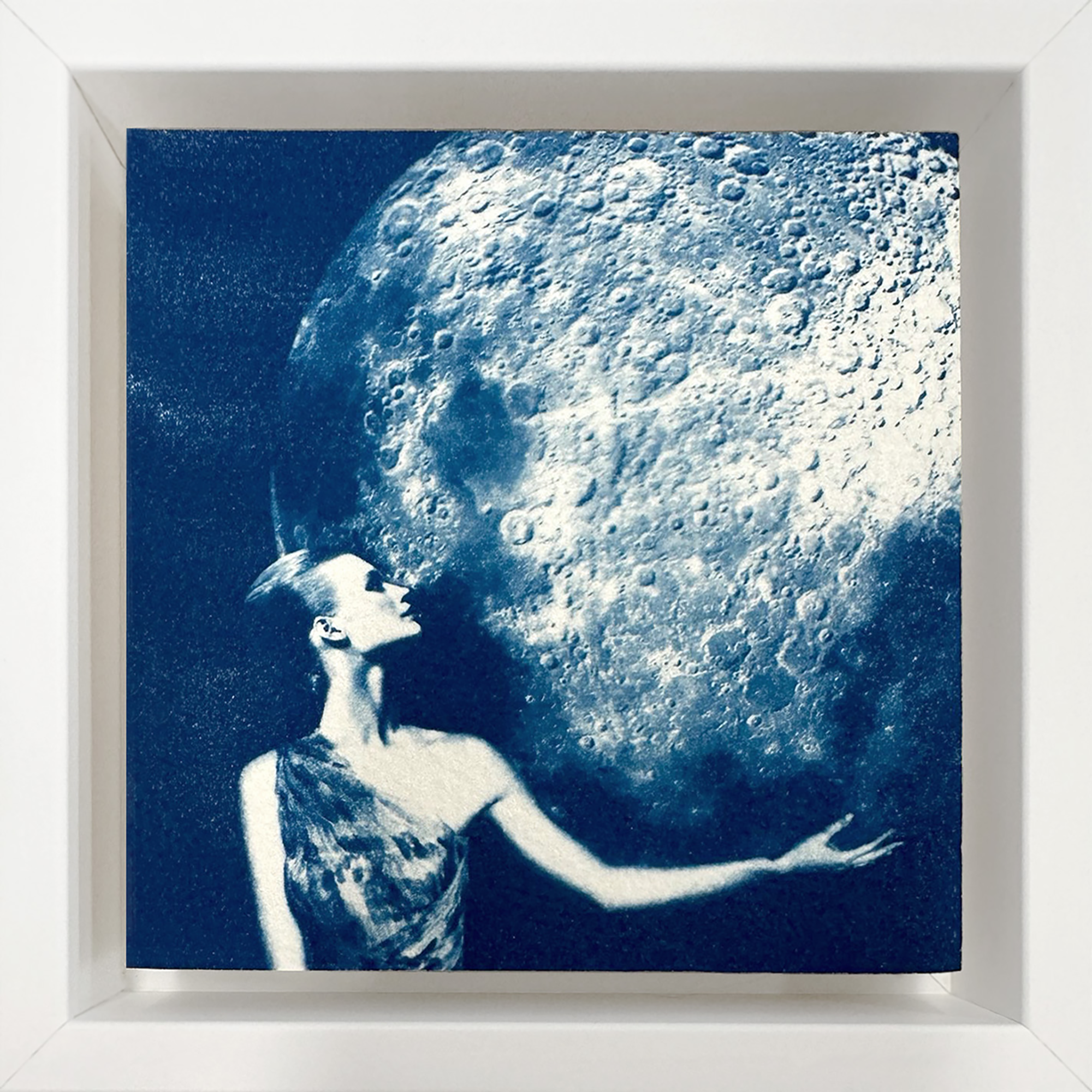
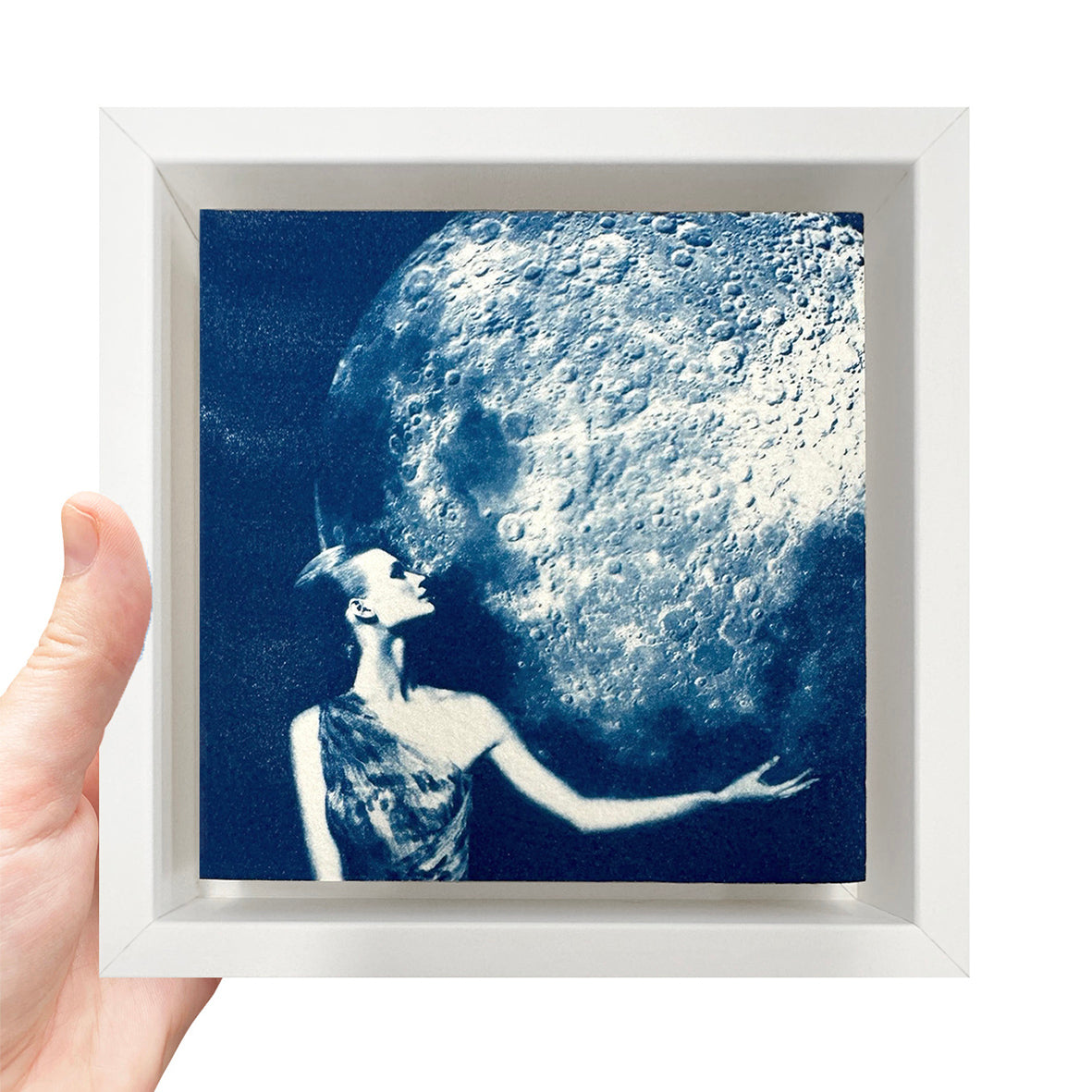
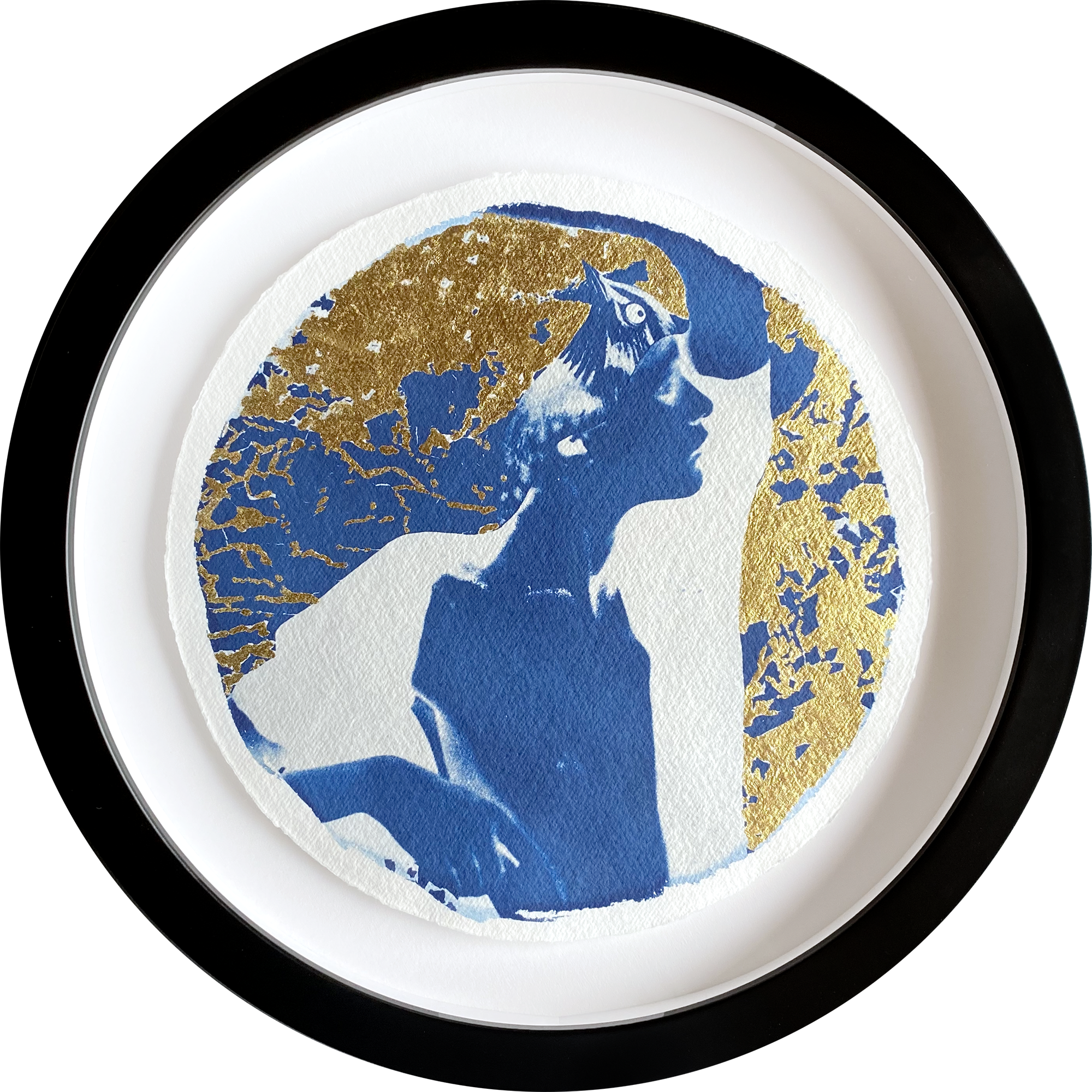
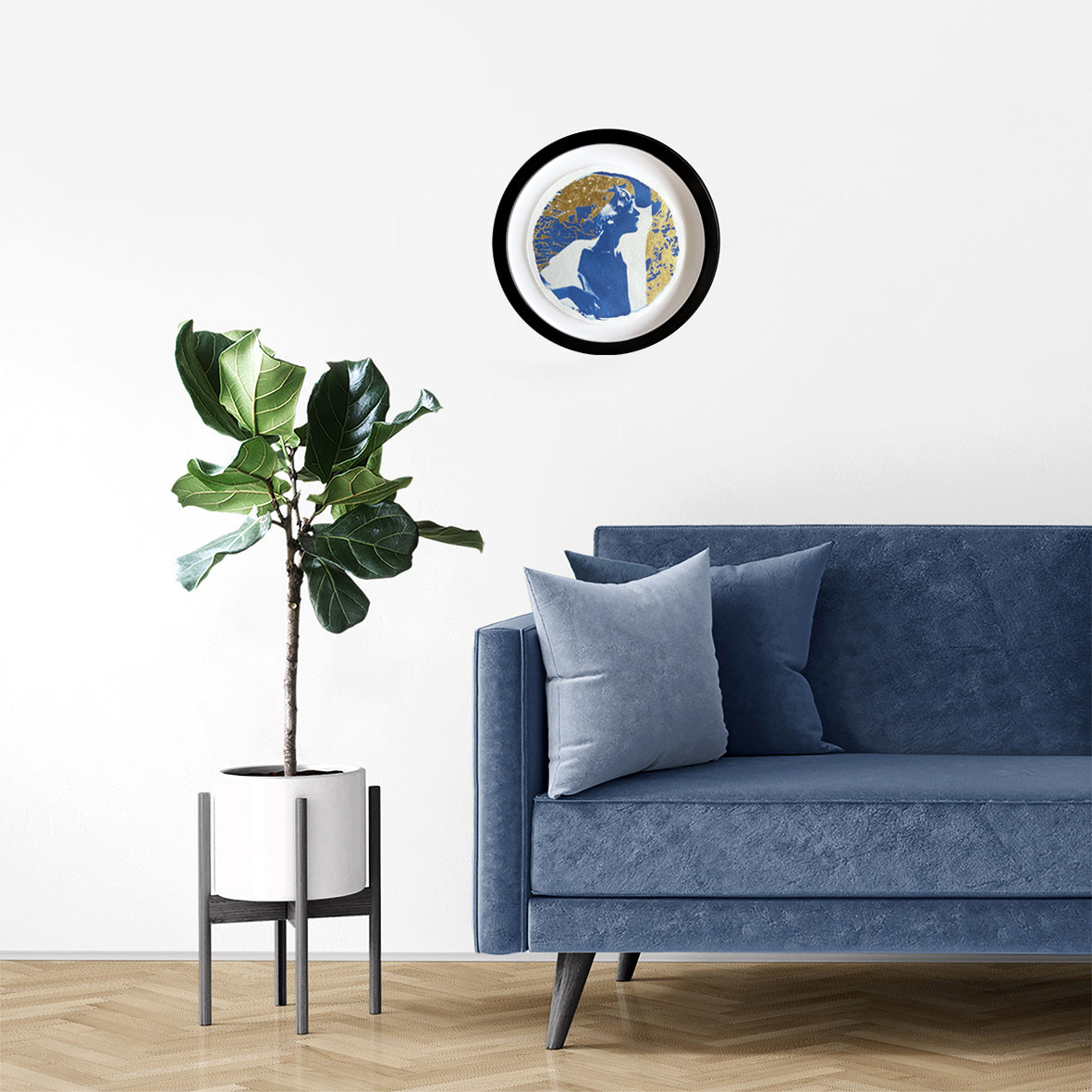
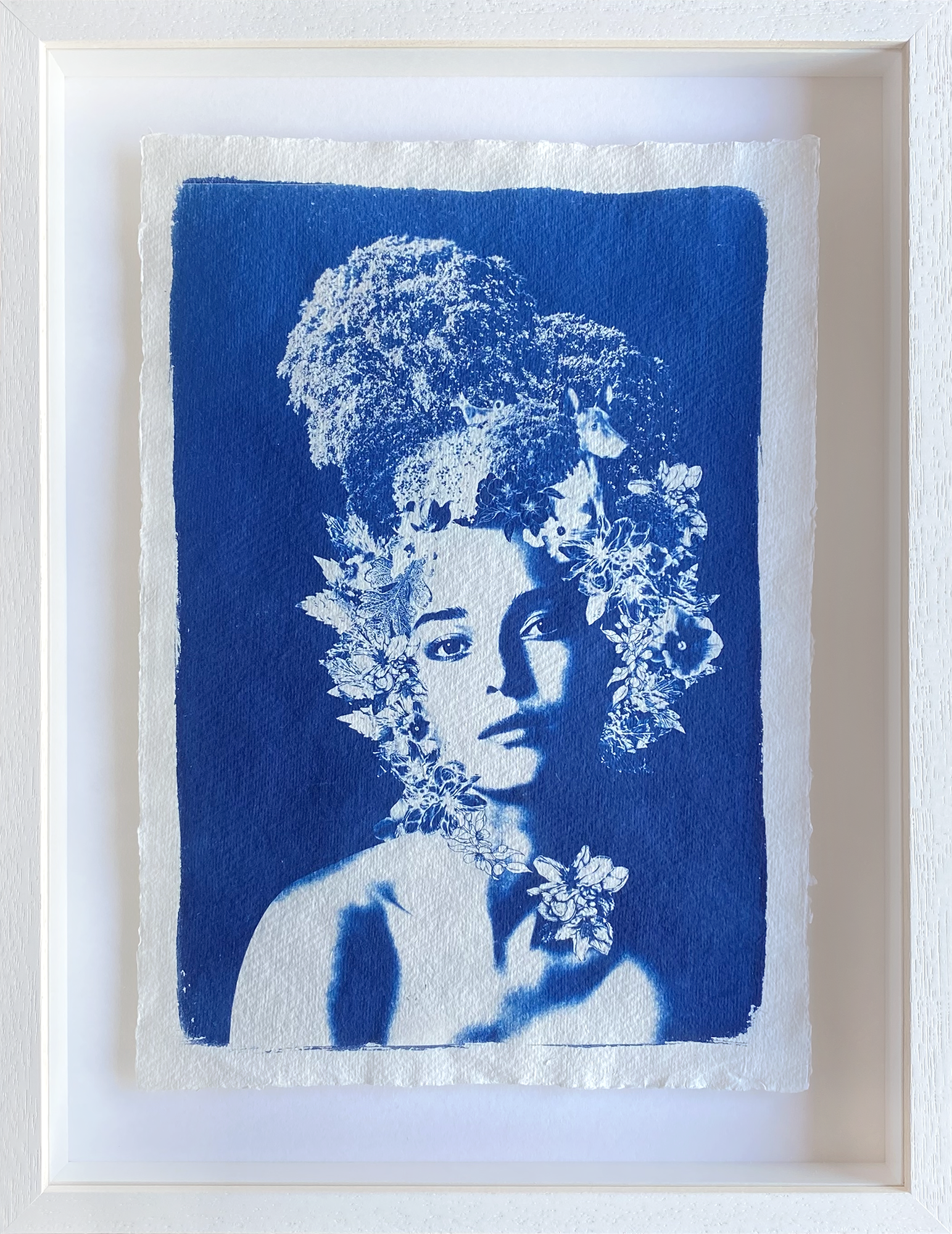
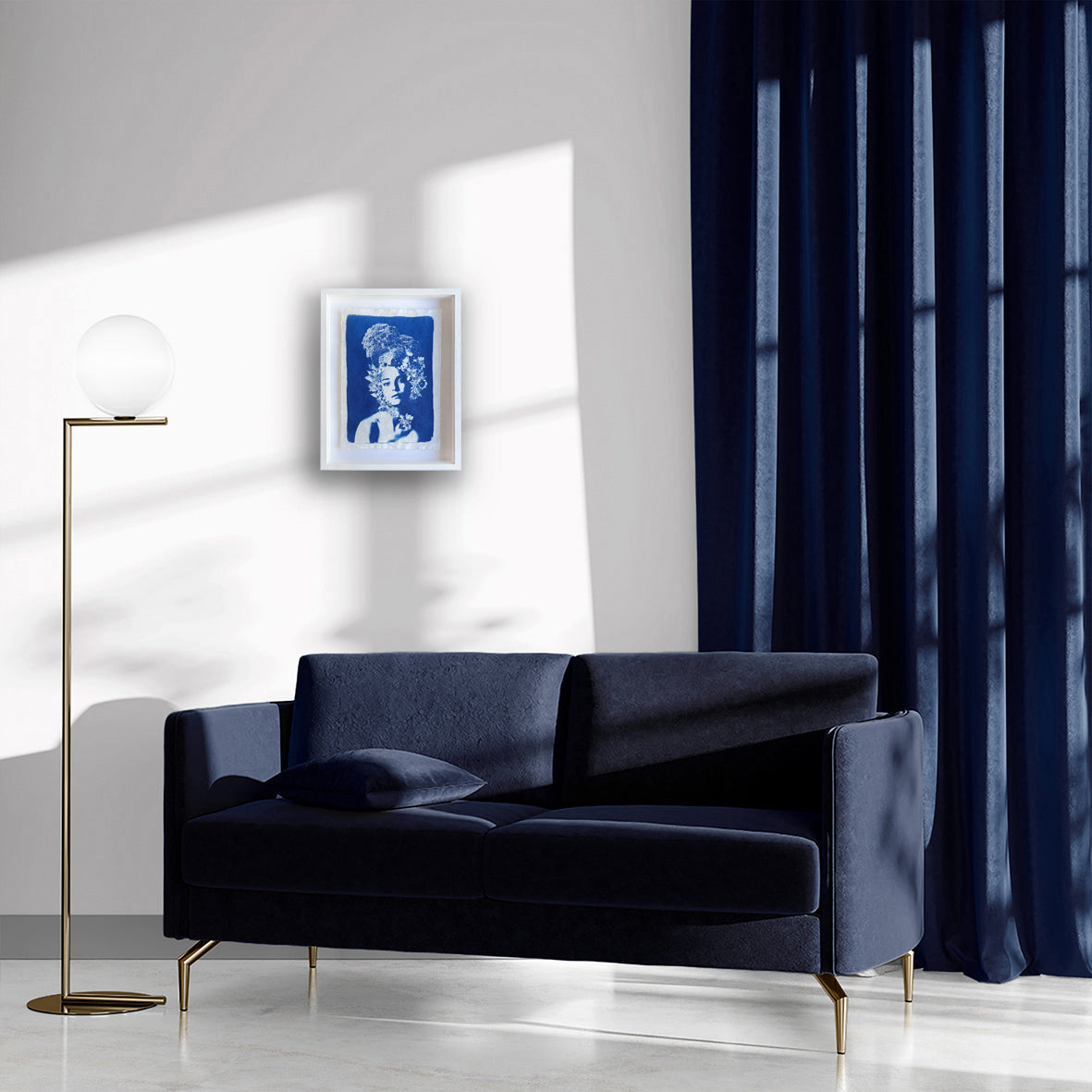
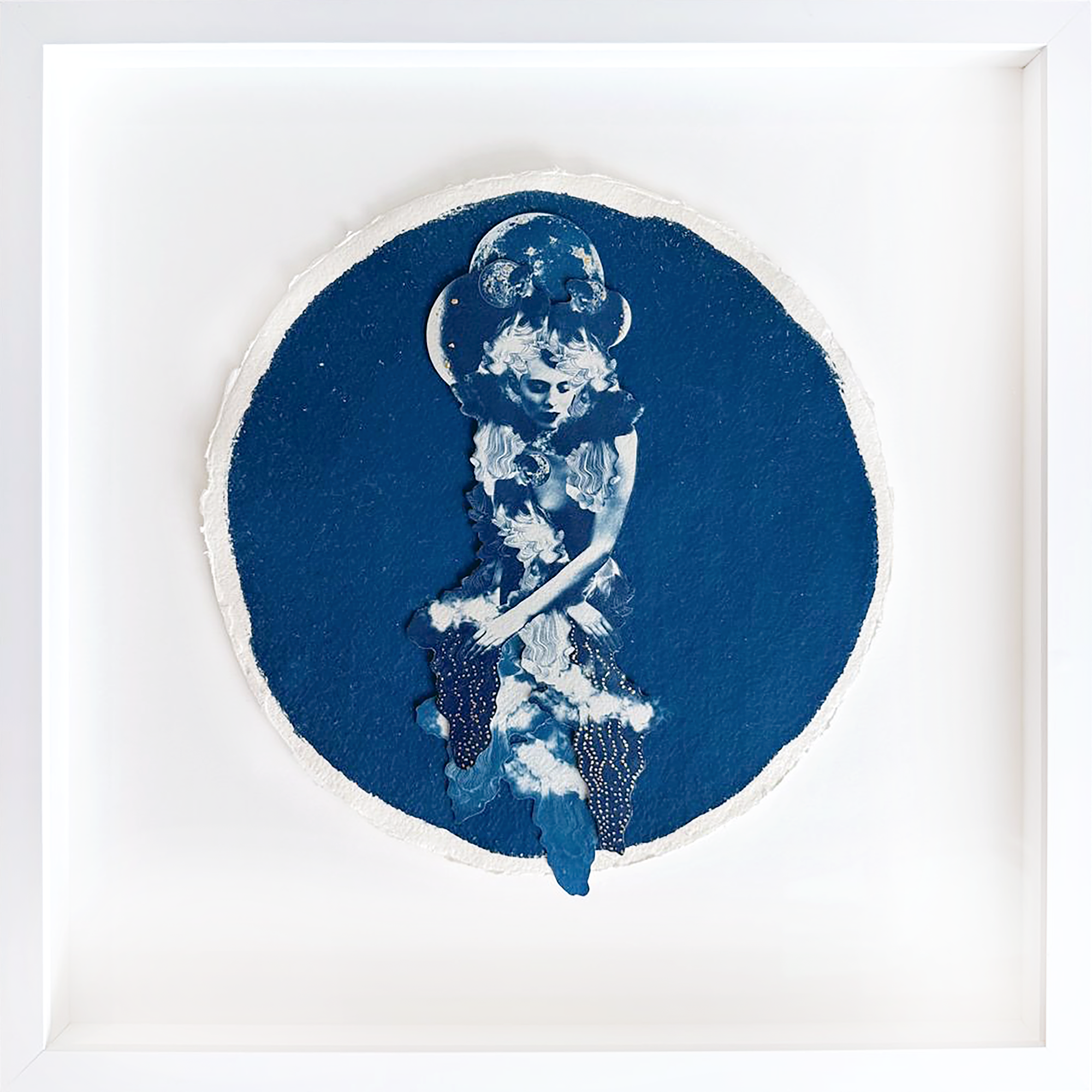

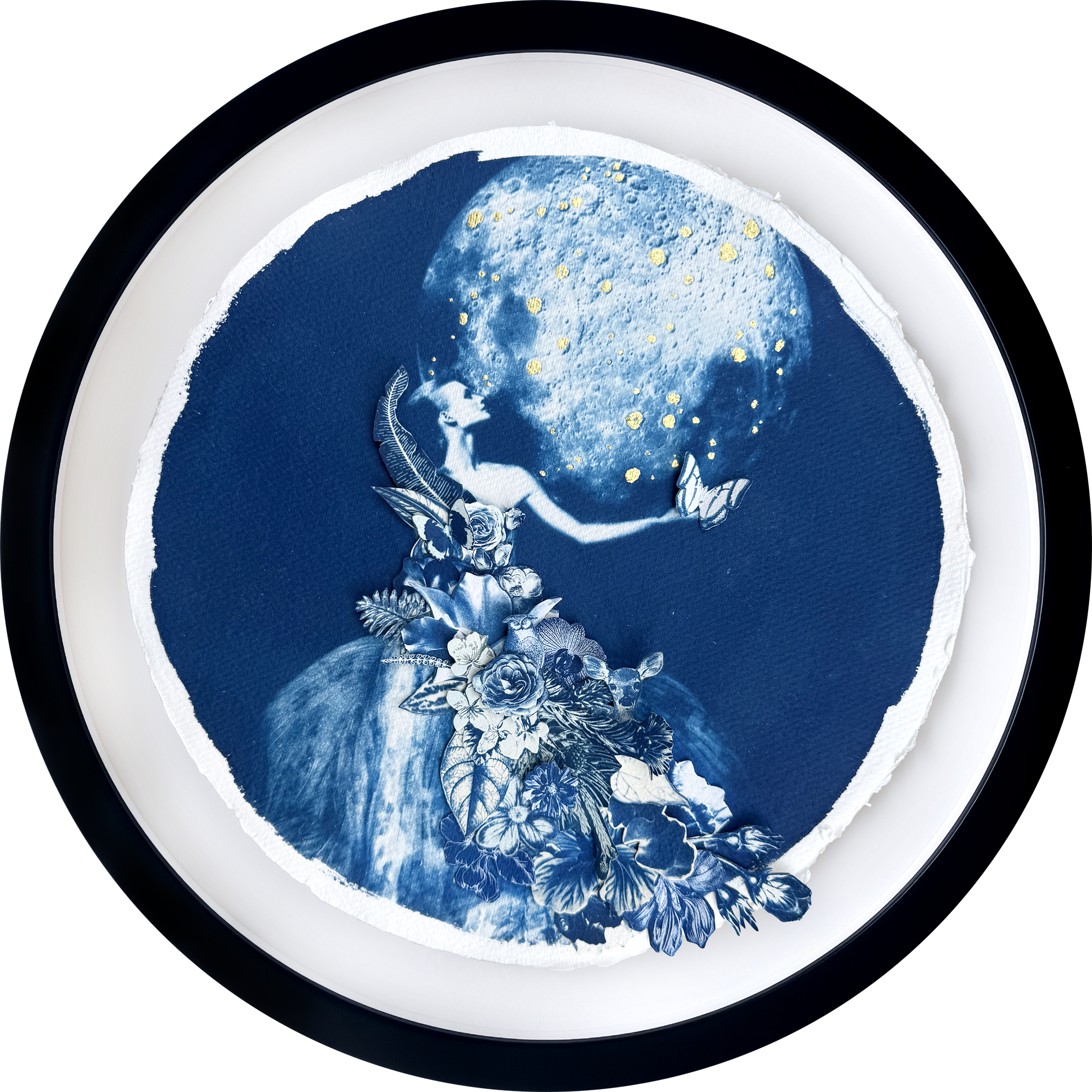
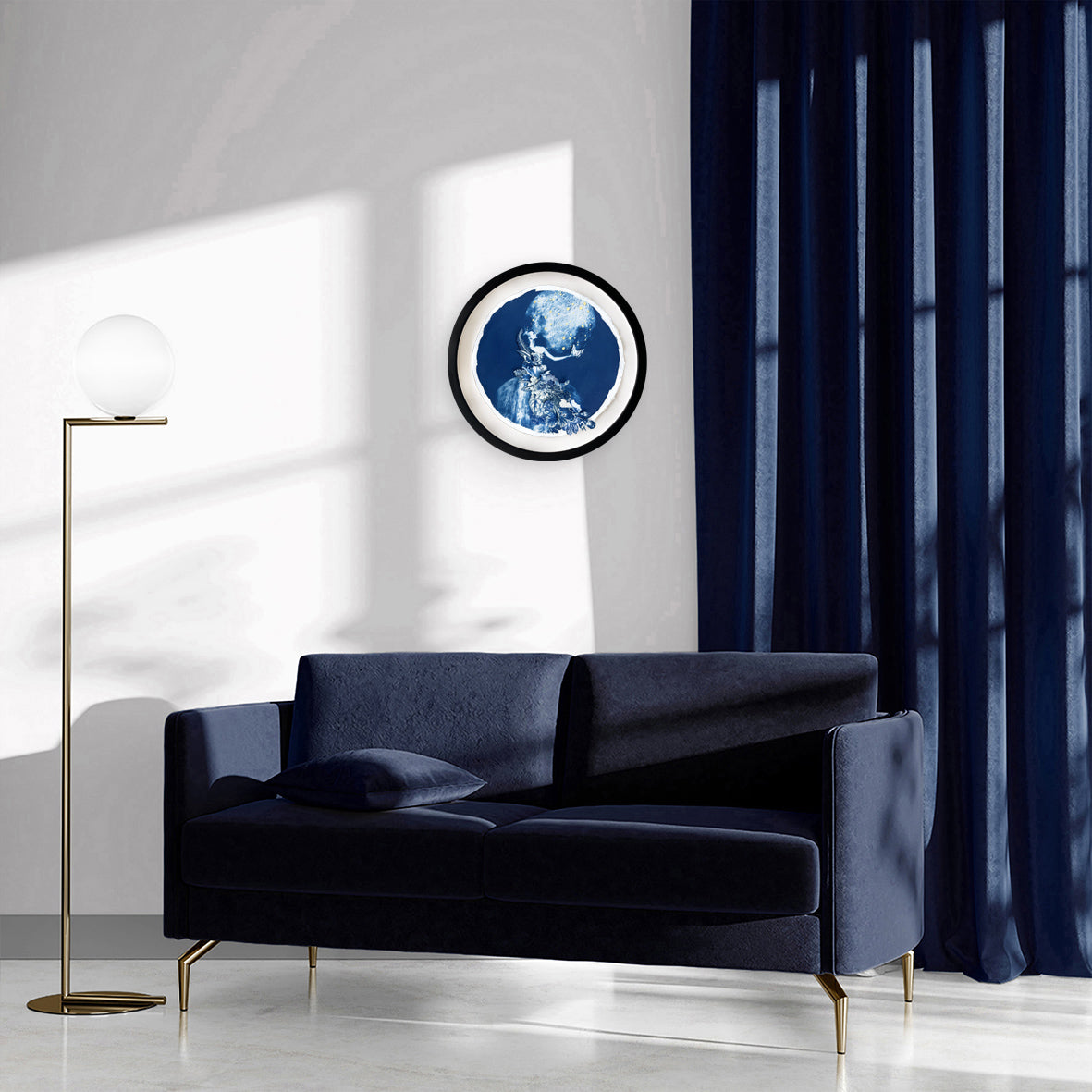
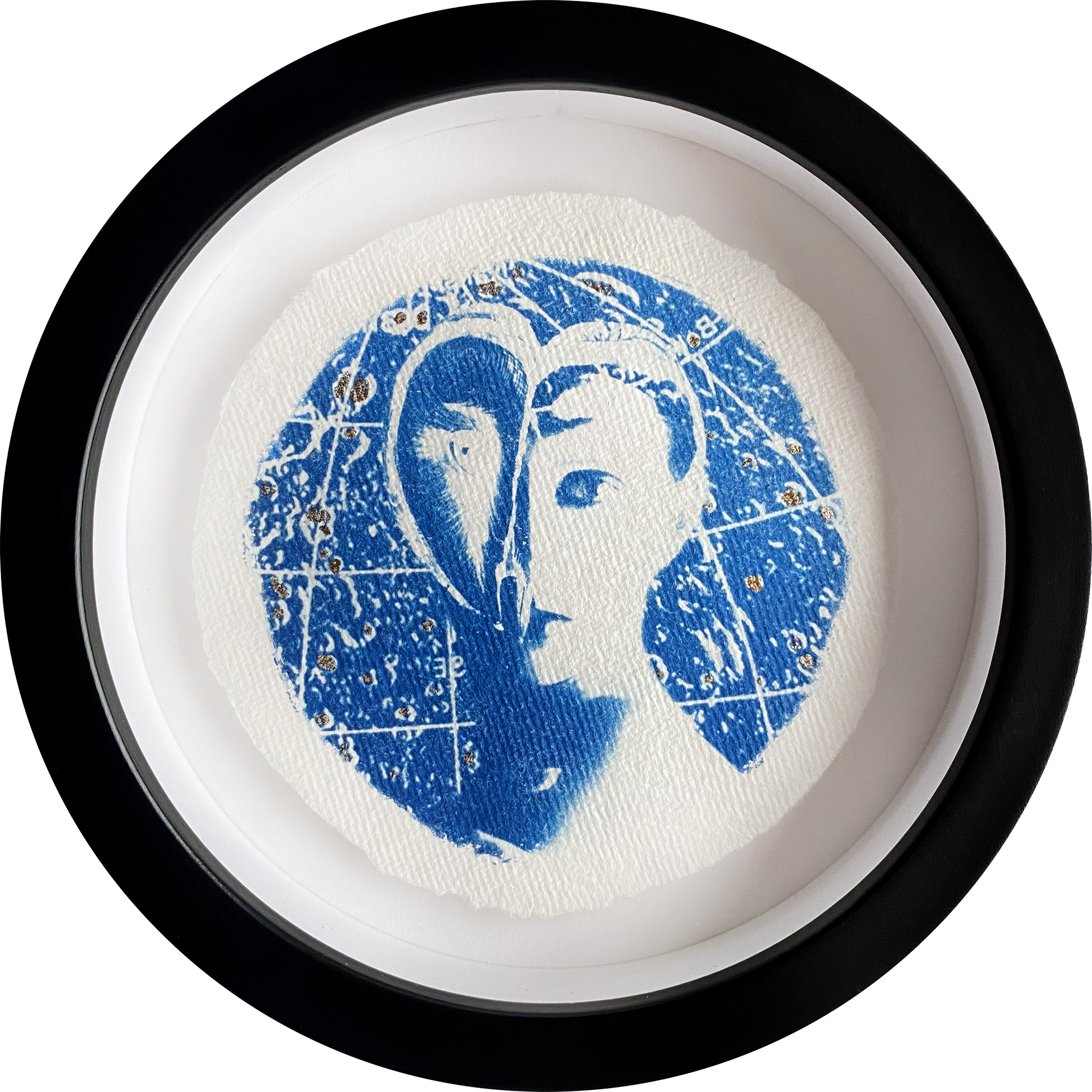
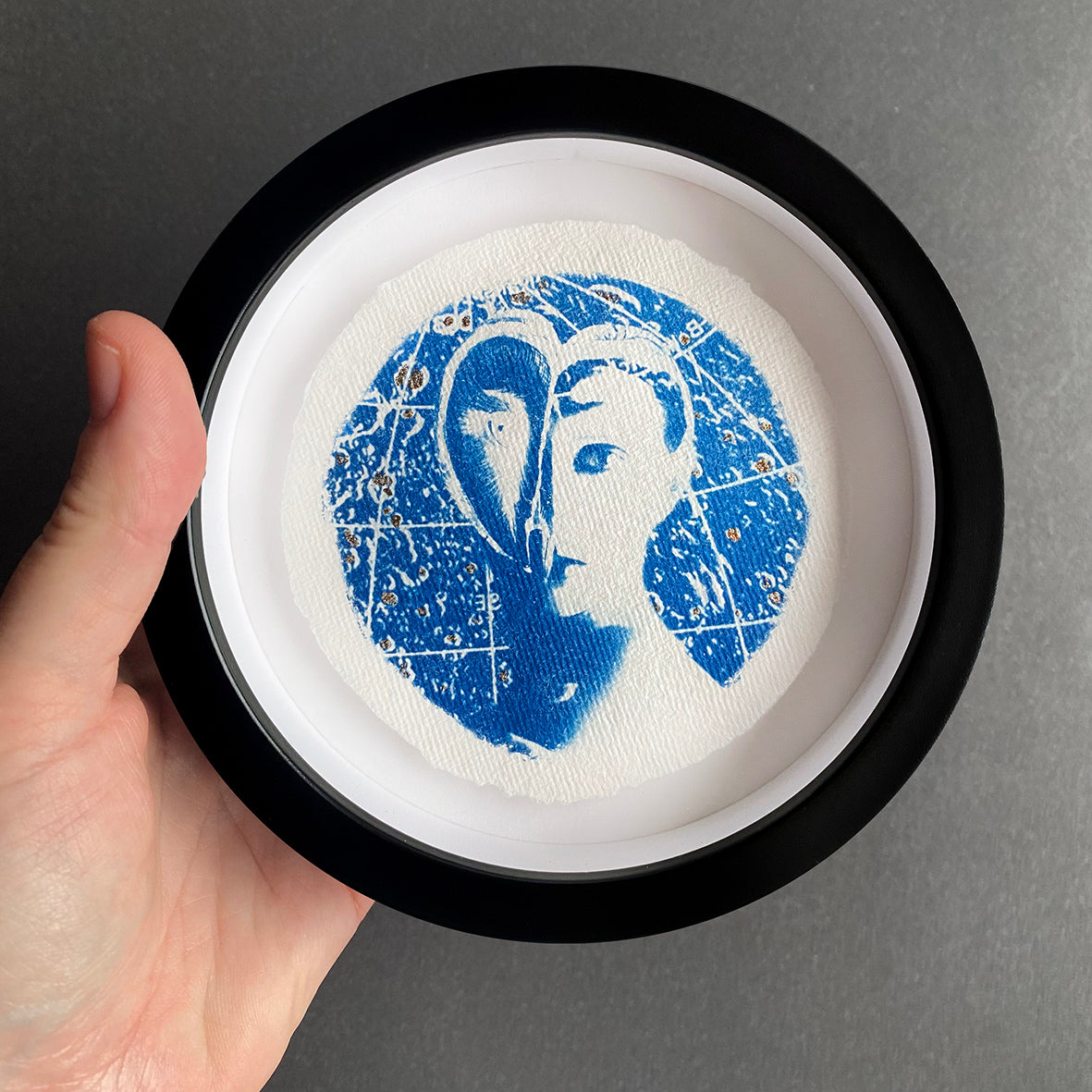
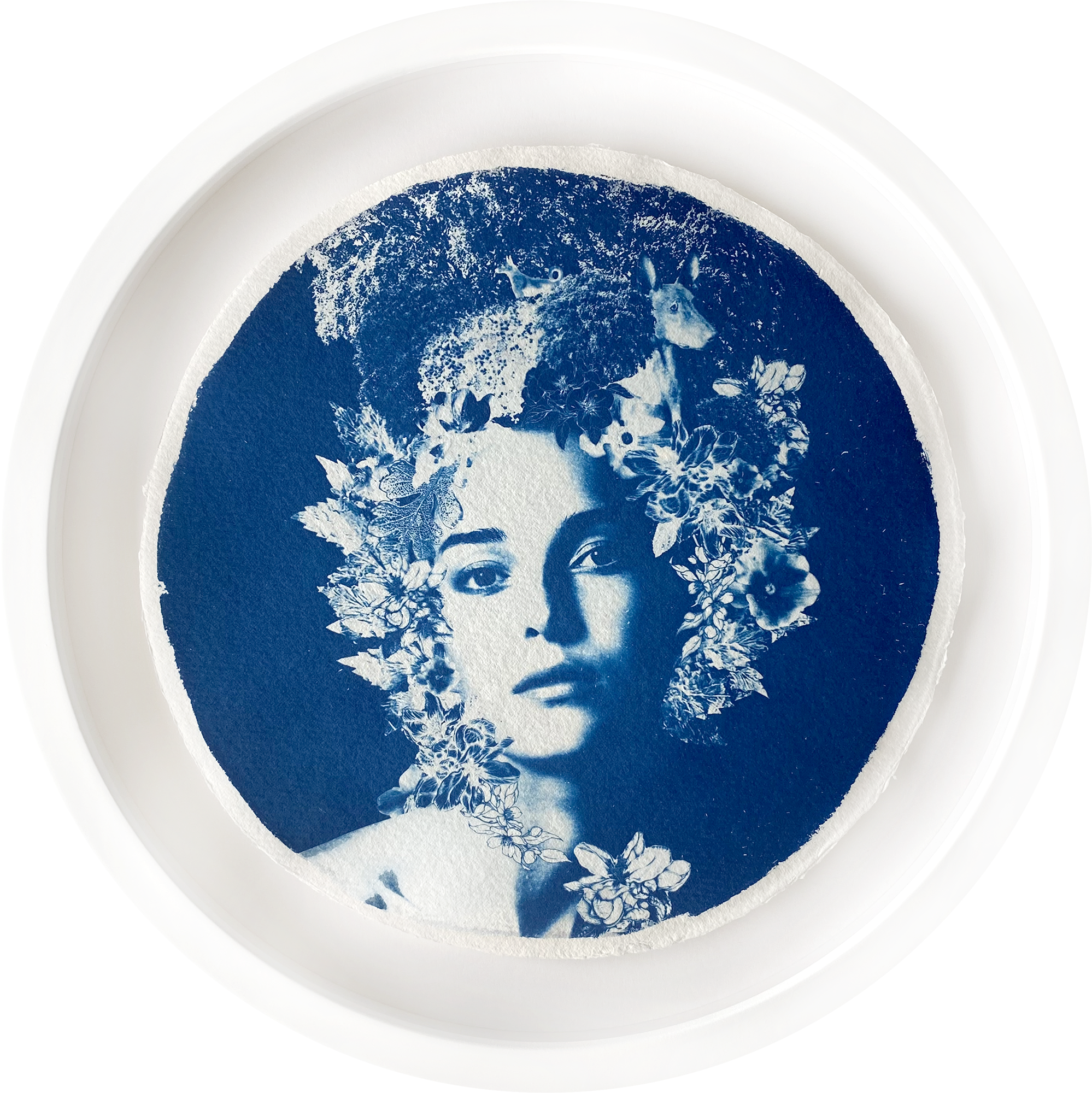
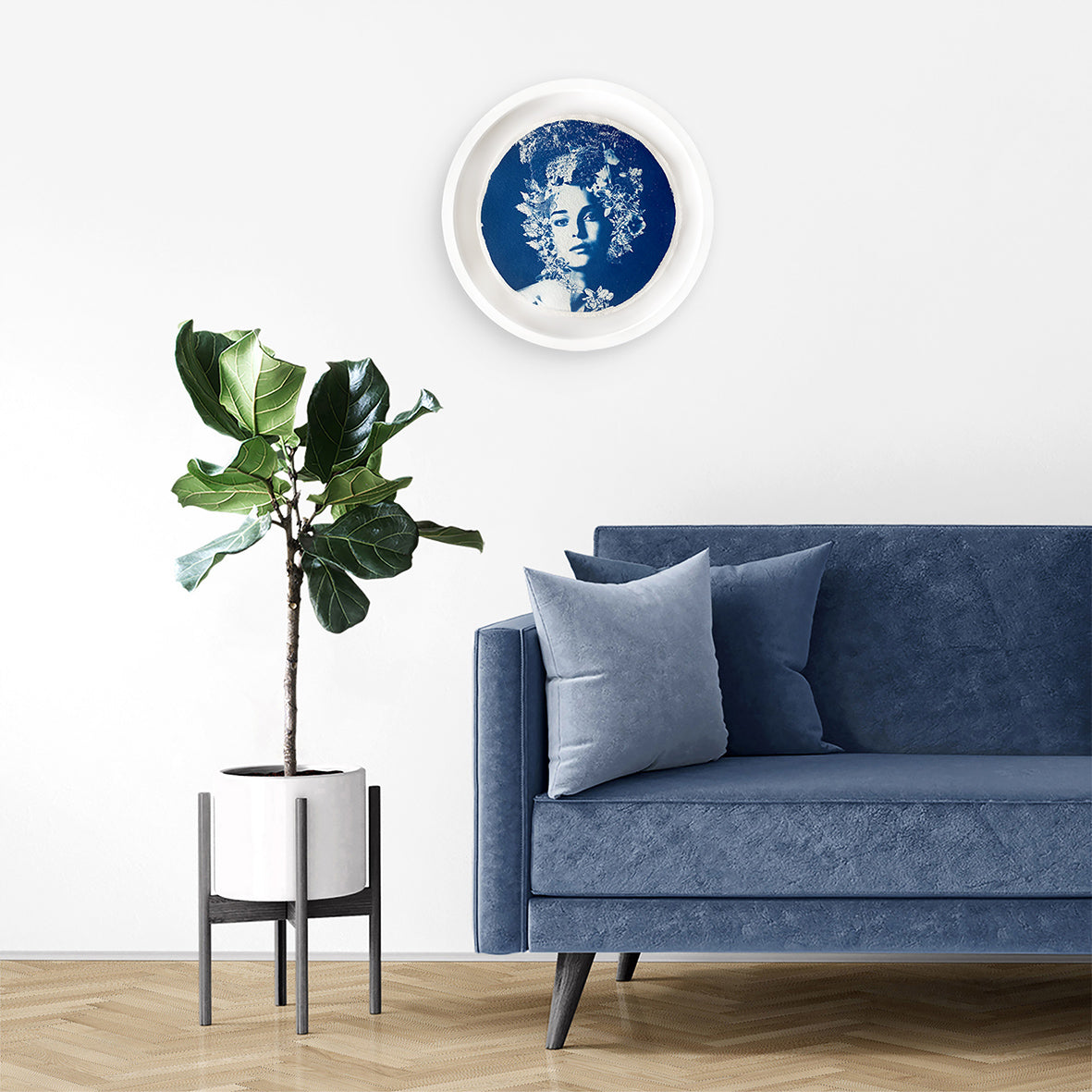
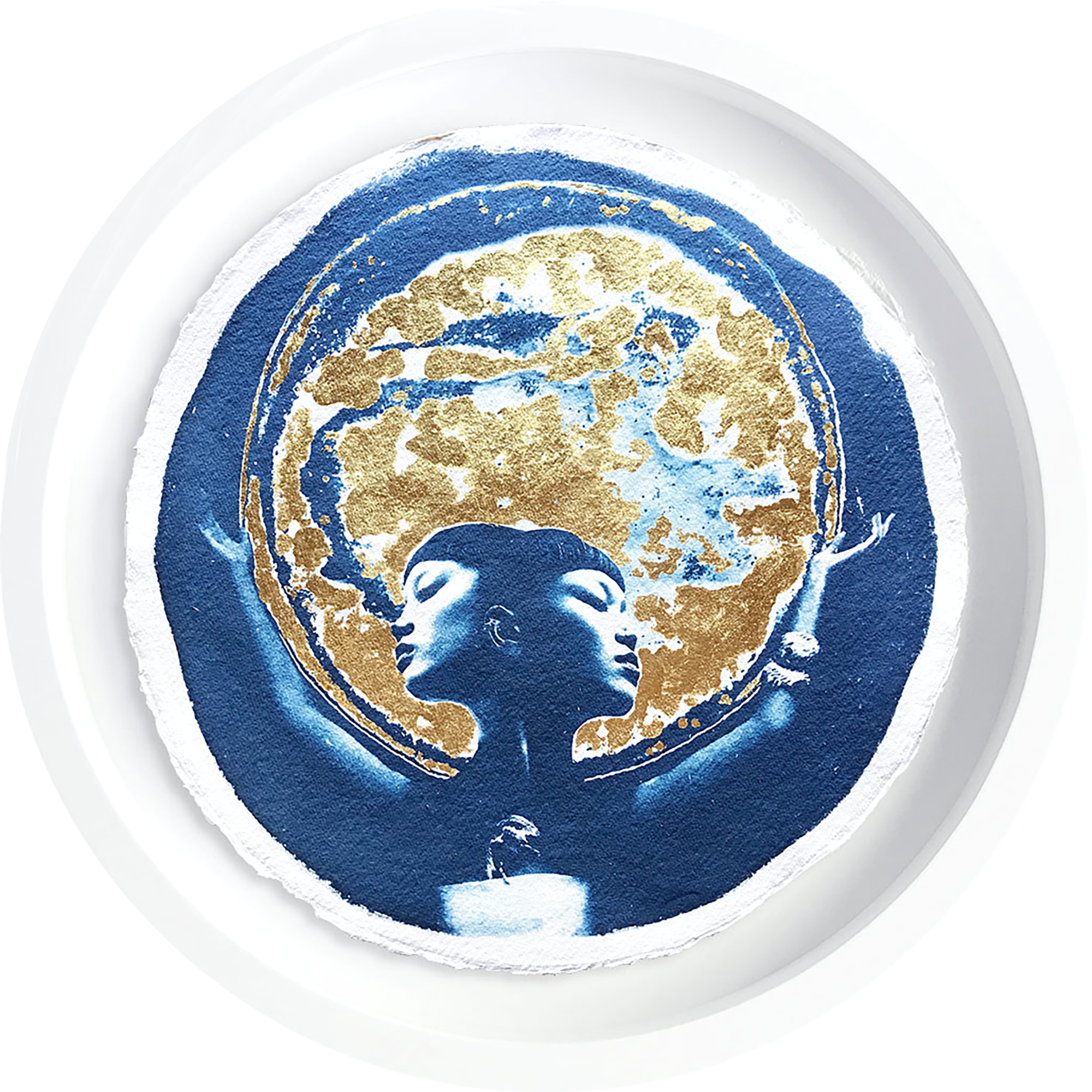
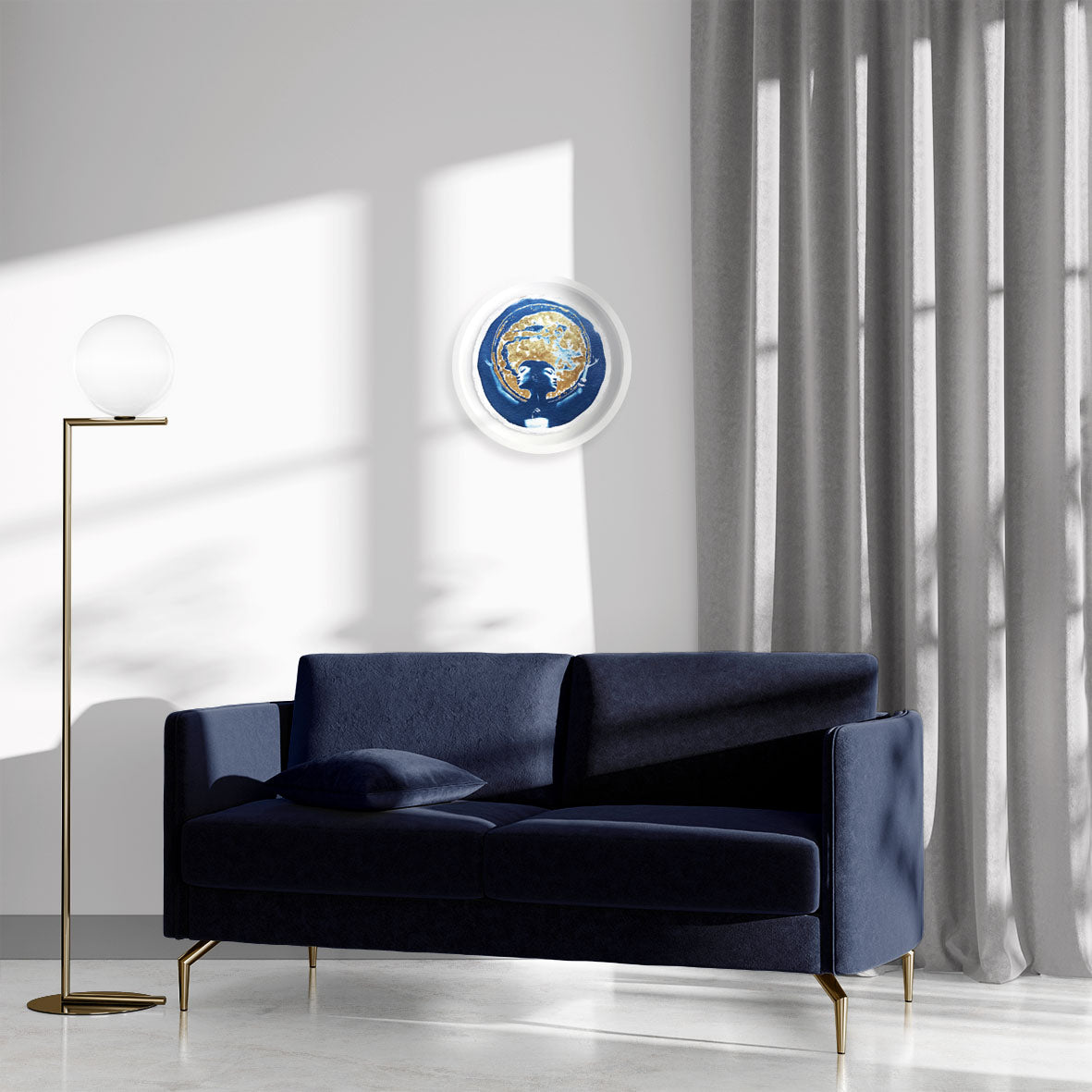
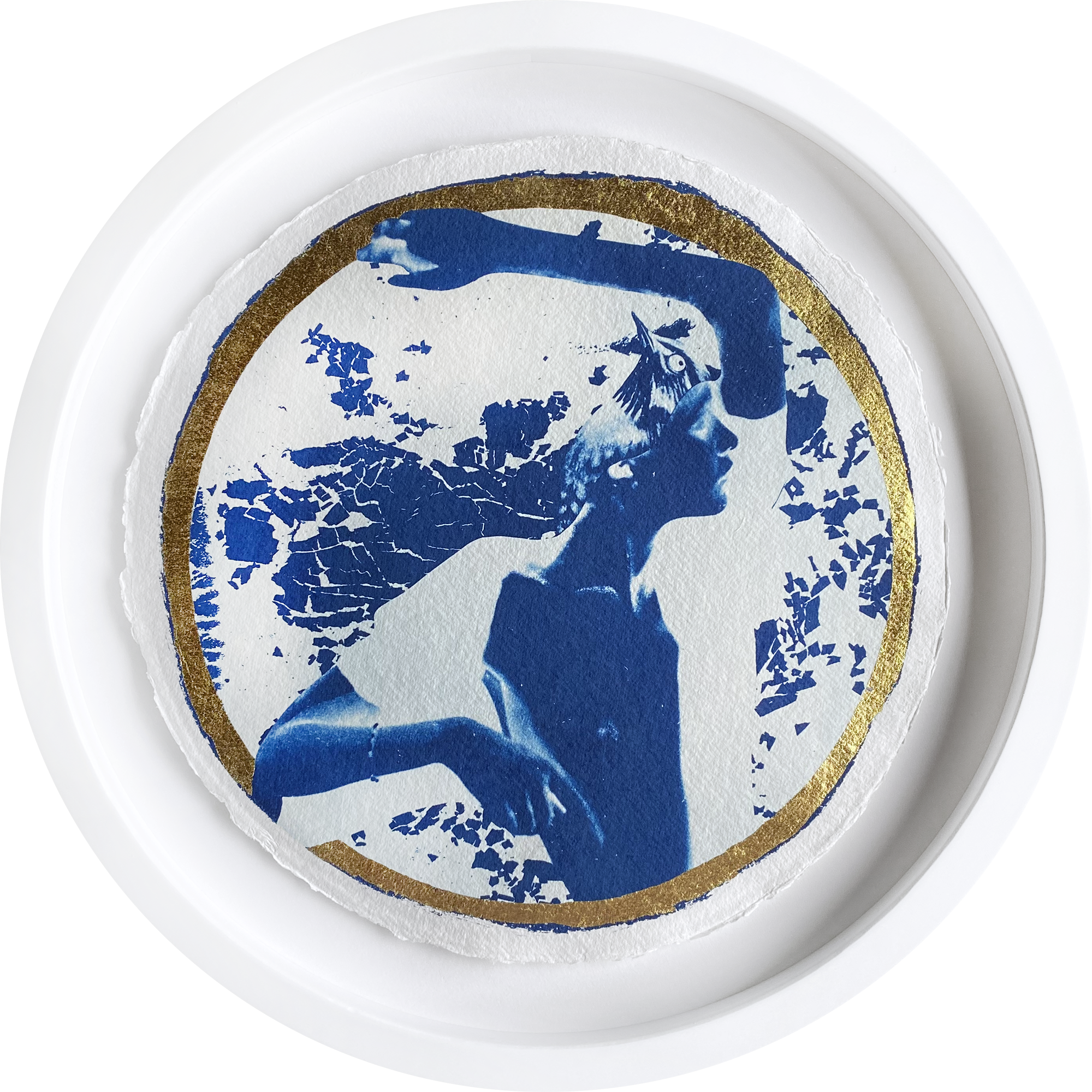
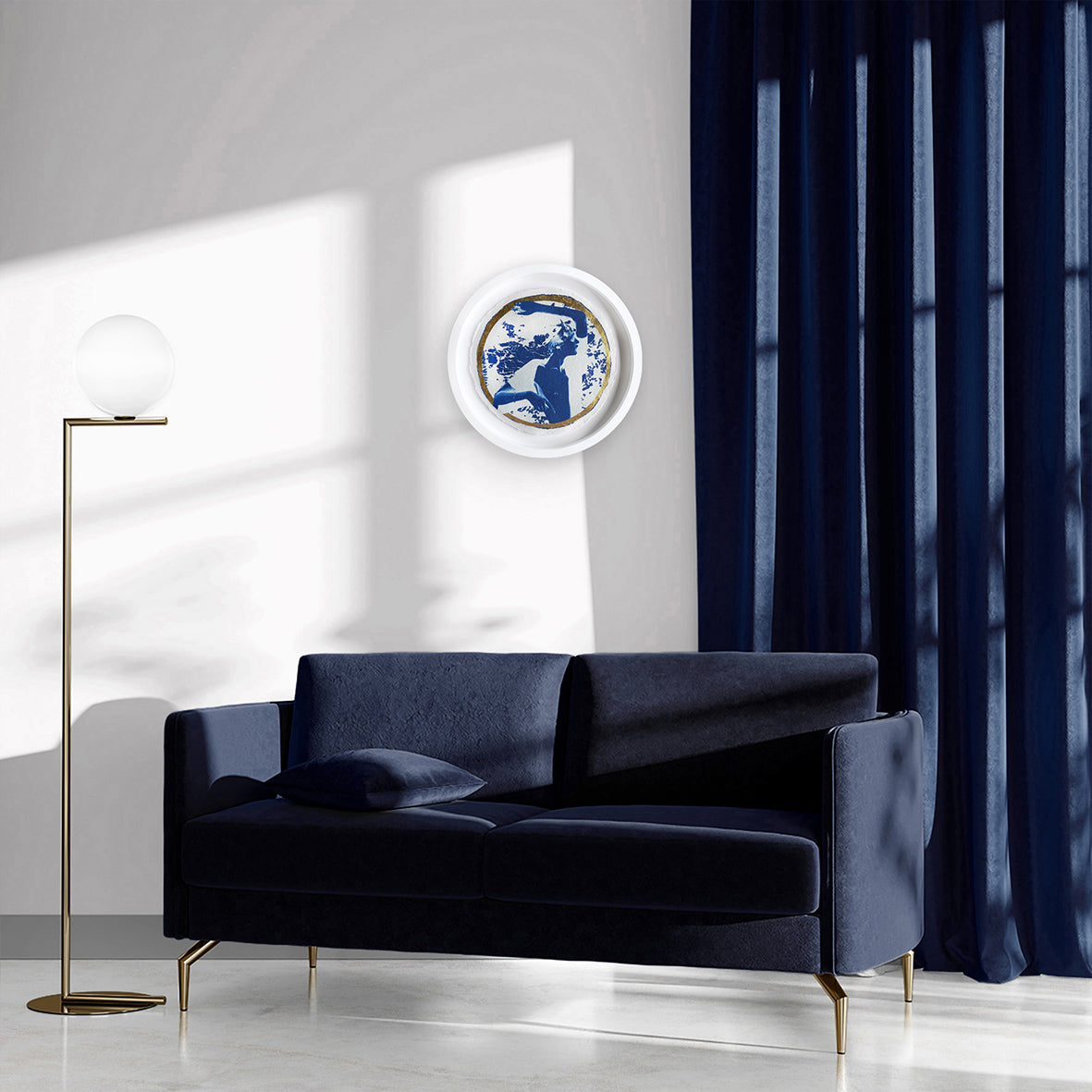
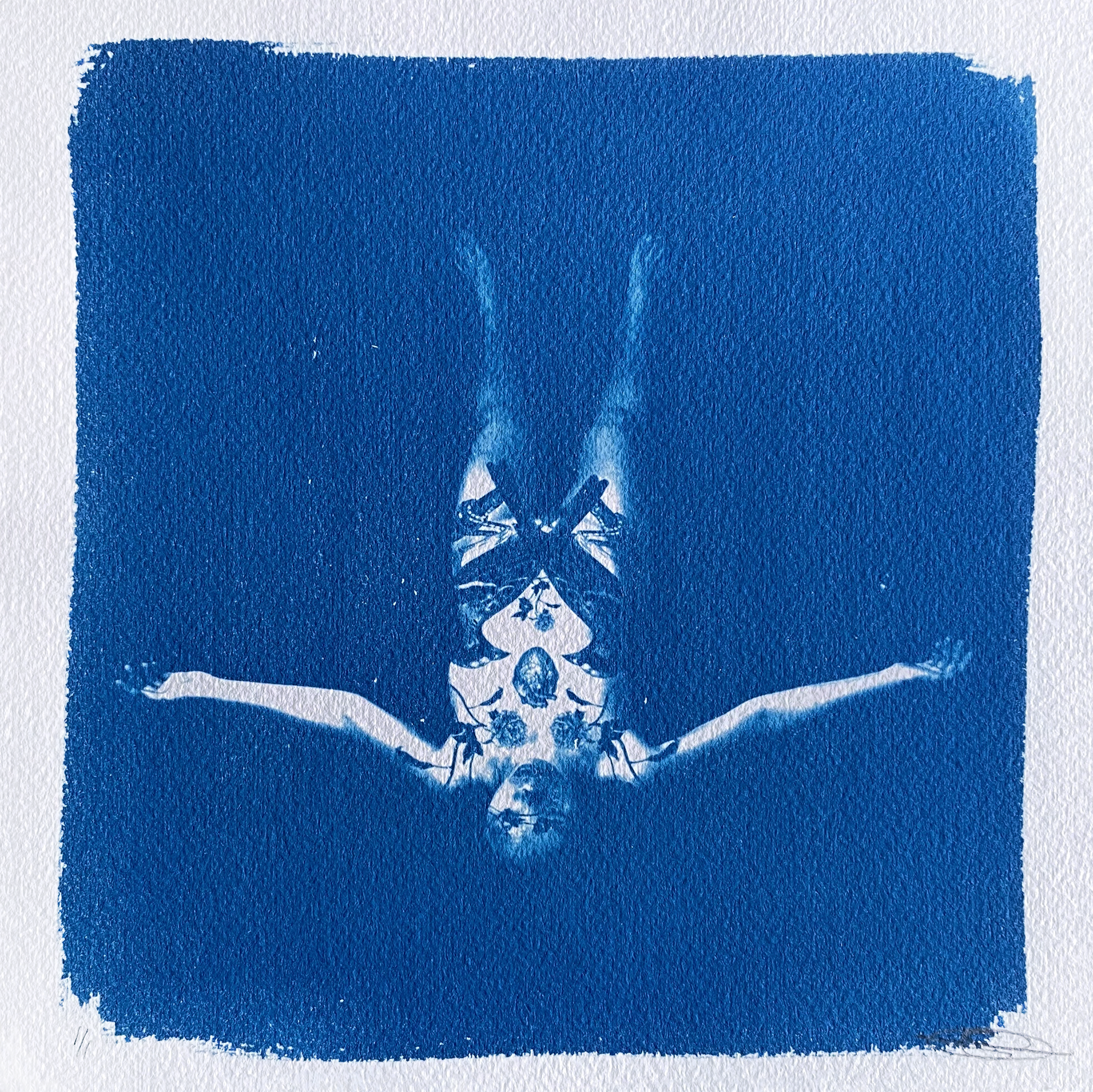
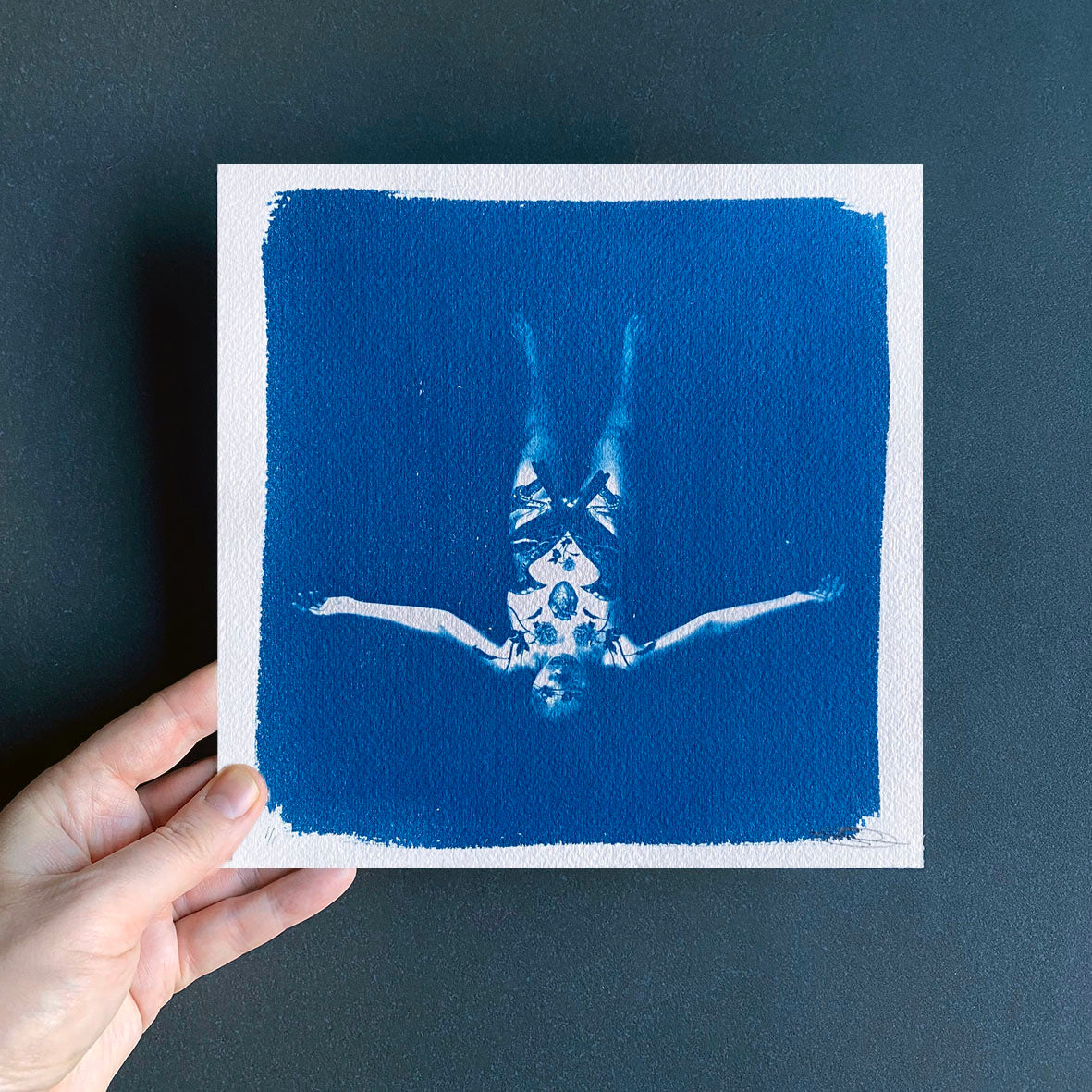
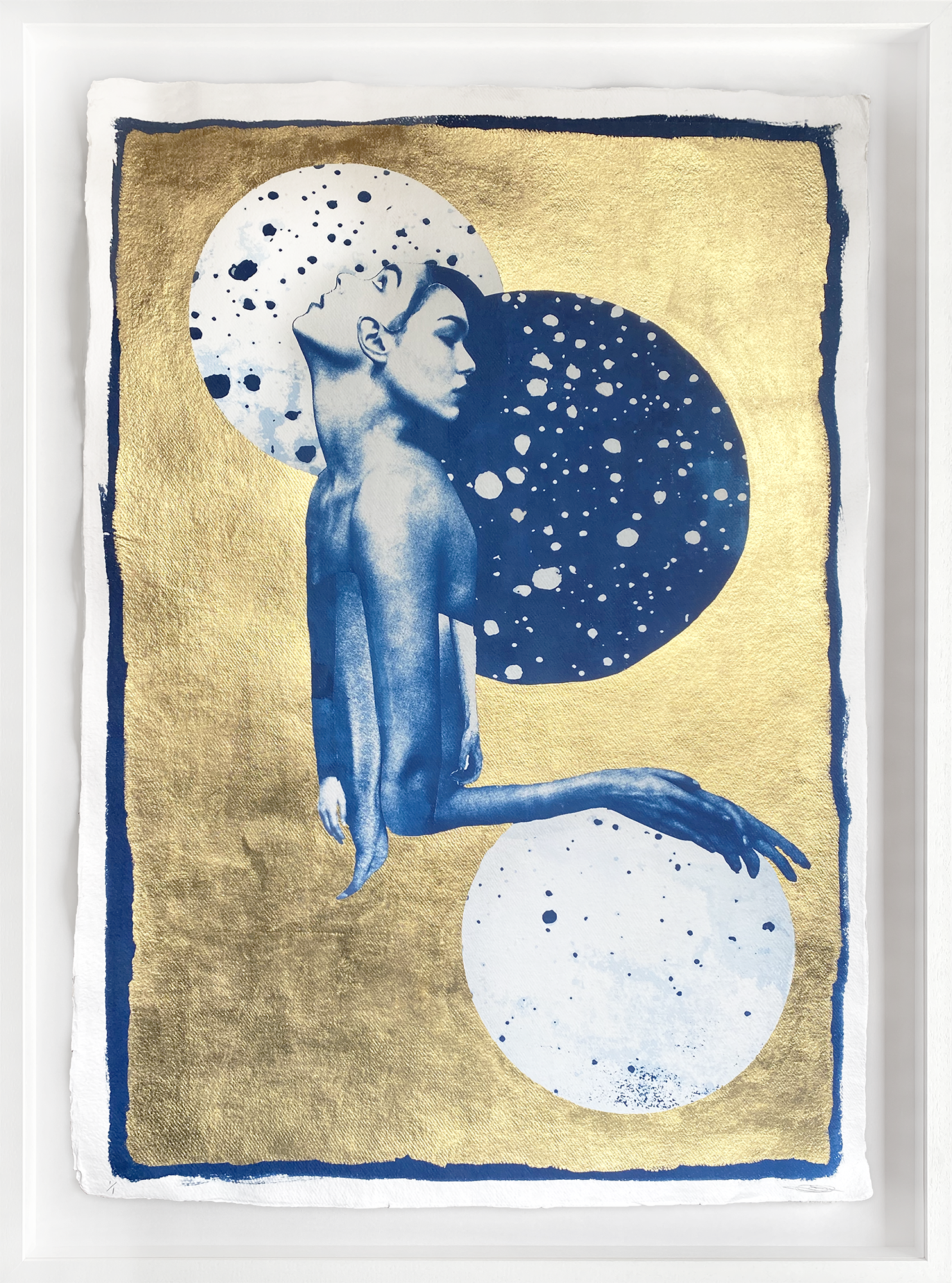
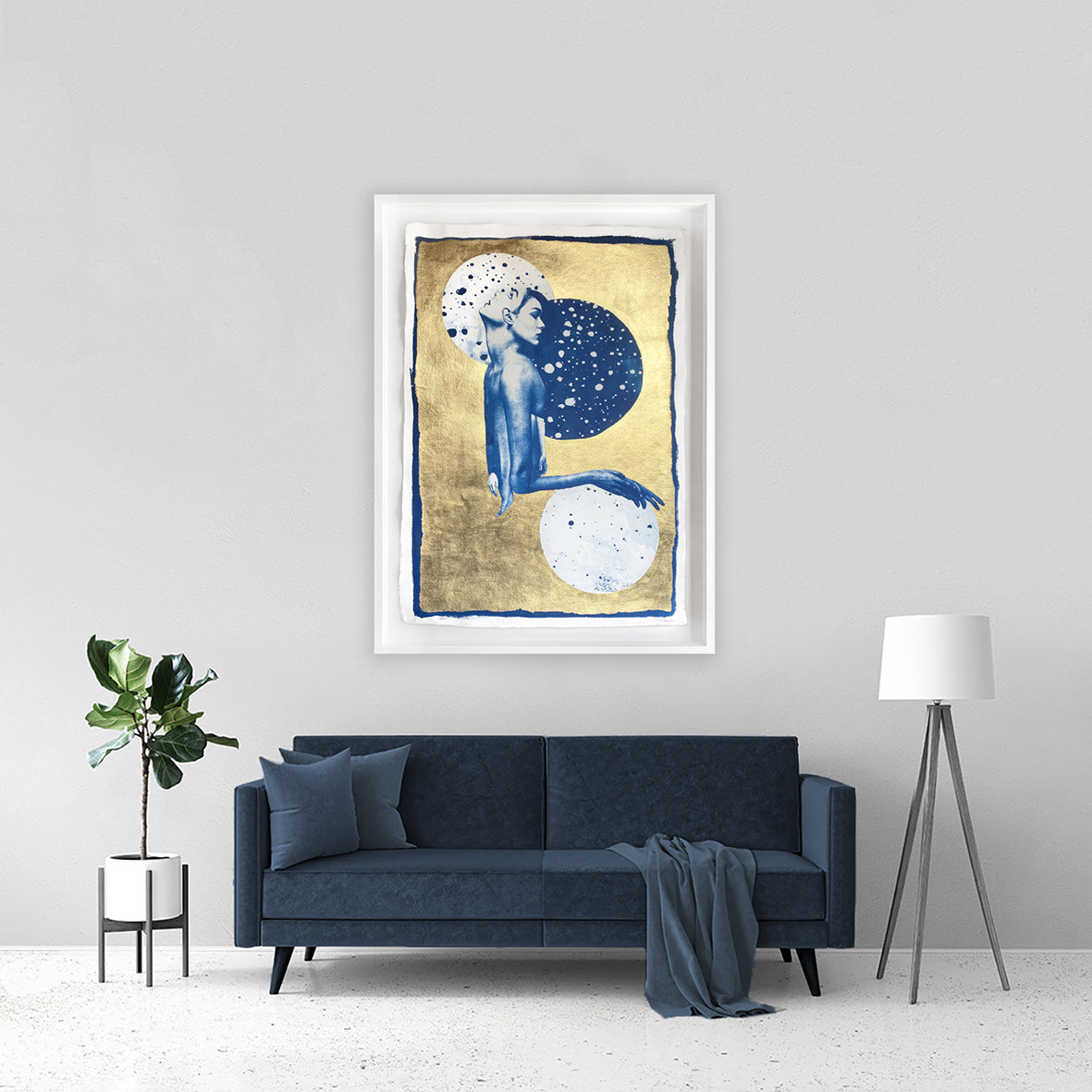
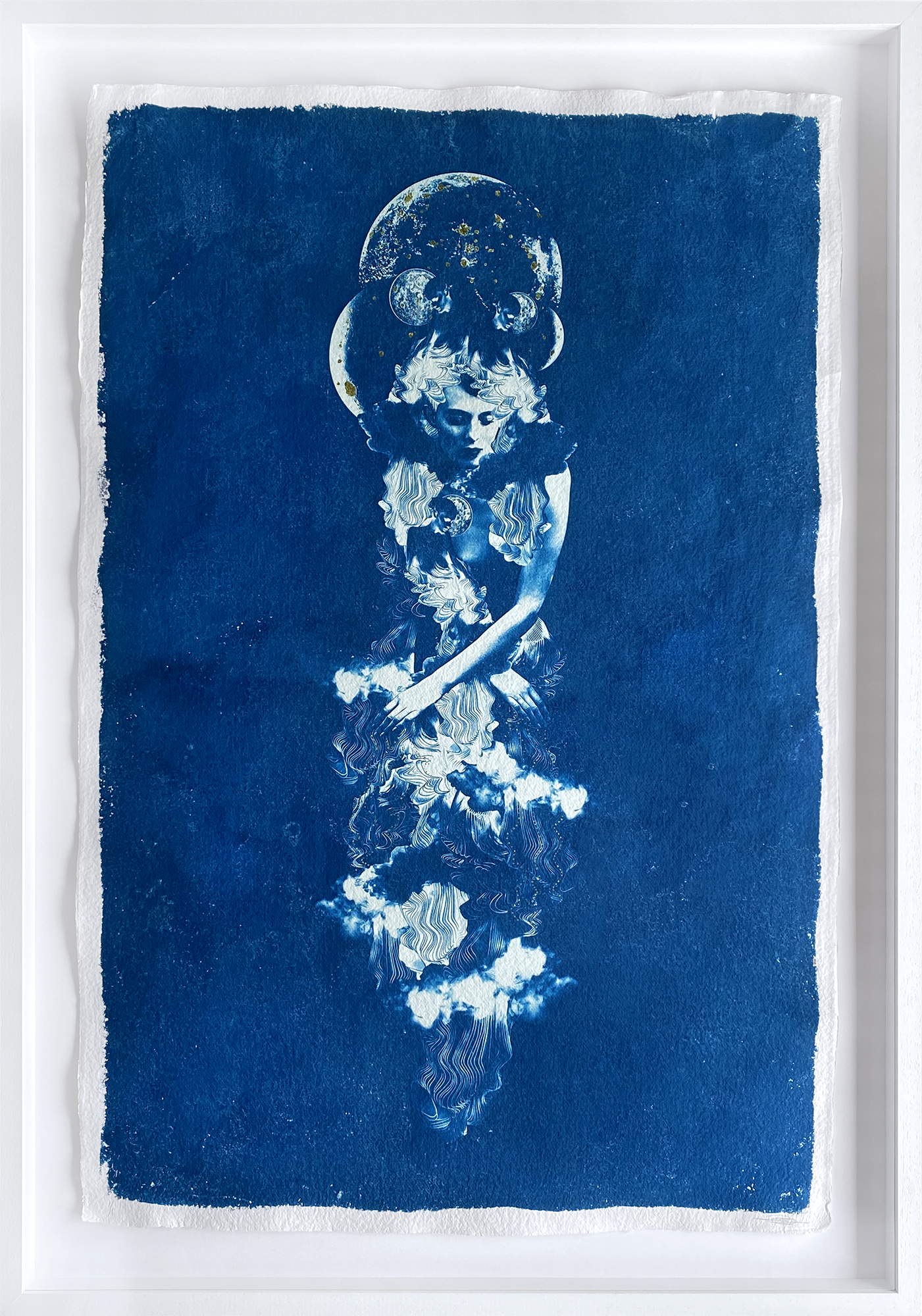
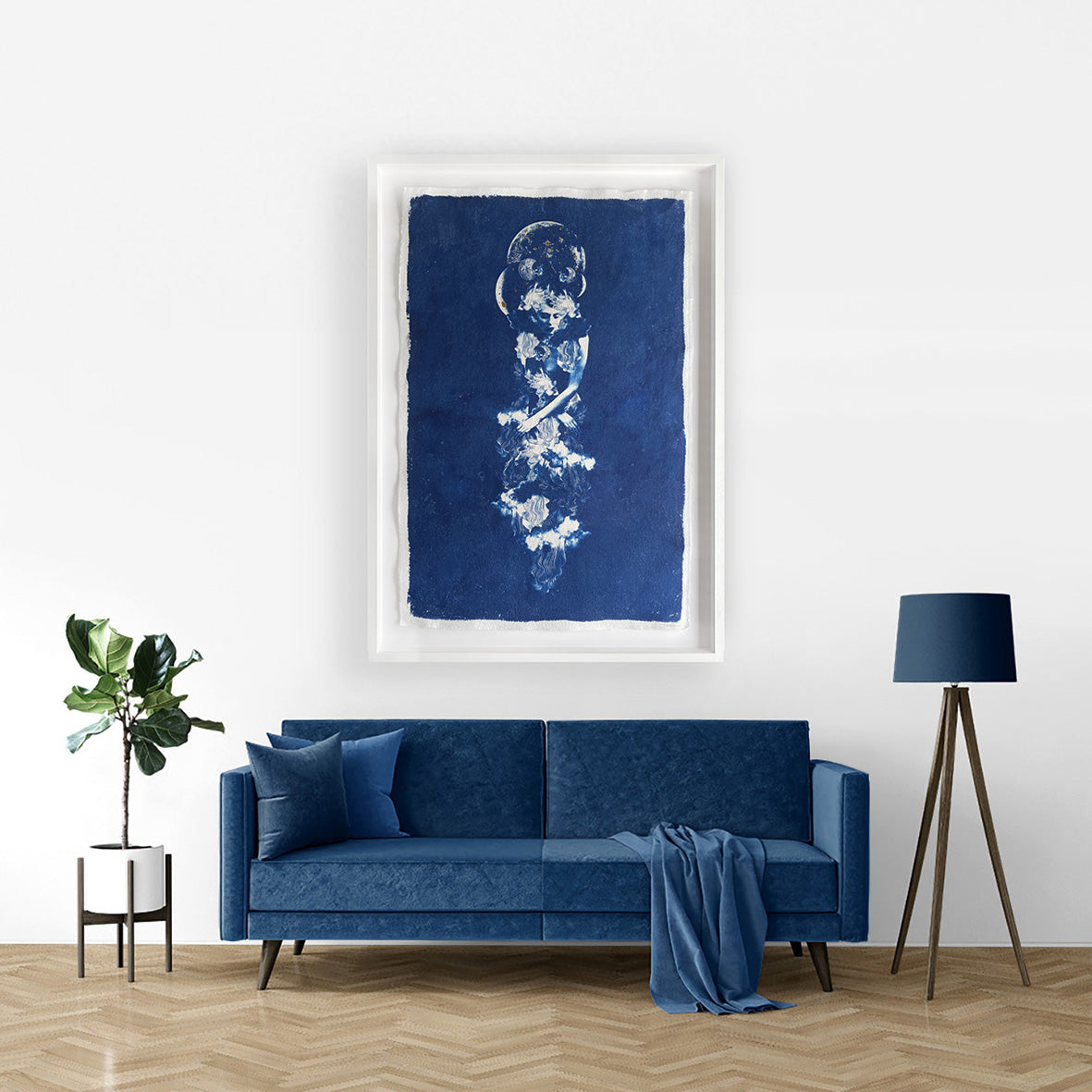
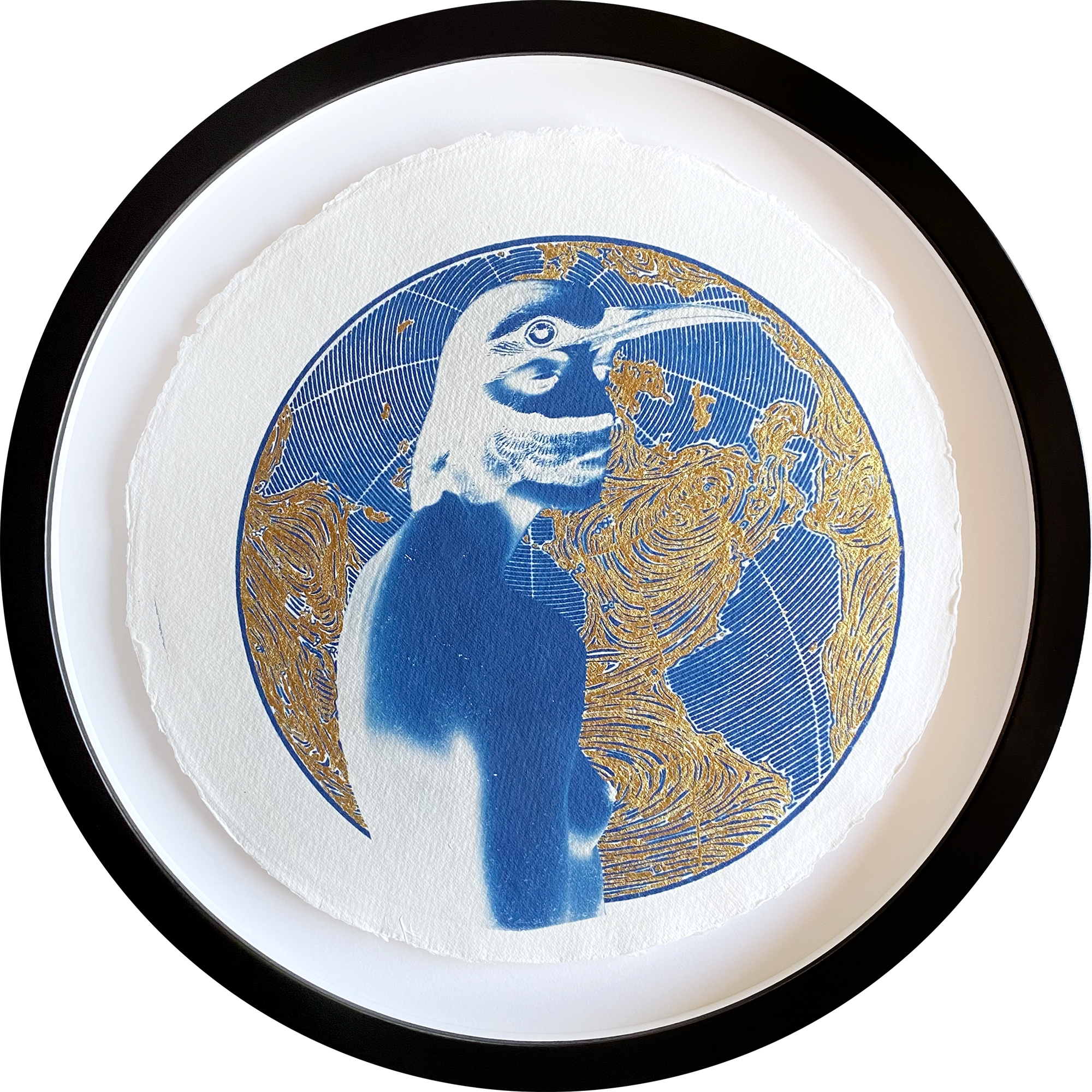
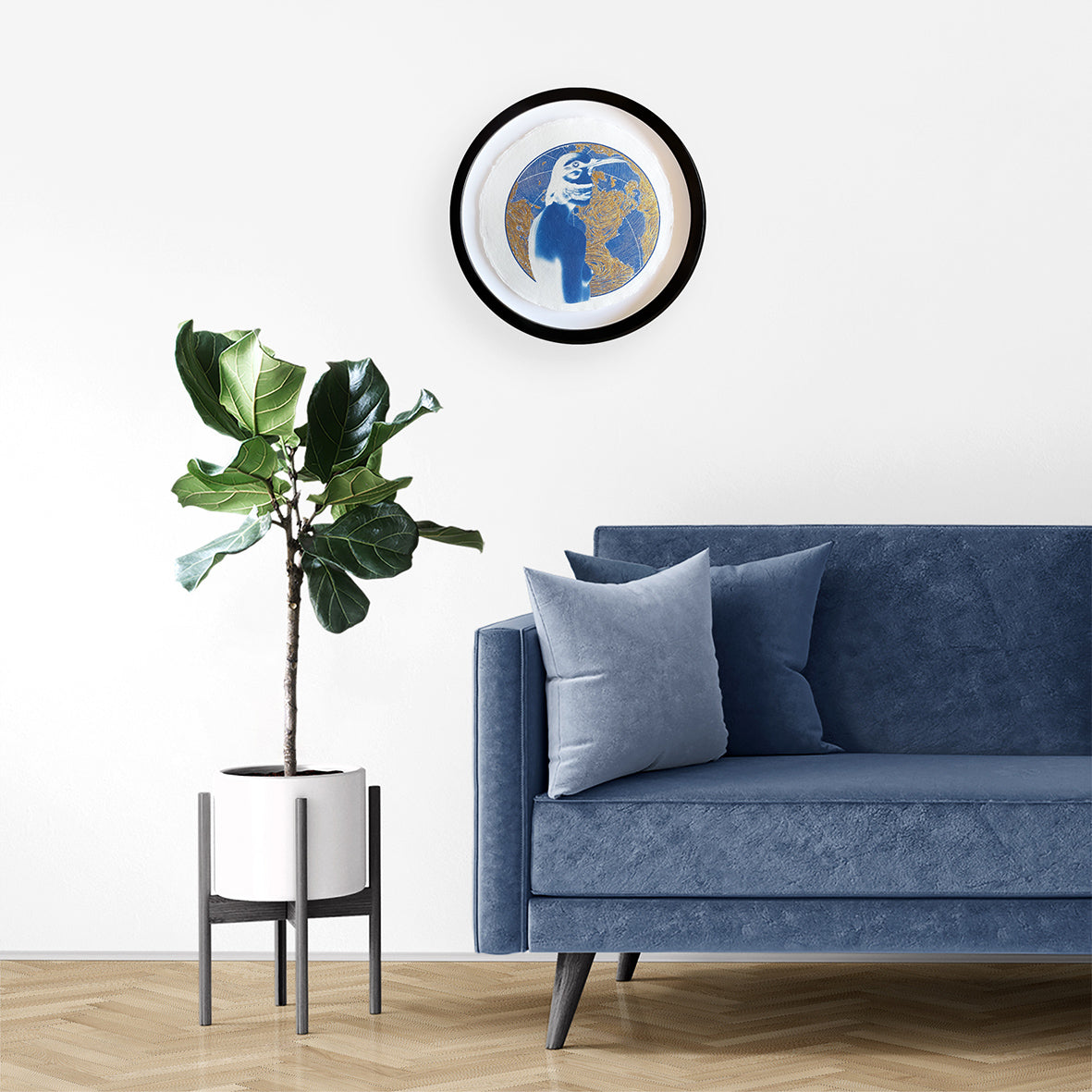
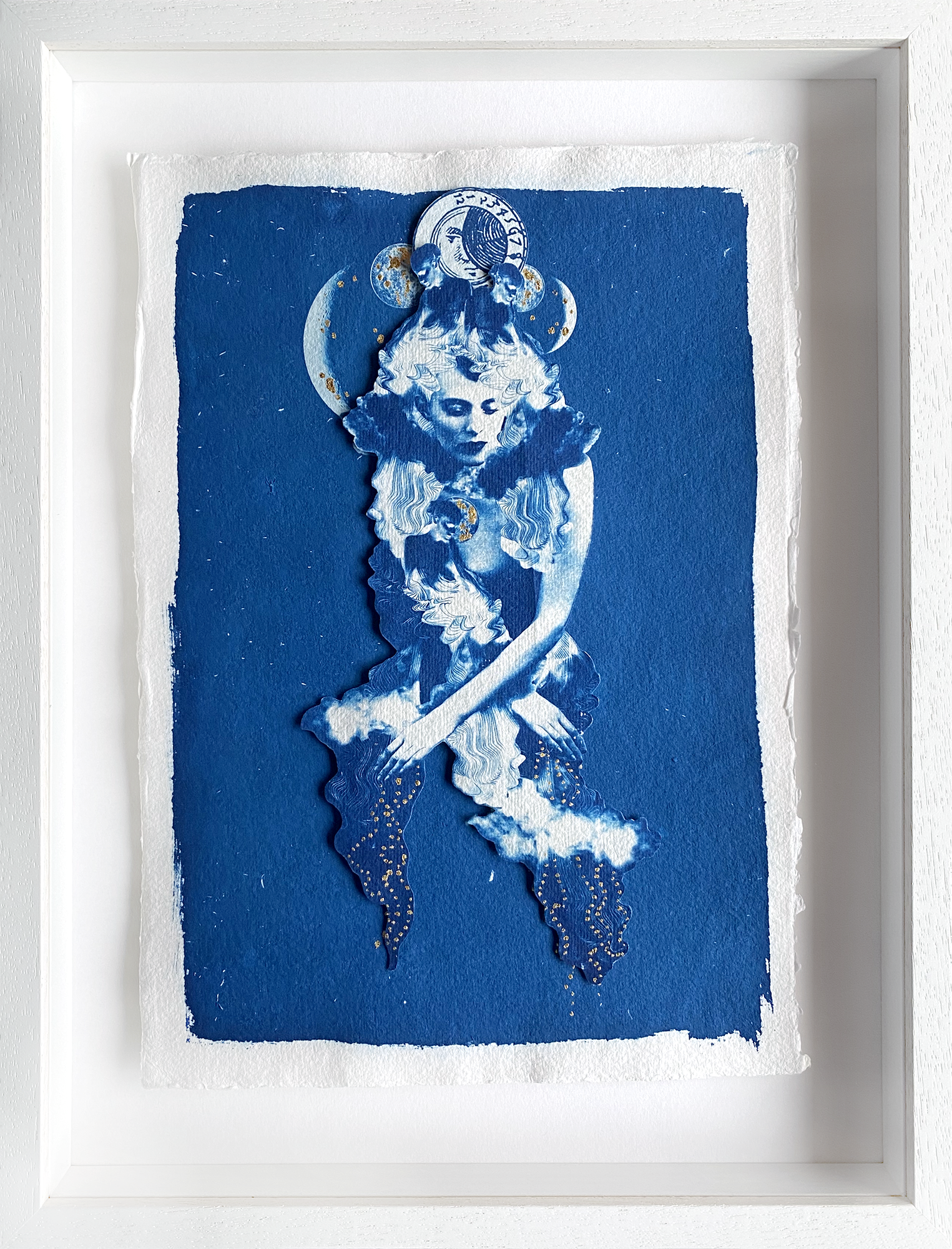
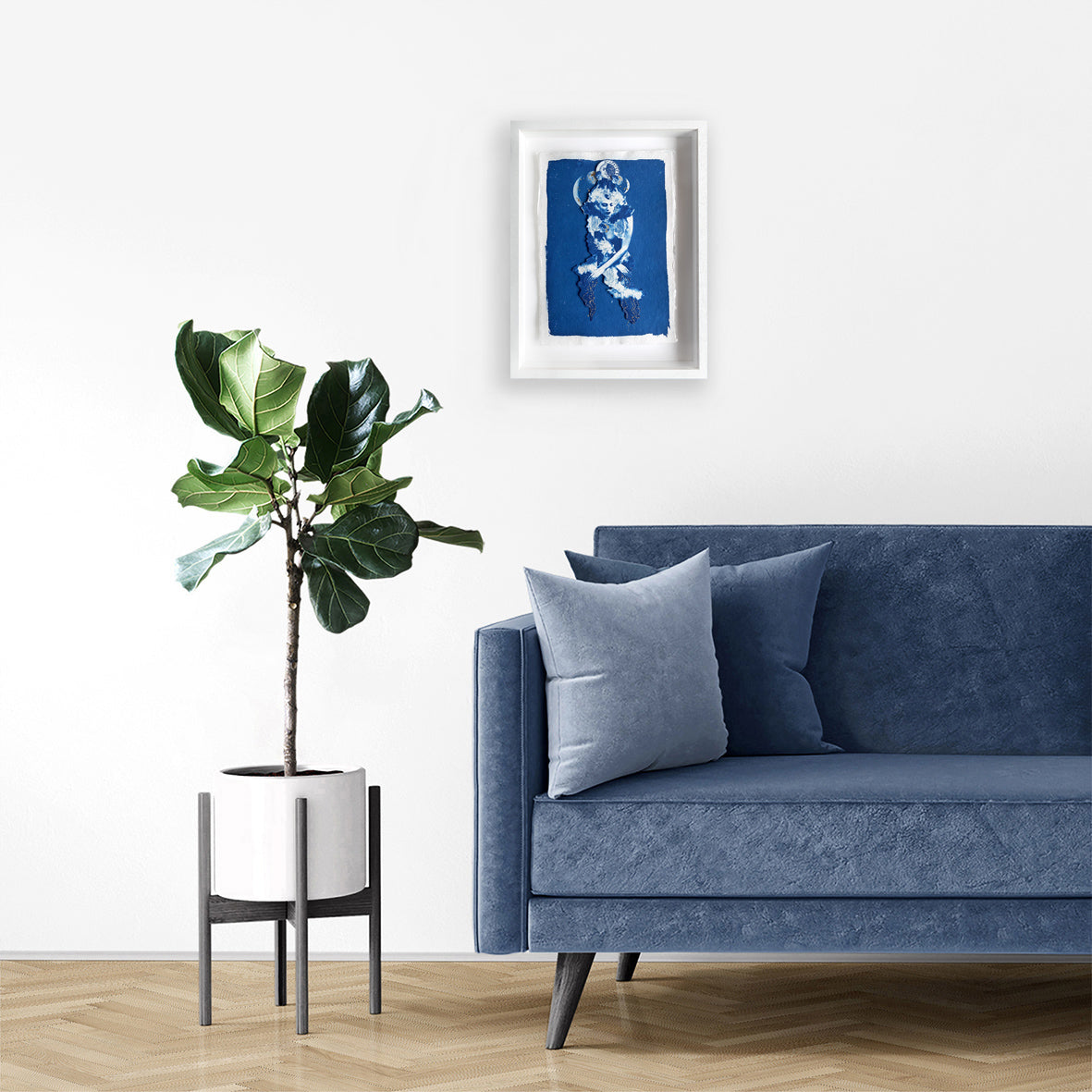
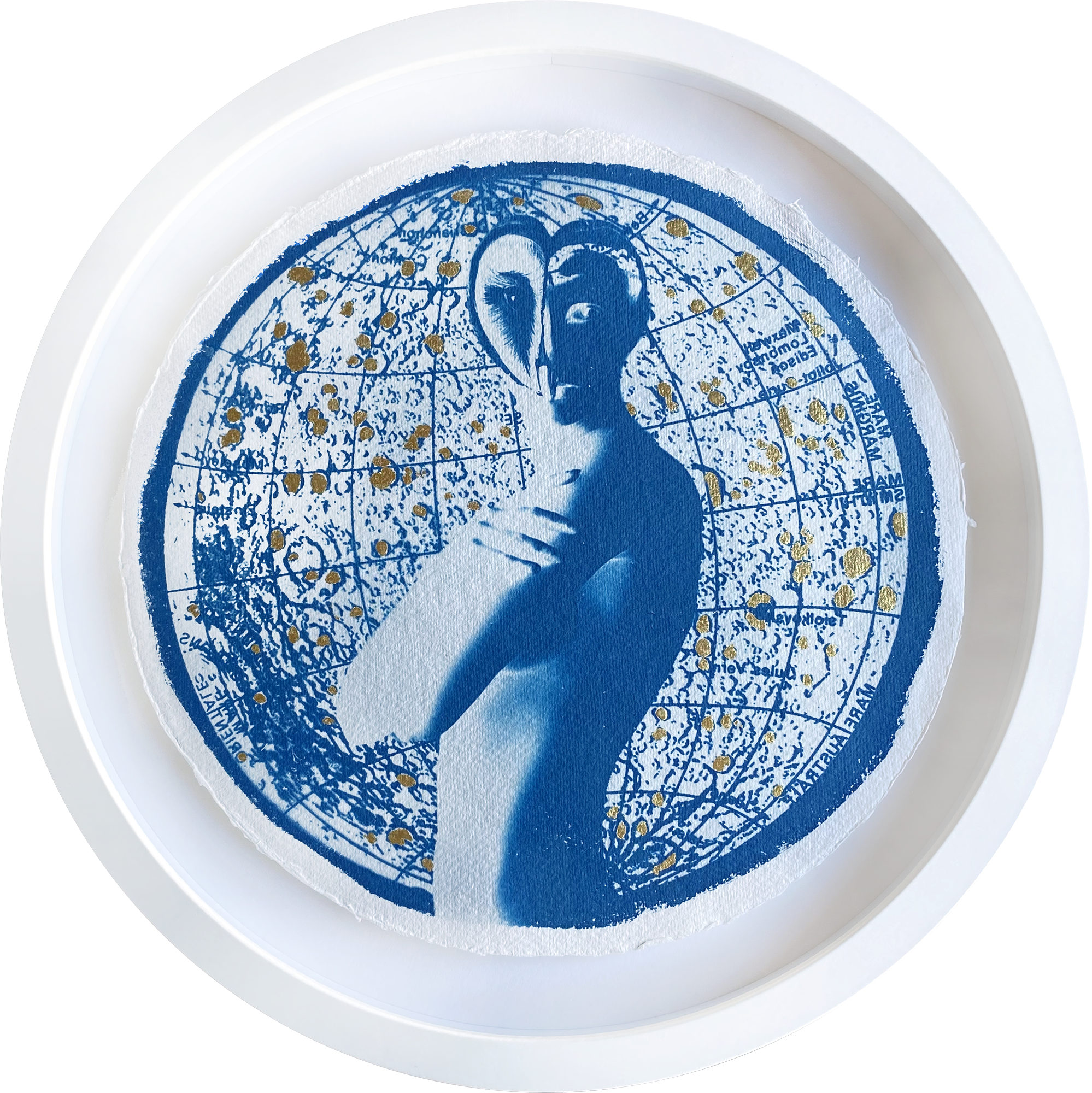
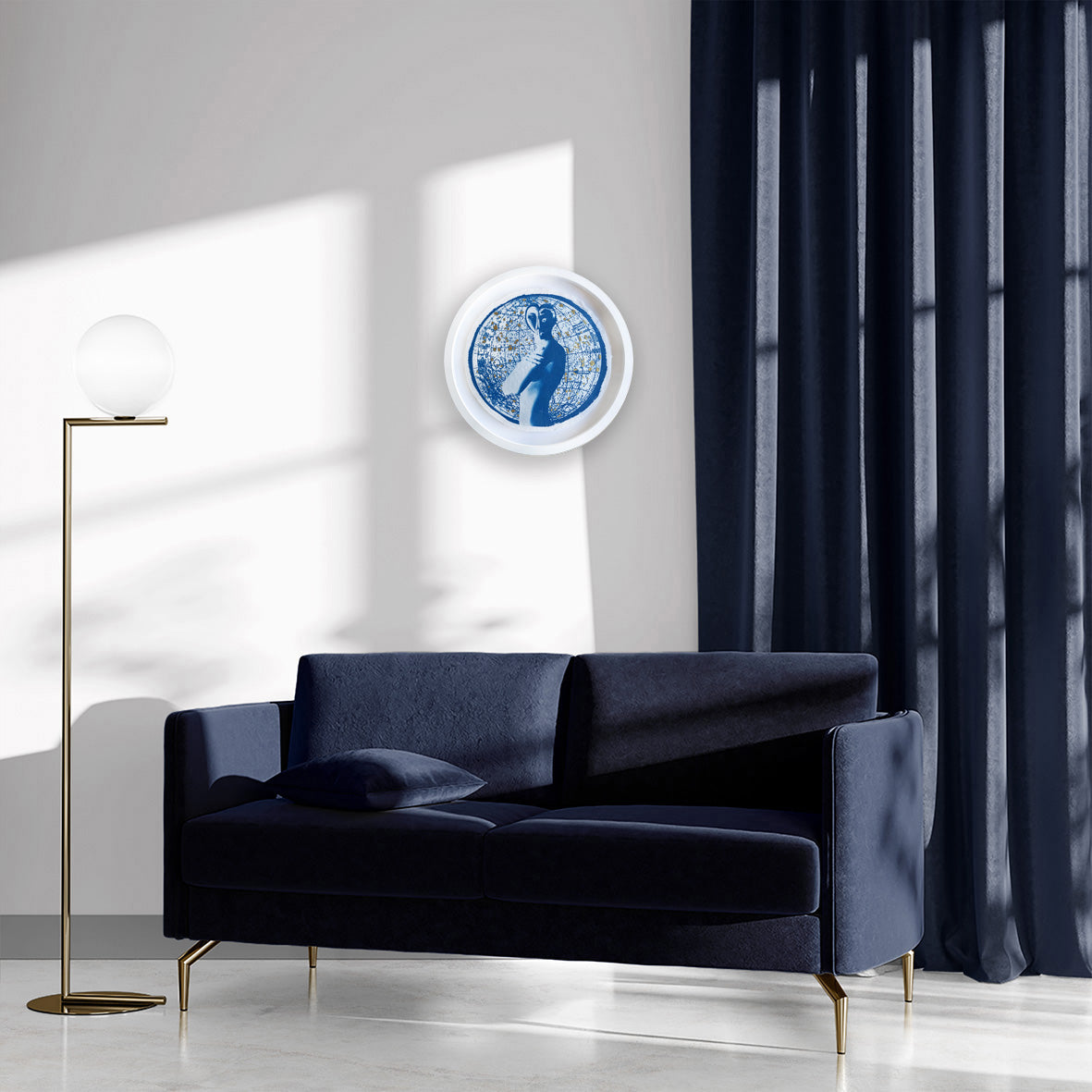
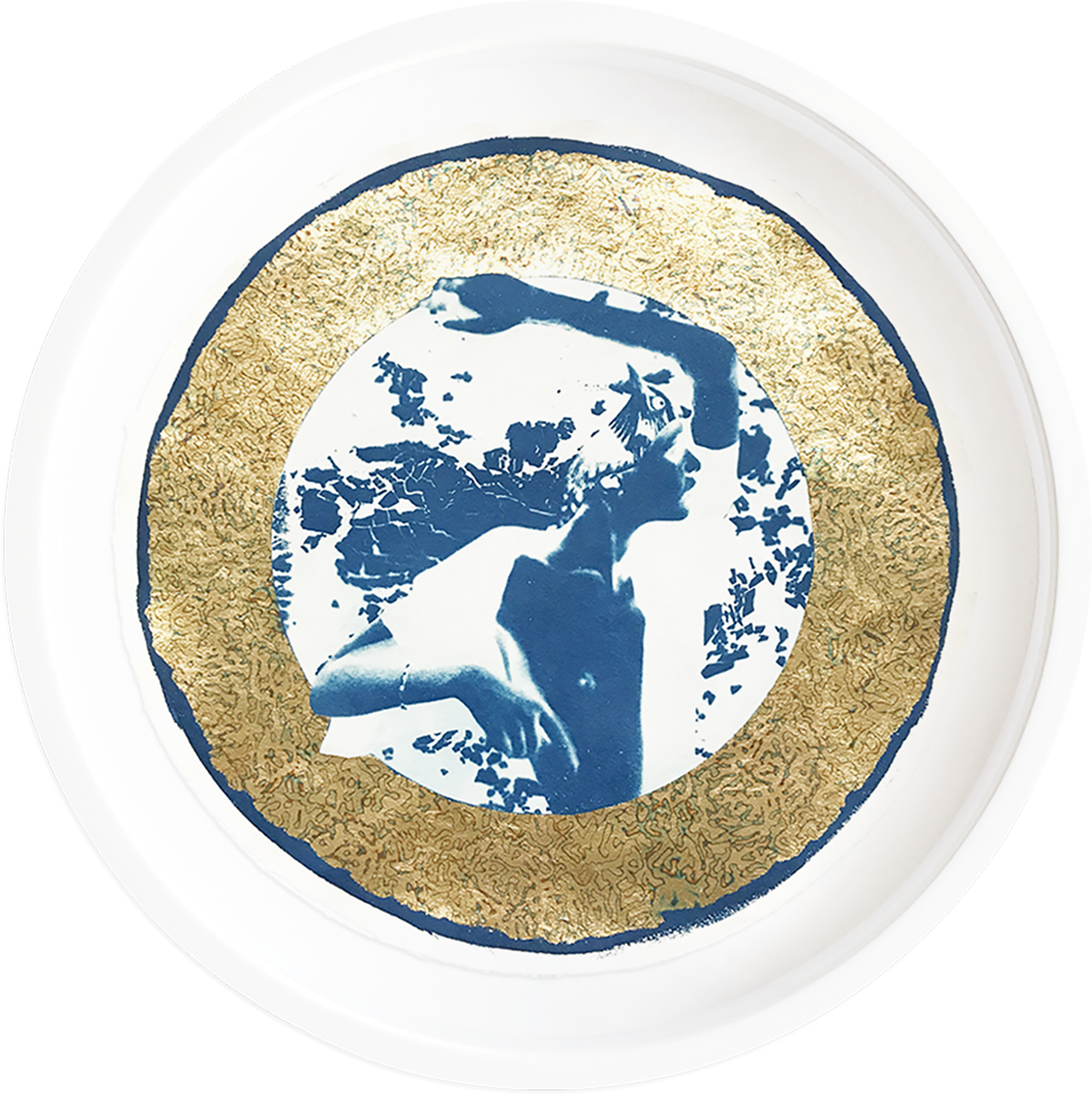
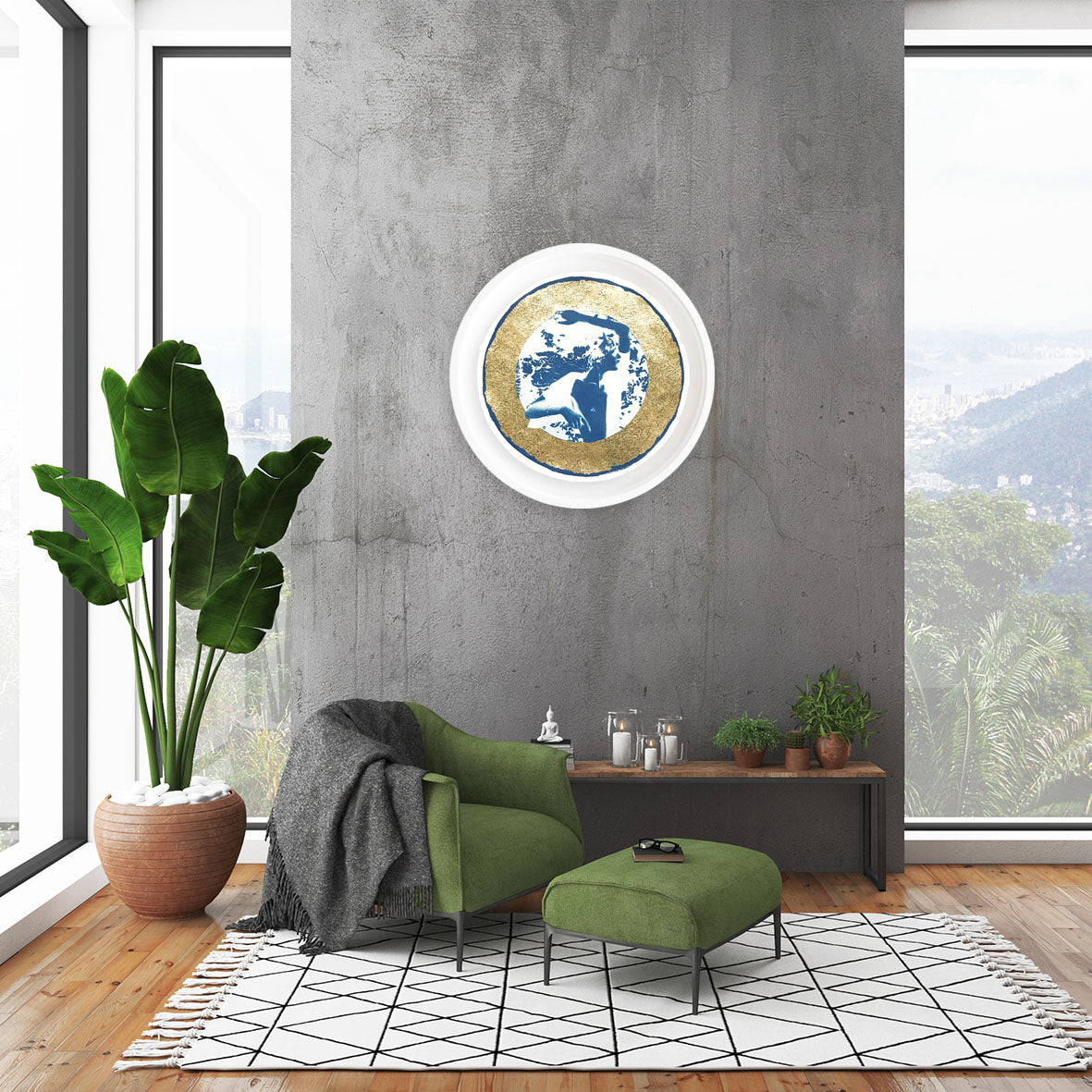
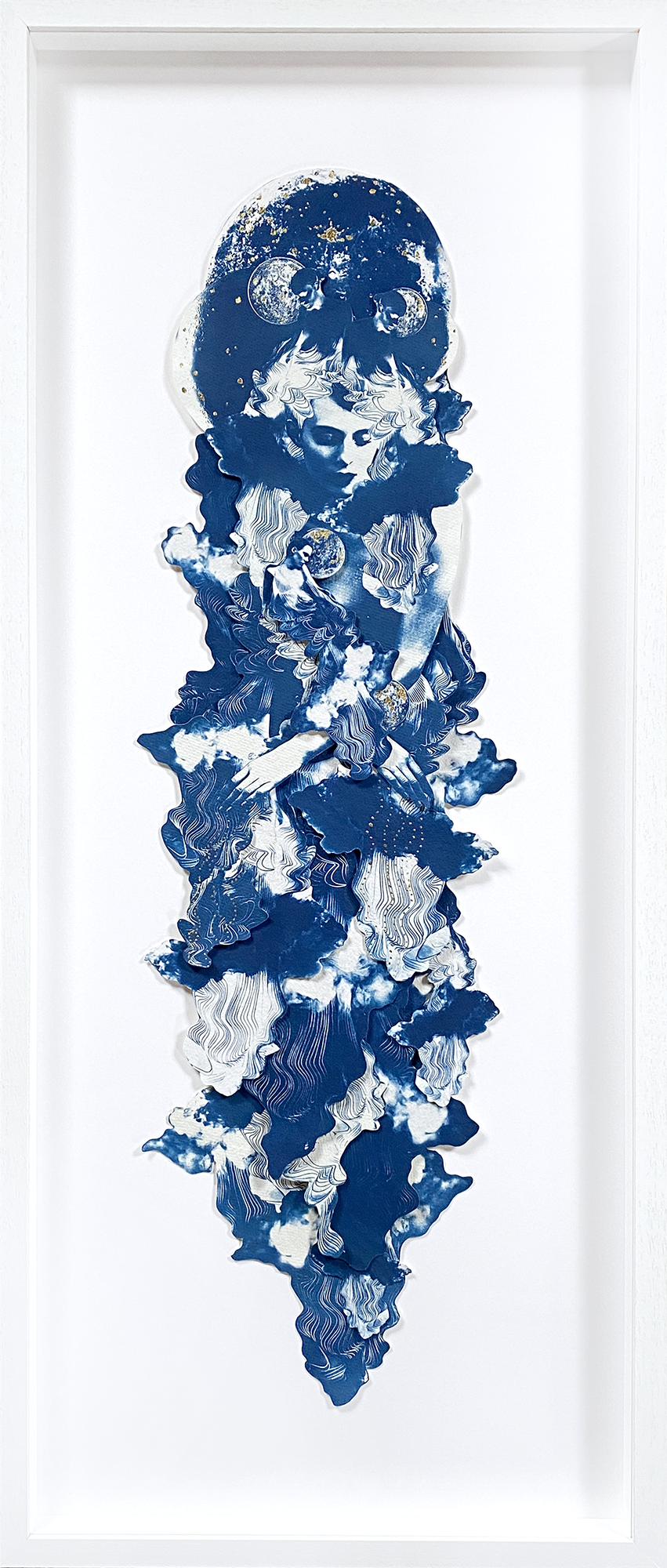
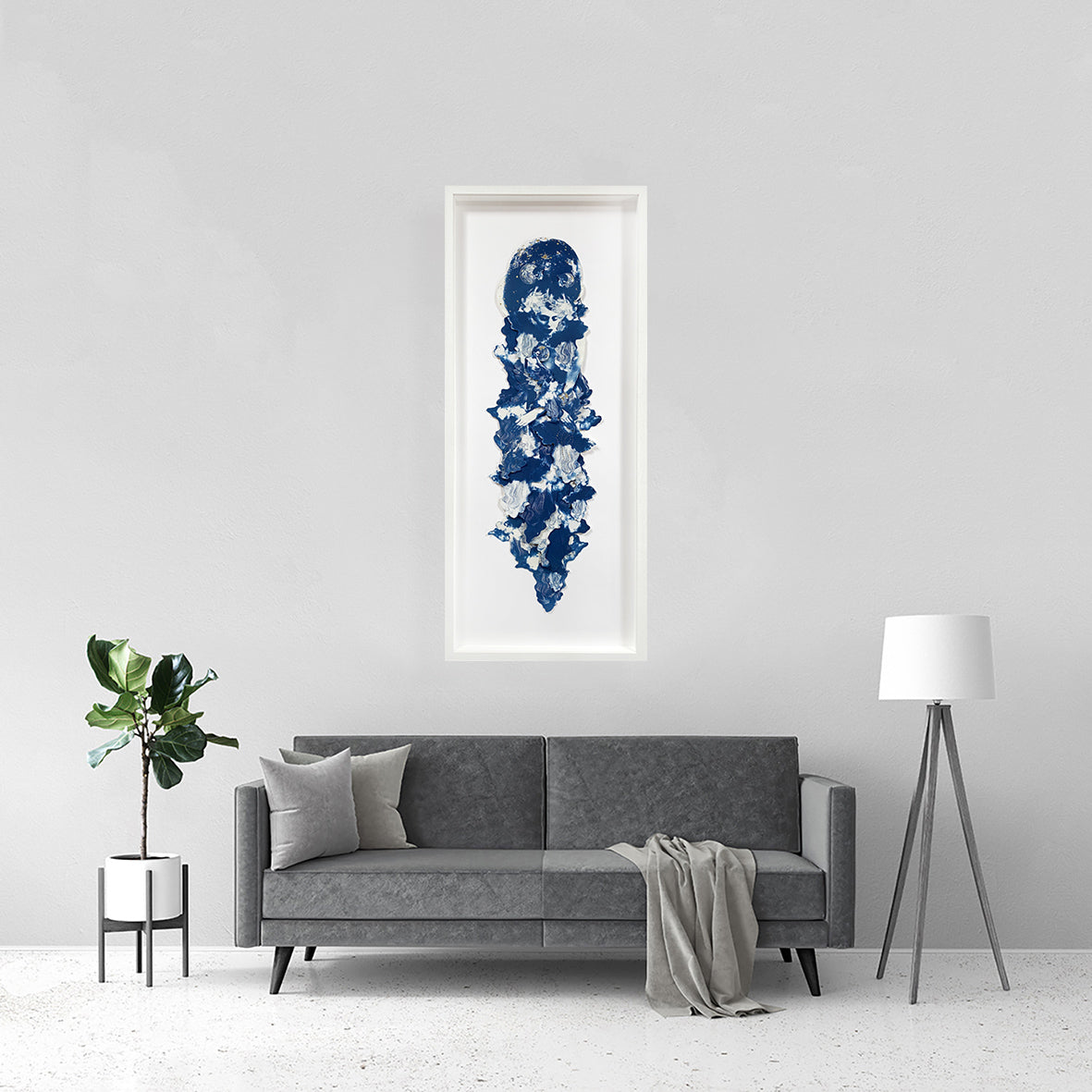
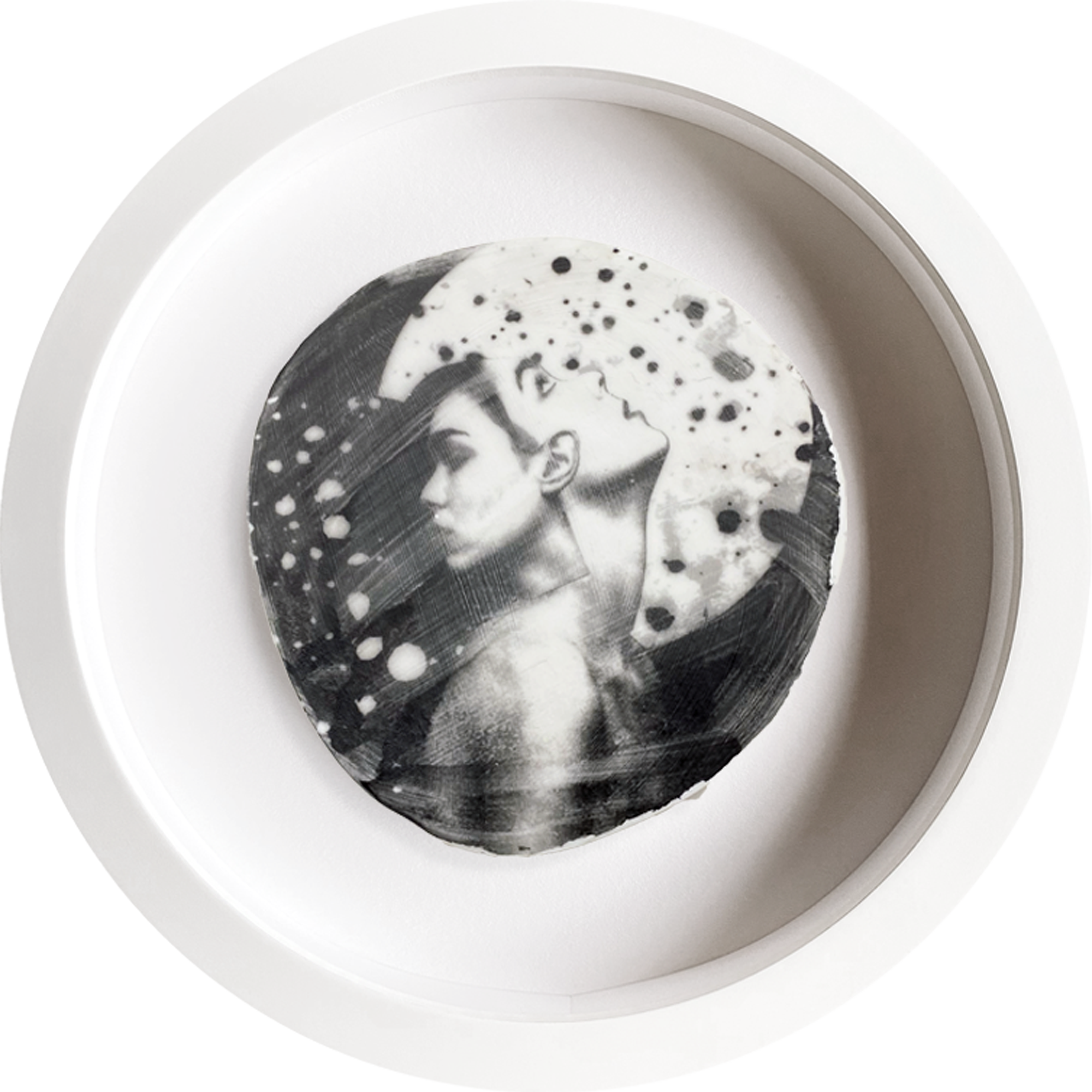
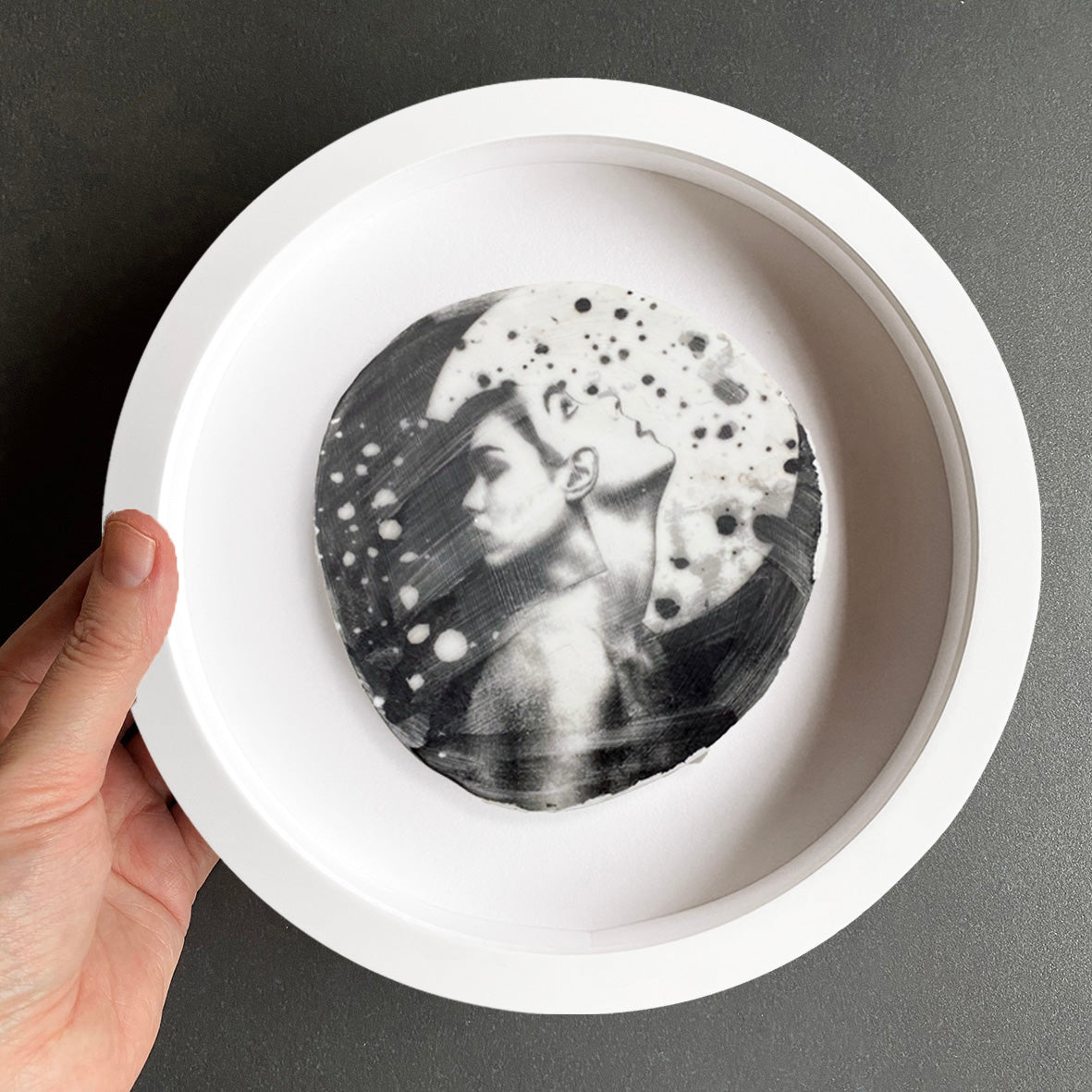
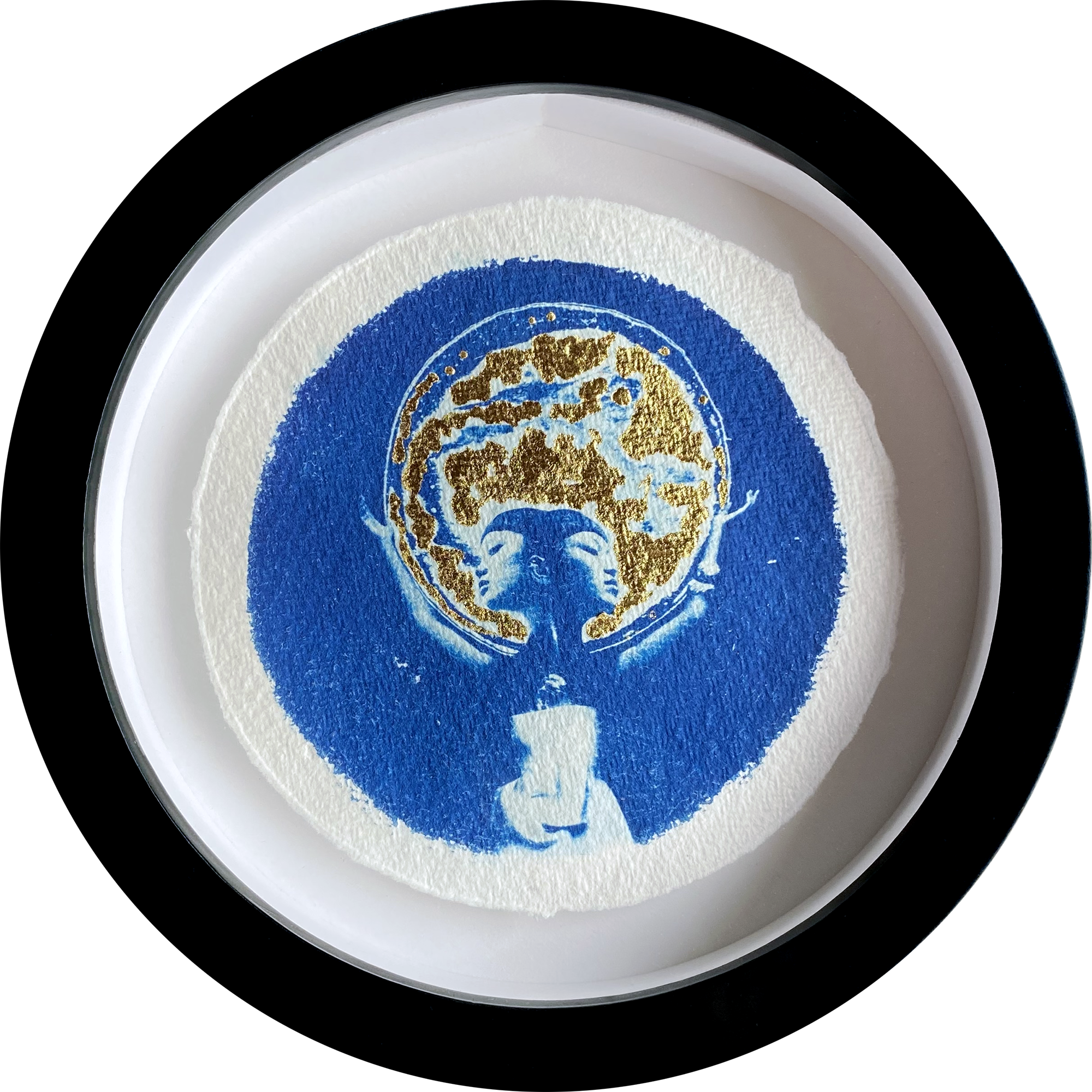
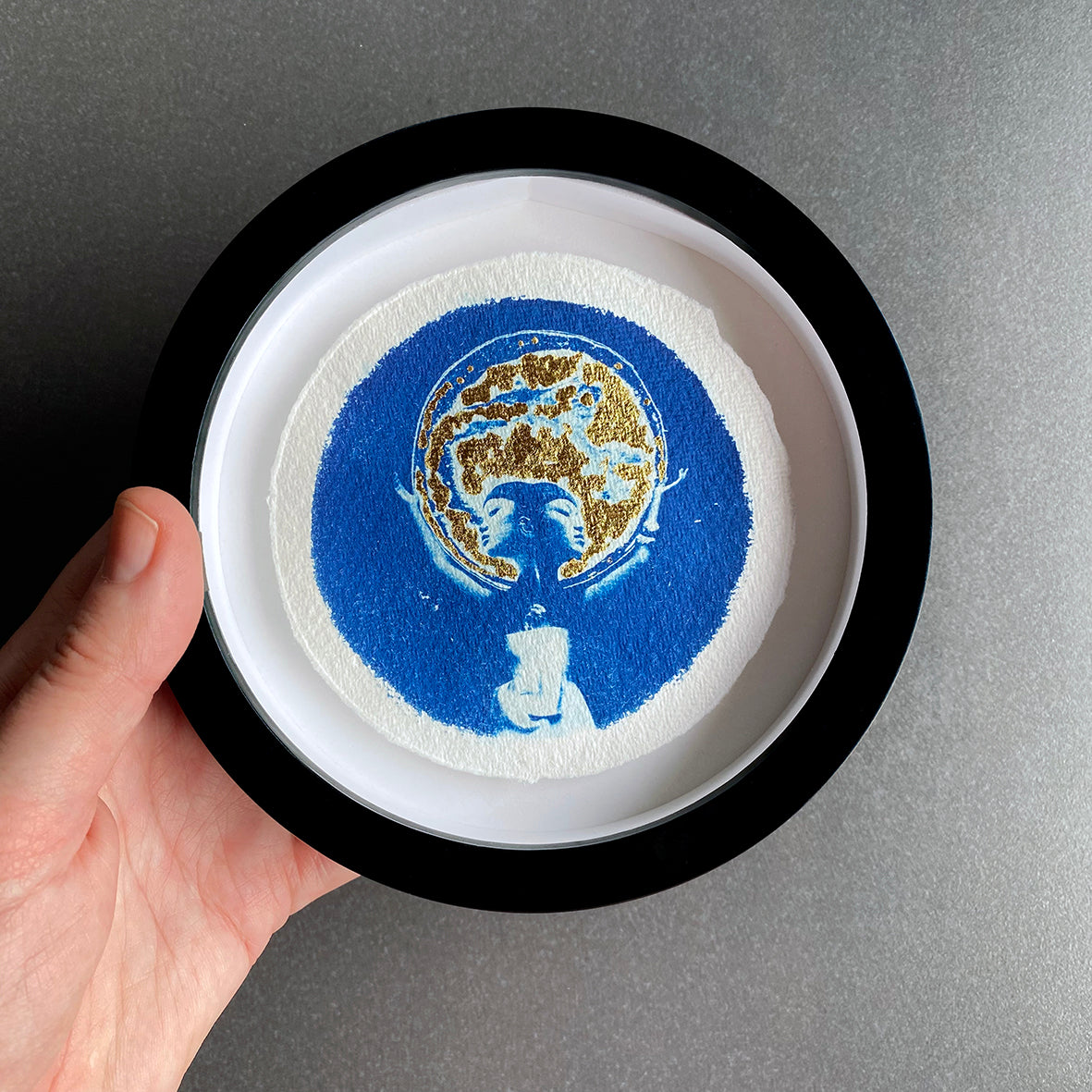
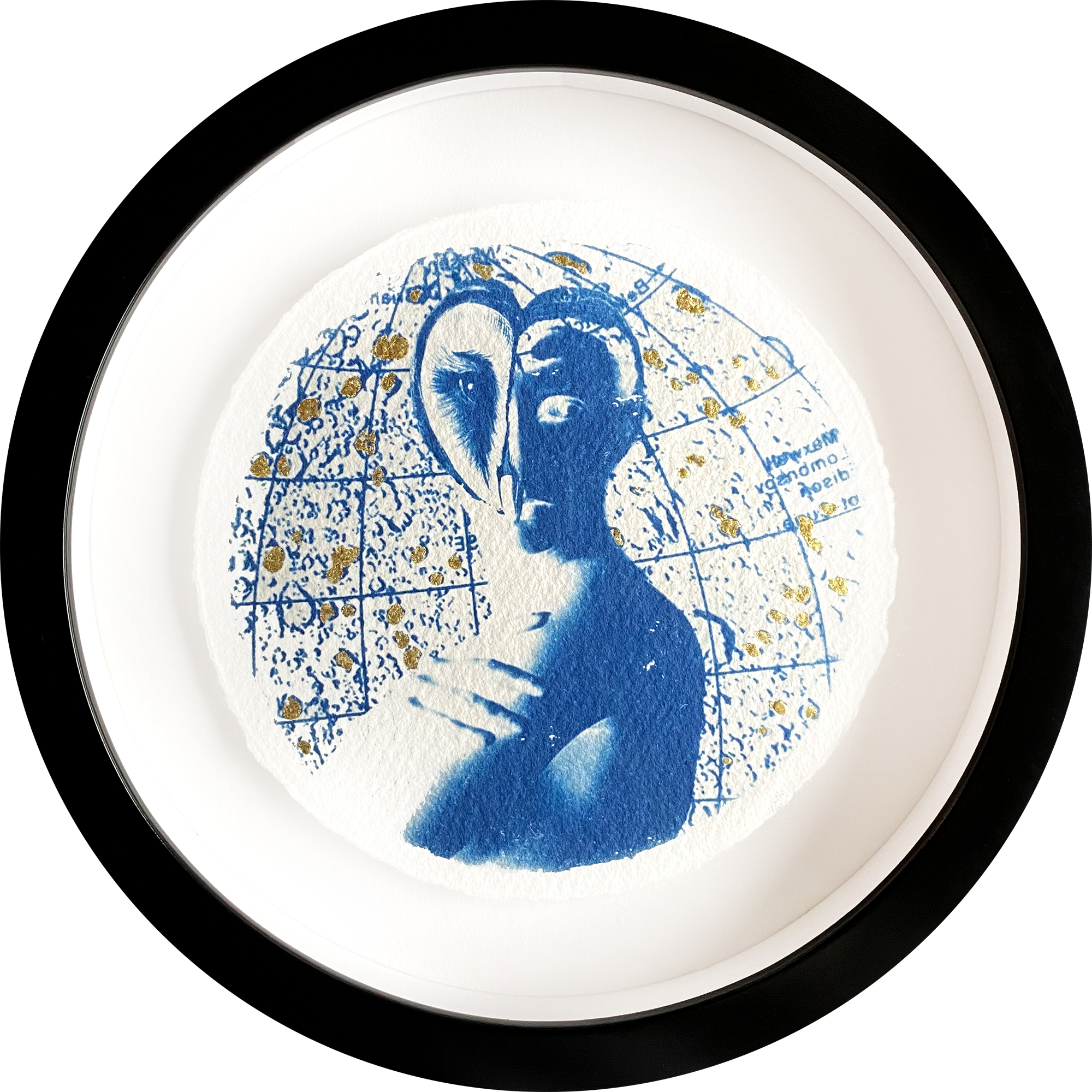
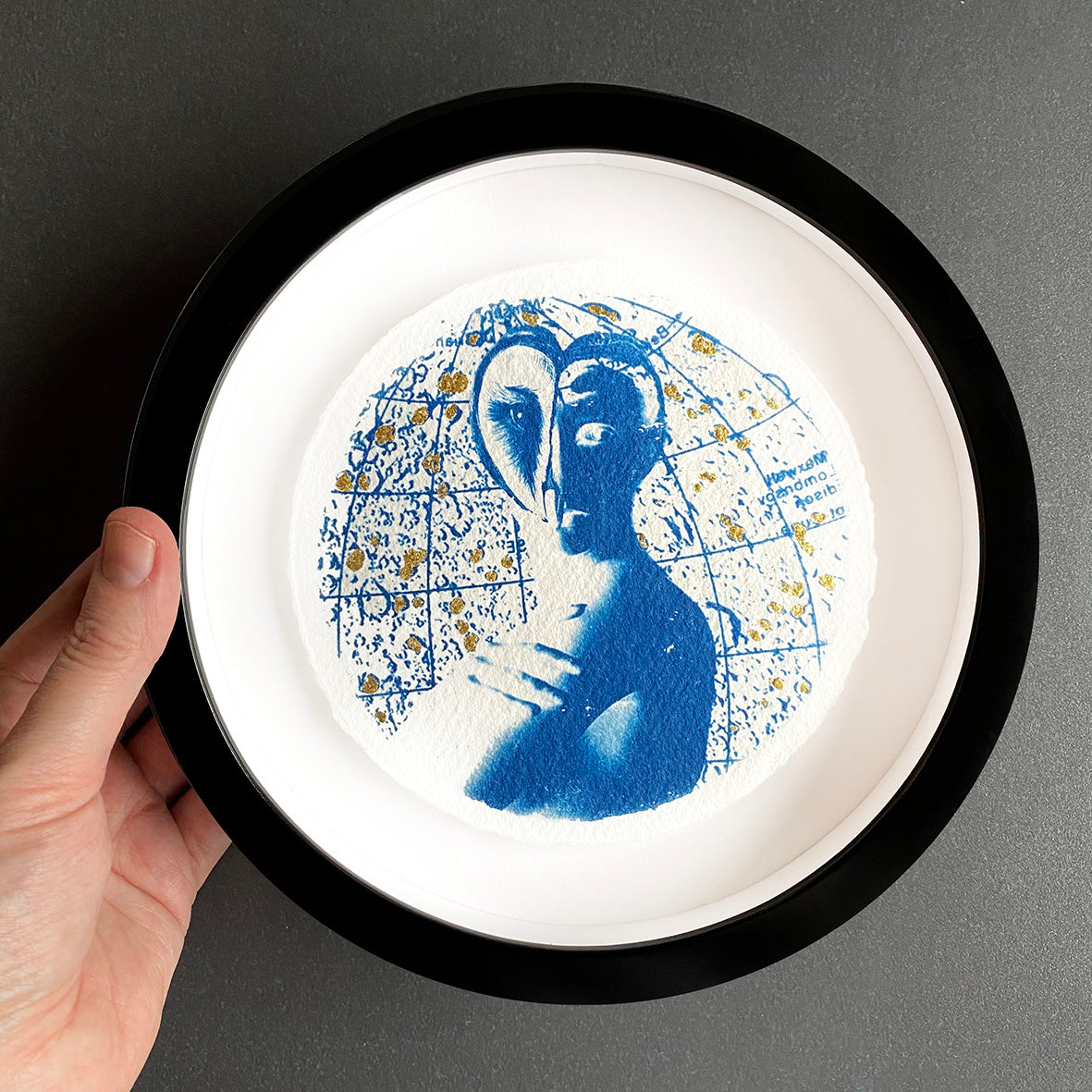
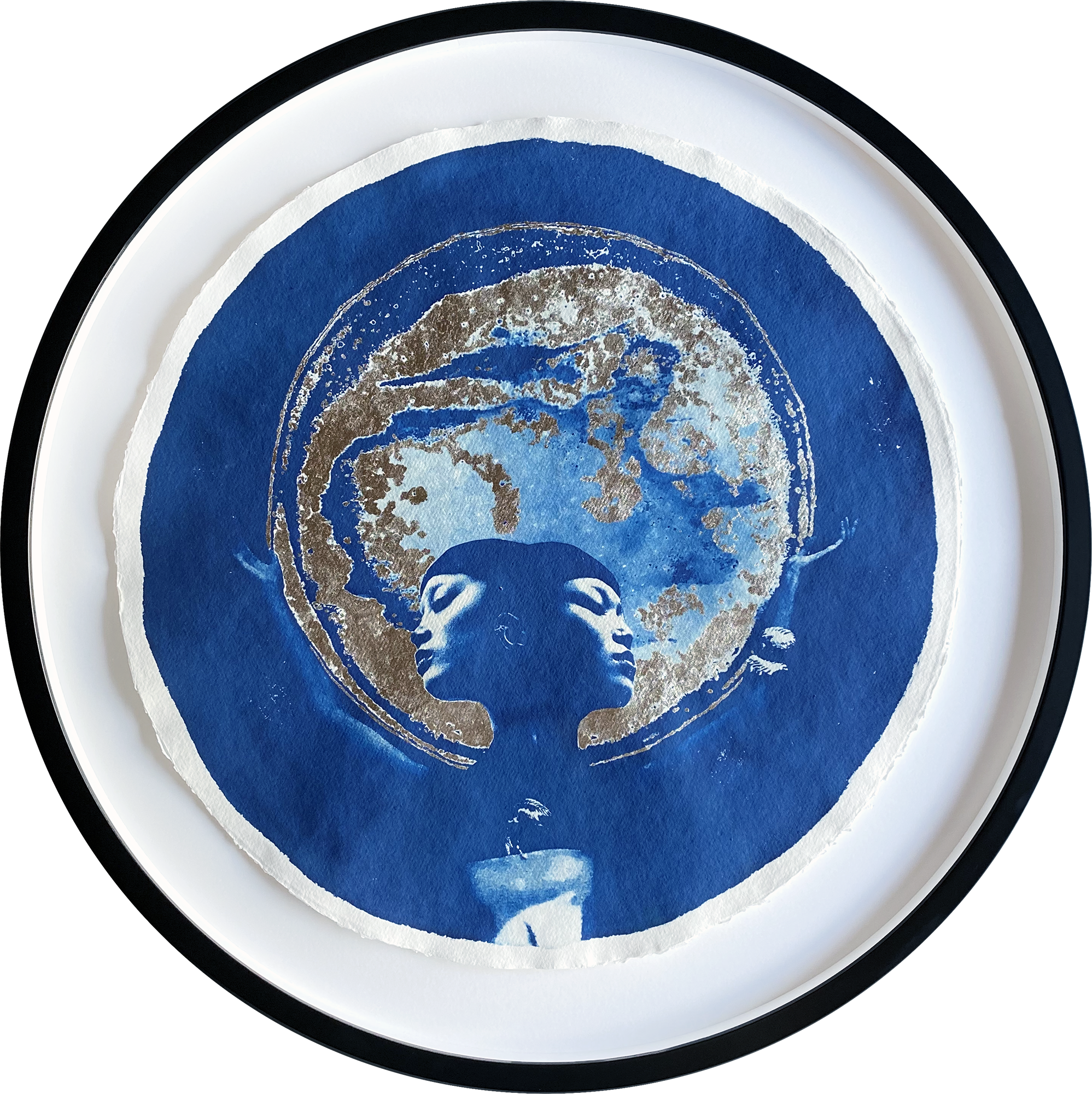
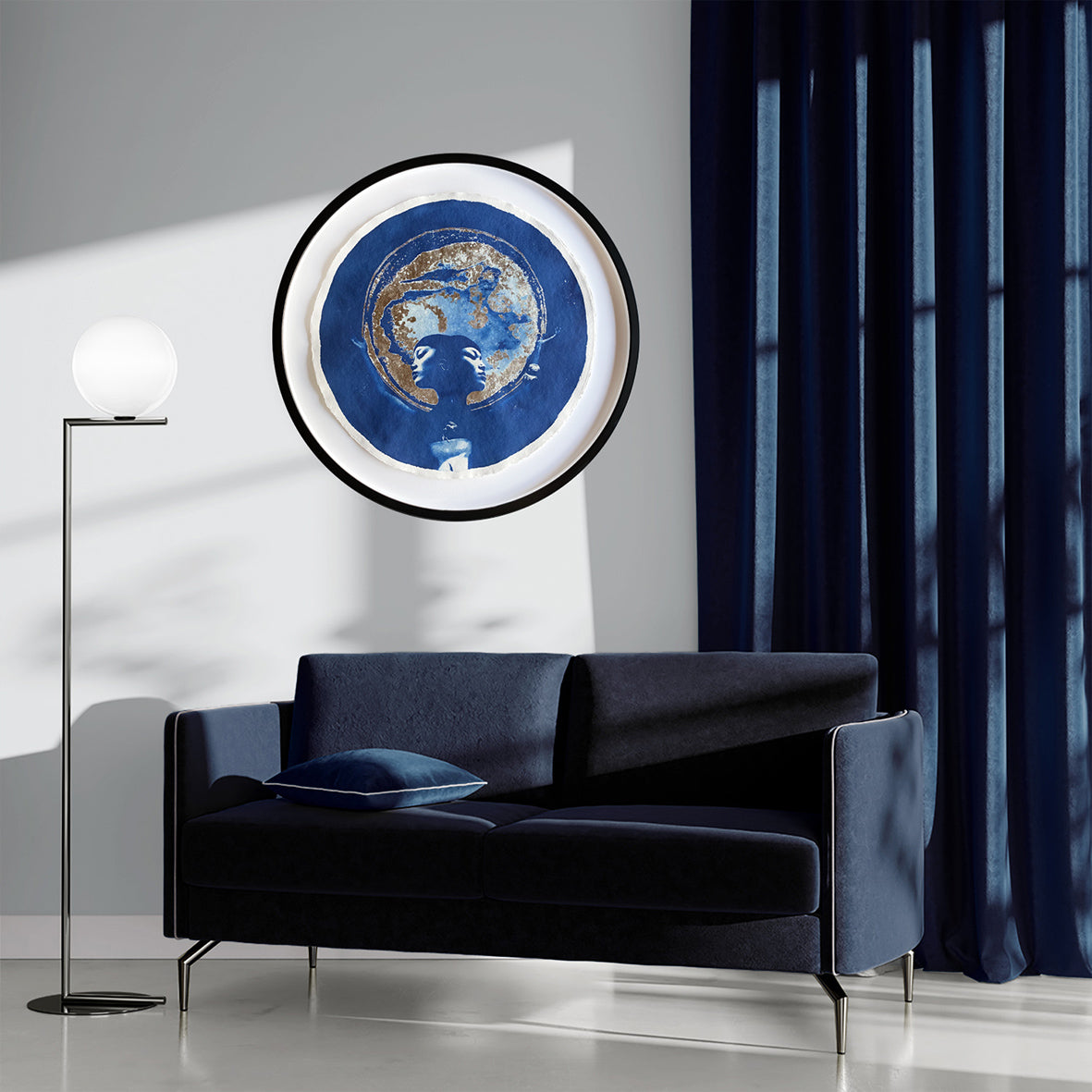
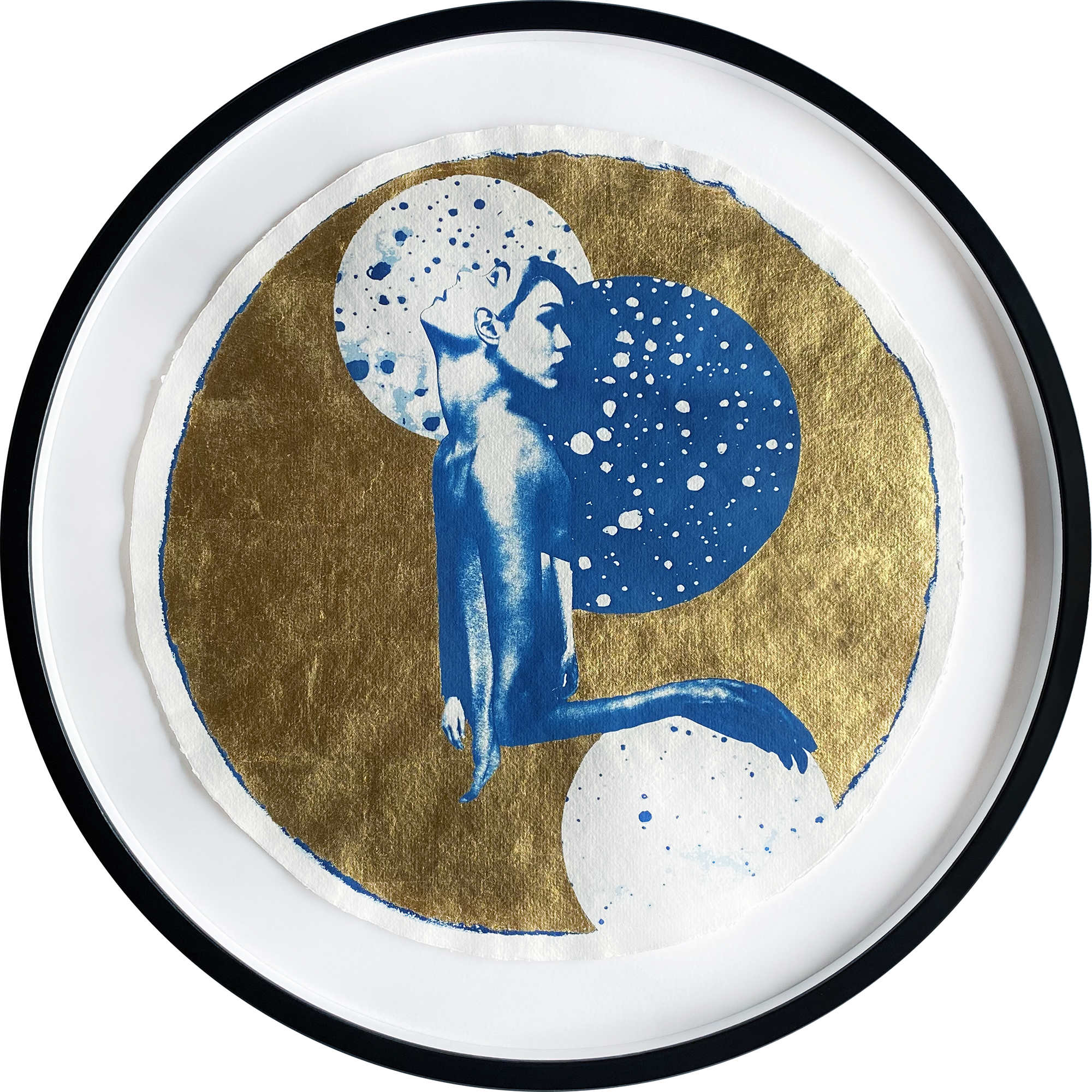
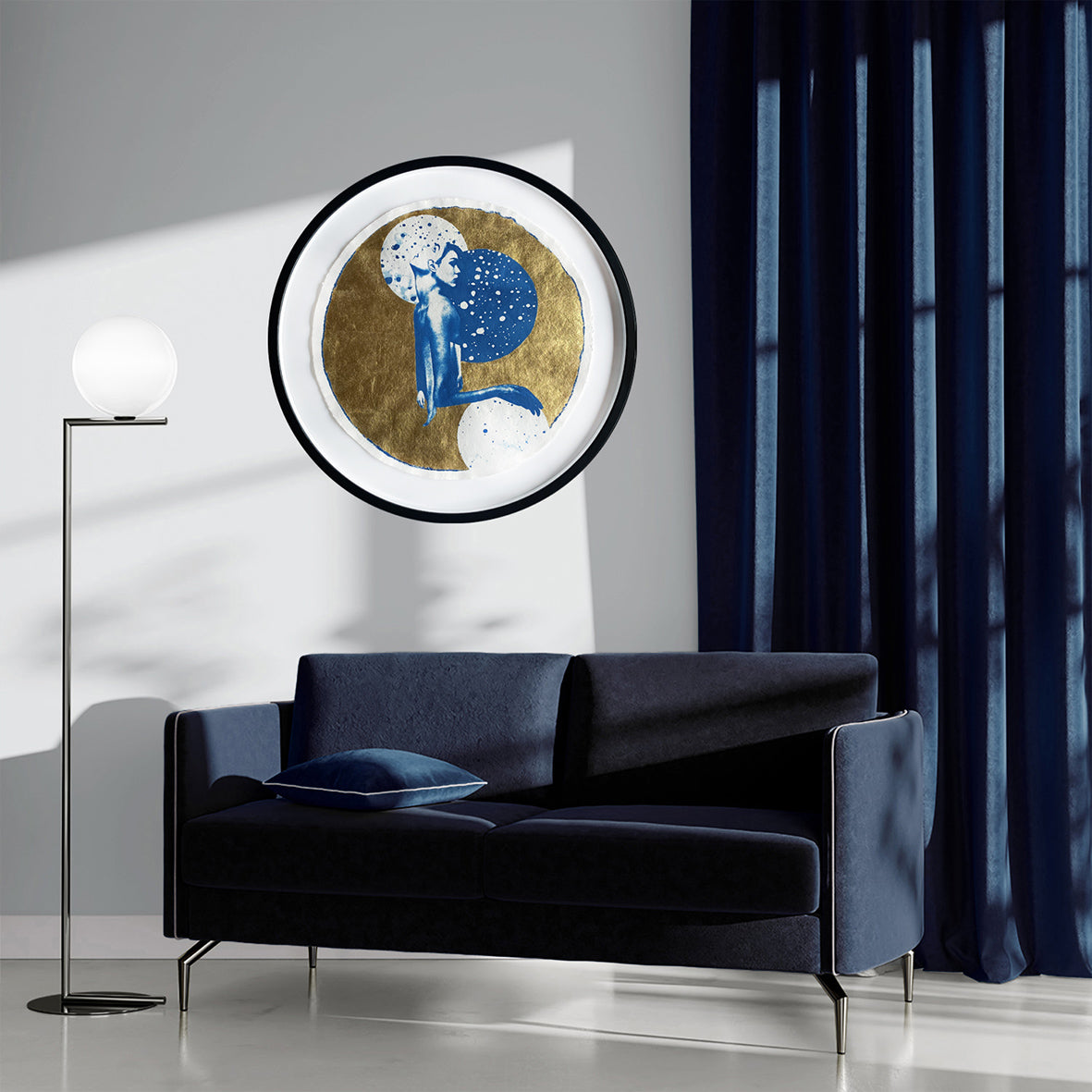
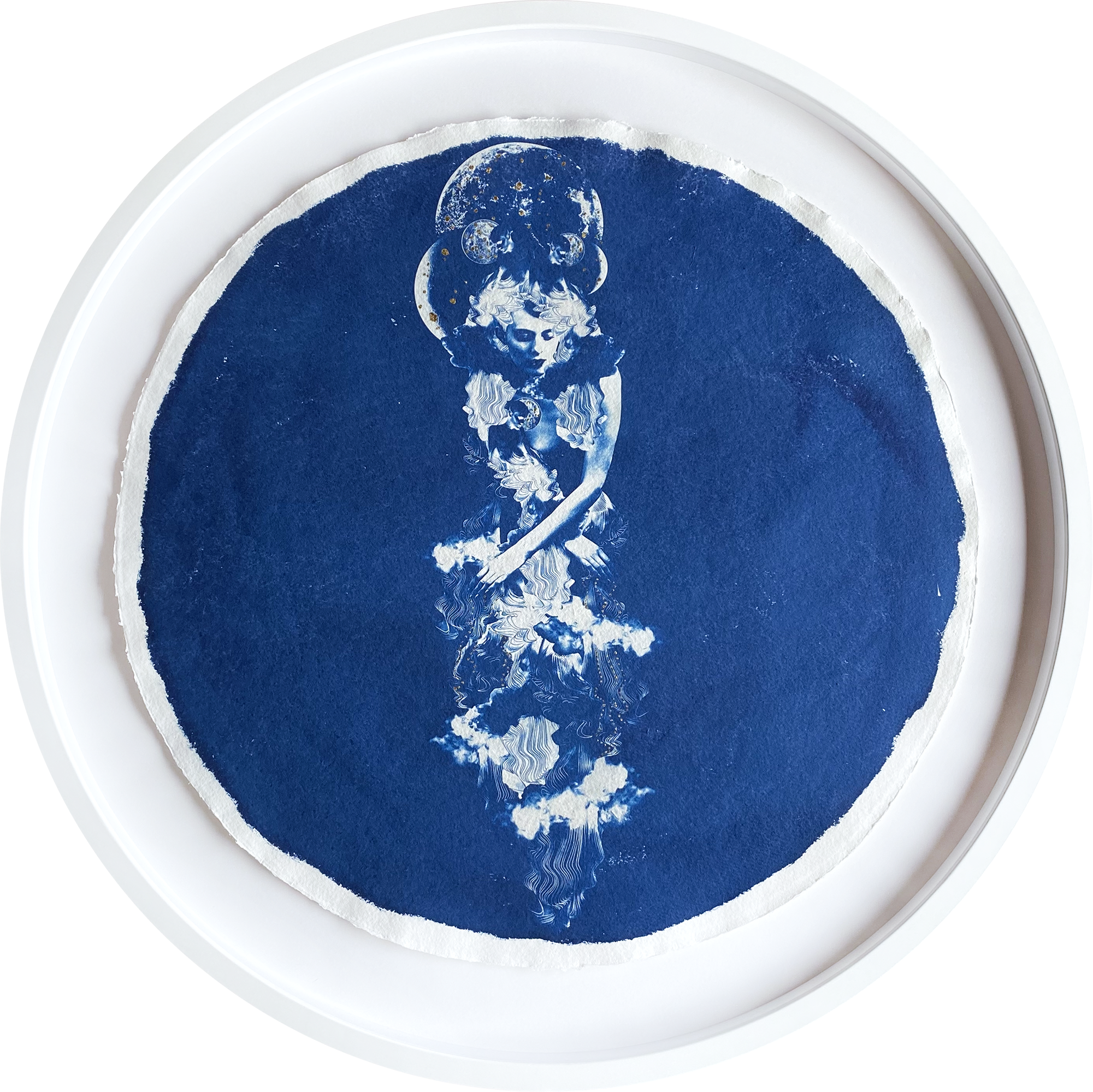
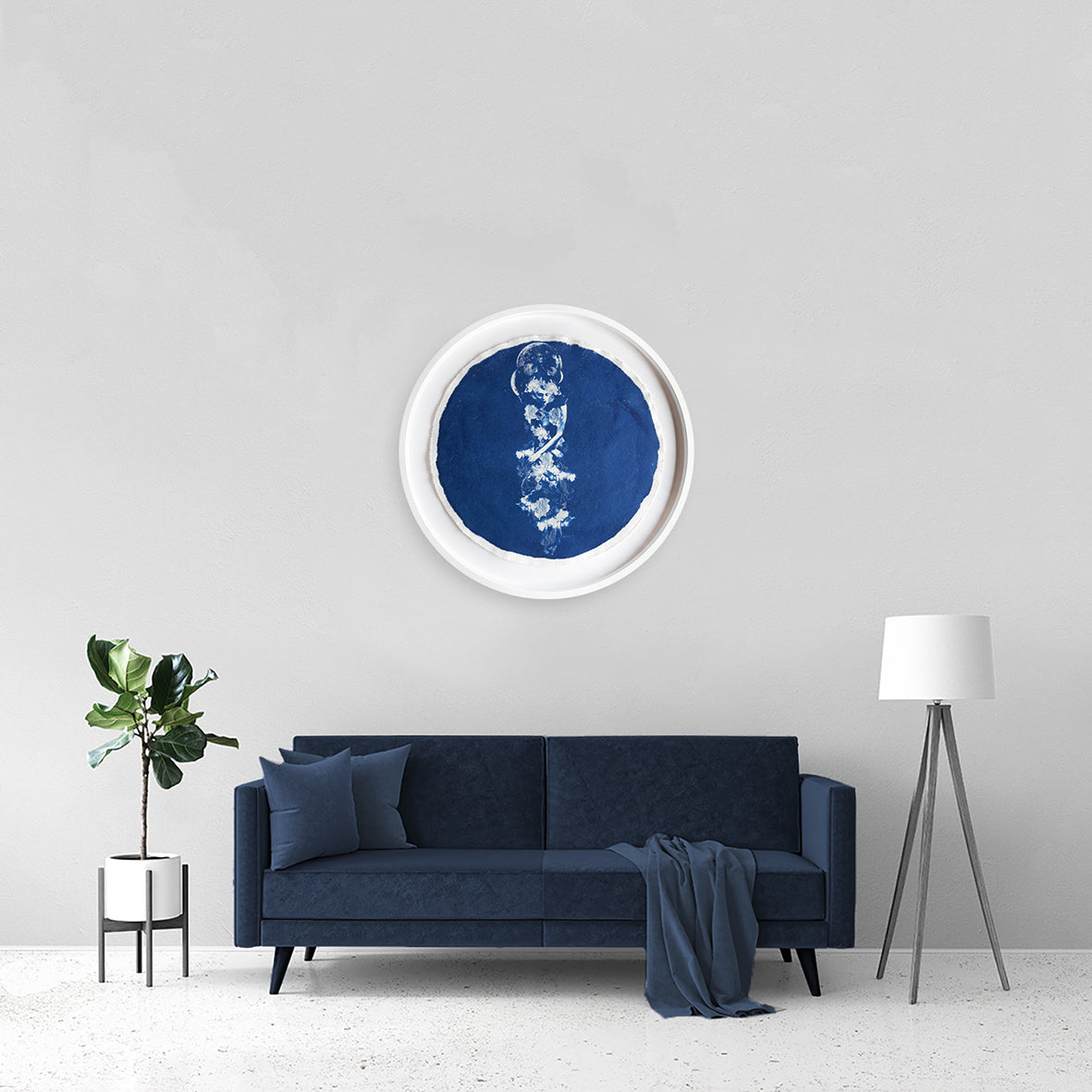
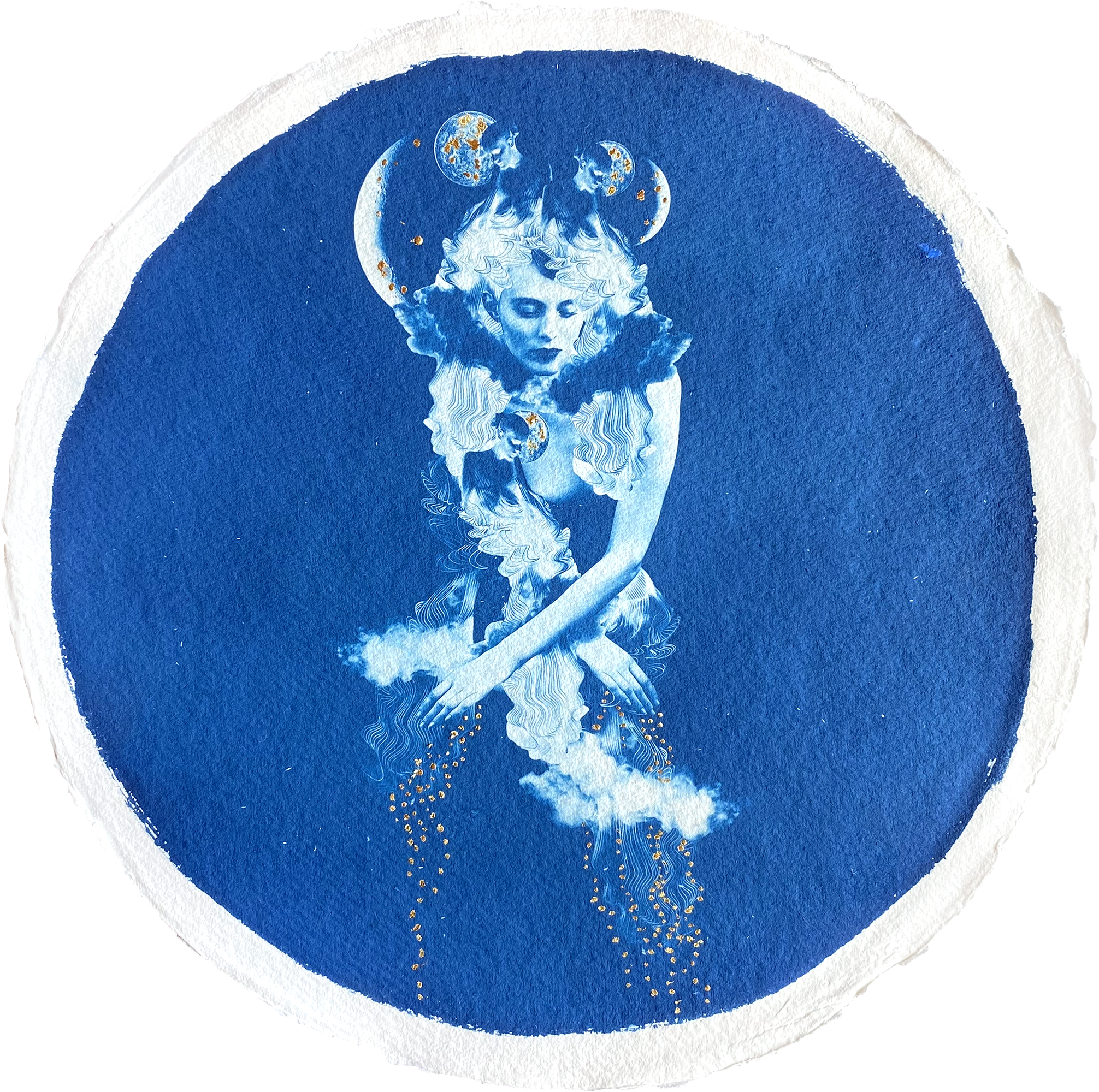
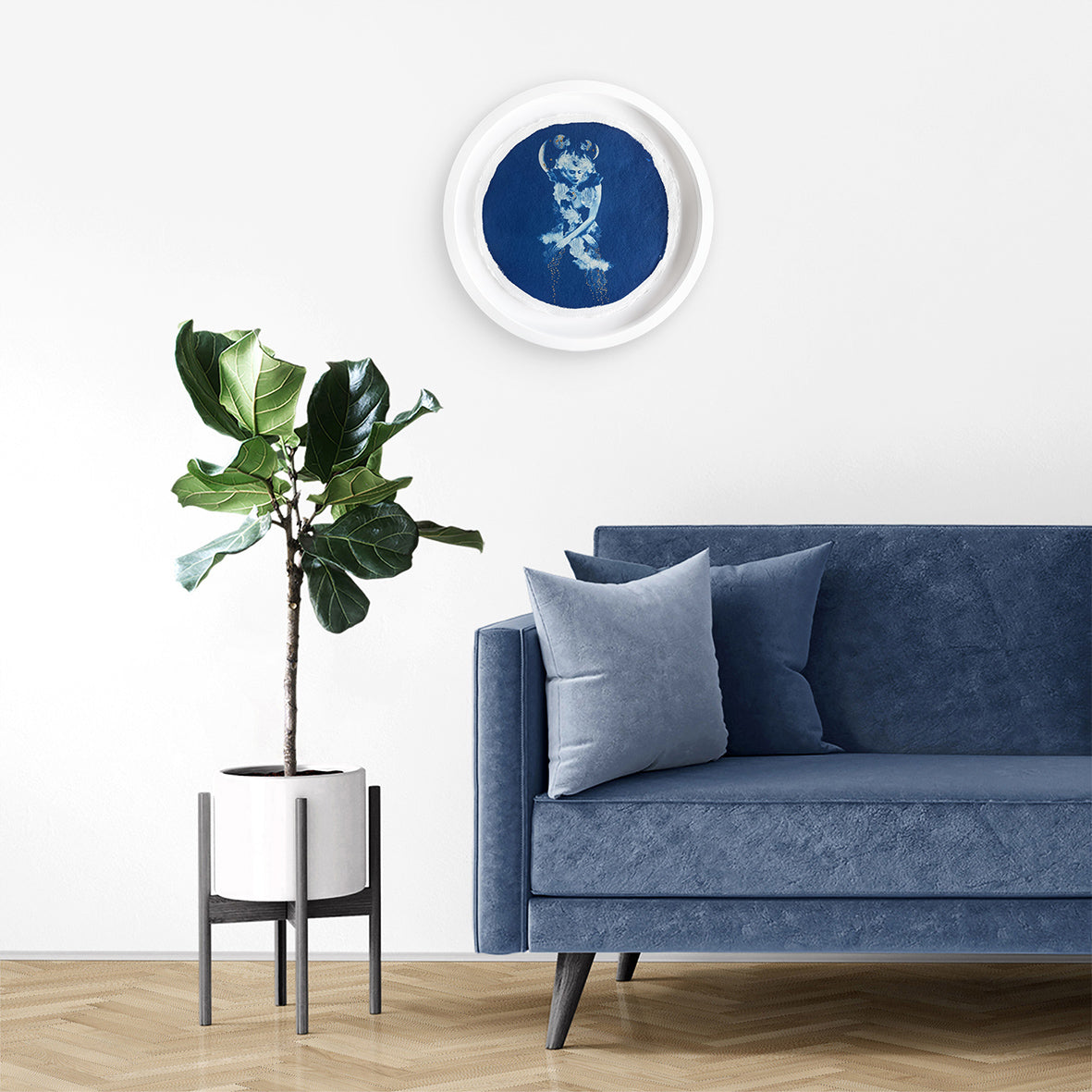
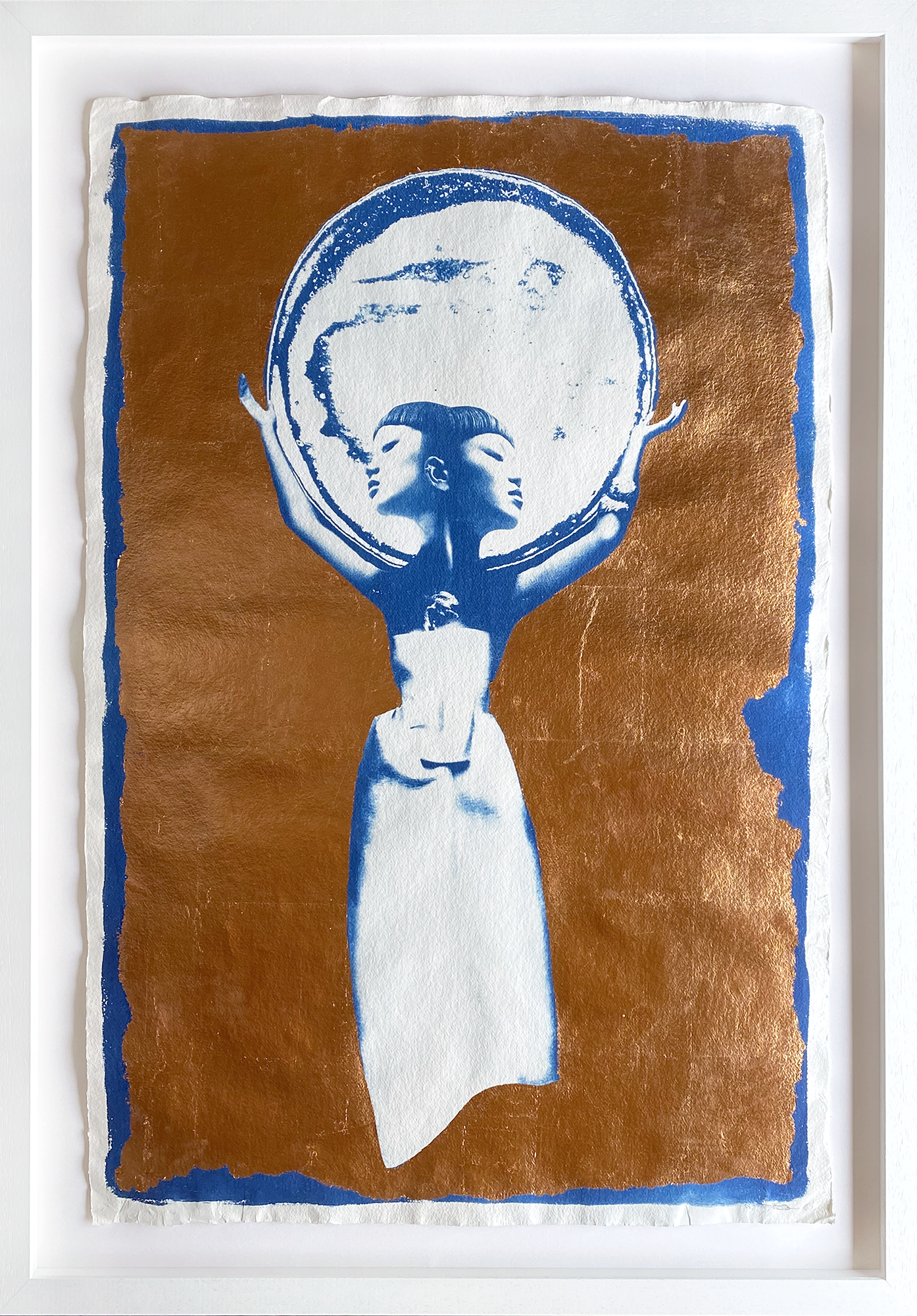
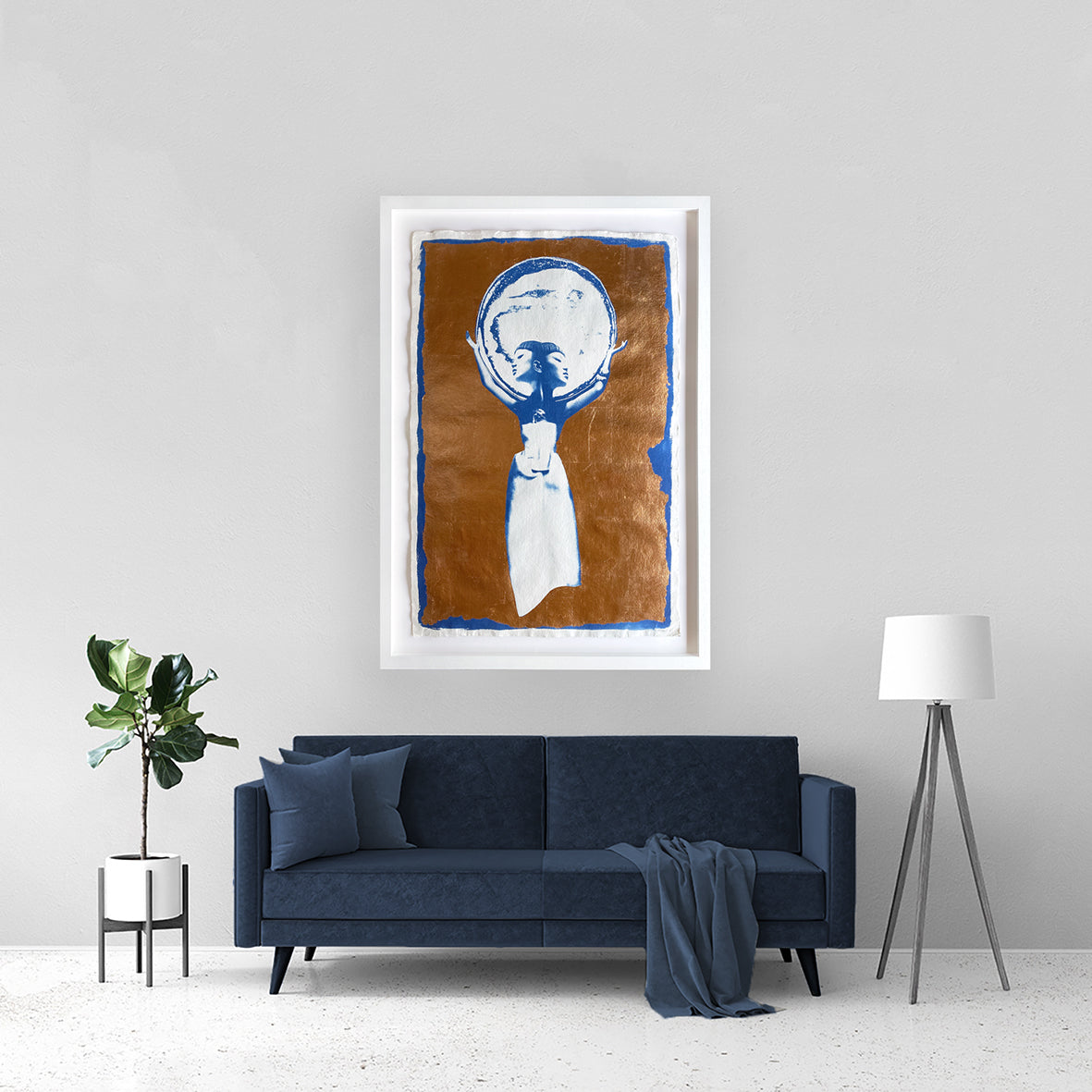
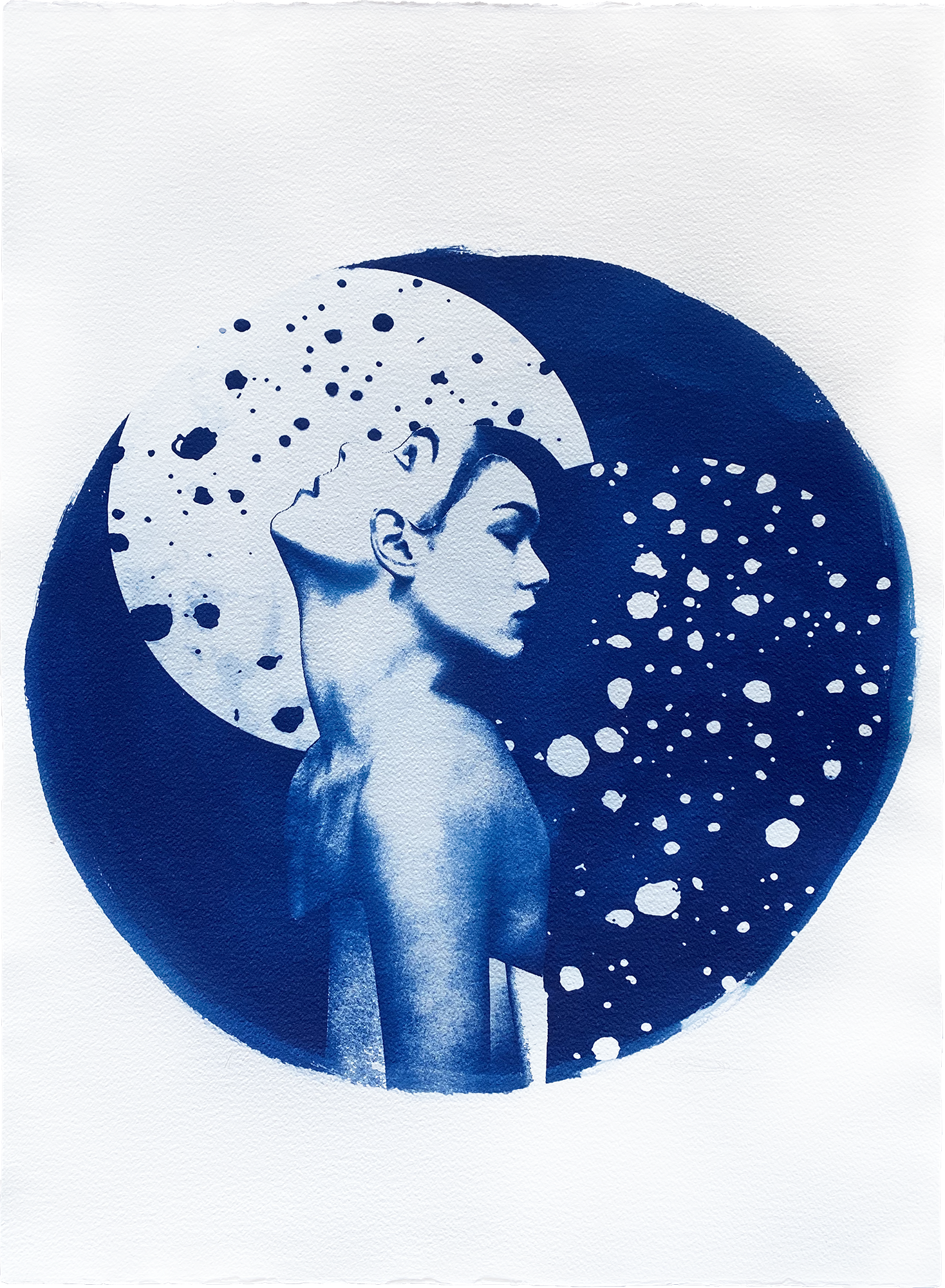
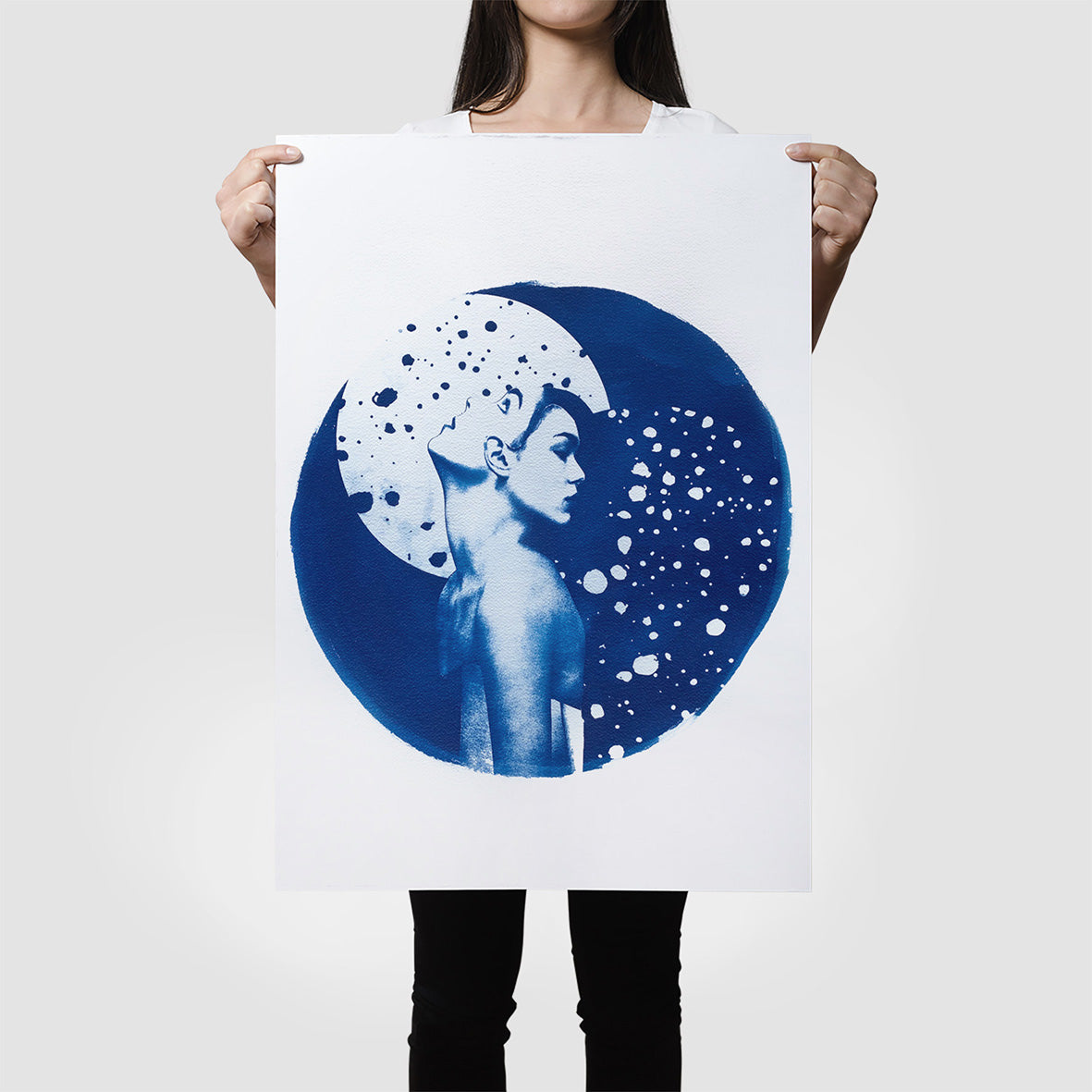
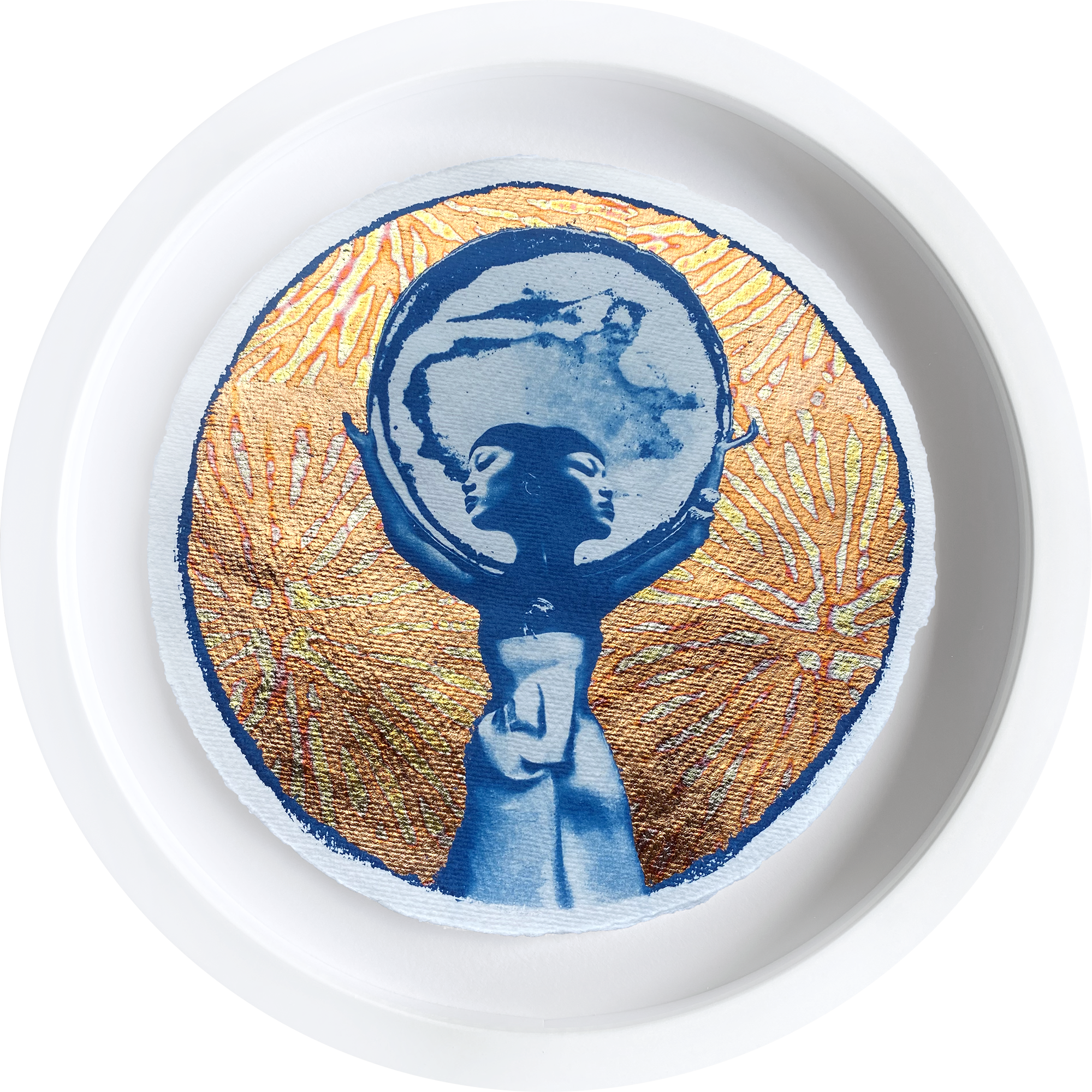
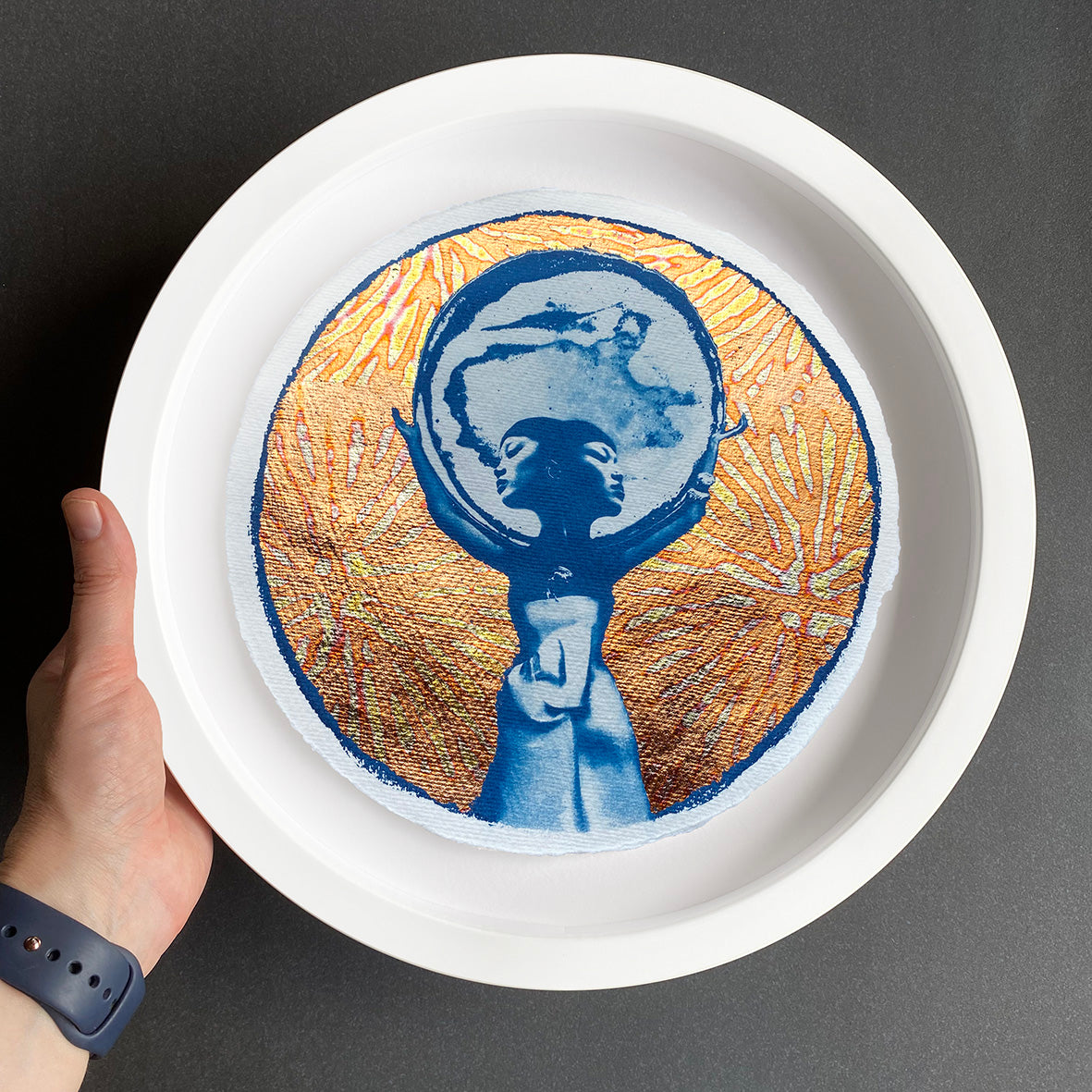
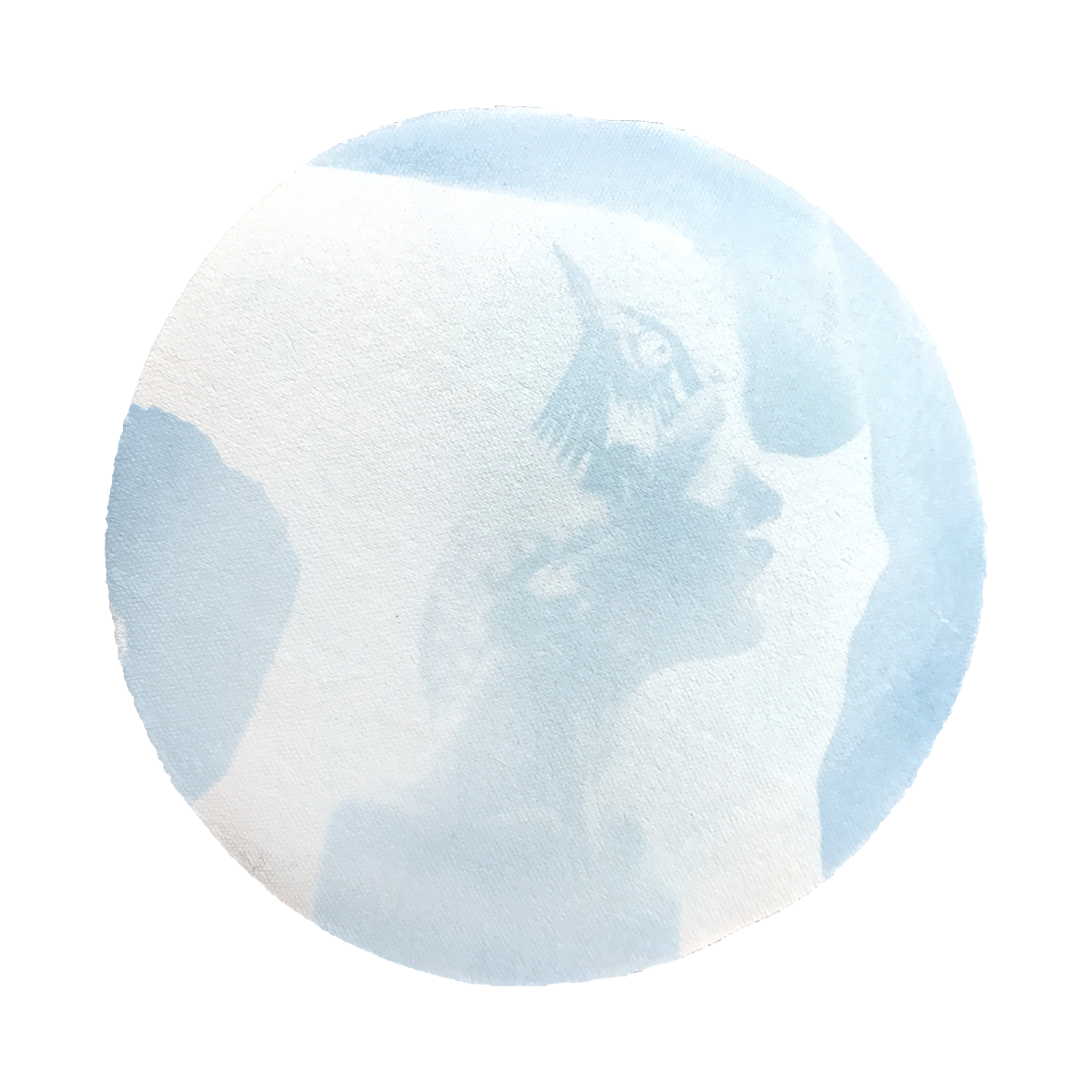
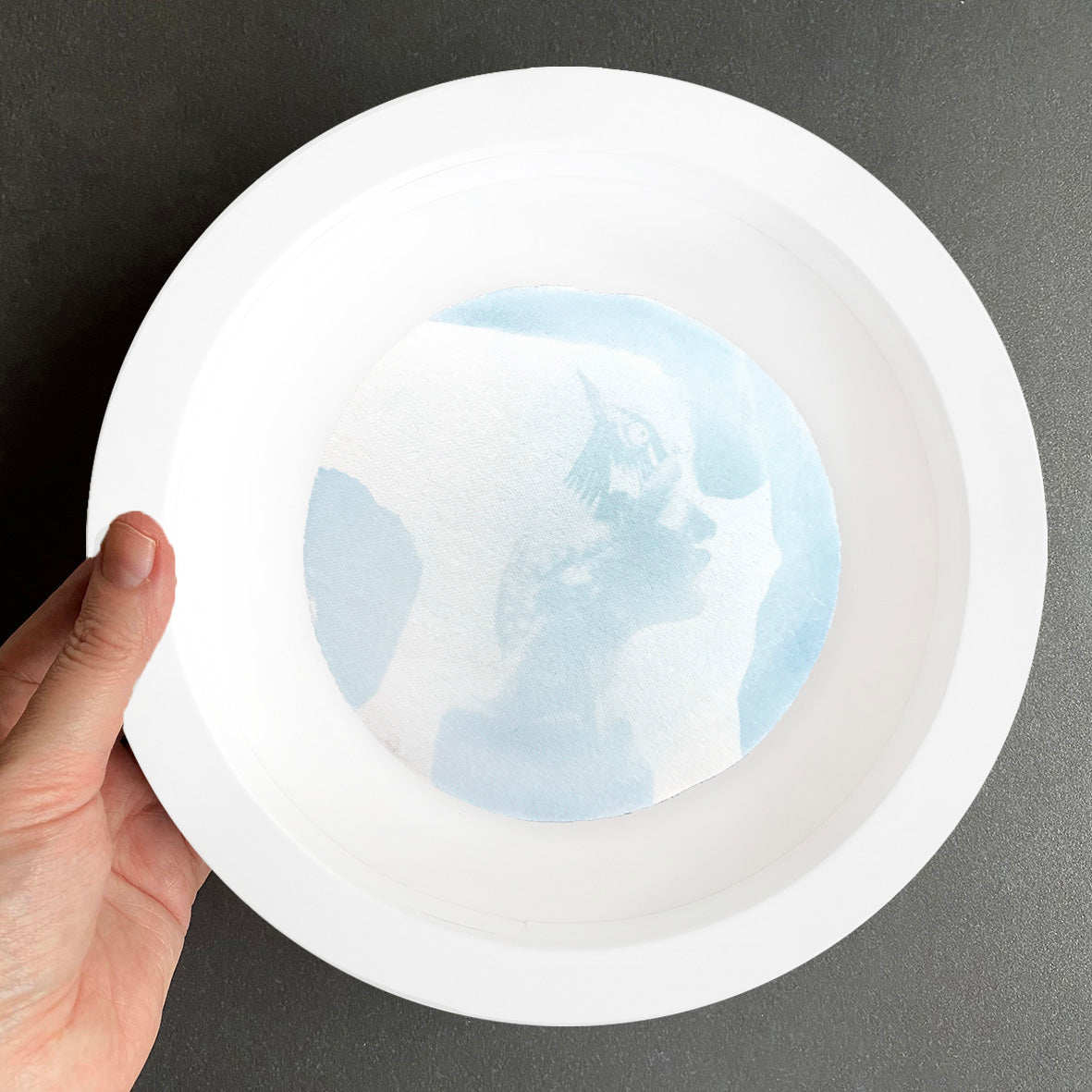
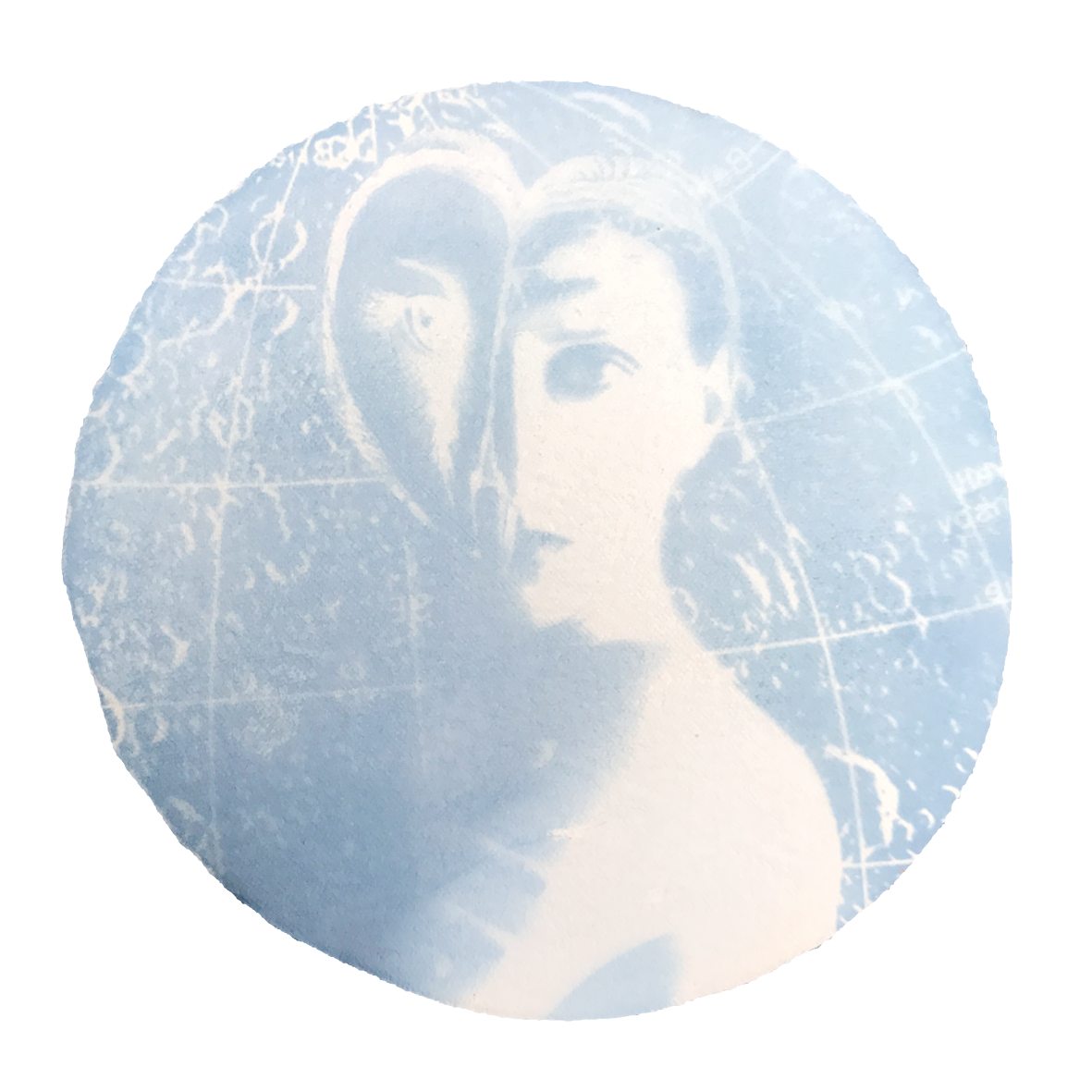
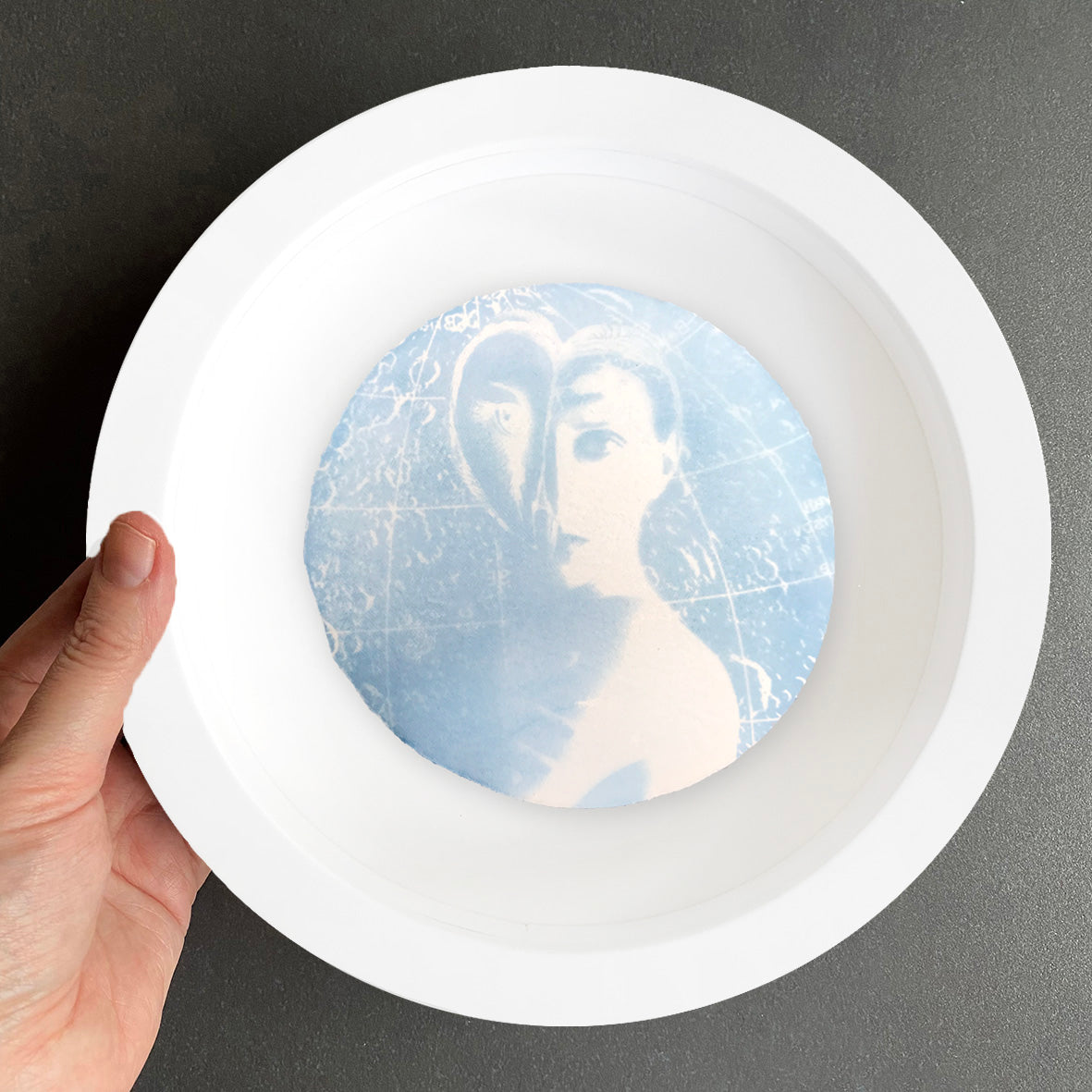
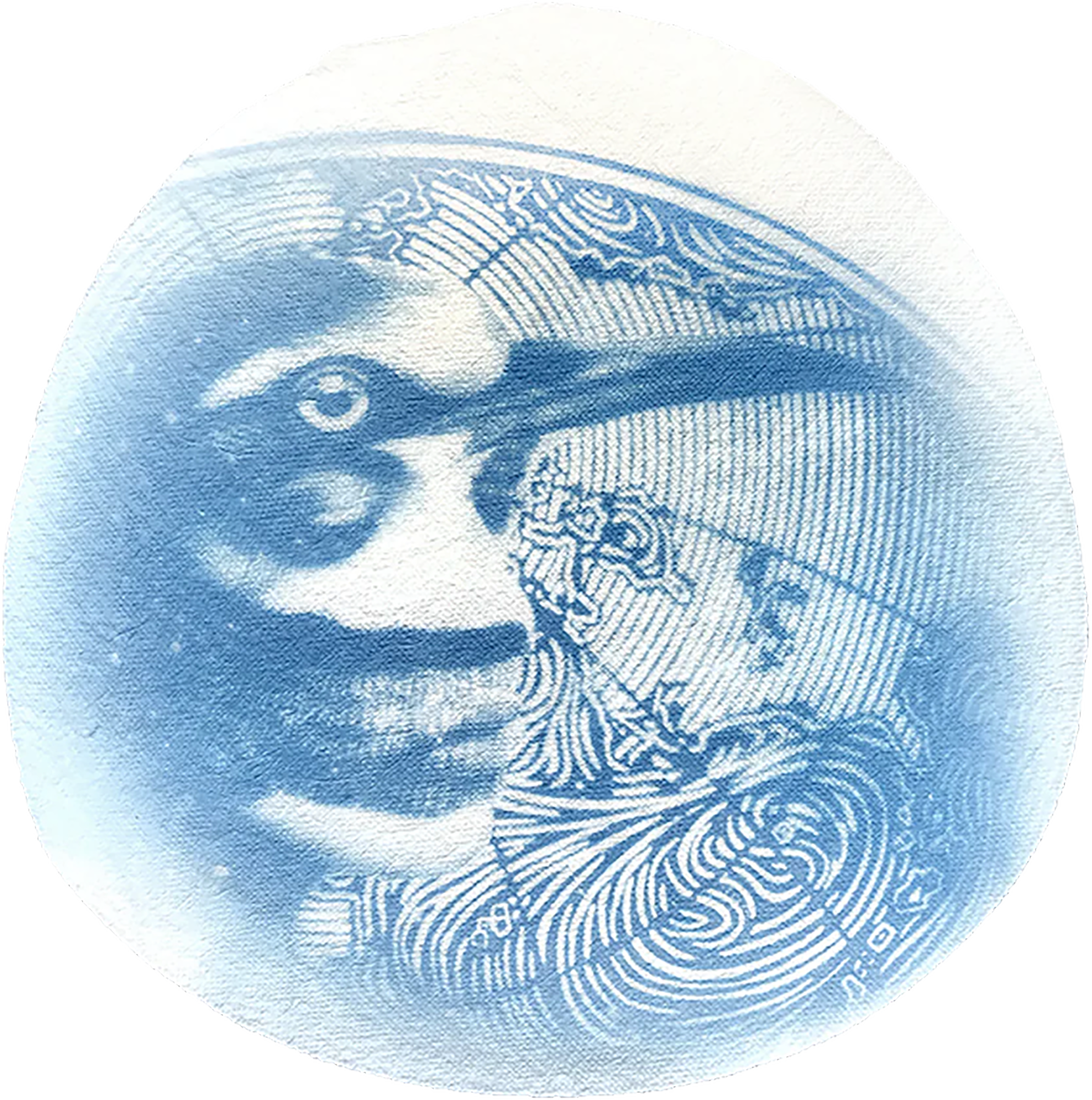
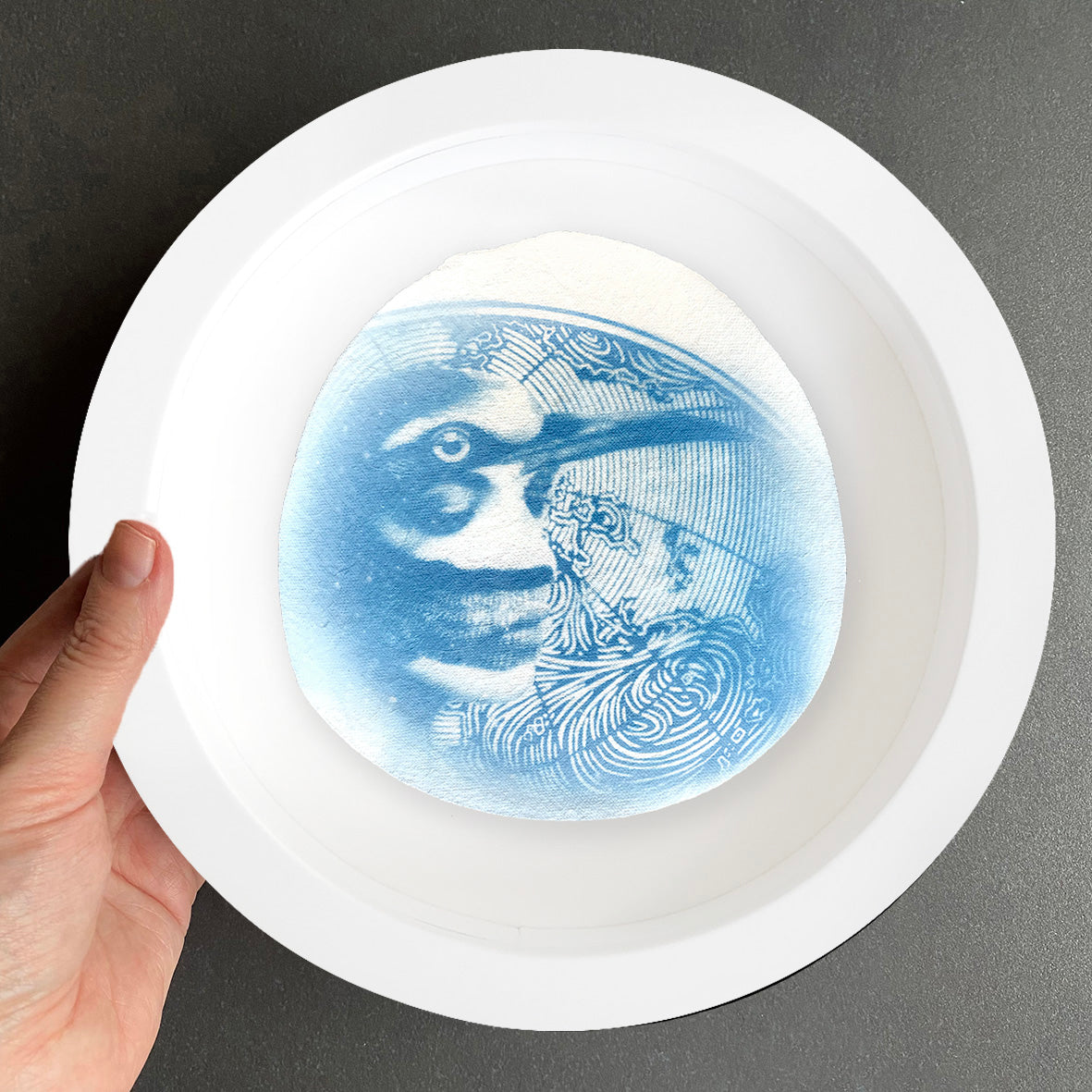
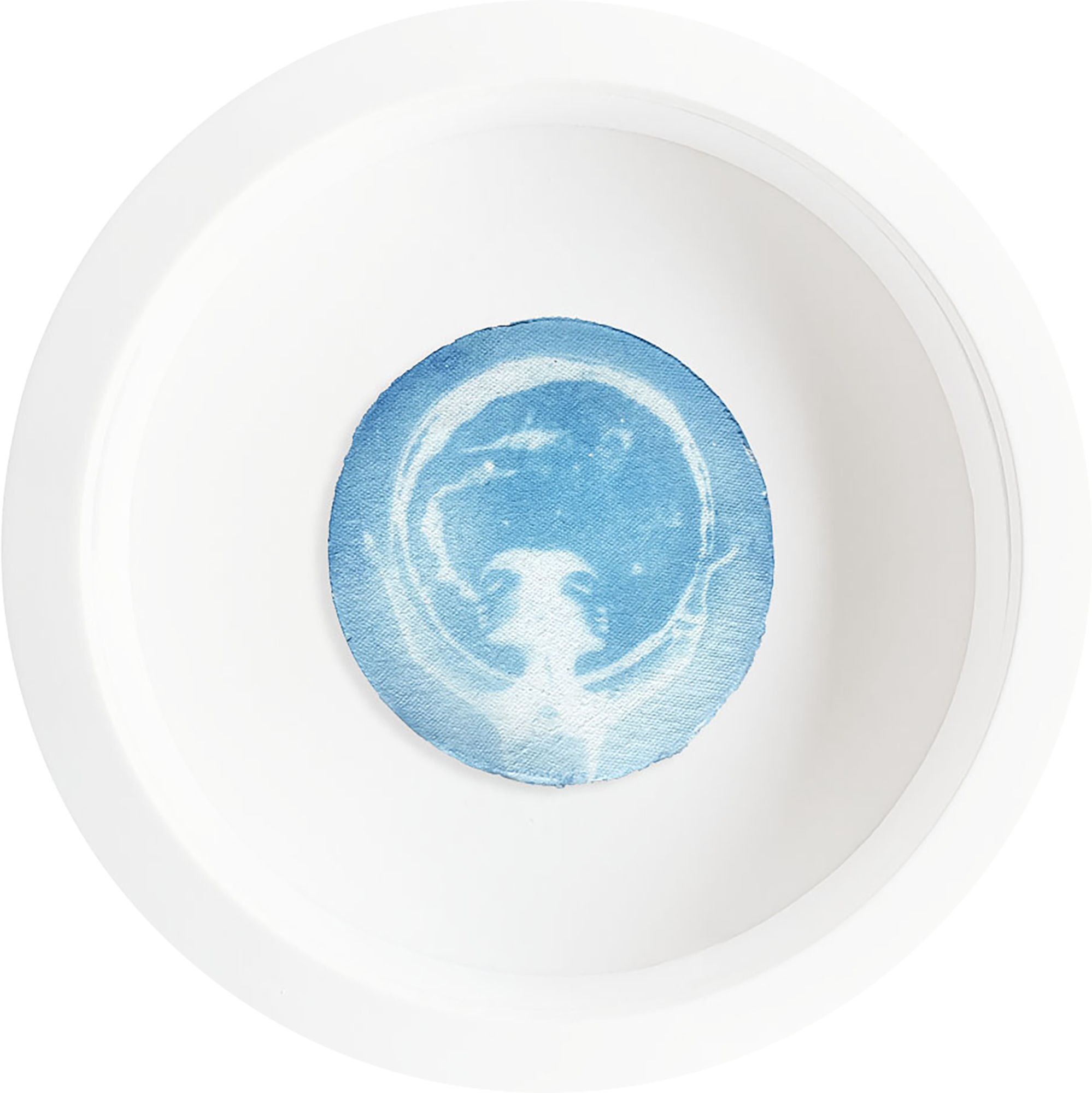
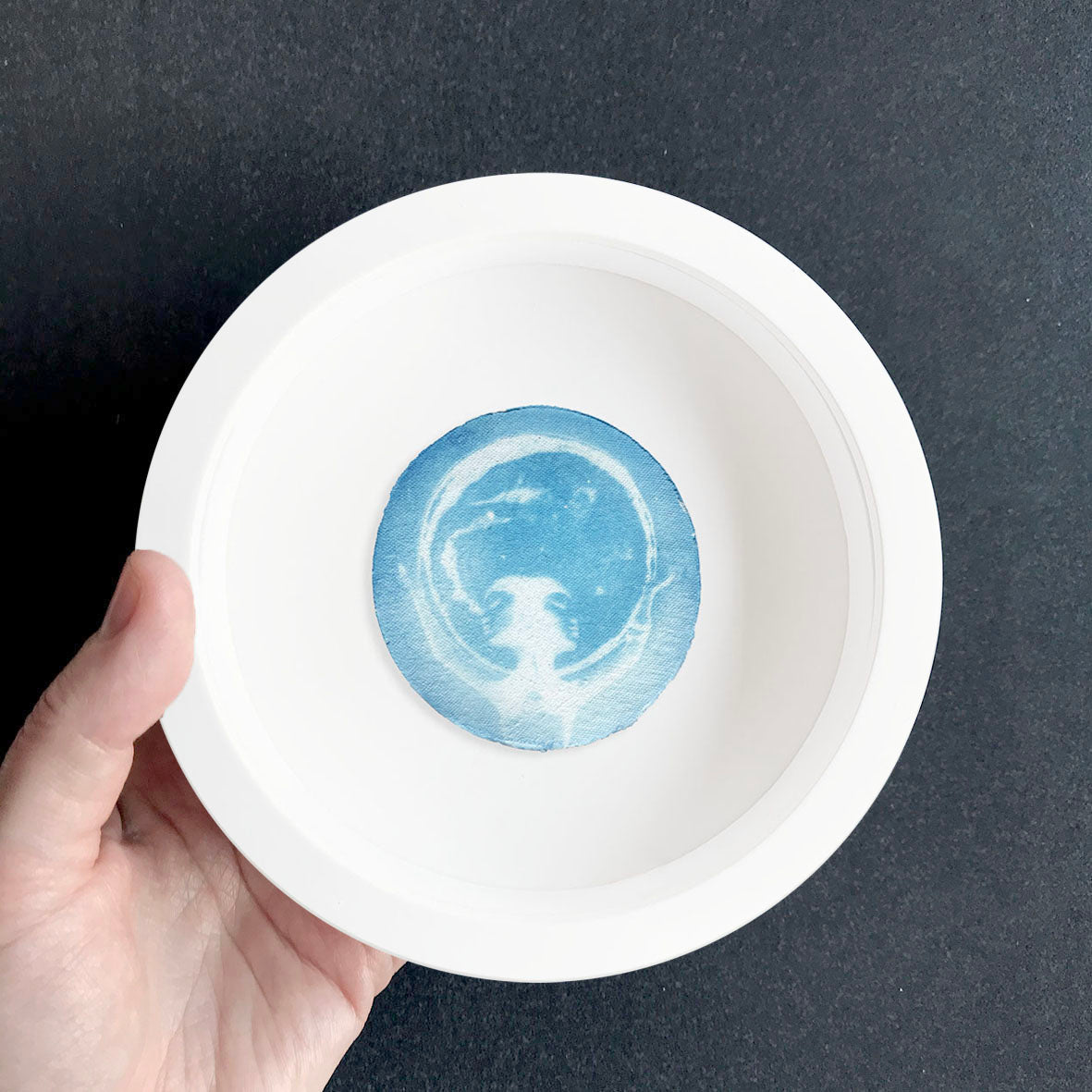
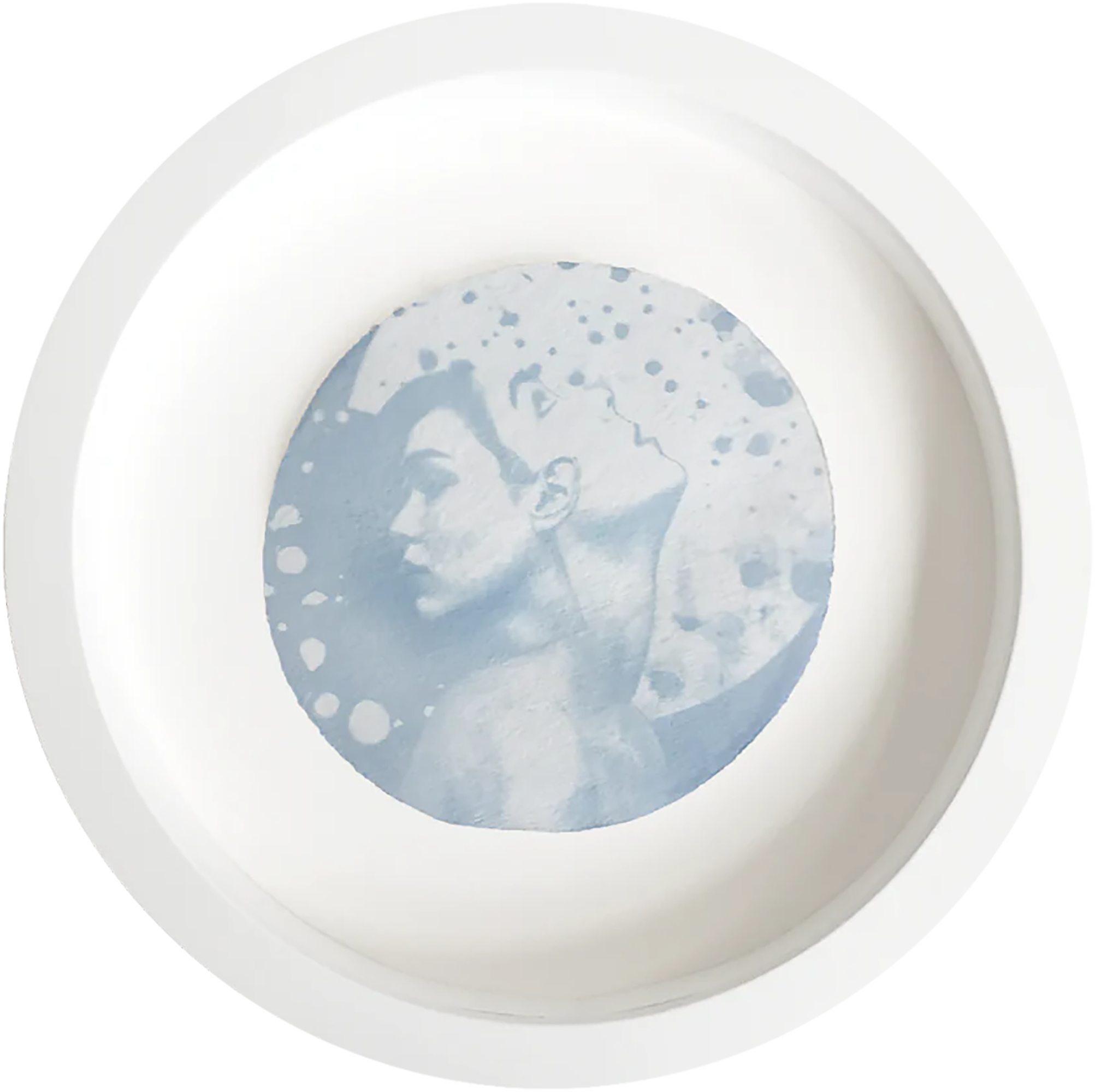
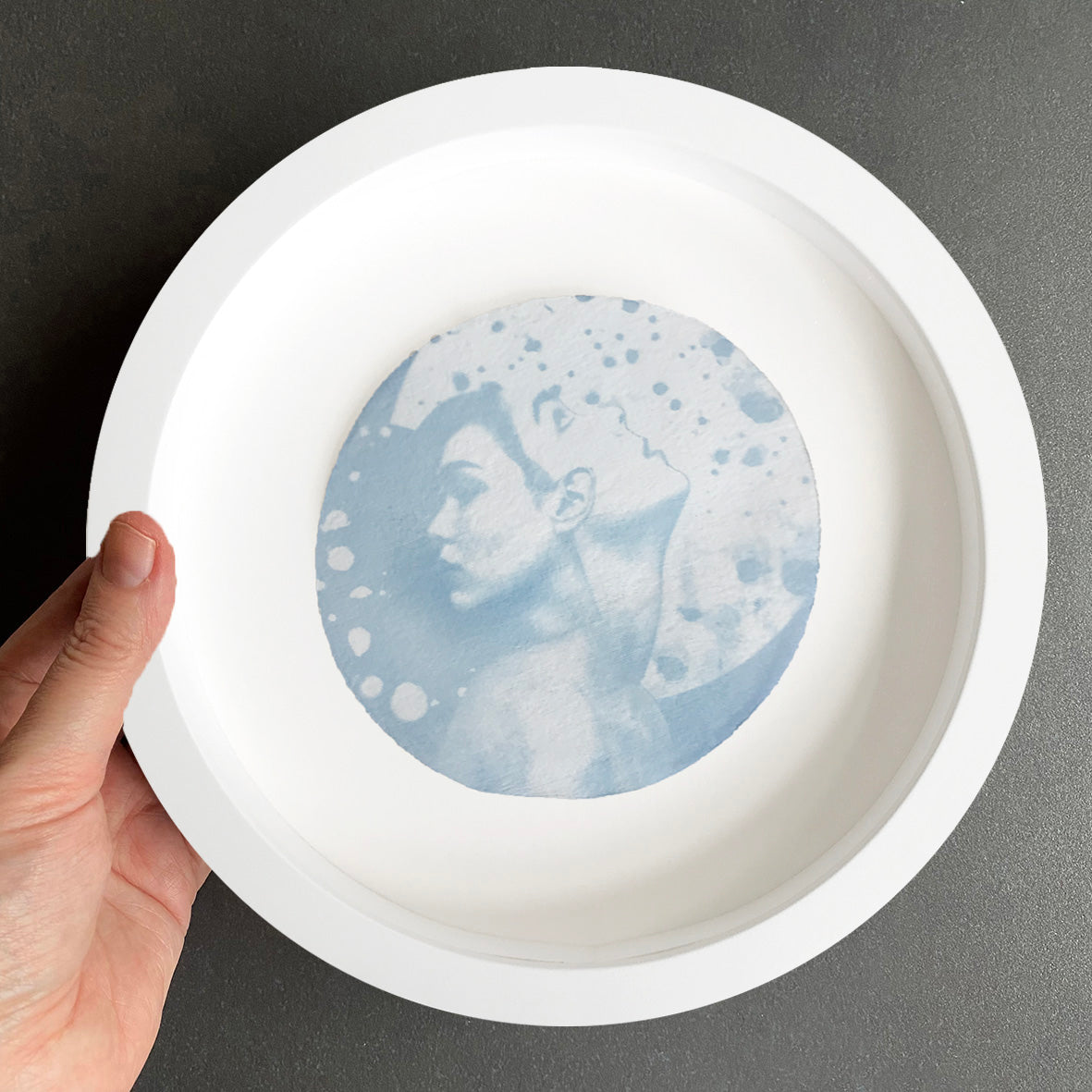
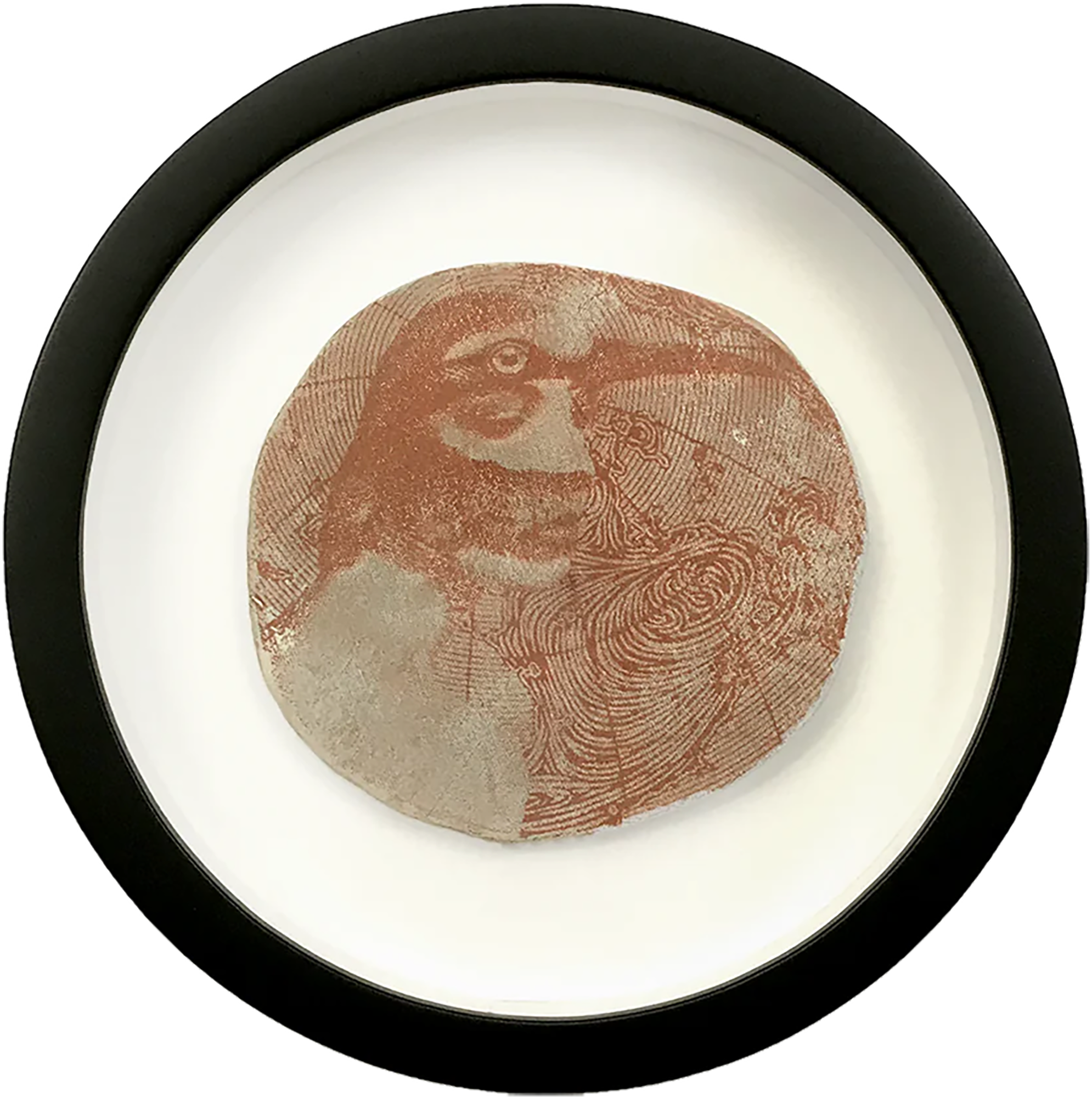
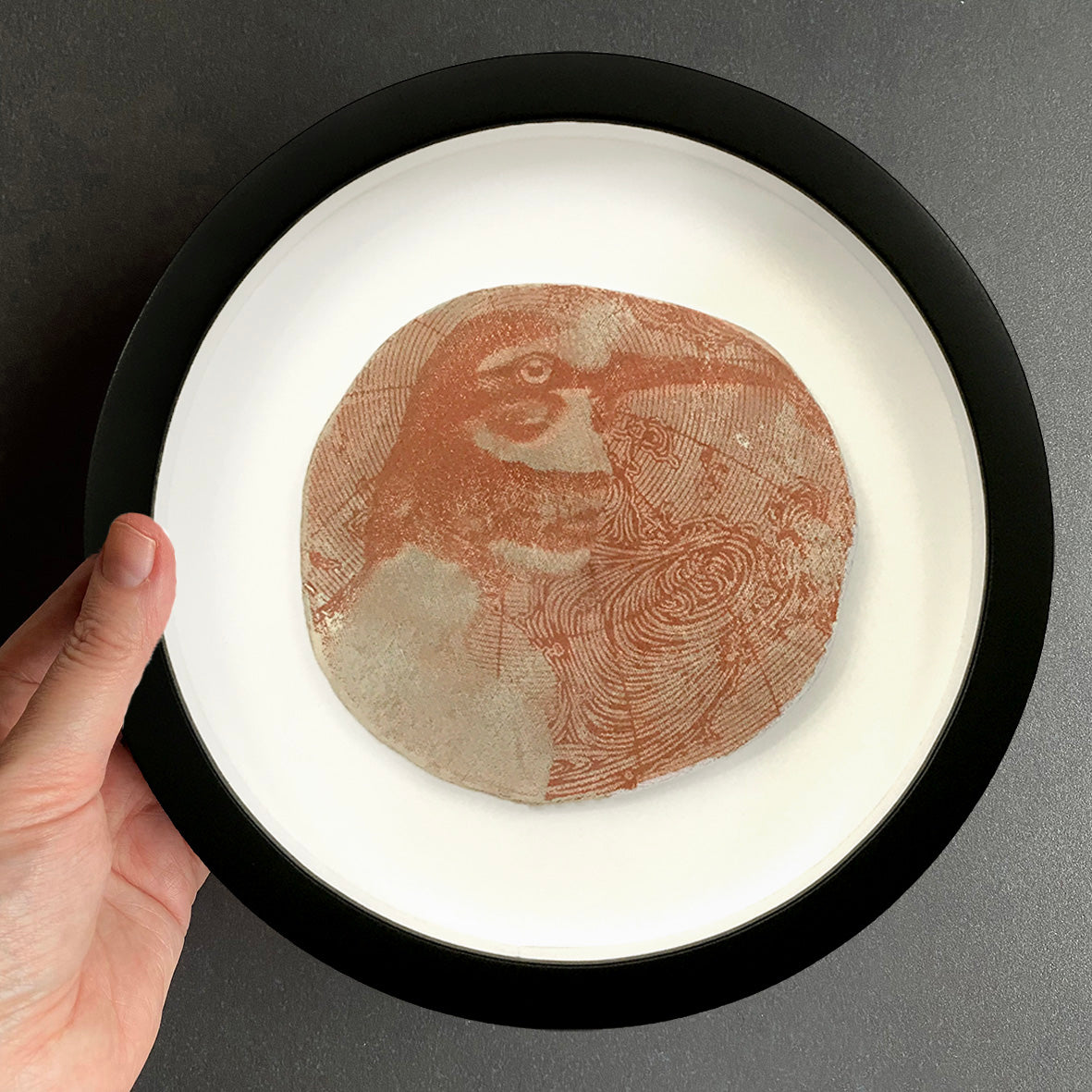
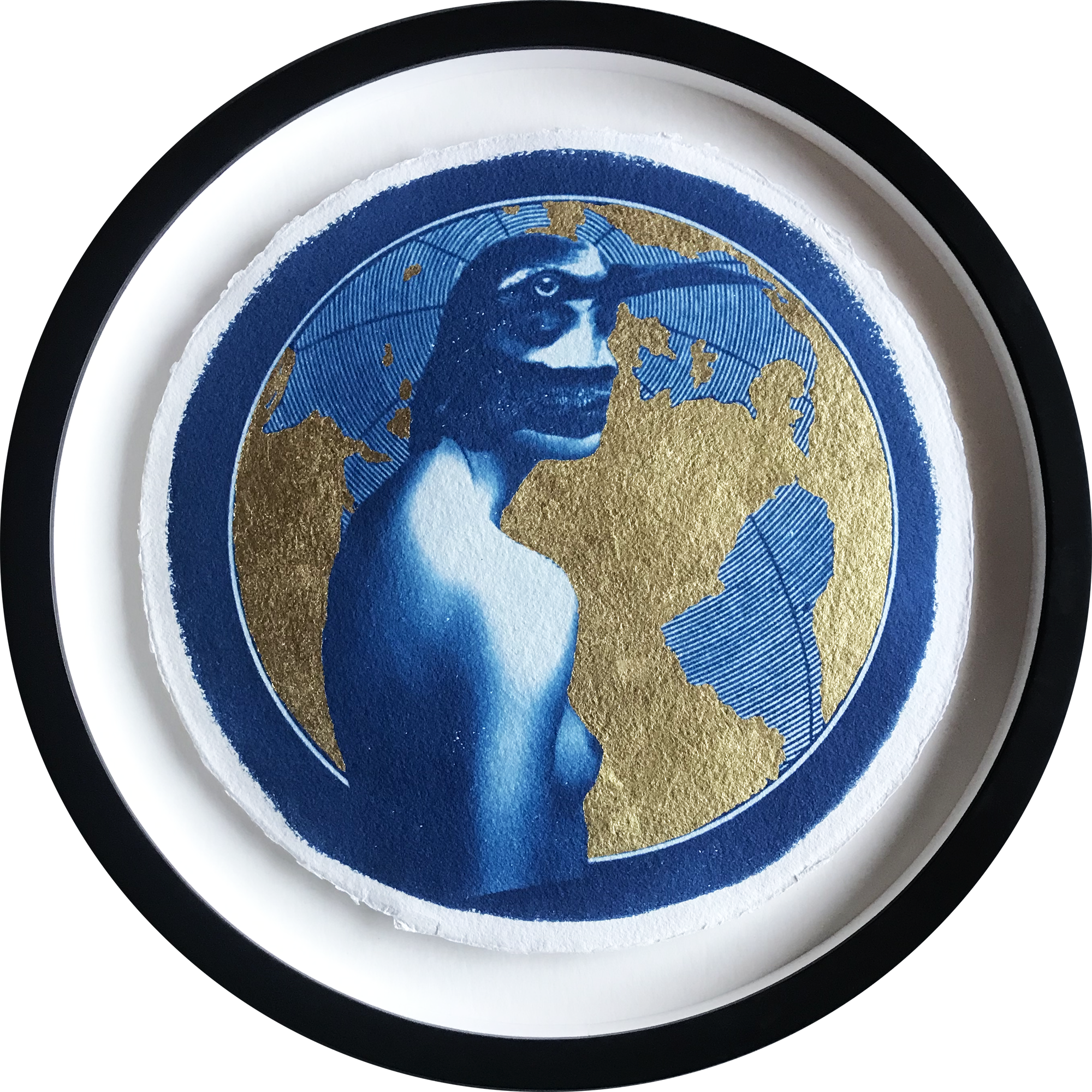
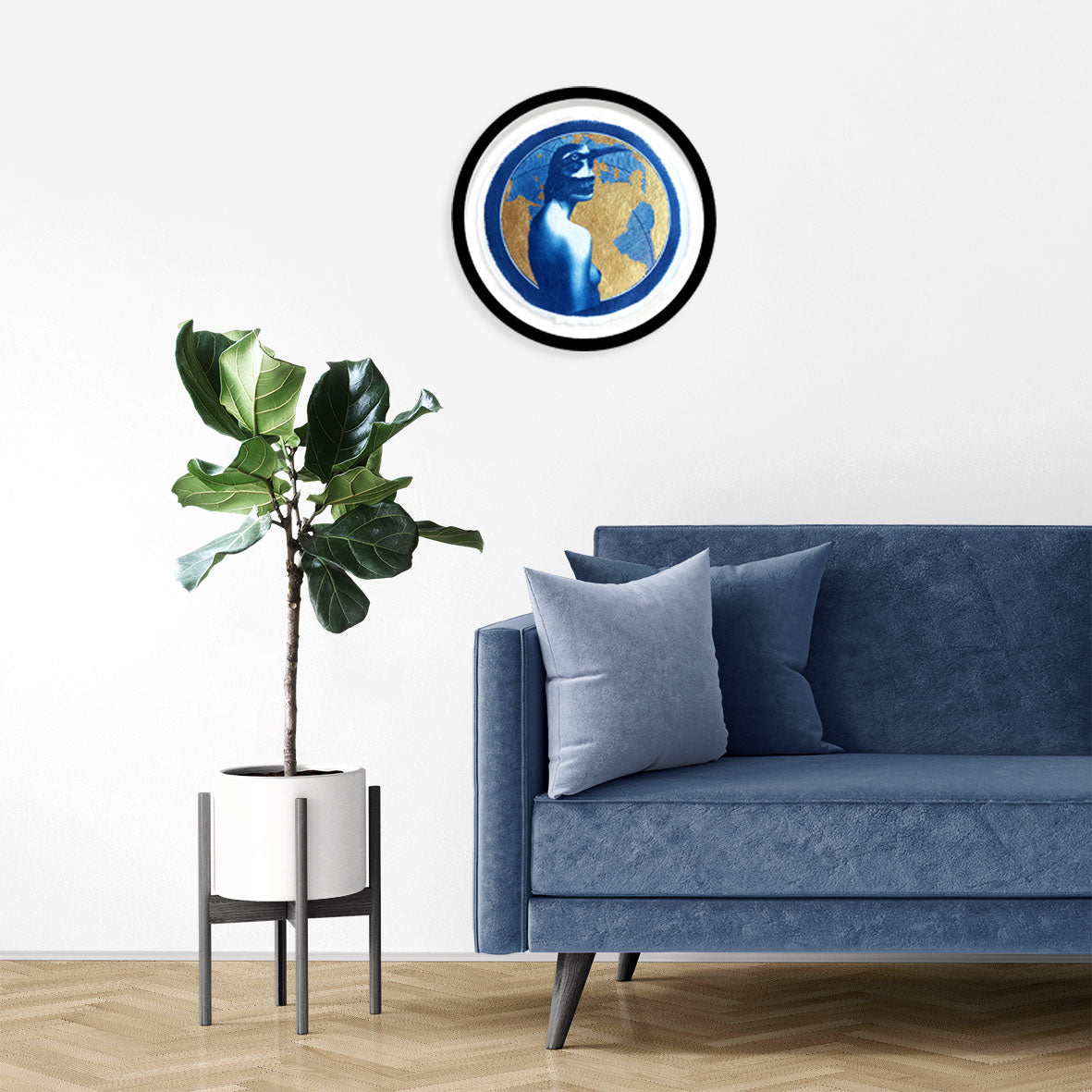
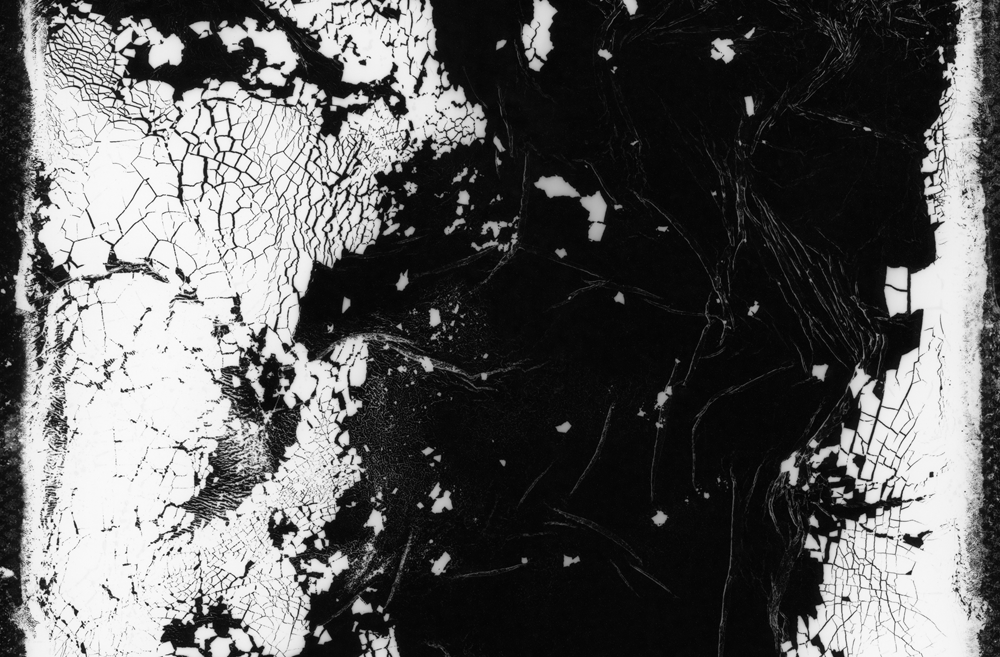
Leave a comment
This site is protected by hCaptcha and the hCaptcha Privacy Policy and Terms of Service apply.